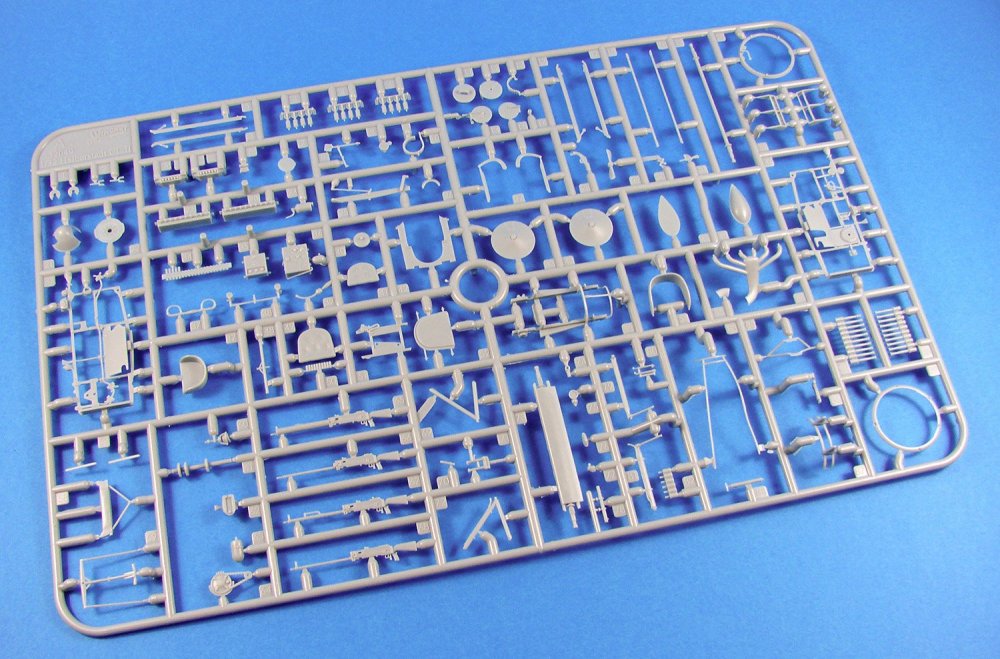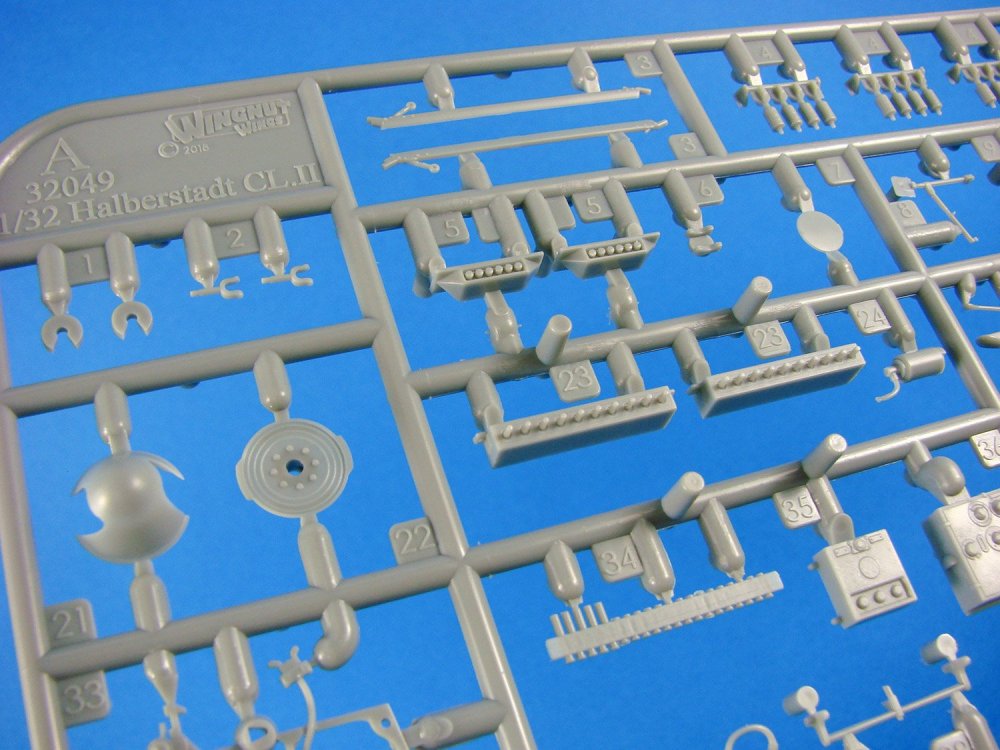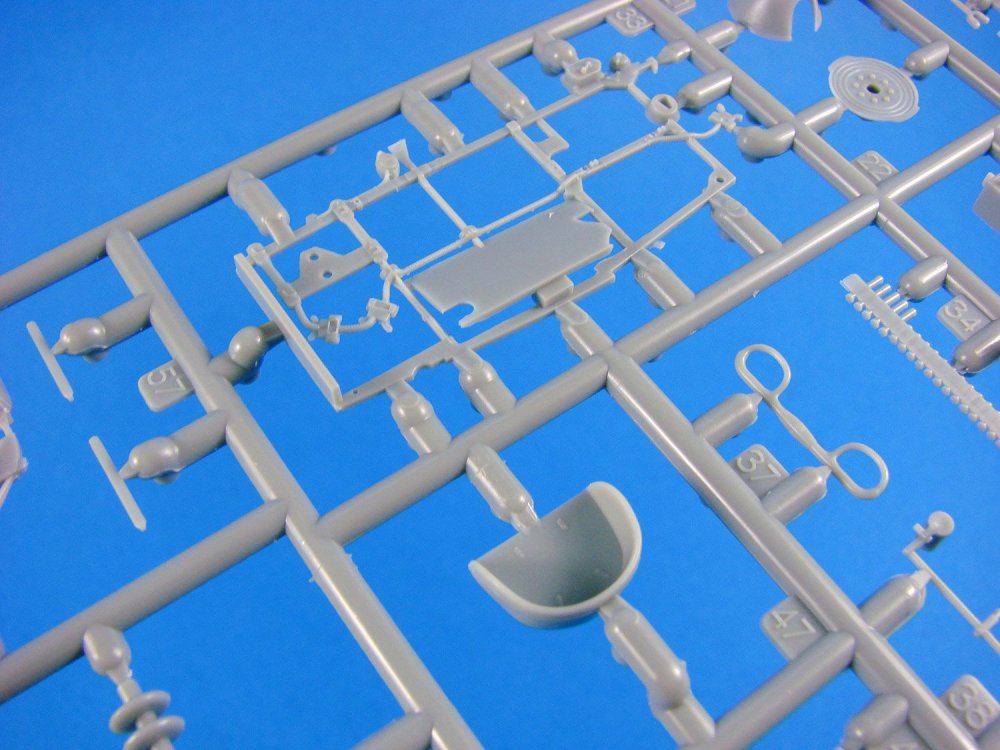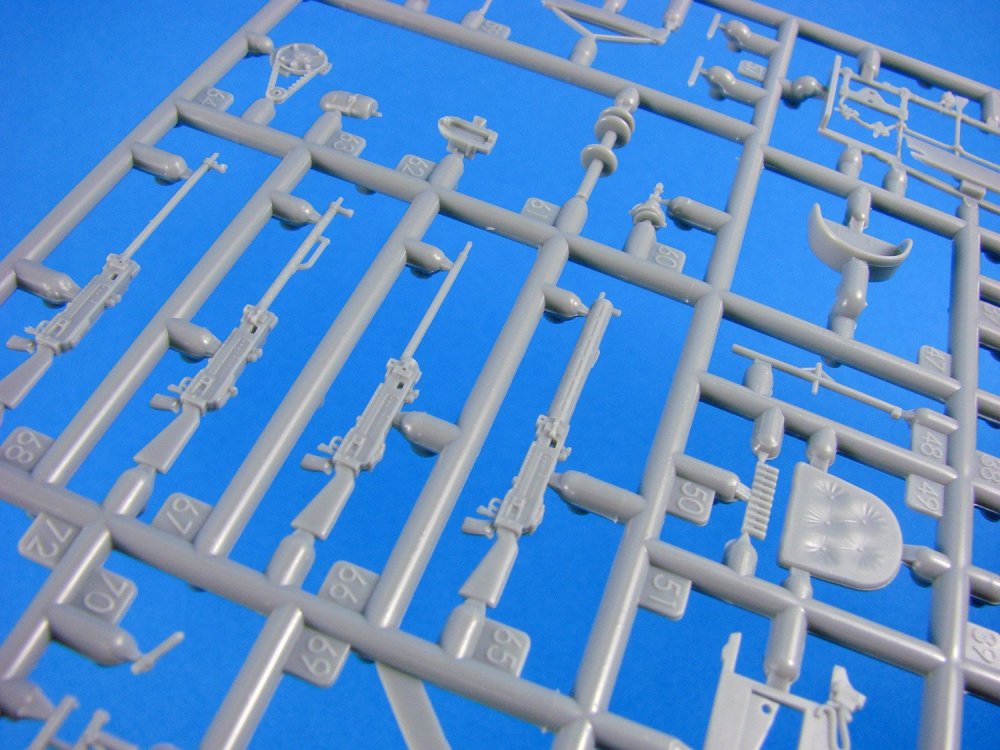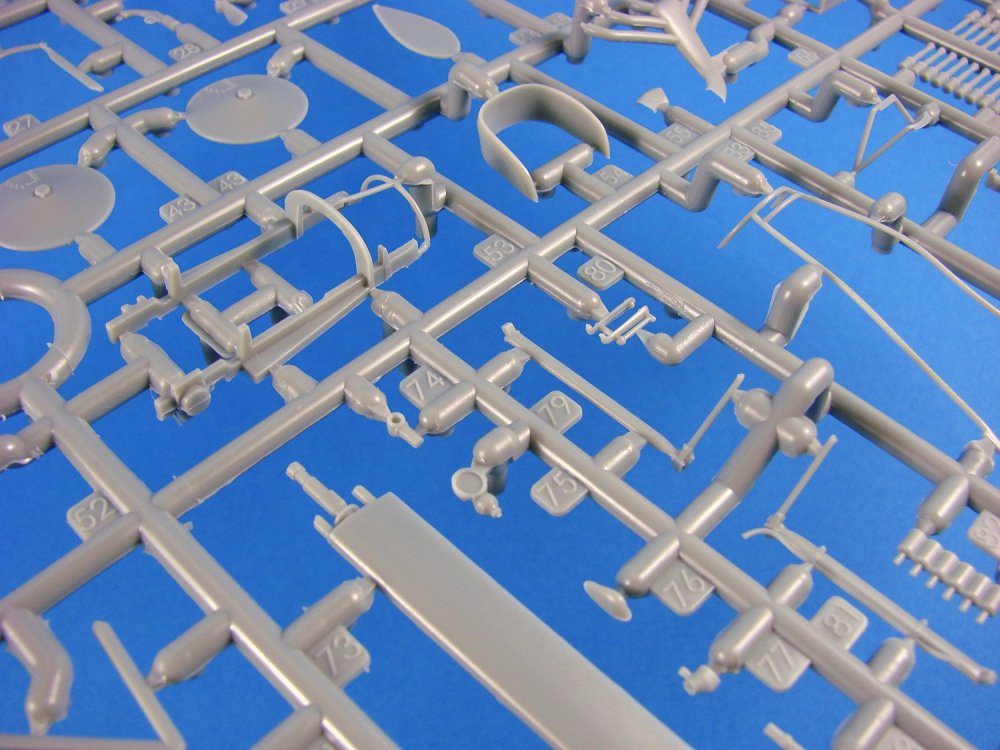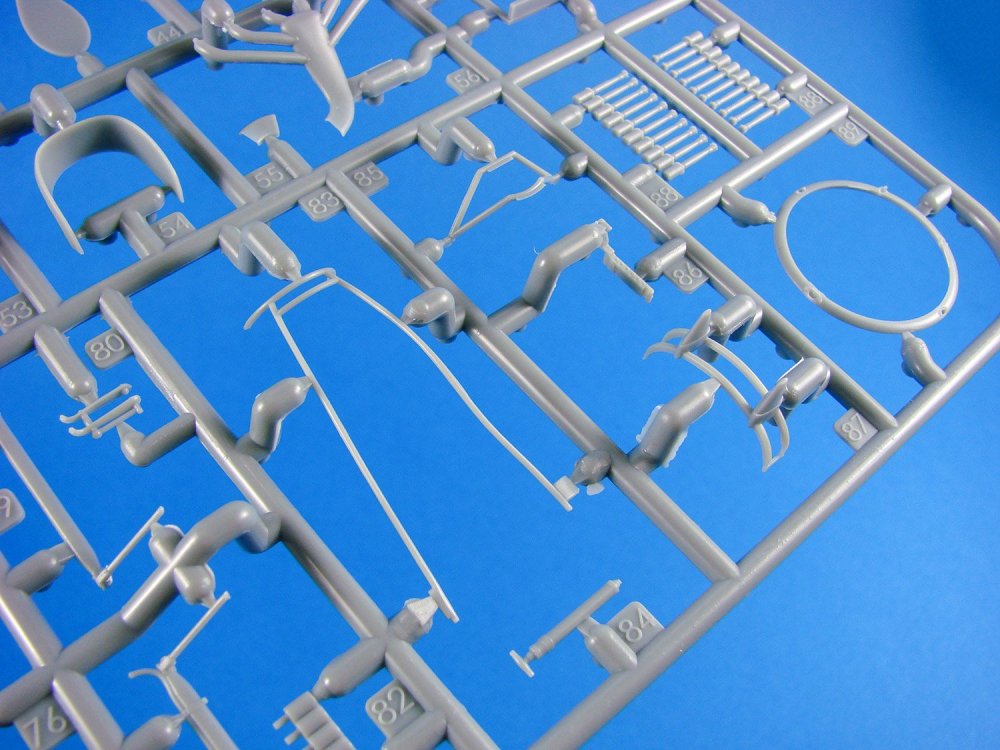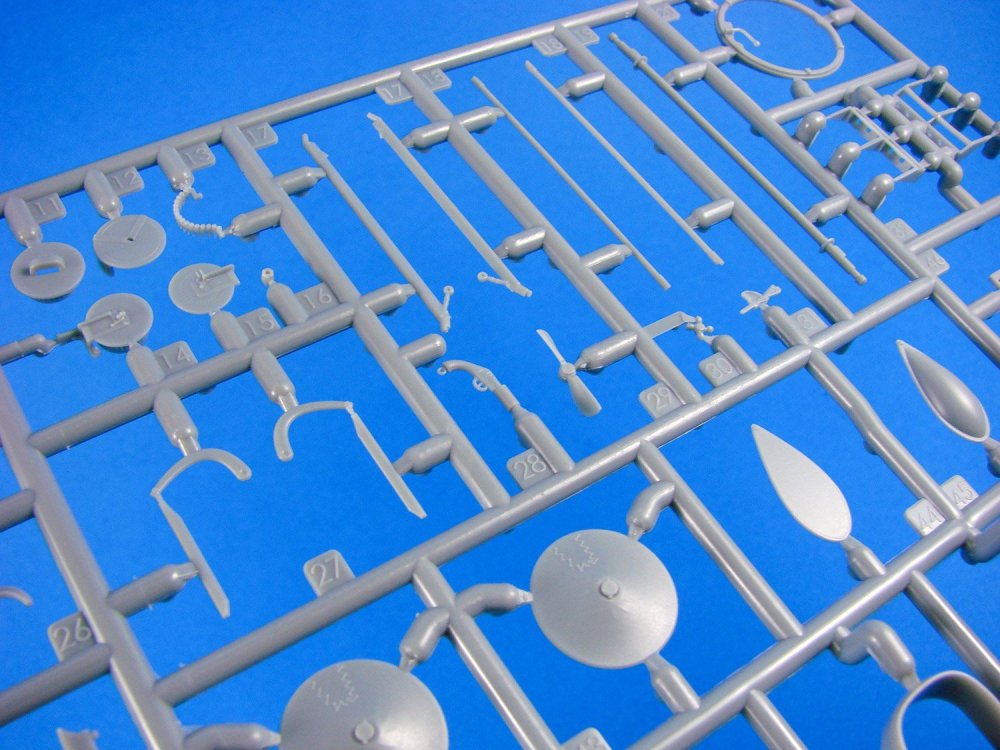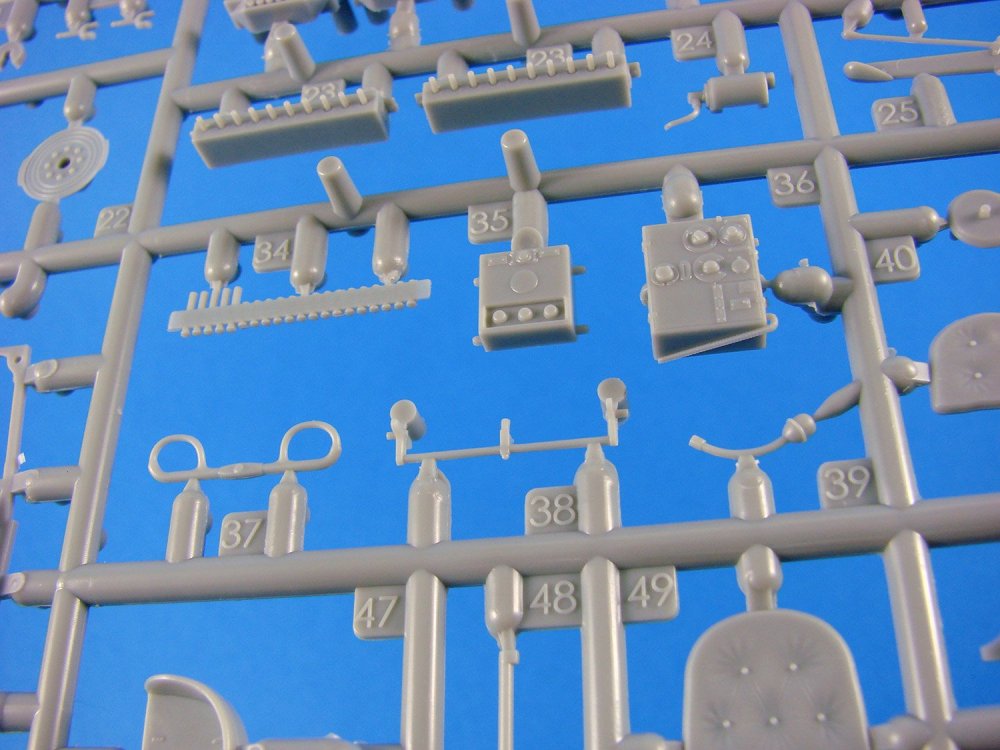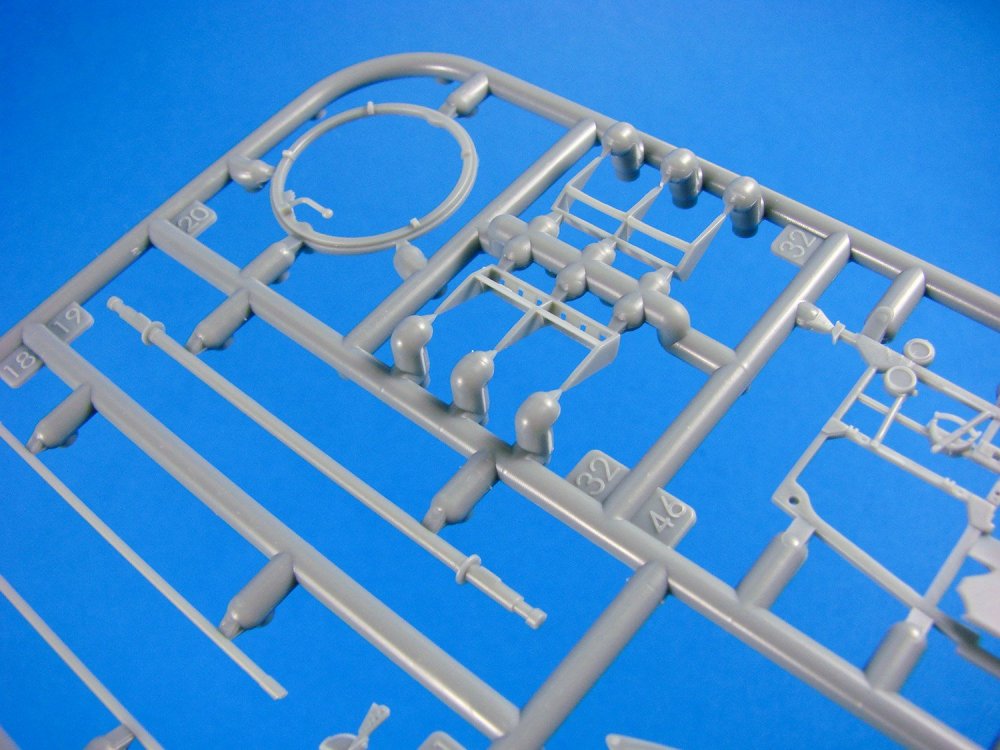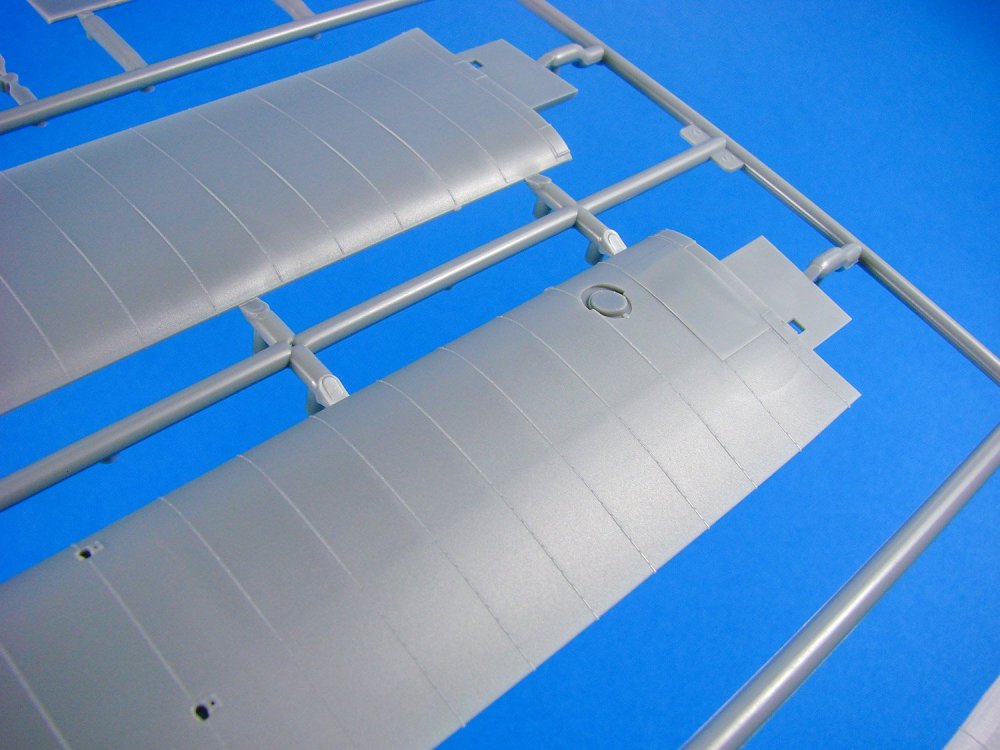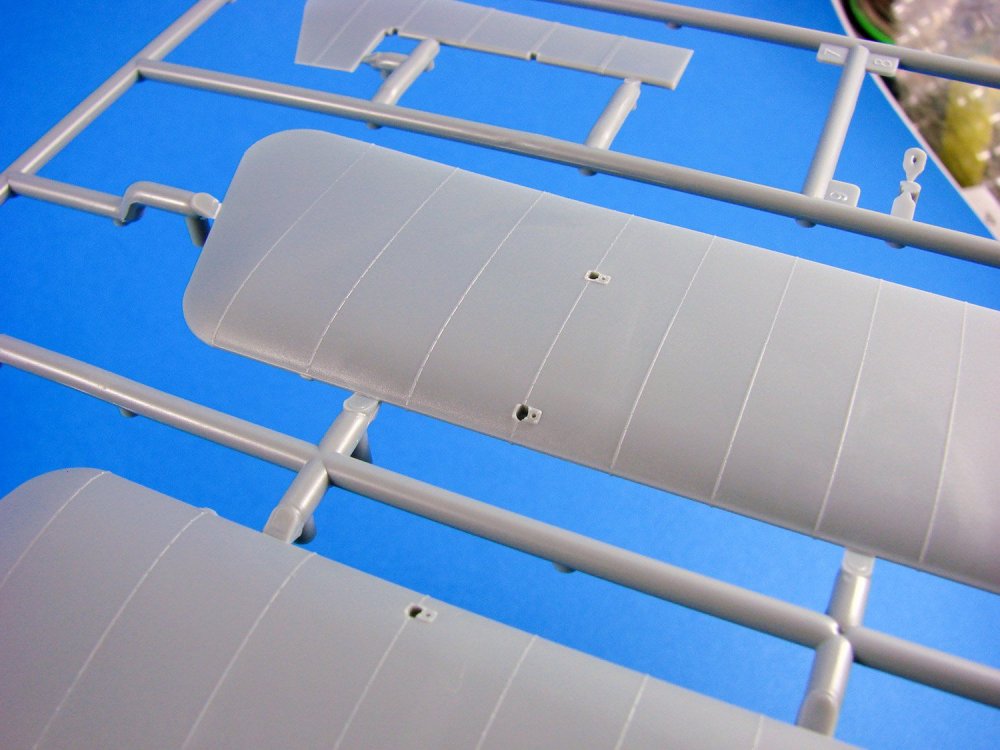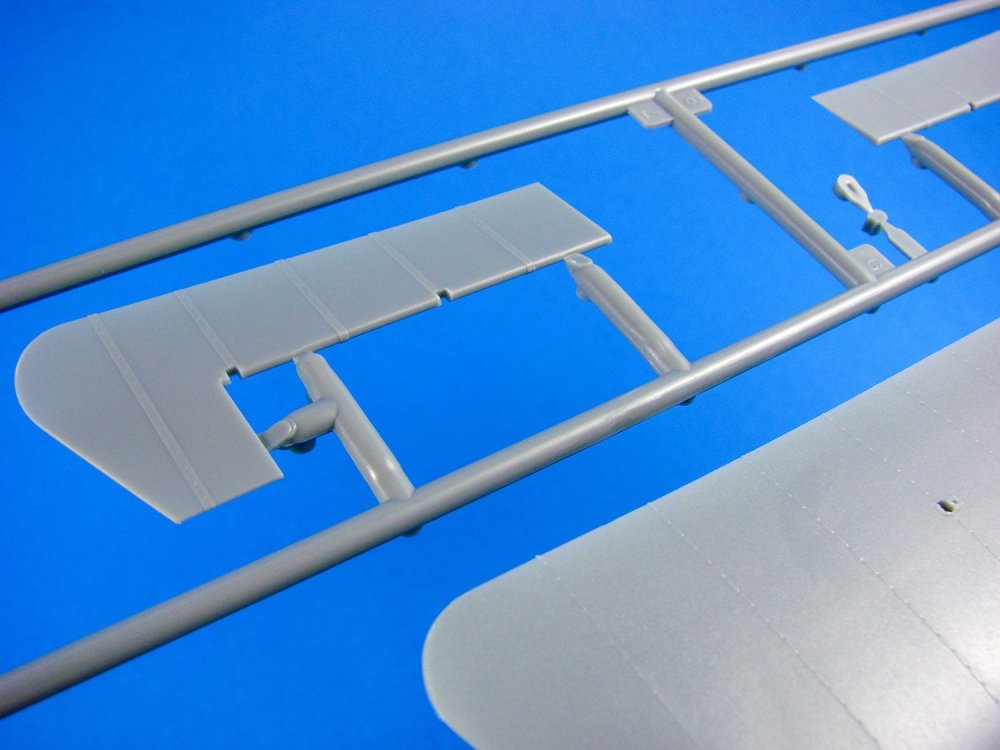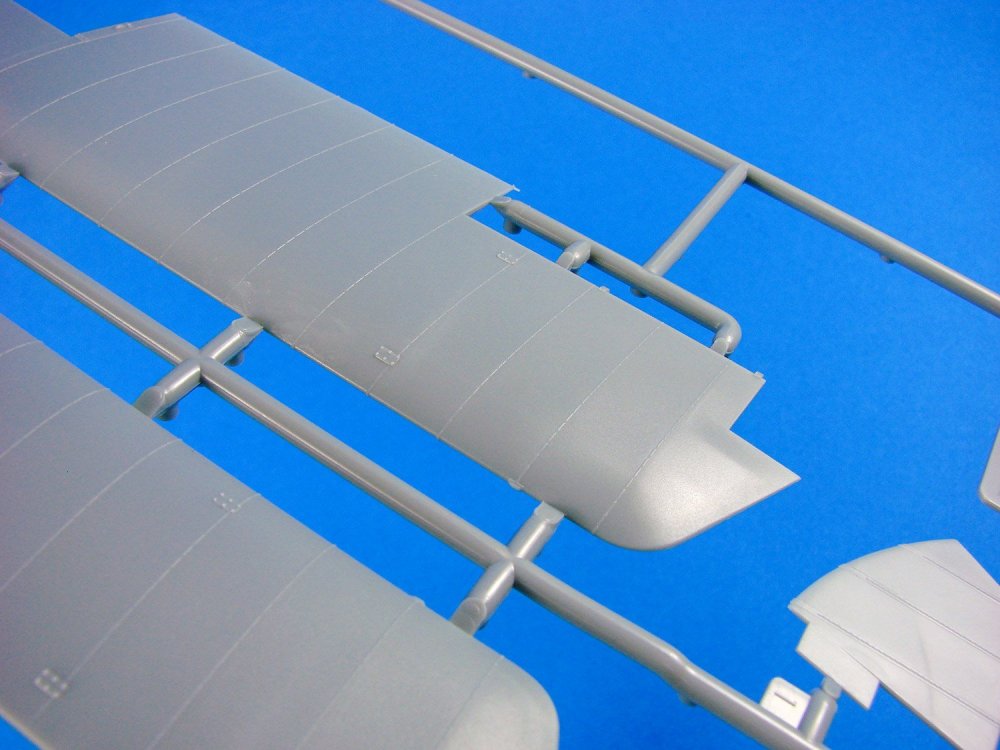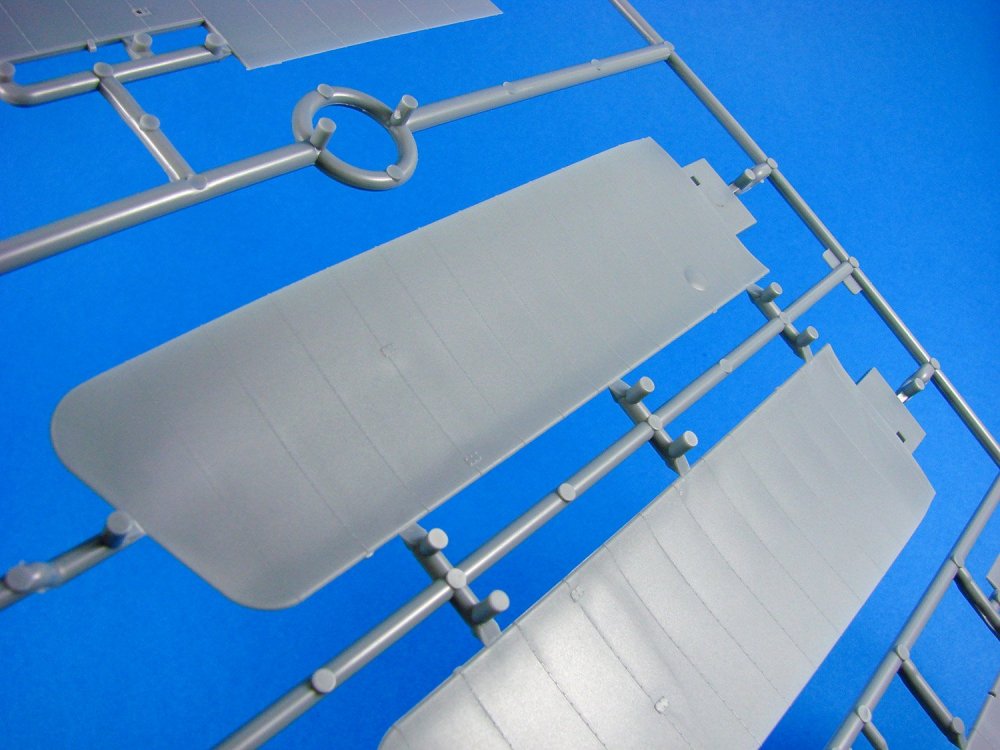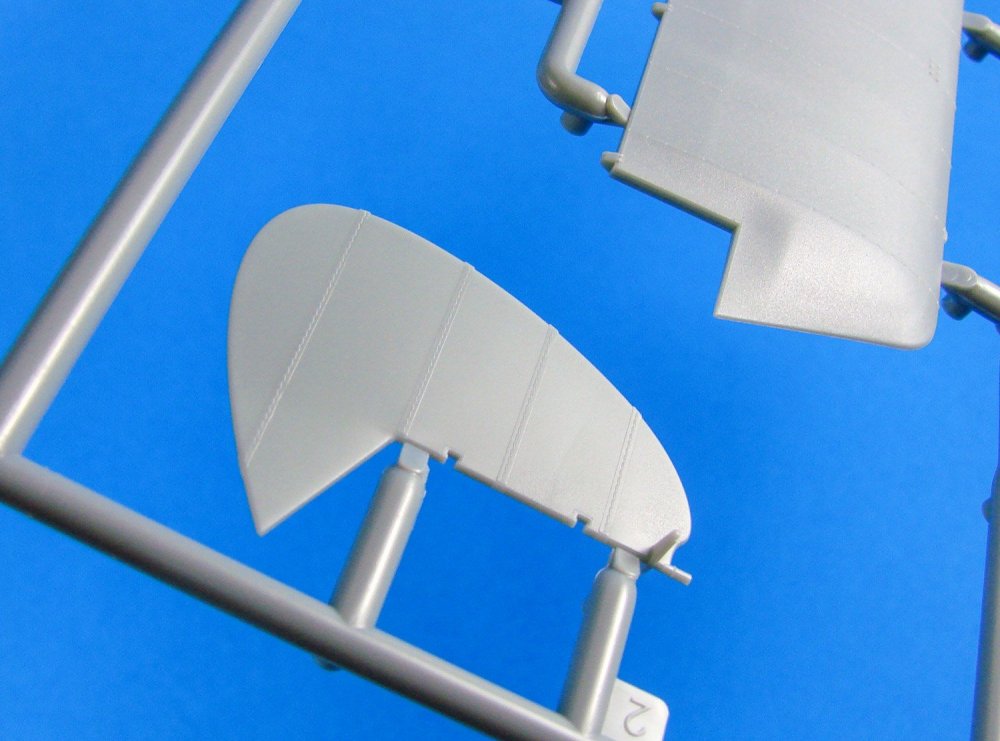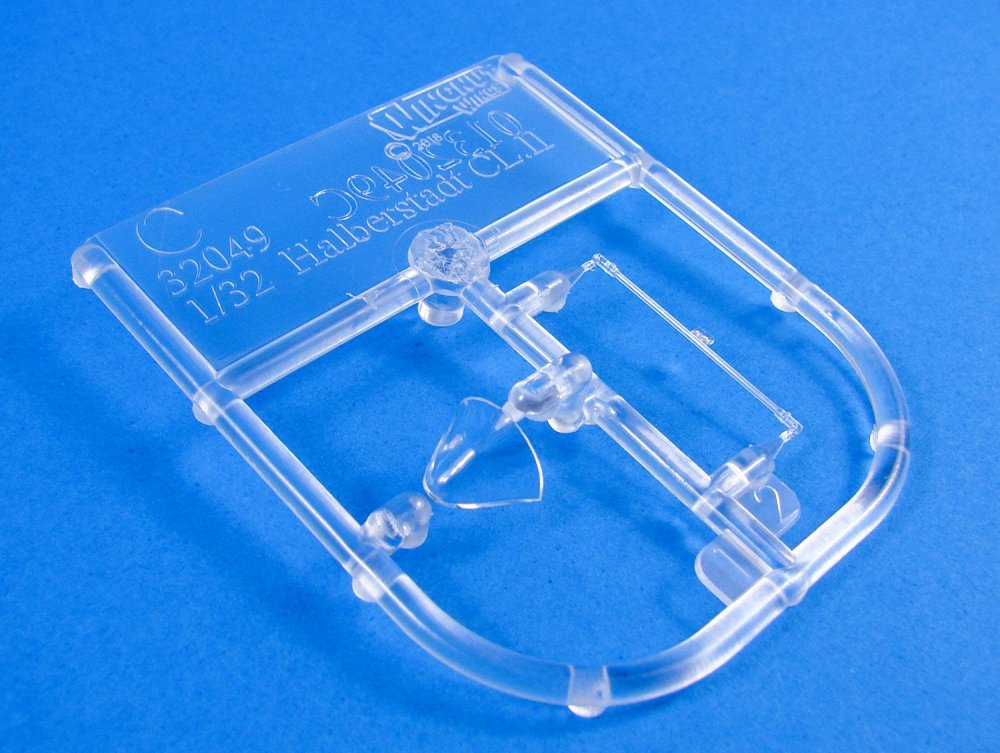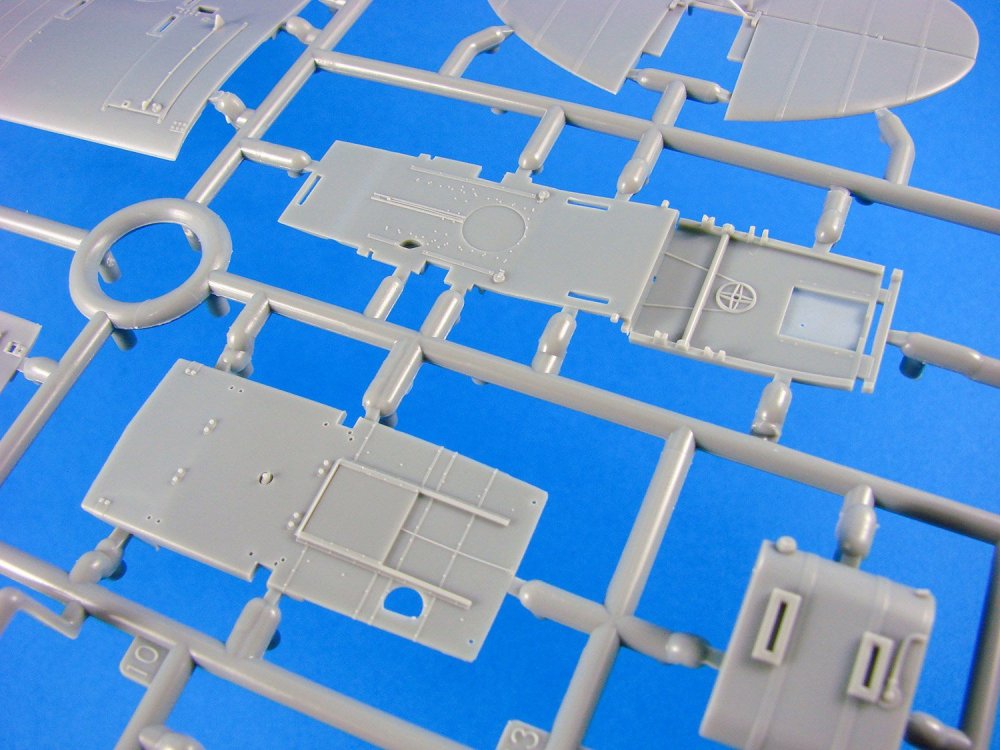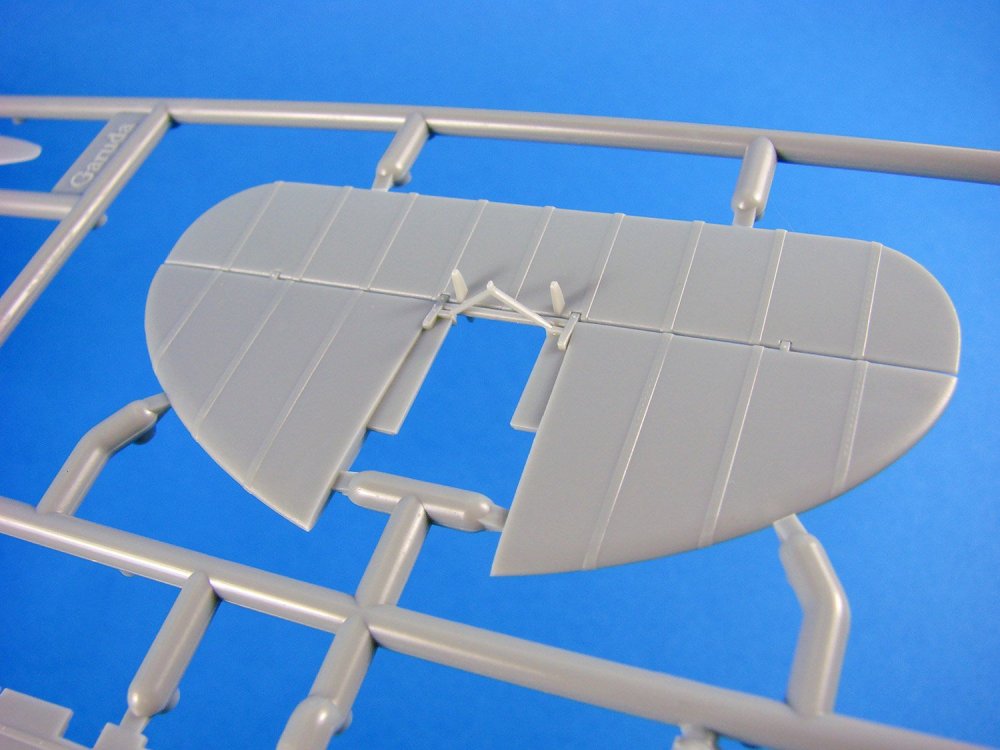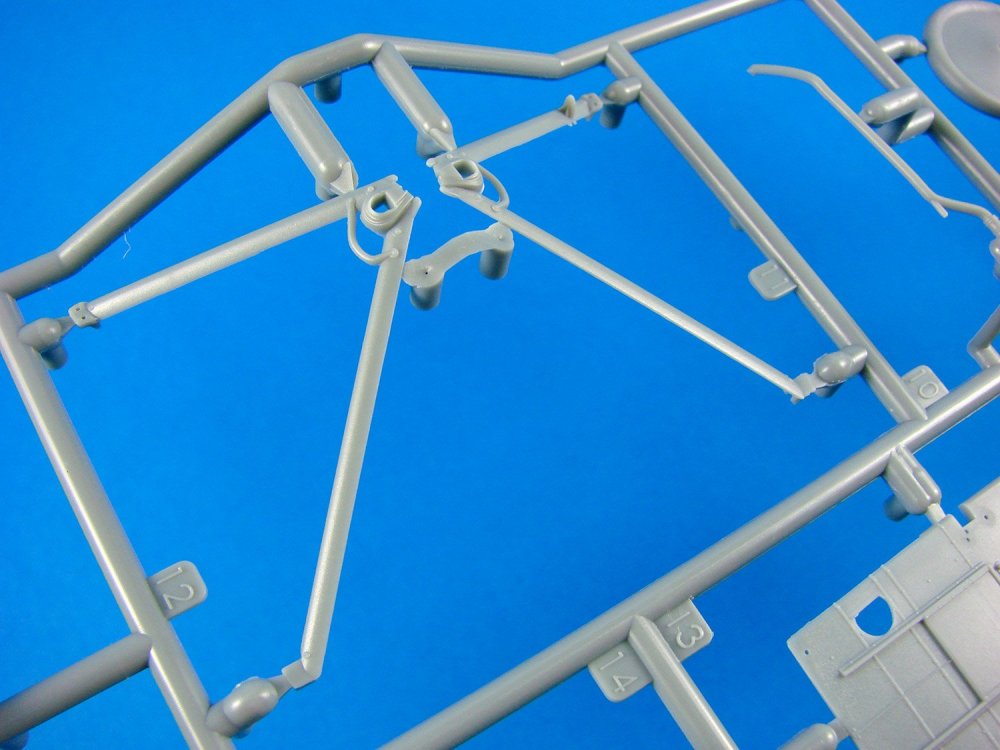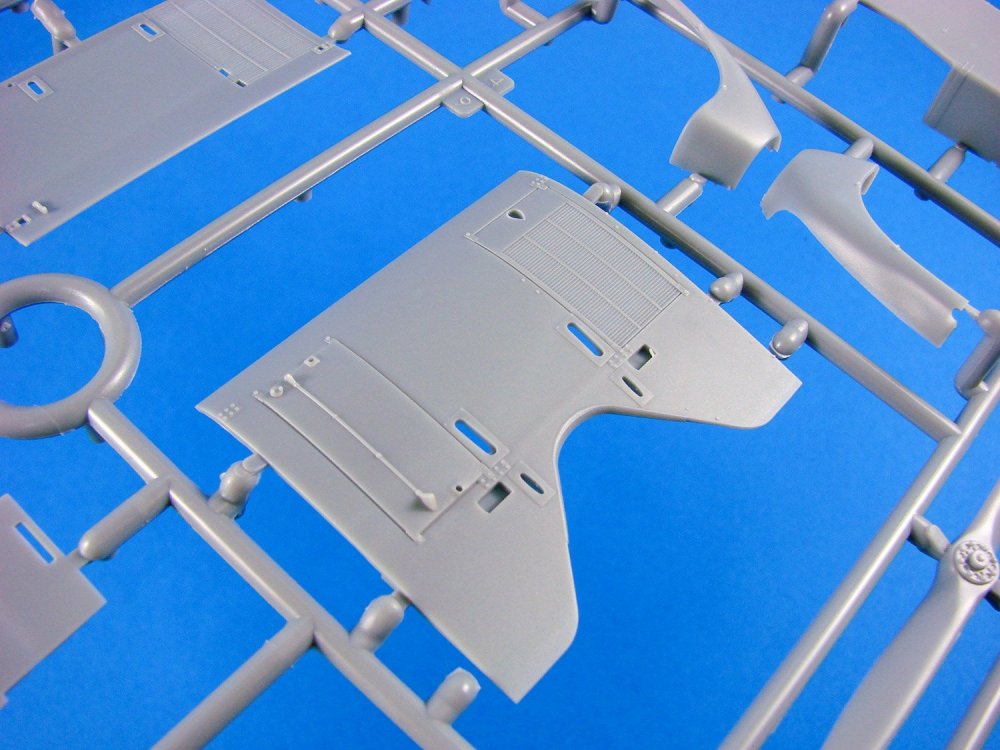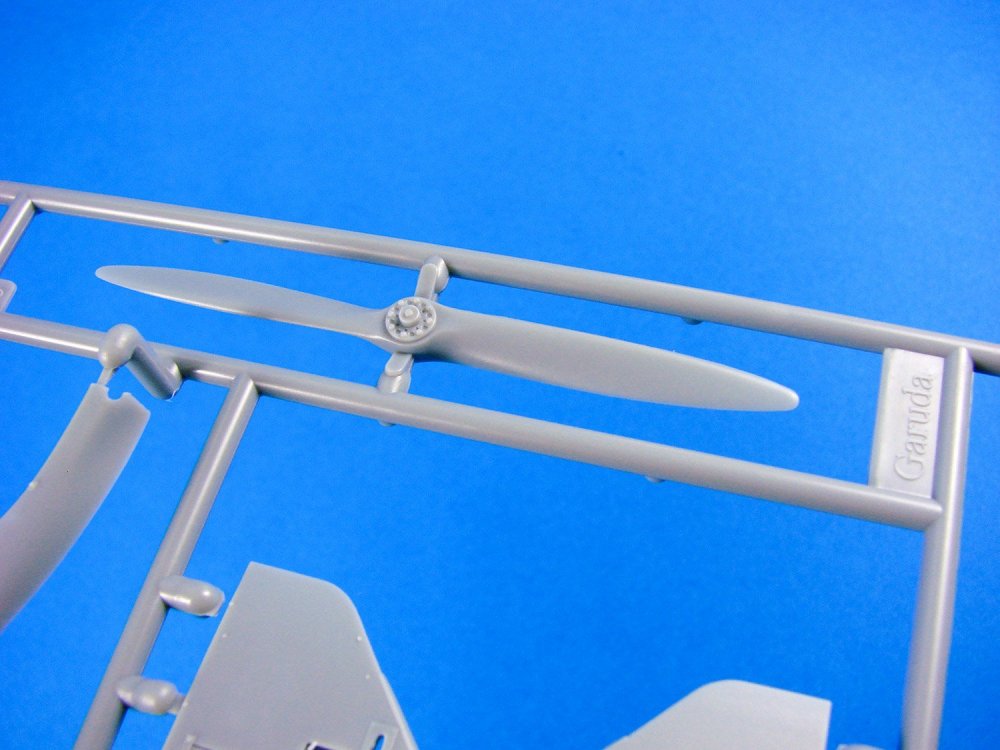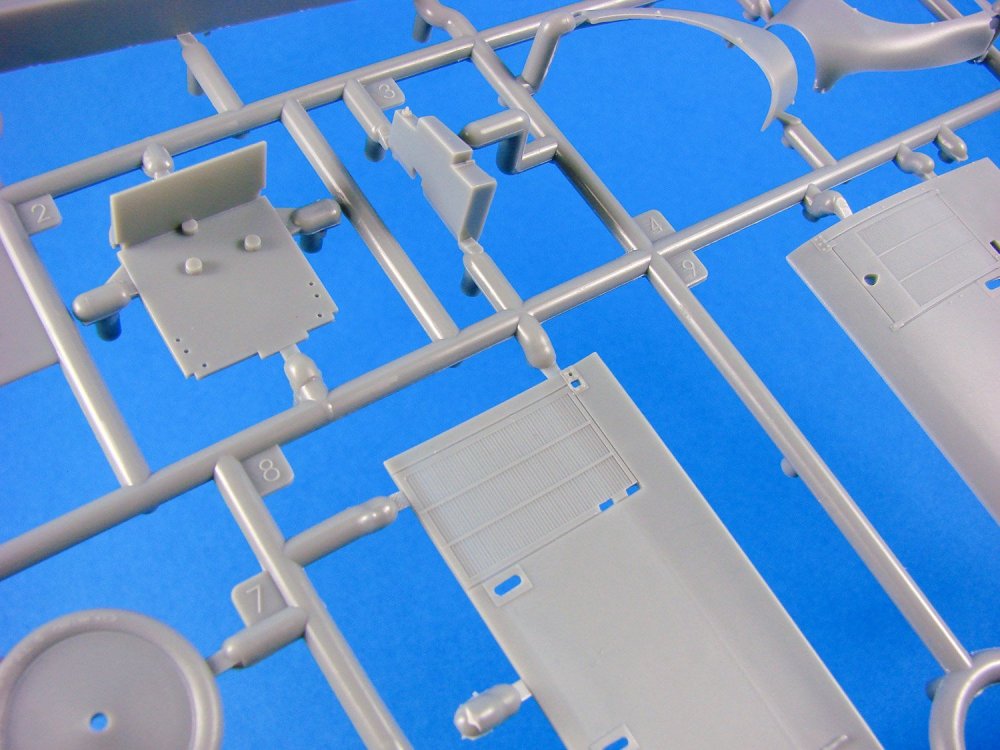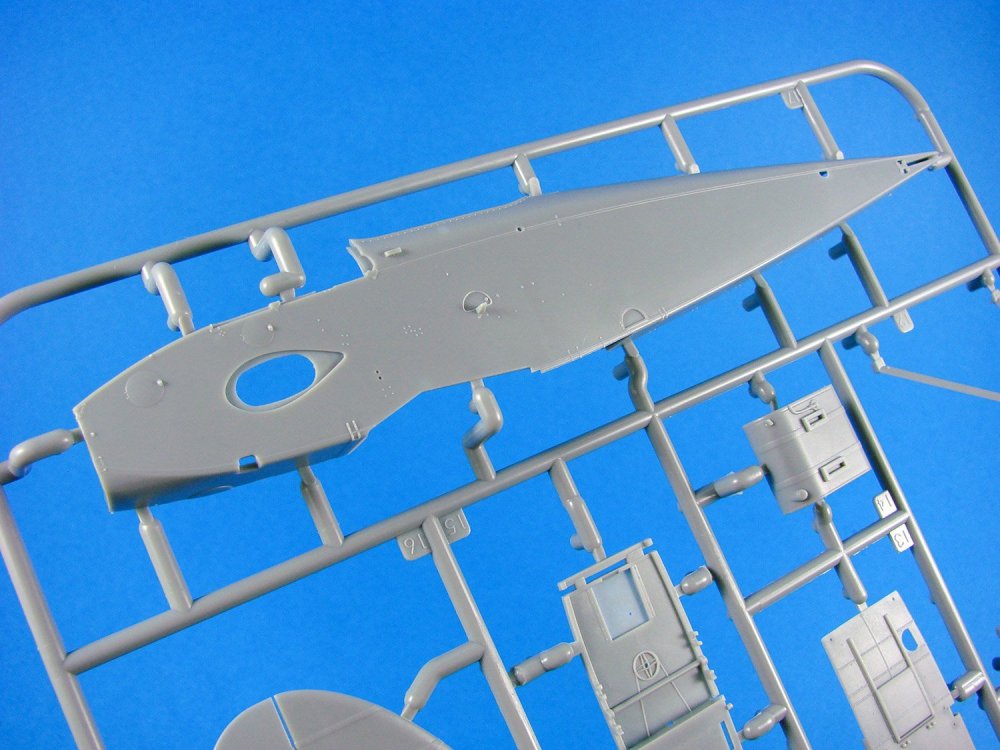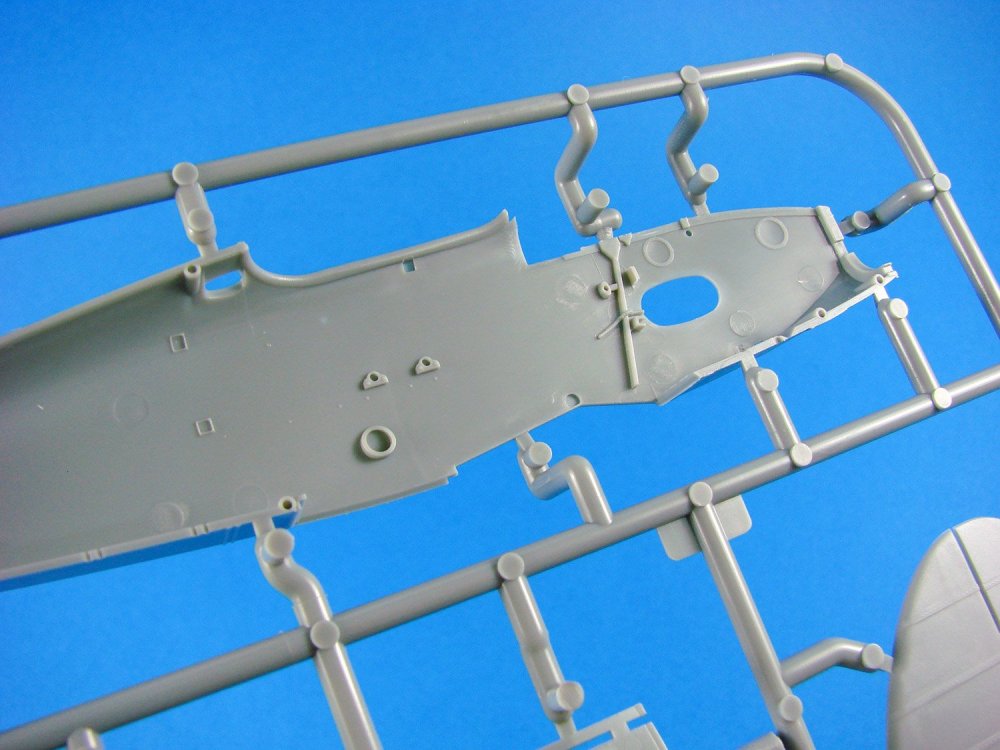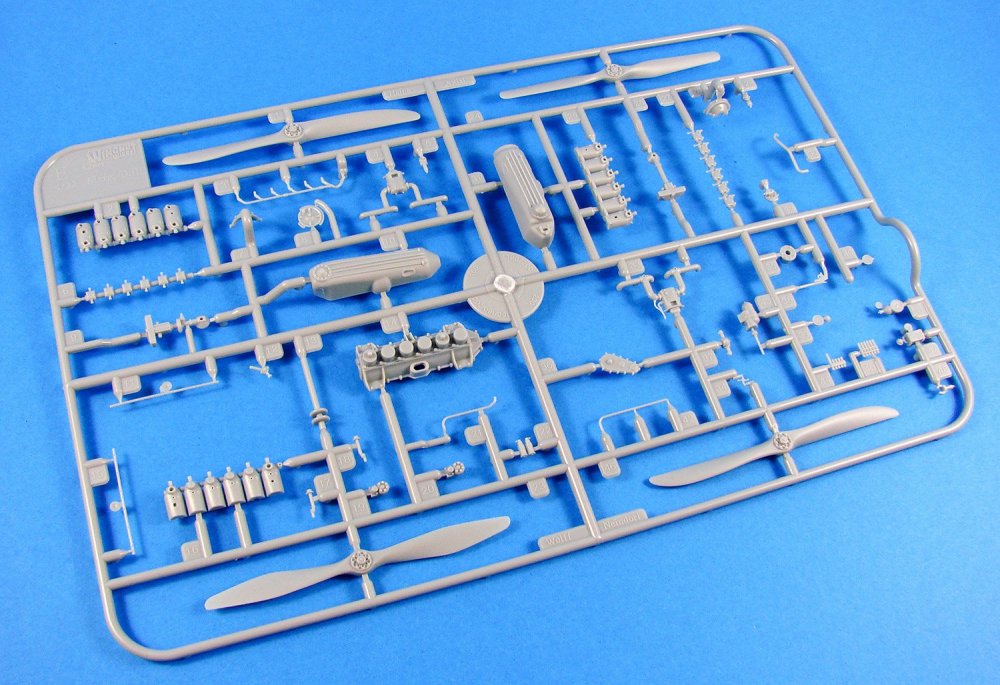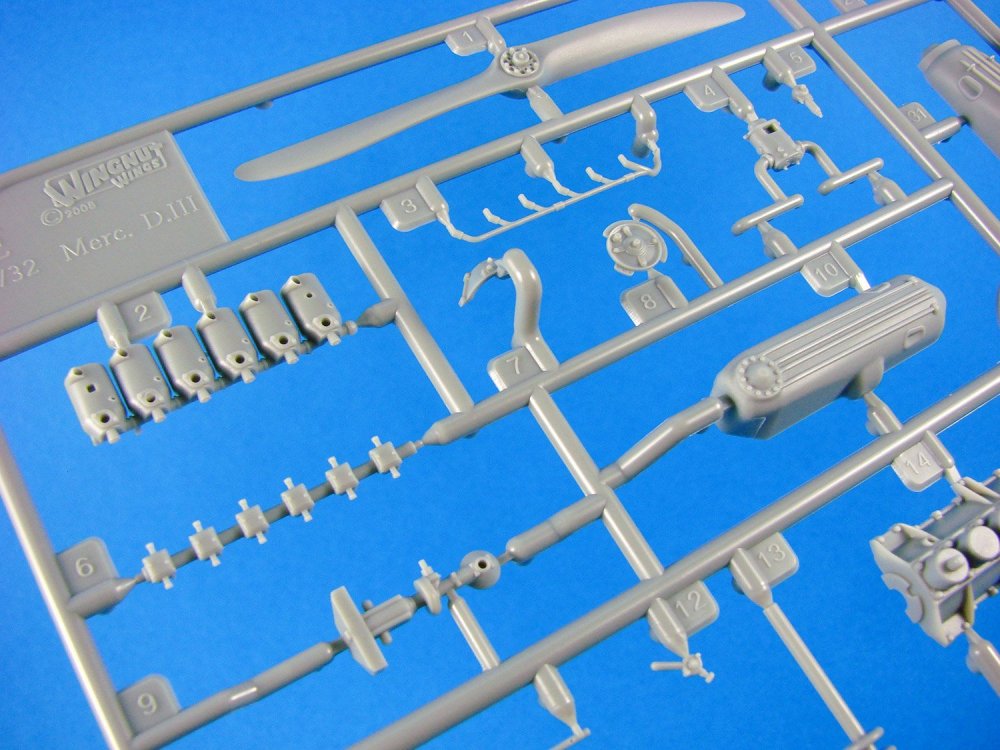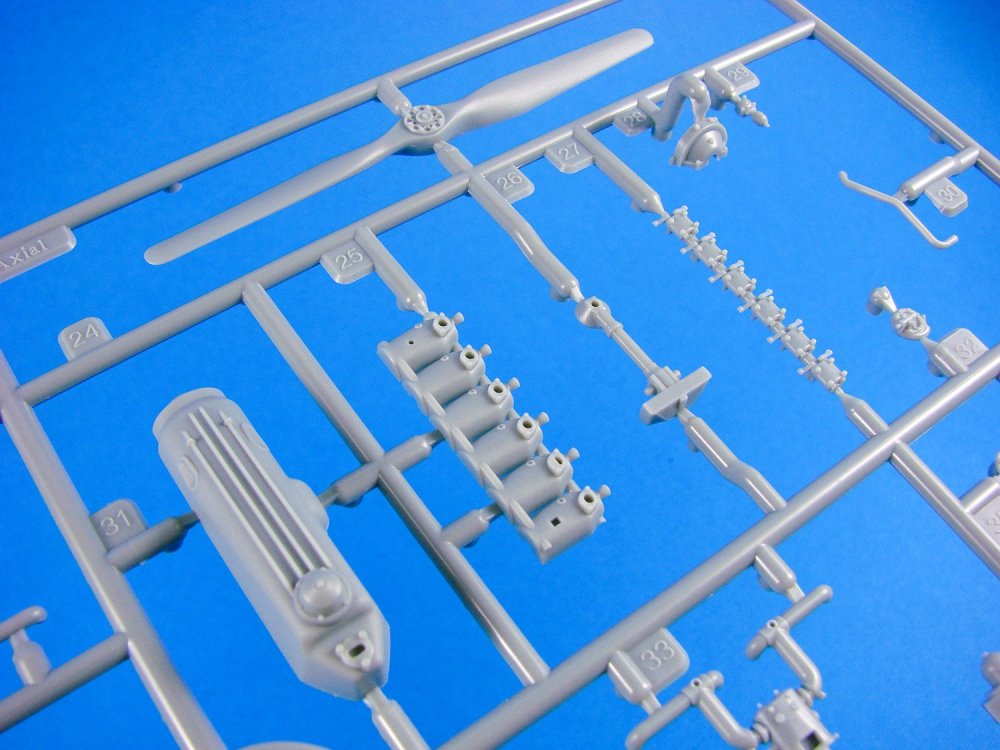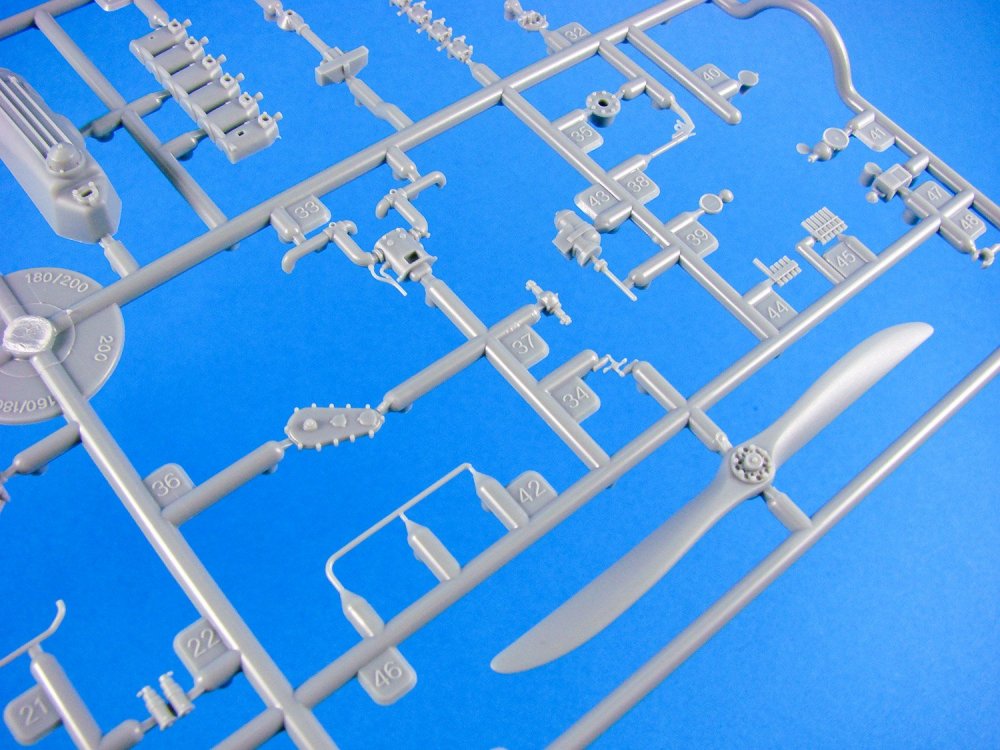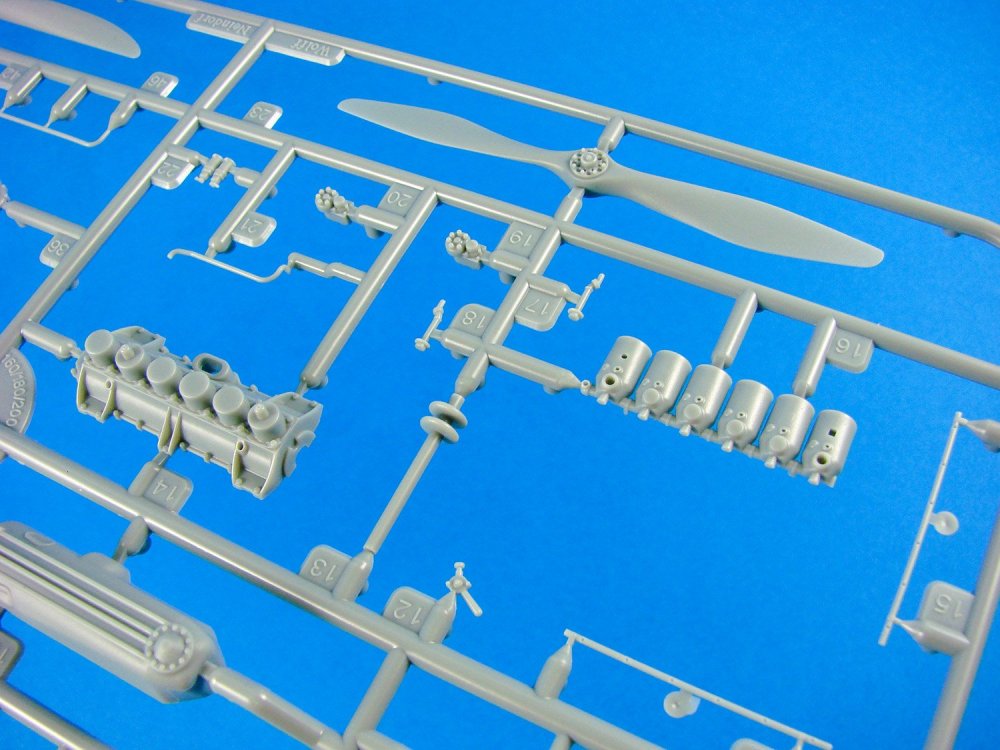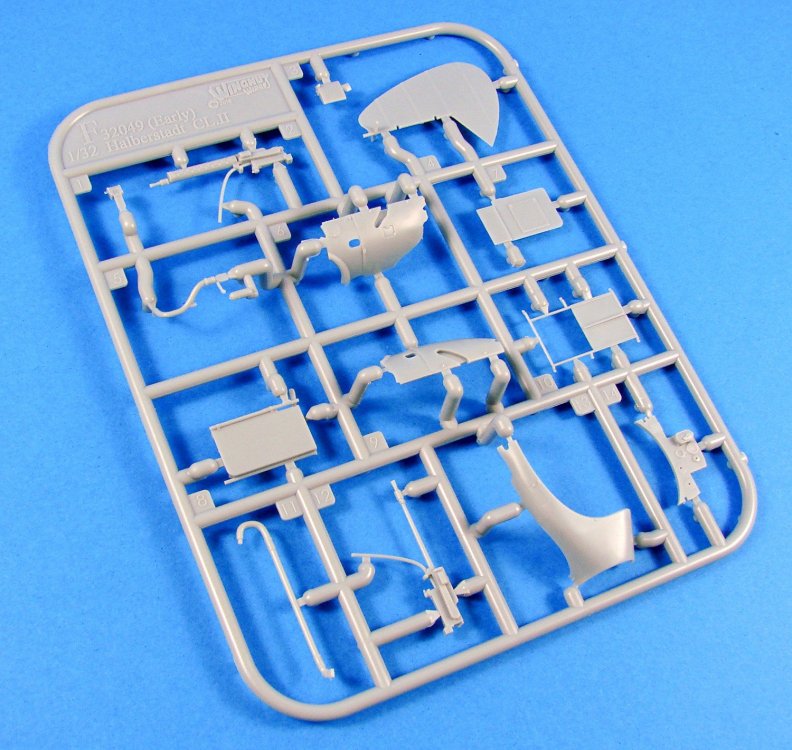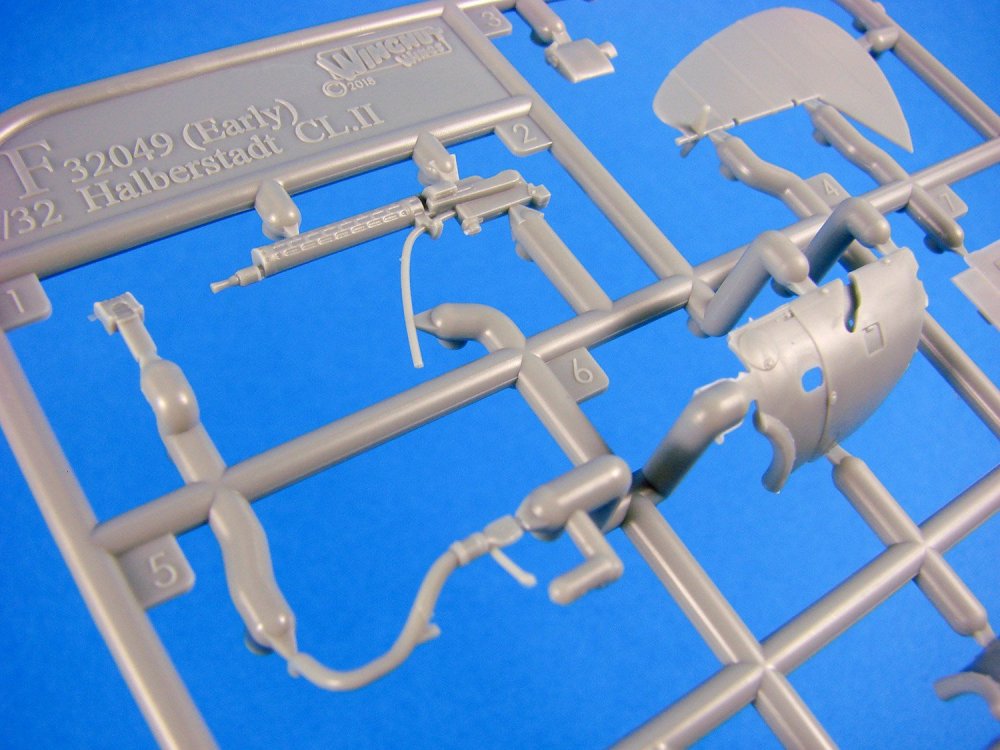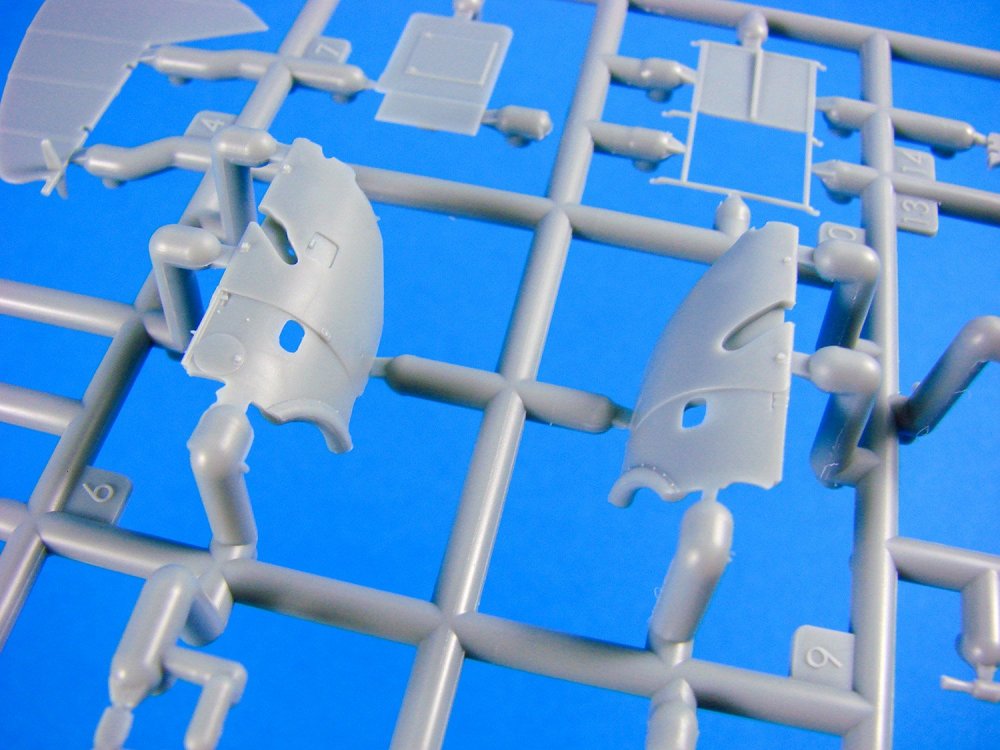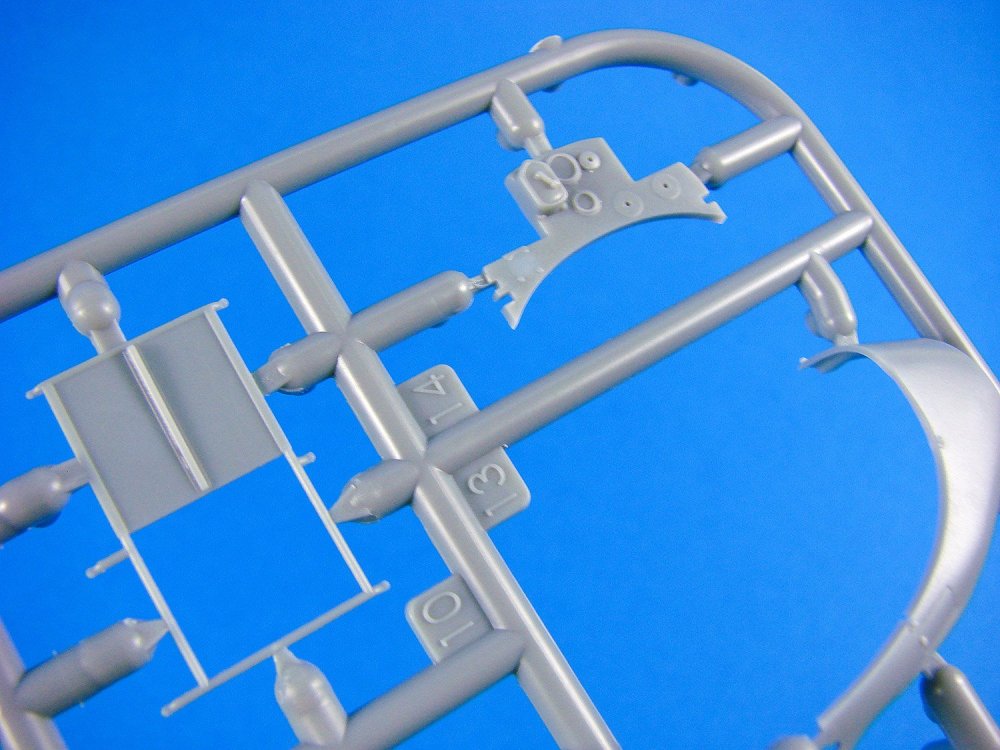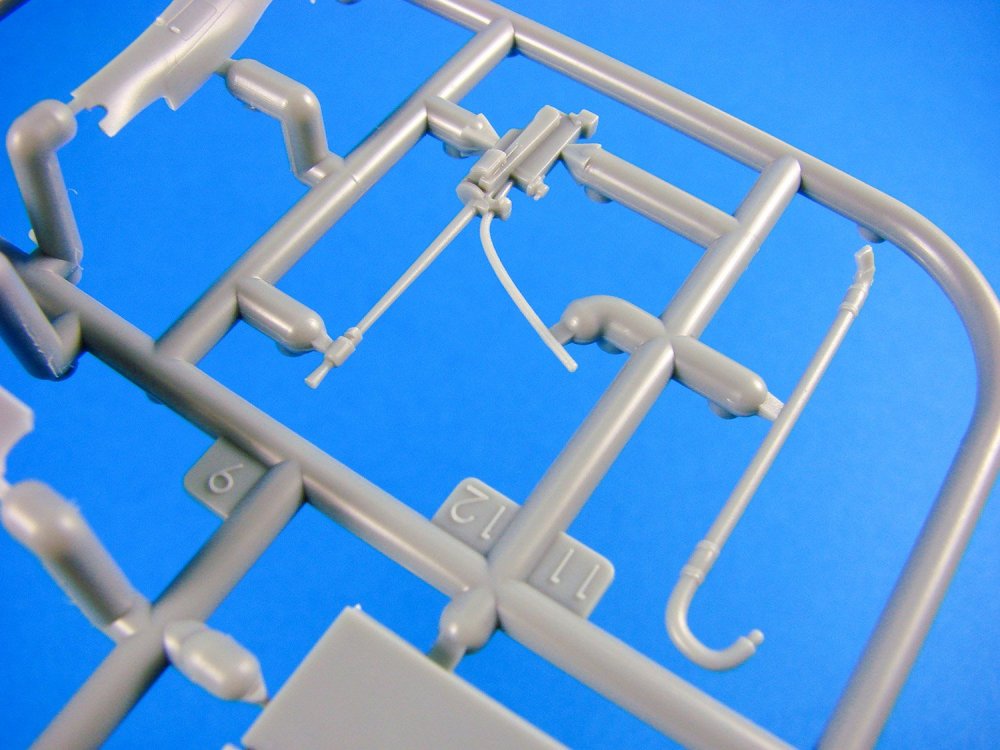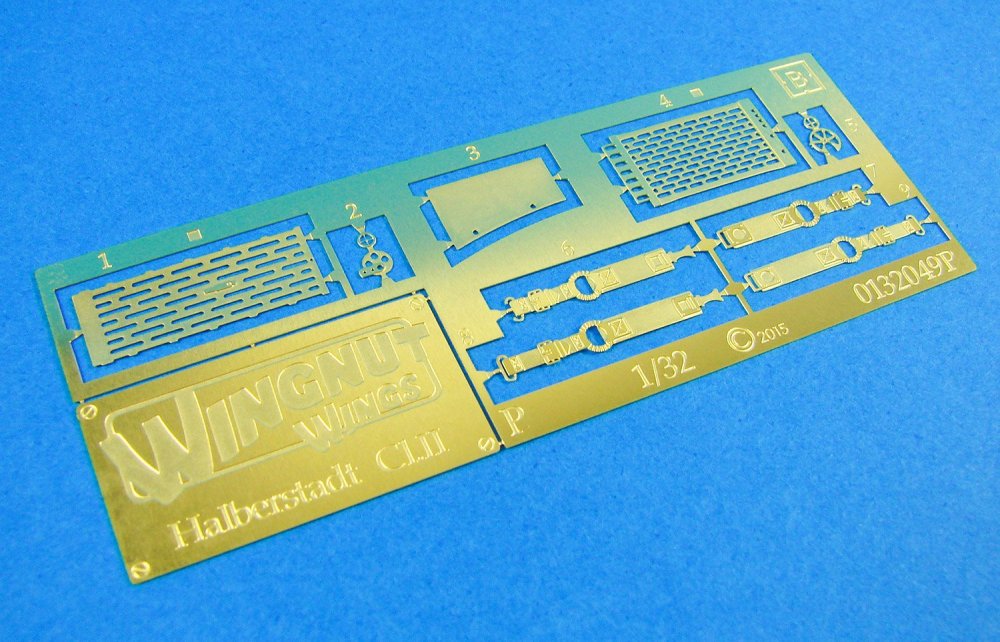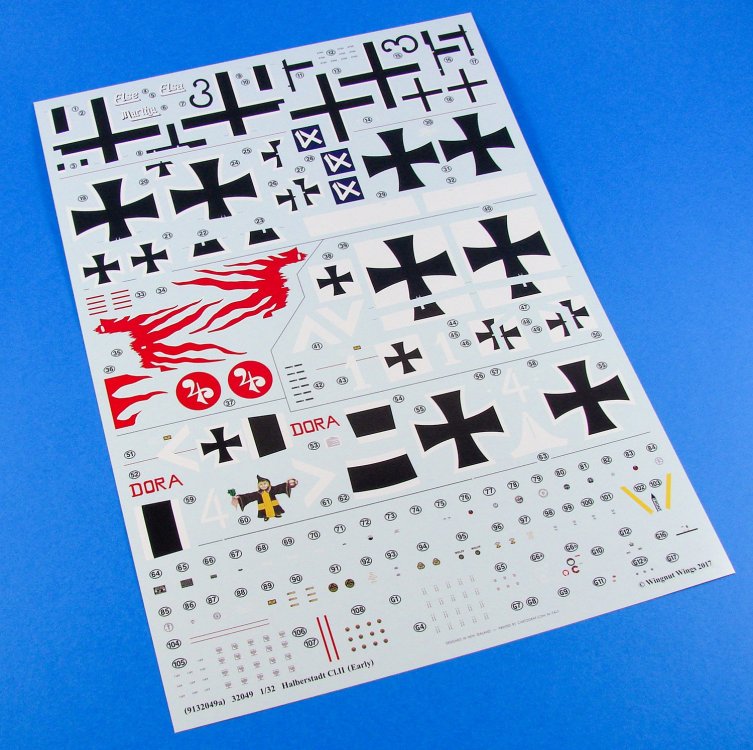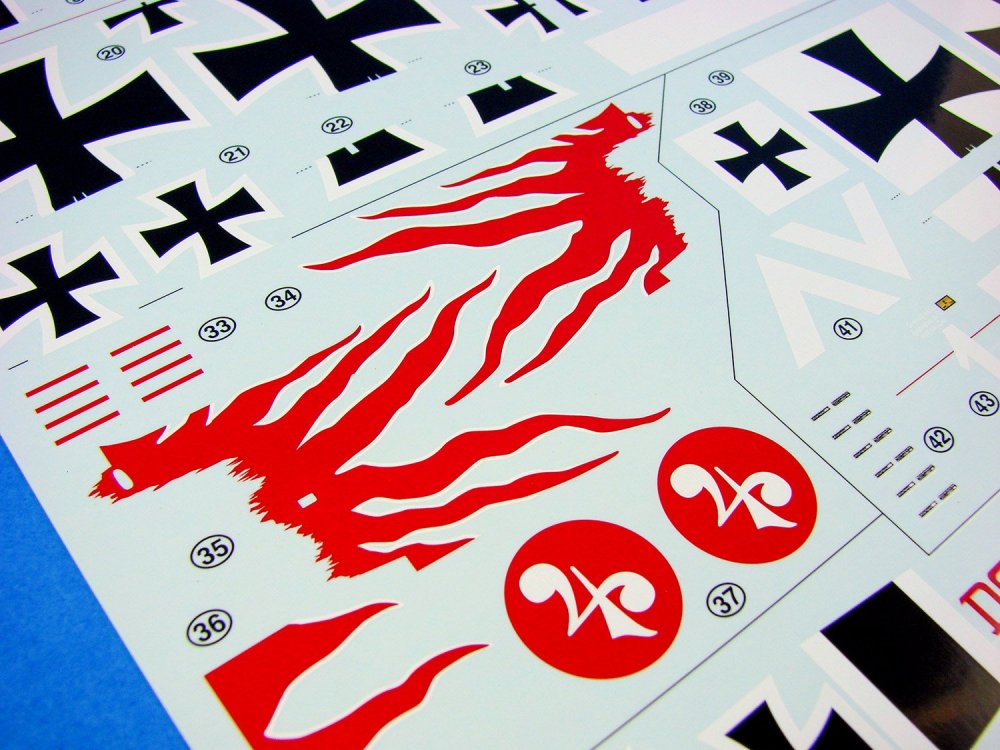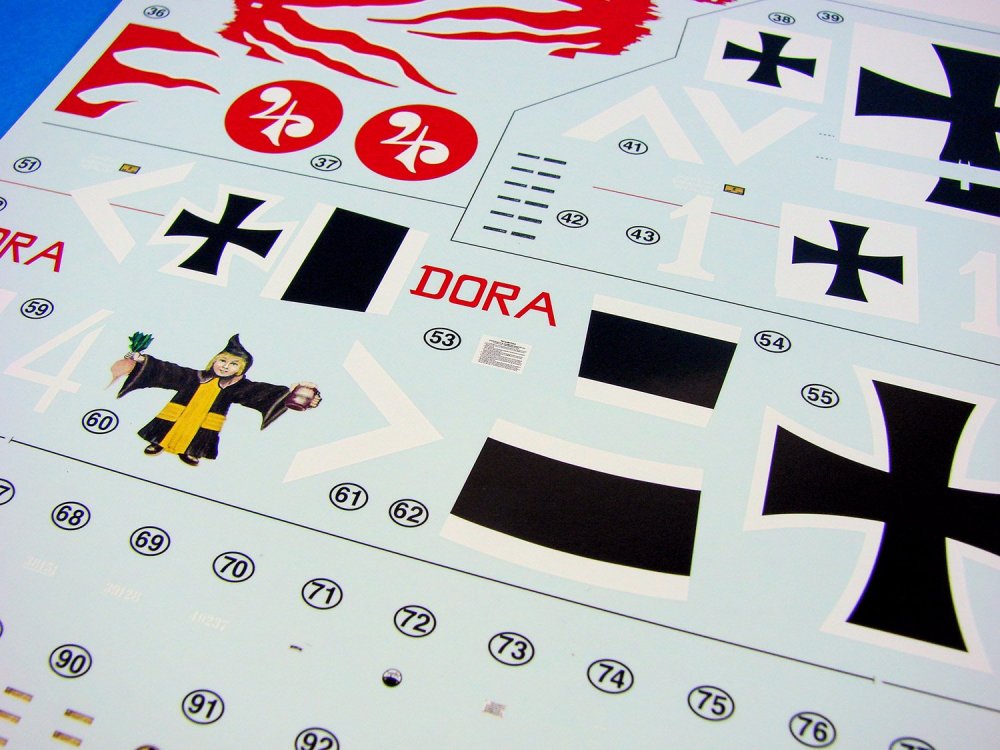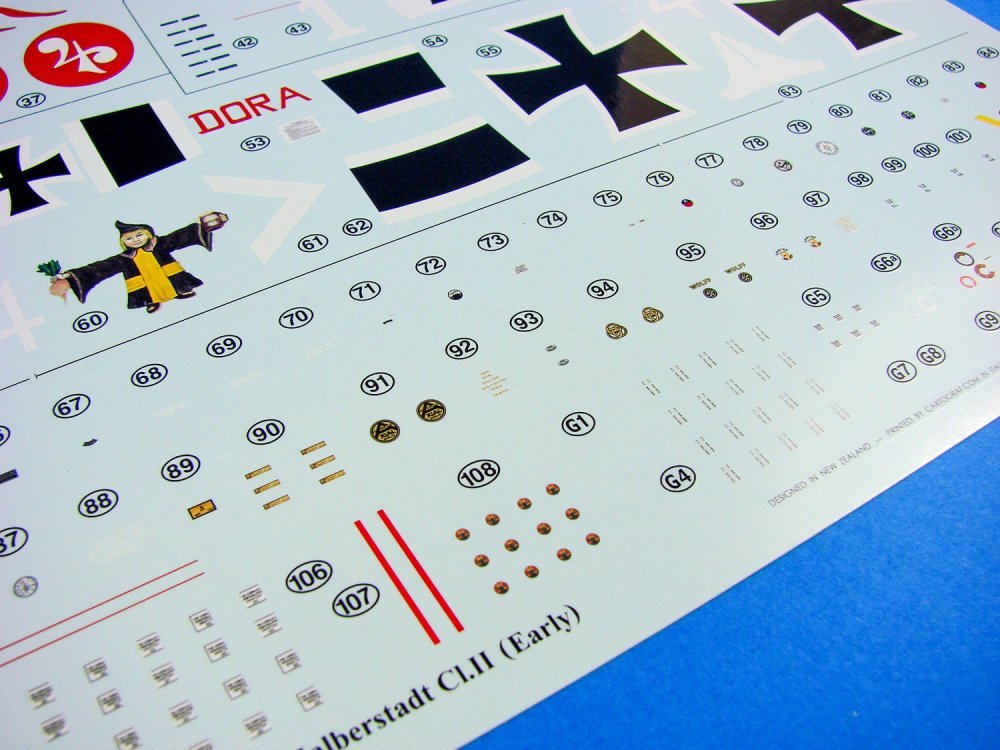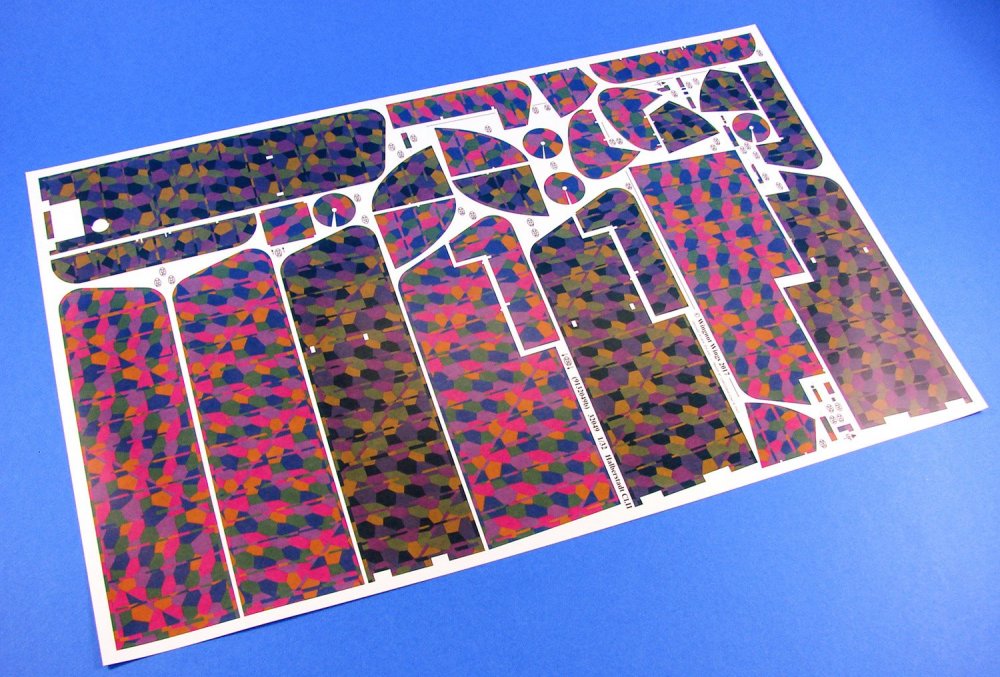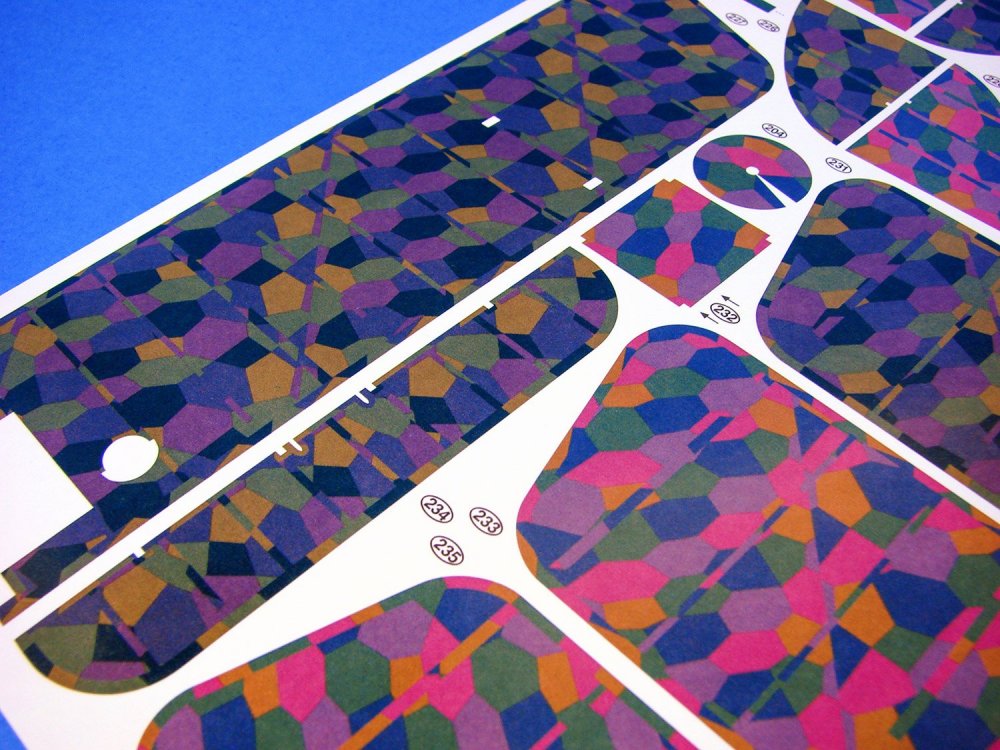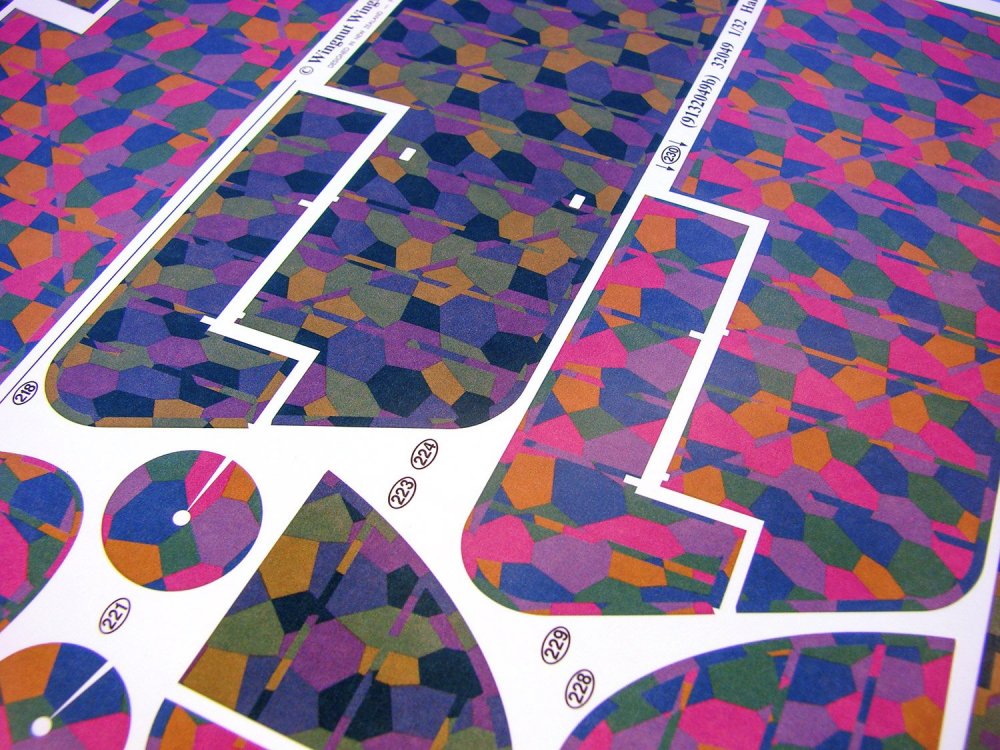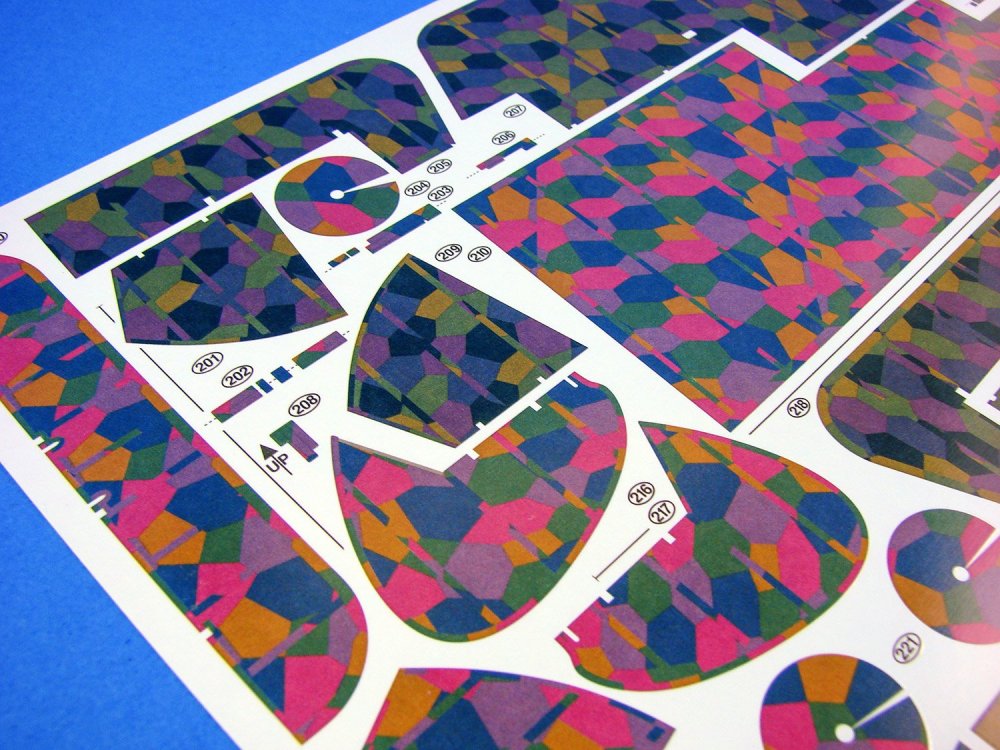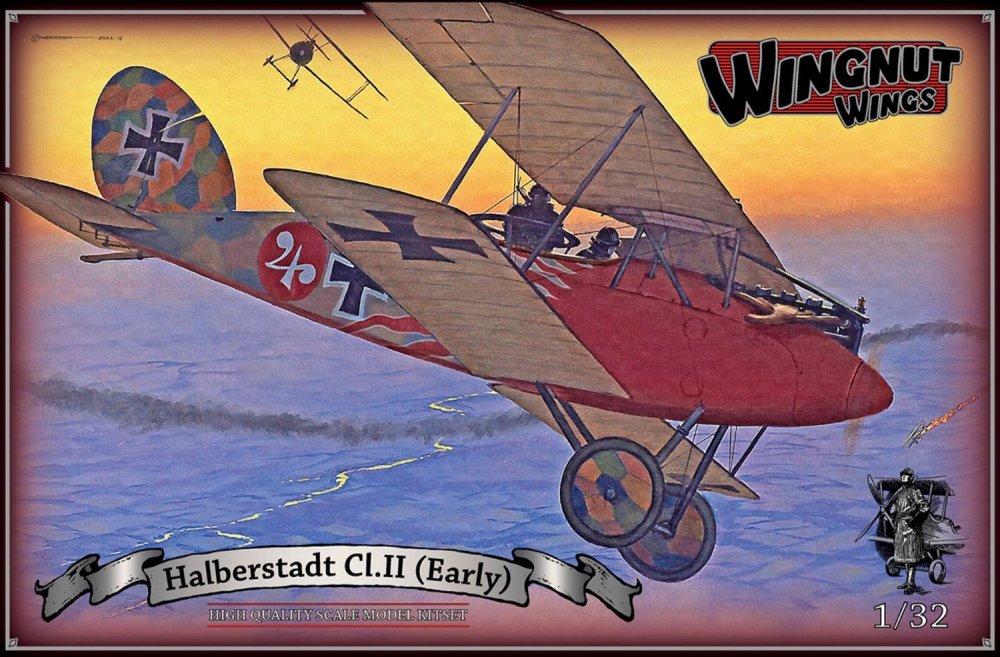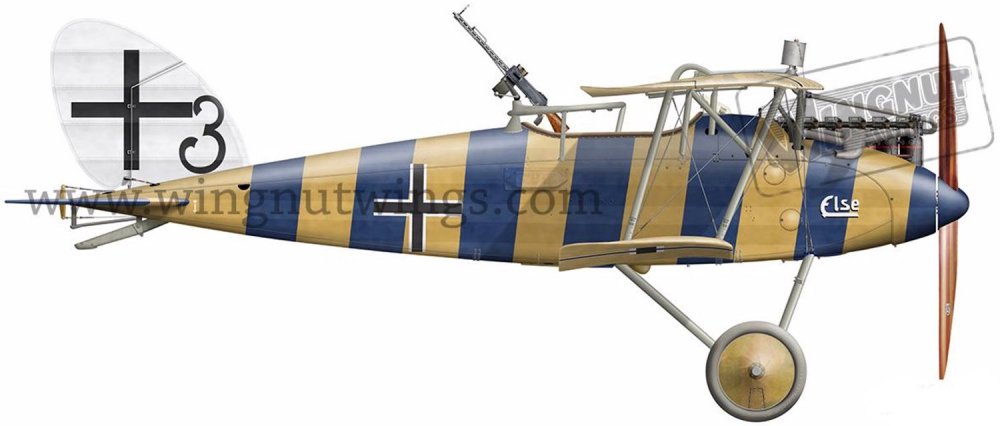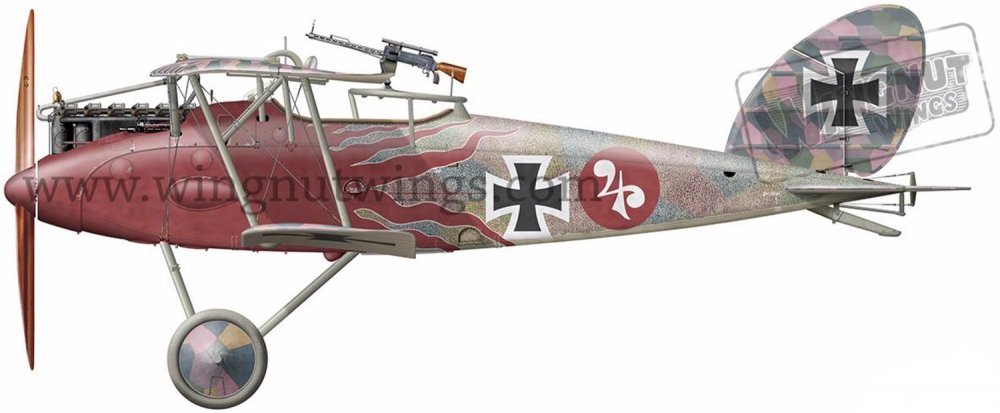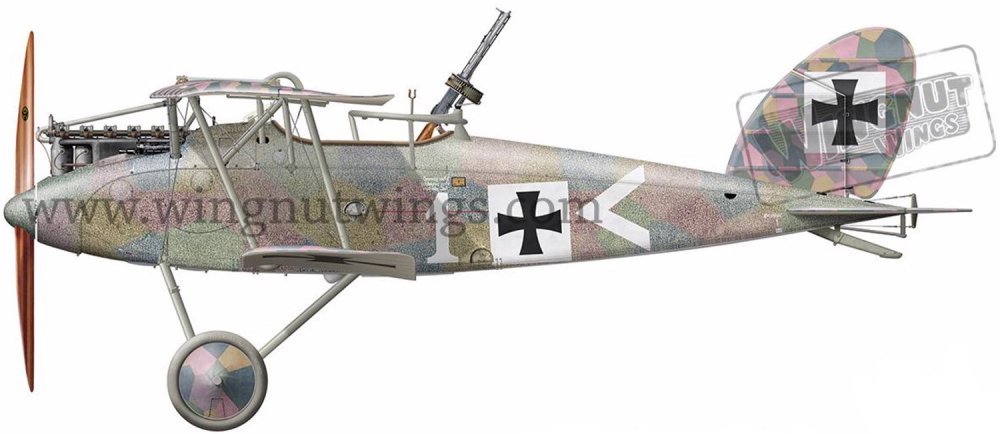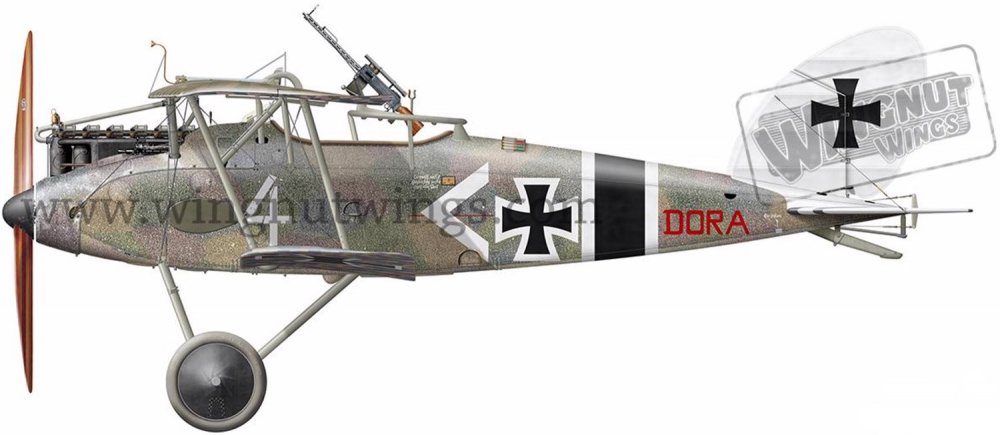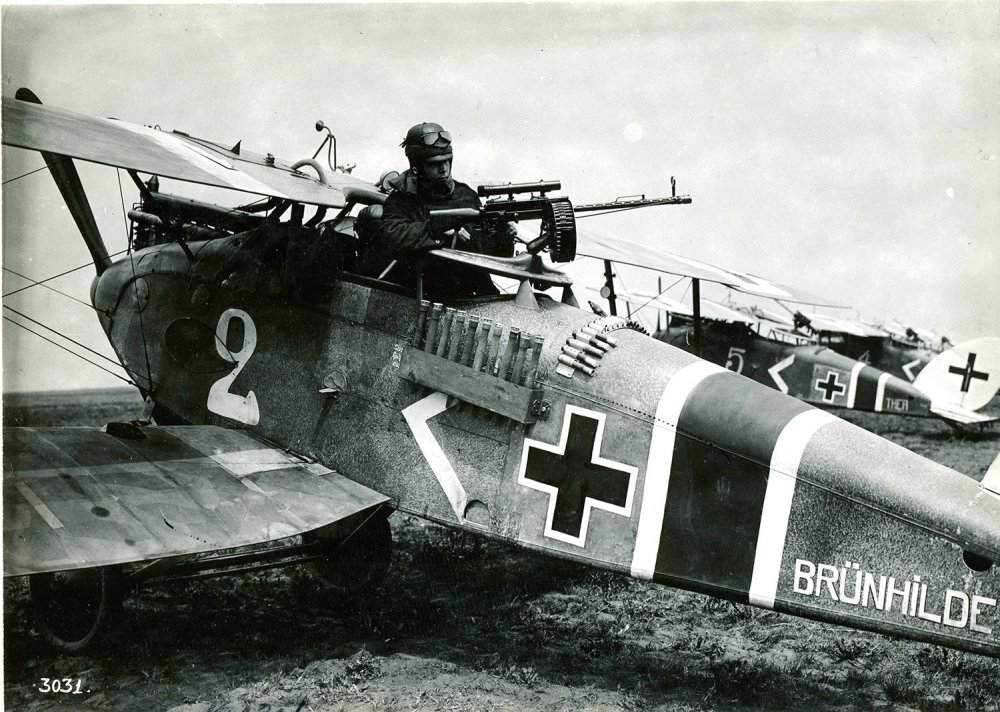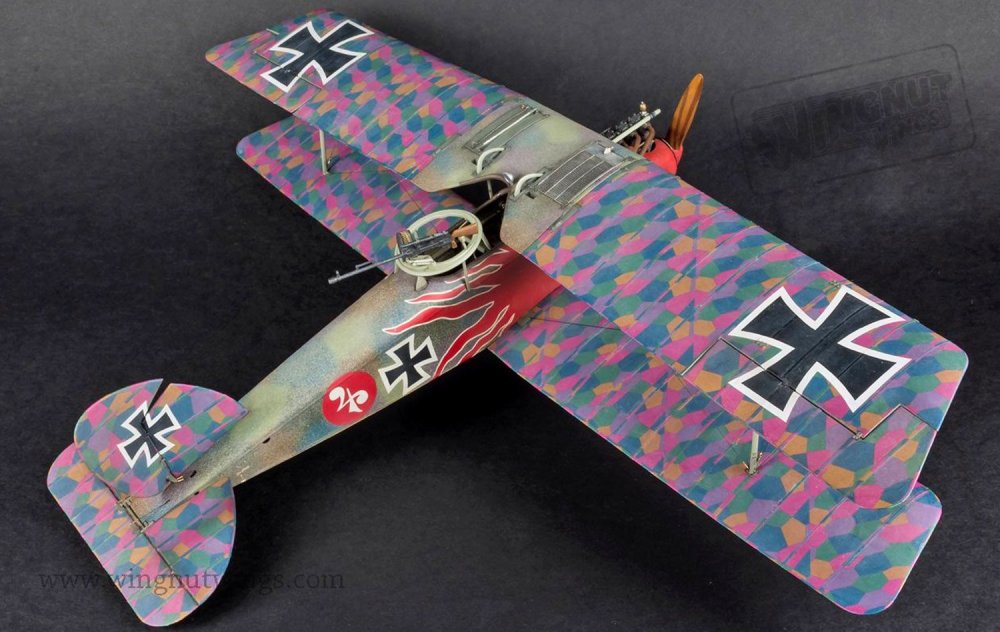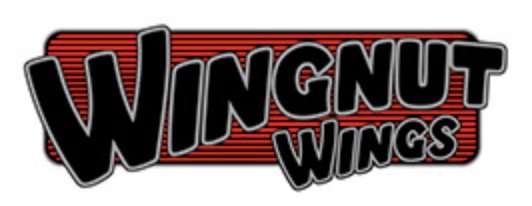-
Posts
3,257 -
Joined
-
Last visited
Content Type
Profiles
Forums
Events
Gallery
Everything posted by James H
-

hk models Lancaster B Mk.I, R5868, PO-S (S-Sugar)
James H replied to James H's topic in LSM 1/35 and Larger Work In Progress
From memory, the compass is attached to a plastic part, I just cut that off and sanded it flat. The decal for this comes with the Airscale set. -

hk models Lancaster B Mk.I, R5868, PO-S (S-Sugar)
James H replied to James H's topic in LSM 1/35 and Larger Work In Progress
That's the kit compass that I grafted into position on the Airscale PE. -

hk models Lancaster B Mk.I, R5868, PO-S (S-Sugar)
James H replied to James H's topic in LSM 1/35 and Larger Work In Progress
-
1:35 Faun L 900 including SdAh 115 Das Werk Catalogue # DW 35003 Available from around €69.00 (RRP) The Faun was one of the heaviest German trucks in service at the time. It weighed 8,800 kilograms and was 10.4 meters long, 2.5 meters wide, and 2.6 meters high. It required a crew of only one, that being the driver. It was powered by a 150hp Deutz F6M5171 diesel engine and could carry a total cargo load of up to 8,800 kilograms. The Faun had no armour protection or armament, and it had six wheels, four of which were the drive wheels. Its primary purpose was transporting and carrying small tanks and armoured vehicles, hence the abnormally long body and powerful engine. The Faun could carry up two small tanks at a time using a special vehicle trailer. The Faun was produced by a variety of manufacturers, including Büssing-NAG, Vomag, Faun, Fross-Büssing, Krupp and MAN. Not many of these trucks were produced, and even less were converted into SdKfz 4 half-tracks. The Faun was mostly used from the early to mid-part of World War II, as it was primarily used to carry and recover small German tanks such as the Panzer I and Panzer II. It's usage throughout the war was then mostly limited to the transportation of heavy equipment, troops, and other light vehicles. Extract from World War II Wiki The kit Thanks to Uschi van der Rosten and Das Werk, those of us with a Facebook presence have been watching this kit come together for a short while now, with regular updates on CAD, packaging and also a test shot build from Alex Glass himself. As I write this, this kit is on the cusp of release, and modellers should be able to get their hands on it later this month or early January. You can see why Das Werk are proud of their product. The presentation alone is a bold statement of their faith in the product with an attractive artwork by Jason Wong, who also produces artworks for the likes of Takom. If you look carefully at the lid, you’ll note the product name and company logo are finished in gloss, while the remain is a nice satin finish. On the box side we see profiles and schemes for the vehicle. For those of you who don’t know, Das Werk is a collaboration between Uschi van der Rosten and MBK Distribution. In the case of this release, work has also been done in conjunction with Pete Hamann and CustomScale. The box itself is quite weighty, as it should be as it contains two model kits; the Faun L900 3-axle truck, and also the SdAh 115 flatbed trailer. Inside the box, all sprues are separately packed, except for the two which are supplied twice. In total, there are NINE sprues of light grey styrene, and one of clear. There are also two packets of vinyl tires, a number of brass rods and a small decal sheet. An instruction manual is provided for each of the models, both Faun and SdAh 115. Instead of rolling through text for each sprue, bearing in mind that I’m fairly unfamiliar with the characteristics and breakdown of such vehicles, we’ll look at each sprue in photographic form, but now I’ll also explain some of what features this kit offers in terms of options etc. From the outset, it became pretty clear that the Das Werk team wanted to create a model that could be used in any scenario that could be thrown at it, and as a result, the load bearing elements of this kit would need to be able to be modelled in a fashion that was realistic of the completed scenario. With the Faun, there is always the possibility that this flatback vehicle could be travelling empty, or with moderate or heavy load. To that end, the designers of this kit have included three separate sets of leaf-spring suspension arms so cater to all three possibilities, and of course then allowing the finished model to sit lower on that suspension when carrying heavy equipment. That is a fantastic little touch. You’ll also see that the kit has some lengths of brass wire. These are designed to be bent around a supplied plastic former so as to create the metal hoops that optionally sit over the rear of the Faun, and would possibly be covered by a soft skin. When the soft top wasn’t deployed, the hoops are stowed further forward. It is of course possible to build the model without the sides fitted too, and just the open back. There are so many possibilities. What the instruction manual also provides is a series of load images which will give you an idea about which suspension parts to add vs the weight carried. Whilst the Faun has a very nicely detailed cab, detailed underside/chassis and some excellent wood grain finish to the appropriate parts, no engine is supplied, so that really isn’t an option unless someone releases an aftermarket solution for this. The SdAh 115 trailer is also no less featured, with numerous options for the modeller. These include three load options and the ability to pose the rear axle away from the trailer and fit ramps for loading the trailer itself. Like them or loathe them, both the Faun and the SdAh 115 trailer have vinyl wheels, but these are actually very good! Seam lines are extremely minimal or even almost invisible, so shouldn’t be a concern for the average modeller. Now to the plastic! Faun L 900 Sprue A (x2) Sprue B Sprue C Sprue D Sprue E Wire Wheels Decals A single decal sheet is included which contains markings for the exterior as well as cab instruments. Printing company is unknown, but the decals are nice and thin, have minimal carrier film, solid colour and perfect register. SdAh 115 trailer Sprue F (x2) Sprue G Sprue H Wheels Instructions A separate manual is provided for both the Faun and the SdAh 115 trailer, and whilst there are some commonalities between them, there are some inconsistencies, such as no parts/sprue map for the SdAh 115 trailer manual. No real biggie though. Generally, both manuals are very easy to follow with the various illustrations reminding me very much of Wingnut Wings in their style and colourisation. There is also plenty of annotation throughout and notes on the various options. There are plenty of paint references given throughout too, with codes for RAL, Tamiya, Mr Hobby, Ammo, Vallejo, Humbrol and Mission Models types. Various schemes are also supplied, attributed to unknown units. Conclusion Production quality really is superb, rivalling other high-end contemporary kit manufacturers. I think I saw one little bit of flash that wasn’t bigger than a pinhead, and there are no defects such as sink marks etc. A major-league effort has not only gone into some very nice engineering, but also into the research and development of this new kit, and it really shows. With the jig to bend the soft-top support hoops etc. it’s pretty obvious that building this kit will be an absolute joy. If you have some money left in the run-up to, or after Christmas, you should consider treating yourself! My sincere thanks to Das Werk for the review sample seen here. Watch out for this kit soon, from your favourite online model retailer.
-

hk models Lancaster B Mk.I, R5868, PO-S (S-Sugar)
James H replied to James H's topic in LSM 1/35 and Larger Work In Progress
I did mask them originally, until I found out that S-Sugar just had them painted over!!! So, I unmasked them all. -

hk models Lancaster B Mk.I, R5868, PO-S (S-Sugar)
James H replied to James H's topic in LSM 1/35 and Larger Work In Progress
Until I start to chuck some paint on this and dump down/edit my recent photos, I can show you this one from my phone camera. -
Pinned.
-

HK Models 1/32 Lancaster Hints, Tweaks and Tips,
James H replied to NigelR32's topic in Modelling Discussion
I've pinned this topic. -
They are doing the Lanc, but they only received the sample in the week before Christmas shutdown. I think you can expect something in the next couple of months or so.
-
Thank god I got mine, plus an Aires pit set.
-
1:32 ‘The Duellists’ – Halberstadt Cl.II & RE.8 “Harry Tate” Wingnut Wings Catalogue # 32804 Available from Wingnut Wings for $229USD, plus postage The Halberstadt Cl.II was a highly successful lightweight German two-seat escort fighter and ground attack aircraft that entered service in July 1917. It was initially tasked with escorting traditional two-seat C type reconnaissance and artillery spotting aircraft up until March 1918 when they transitioned to infantry support. The RE.8 was designed as a two-seat reconnaissance aircraft and entered service with the RFC in late 1916 and remained in use until after the Armistice. Aircrew gave it the affectionate nickname ‘Harry Tate’, RE.8 rhyming well with the popular Scottish music hall comedian’s name and, possibly, because of its similarly comic appearance. In the hands of confident and aggressive aircrews the RE.8 was capable of putting up a fight almost as well as the great Bristol Fighter. Late in the morning of 9 June 1918 the crew of RE.8 D4689 “P” from 3 Squadron Royal Australian Flying Corps encountered late production Halberstadt Cl.II 15342/17 “III” from Royal Prussian Schlasta 13 over the Somme battlefield... The kit This is the fourth ‘Duellist’ release from Wingnut Wings, and of course, featuring two more protagonists that met in combat on the same day in history. You’ll notice with this release that WNW have simultaneously released their brand new Halberstadt Cl.II as a part of this package, but alongside the currently out-of-production RE.8 “Harry Tate” kit. I know that the latter kit is very much lamented since it became unavailable some 5 years ago, so for that reason alone, this new kitset will become a very attractive purchase. The box for this is large. Whilst the same depth as either the Halberstadt and RE.8 boxes, it has twice the footprint of either, due to the nature of the release. Steve Anderson’s very attractive and evocative artwork adorns this large lid, showing the rear gunners of these two aircraft opening fire on each other above the fields of the Western Front. Being a Duellist release, there is only one scheme available for each of the aircraft, and these are depicted on the side of the box. We’ll look at these a little later. Lifting that lid reveals a compartmented interior, with each section being given over to the sprues for one particular aircraft. Whilst all of the sprues for the Halberstadt are all individually bagged, the RE.8 has further packaging with all bagged sprues being packed into a large, clear bag. A single PE fret contains the parts for both machines, and three decal sheets are also provided, with one of them having decals printed for both aircraft, and another being a lozenge sheet which is common to the other Halberstadt releases. A small, additional sheet contains just a handful of decals. In total, this release contains fourteen light grey styrene sprues and two clear ones. The spiel from WNW gives the following statistics: 496 high-quality injection moulded plastic parts for 2 aircraft. Halberstadt Cl.II plastic parts are the same as new model 32062 Halberstadt Cl.II (Late). RE.8 “Harry Tate” plastic parts are the same as 32012 RE.8 “Harry Tate” which sold out in June 2014. 18 photo-etched metal detail parts. Highly detailed 180hp Daimler-Mercedes D.IIIa and 150hp RAF 4a engines. 36 page fully illustrated instruction manual. 2 high quality Cartograf decal sheets including fitted lozenge camouflage and markings for 2 aircraft that met in combat. Halberstadt Cl.II Now, I’m not going to reinvent the wheel here as I only just reviewed the Cl.II (Early) release in this last day or so, and you can find the full suite of photos and that review HERE. However, the Halberstadt in this particular kit is actually the LATE version, so there is a slight difference in supplied sprues. This LATE version doesn’t have Sprue F of the previous review, but instead has a new Sprue G, and that is the one we’ll be looking at here. Everything else remains the same, with the exception of a few parts from the common sprues which aren’t to be used here. Sprue G Like the Sprue F of the EARLY kit, this also contains parts which are not too dissimilar, such as cowl parts and guns. However, we also have many parts which further set this one apart. Here you will find the standard/late production instrument board, magazine and empty belt container, grease pump, gun rings (not used), magneto fairing, radiator header tank and bracket, late aileron control rods, and late radiator shutter etc. Apart from those gun rings, everything else on here is for use with this release. RE.8 “Harry Tate” Out of all the sprues in this set, the RE.8 is the one with most plastic real-estate, so to speak, with 10 sprues in total. It’s hard to believe that this particular part of the package is now 9yrs old, but of course, such are the standards with these kits, that the plastic quality and detail could make it look as if it was released only recently. Sprue A This sprue mainly, but not exclusively, deals with the multitude of cockpit parts for Harry Tate. The largest and most obvious are the cockpit sidewalls. As with numerous parts on this kit, you’ll note little tags that need to be removed here and there. This is designed to keep ejector pin marks away from delicate details and is an elegant solution that the frustration that those marks usually incur. Rifling through the cockpit parts here, you’ll notice the firewall, ammunition drums, 6-gallon oil tank, foot boards, rudder bar, flare case, instrument board with integral frame, RL tube, flare pistol, control column assembly, wireless accumulator, passenger seat, wicker pilot seat, 37 ½ gallon fuel tank, camera, etc. We aren’t solely limited to cockpit parts, with the two exhaust manifolds moulded here. Note the end of these has a separate part, creating the hollow appearance required. Sprue B A number of parts on here aren’t to be used, such as various permutations of lower engine cowl, optional set of undercarriage v-struts and some cowl parts. The one to be used has a series of holes at its rear, and it’s suggested that these be drilled out for more realism. What will be used is that gorgeous 4-blade airscrew, engine bearer frames, centre plane struts, interplane struts, and upper cowl parts. The parts map doesn’t show part B7 as shaded out. This is an alternative undercarriage spreader bar and NOT to be used with this release! Sprue C This large, clear sprue has a number of parts on it, including some upper wing centre section parts, but there are only TWO parts that will be used, and these are the forward windshield and a lens for a camera. Clarity is excellent, as can be seen on the unused wing parts. Sprue D (x2) Where duplicate parts are to be used, WNW usually splits these across two identical sprues, such as this. Here we have the wheels and separate outer hub, elevators, wing struts, alternative engine cylinder parts, king post struts, pulleys, Brown & Barlow carburettor, control horns etc. Sprue E The Royal Aircraft Factory RAF 4a air-cooled V12 engine is a project in itself, and this sprue is dedicated to building the engine which slightly underpowered this beautiful aircraft. Sprue F A large sprue, this moulding contains both fuselage halves and the outboard, upper wing panels. The RE.8 had a fabric covered fuselage, and this is superbly recreated in plastic, with lacing details along the sides of the fuselage, and also where the fabric has wrinkled under tension at specific points, much like they recreated on their SE.5a kits. Of course, the engine cowls are separate items. Internally, there isn’t anything to really see as the detail is provided with the cockpit tub installation. When it comes to the wings, these guys know how to render that specific fabric and rib appearance, as you can see here. Notice also the shorter leading-edge ribs between the main ribs. It can be hard to get the camera lighting right for this, but you can see it in these photos. Wing strut location points are also shaped, making strut orientation a cinch. Holes also exist for rigging, but you might want to just use a small drill bit to deepen them slightly. Be careful if you do as these wings are moulded as single-piece items and not upper and lower panels. They are also reasonably thin. Ailerons are moulded separately too. Sprue G The lower wing of the RE.8 is a much shorter span than the upper, but here you can see the lower wing moulded as a full-span item, with fuselage centre section. Even with the shorter span, it’s still quite large. This is again moulded sans ailerons, with are included on this sprue, along with the upper wing ailerons. All surface details are commensurate with what we saw on the upper wing panels just now. Also included here are the wing centre section parts, rudder and two fin options, although only one of the latter is destined for use. Sprue R (x2) This sprue is also labelled as ‘R.F.C. Armaments’and contains a variety of parts that are common to other releases too. That being, most of this sprue will not be used on this kit, with only the scarff ring, ammunition and bomb carrier parts to be used. Photo Etch I don’t know why WNW chooses to manufacture a joint PE sheet instead of just using the original release ones, but it certainly shows some attention to detail for what is essentially a new release. Here you will find lap belts, MG jacket for the high detail version of the Spandau LMG, Vickers gun cocking handle and parts, Lewis gun ratchet mount for scarff ring, and rudder cable grommets. Two plates are also included for displaying your finished models. As per usual, production quality is first rate, with just small tags holding the parts in position. Decals As with the PE, despite there being two separate models in this release, the decals are on a shared sheet. The top half of this first sheet concerns the RE.8 and contains decals for almost the entire model, such as the national markings, serials, cockpit instruments and some stencils. National markings are split into sections where they overlap from wing to aileron etc. making application far easier to handle. The lower section of this sheet contains all national markings, stencils, instruments etc. for the Halberstadt Cl.II, again with national markings that are split to cater to ailerons, rudder etc. You will also see how these have been printed to portray the change from the old-style cross to the straight-sided later cross, including the painted-out portions. Some of these also have indicators pointing to orientation. A small supplementary sheet contains a few decals for the RE.8 Lastly, a large sheet contains all of the large lozenge panels required to cover the upper and lower wings, ailerons, fin/rudder, stabiliser and elevator, plus the wheel hubs. Everything is printed with rib tape strips in place. All printing is of high quality with solid and authentic colour, nice thinly printed inks, and perfect registration. Carrier film is also minimal. The two schemes in this release are: Halberstadt Cl.II 15342/17 “III”, Kuesler & Müllenbach, Royal Prussian Schlasta 13, 9 June 1918. RE.8 “Harry Tate” D4689 “P”, RC Armstrong & FJ Mart, 3 Squadron Australian Flying Corps, 9 June 1918. Instructions The manual for this release is a hefty 36-page effort, in WNW’s usual, sumptuous style. Starting with some info on each type on the front page, we are then presented with a paint reference guide which has codes for Tamiya and Humbrol Paints, plus FS codes. The following two pages have the sprues, decals, PE map for each kit. Any parts not to be used are shaded out, making reference a lot easier from the outset. Construction then begins with the Halberstadt Cl.II, taking over a total of 12 construction sequences that also contain numerous other stages. A rigging diagram and Ronny Bar profile is then supplied to help you complete your model. The RE.8 construction begins next, and takes up almost the remainder of the manual, in the same style as the Halberstadt. Interspersed amongst the assembly illustrations are also full colour graphics which depict painted sub-assemblies, plus some nice period imagery for reference. Decal placement illustrations are simple to follow, and painting references are supplied throughout construction. Conclusion As I said earlier, it’s great to see the RE.8 making another outing. I suspect it’s only a few eBay scalpers that won’t be too enthused! Both models are superbly detailed and will provide countless hours of pure modelling pleasure. Add to that the historical element of these particular machines, and you know you really are recreating an actual snapshot of aviation history, gone forever except for the old records and photos that are now there for us to see. I really would go and treat yourself to this one before it too becomes hard to find! My sincere thanks to Wingnut Wings for the review sample seen here. To purchase directly, click the link at the top of this article.
-
- 4
-

-
- halberstadt
- re.8
-
(and 2 more)
Tagged with:
-
1:32 Halberstadt Cl.II (Early) Wingnut Wings Catalogue # 32049 Available from Wingnut Wings for $129USD plus postage The Halberstadt Cl.II was a highly successful escort fighter and infantry support aircraft that entered German service from late July 1917. It was very well regarded for its good visibility, climb rate, manoeuvrability, stability and ease of internal communication afforded by the close nature of the pilot and gunner. Early production aircraft had the main gun mounted to the left of the engine while late production aircraft had it mounted to the right. Halberstadt Cl.II were initially tasked with escorting traditional two-seat reconnaissance and artillery spotting aircraft, often being assigned to a specialised Schutzstaffel (Protection Squadron) which were renamed Schlachtstaffel (Battle Squadron) following their transition to infantry support from March 1918 until the Armistice. 193 high-quality injection moulded plastic parts including 14 that are exclusive to early production aircraft. 9 photo-etched metal detail parts. Optional Daimler-Mercedes 160hp D.III, 180hp D.IIIa or 200hp D.IIIaü engines. Optional radio, generator, rudders, propellers and armament. 28 page fully illustrated instruction manual. 2 high-quality Cartograf decal sheets including fitted lozenge and markings for 5 colour schemes. The kit This particular release, along with the Halberstadt Cl.II (Late) and the new Duellist kit, were unleashed onto the model-buying public in the weeks running up to Christmas 2018, as WNW’s usual seasonal model kit launch that we have now become accustomed to. Not only was it good to see a whole new type making it to plastic in the form of the Halberstadt Cl.II, but also the return of the very popular RE.8, along with the Cl.II, in the Duellist. We’ll be looking at the latter double kit within the week. Today though, we’ll peruse the in-box contents of the Halberstadt Cl.II (Early). Steve Anderson’s emotive artwork really sets the mind running here, with a dusk encounter with what appears to be a Camel in head-on view, and another unknown aircraft trailing smoke, somewhere over the war-ravaged Western Front. Of course, the silver gilt edging of the art, along with the same style used for the aircraft name, always gives these kits that special feel of quality to them. On the edge of the box can be seen the Ronny Bar profiles for the FIVE schemes that are offered with this release. Whilst four of these have that spatter/speckle finish that we’ll look at later, for those who feel they can’t achieve this, a simpler yet stunning scheme is also provided which will doubtless be the option you’ll choose. This particular release contains FIVE light grey sprues, and one clear sprue, all individually packaged so avoid damage, plus a single PE fret to complete the parts count. Two decal sheets are included, as well as the beautifully designed instruction manual that we get with each release. As with many WNW kits, you will need to choose which machine you will build from the outset due to a number of changes/options that you will need to initiate from the outset. Let’s get our hands dirty and take a look at the plastic. Sprue A Without doubt, this is the most parts-heavy sprue and one which you will need to take care when it comes to removing a number of these elements due to their fragility or proximity to the sprue itself, via a short sprue gate. A good quality razor saw is what I tend to use for these specific sprues, and I’ve never had a part break yet. Like most sprues in this kit, this one is included in both of the new Halberstadt Cl.II releases (both Early and Late), and there are only three parts not for use with this particular kit. With the exception of the base interior parts, such as the cockpit floor, two-part fuel tank and rear bulkhead etc, pretty much the rest of the interior is represented on this sprue. Parts on this sprue include pretty much everything for the cockpit, such as the crew seats and associated parts, wireless aerial cardboard tube, control column assembly, highly detailed sidewalls, wireless set, wireless aerial reel, fuel tank pressurising pump, rudder pedal bar, forward engine bearers with integral forward fuselage former. Other parts include engine flywheel and generator belt pulley, undercarriage spreader bar, outer wheel hubs, spinner, flare pistol and flare rack options, etc. Sprue B All four wing panels are moulded here, in single pieces, so no upper and lower panels due to the section and thinness of these parts. This means that the trailing edges are superbly thin too. Upper wing panels are moulded without ailerons, and these parts are also included on this sprue. One of the many things that WNW has honed to perfection is the depiction of the rib/fabric details, and this is no exception, with suitable textures and details such as the rib capping strips. Also note the compass position in the lower port wing panel. Some machines had these external to the cockpit so as stop any local interference. Some of the sprue attachment points look a little wide, but they are actually fairly thin. Note also the shaped holes for the wing struts, plus the adjacent rigging holes. I would opt to drill these out a little more if you wish to add something like Gaspatch turnbuckles. This kit contains two rudder options, and the production version one is to be found here, along with the standard and universal fin, also exhibiting the same restrained fabric and rib details. Sprue C We have just two small pieces on this little, clear sprue. One of them is for the dainty and curvy windscreen, and the other for the glass fuel tank sight gauge that’s located on the upper wing centre section. Optically, these are about as clear as you could ever wish for, with superb moulding quality and minimal sprue attachment points. Sprue D The kit’s big-hitter parts are to be found here, such as the fuselage halves etc. Before I look at those, the one part that really draws my attention is the single-piece tailplane. Not only has this been moulded with the stabiliser integral with the elevator, but also the cable attachment horns and the tailskid rear bumper fork. That is a seriously nice and very impressive piece of moulding, right there! The undercarriage v-struts are also moulded here, with the rubber bungee wrap nicely depicted. Here is the upper wing centre section with integrally moulded radiator and fuel tank details. This part is moulded as upper and lower panels, but the lower panel is more of an insert that won’t interfere with the leading or trailing edge details. A Garuda airscrew option is provided on this sprue, accompanying the two further options available on the engine sprue that we’ll look at next. These are moulded with hub details in situ. Here we see the fuselage port side with its cut out for the protruding generator access cover. Of course, we don’t have the typical panel line detail we see on a stressed metal skin, but instead we have access port, strap, nail and foothold details, plus leather trim coaming running around the double open cockpit area. Of note is the separate engine panel details, allowing the modeller to show that engine off in its full glory. Internally, details are limited, but that’s because this is more or less just a covering skin, with the real details being provided by the cockpit tub assembly that locates here. Other parts to be found on this sprue include the cockpit floor, fuel tank, rear cockpit bulkhead, engine cowls. Sprue E E is again for engine, as this frame contains the various generic parts for different versions (160hp and 180/200hp) of the Mercedes D.III/a/aü. Of course, a number of parts here aren't to be used, including two propeller options, electrical generator and drive unit, etc. Pretty much everything else is though. Two crankcase options are included, again depending on which D.III engine you build. A page each within the manual is dedicated to both engine variants. Sprue F This sprue is specific to this release only and won’t be found in the Late version of this kit. It contains the very early rudder option, alternative rear cowl parts, early cockpit instrument board, two options for forward-firing Spandau, radiator water pipe, early radiator shutter. Photo Etch One fret is supplied, containing parts for the detail versions of the Spandau/Parabellum guns, plus two sets of crew lap-belts. Another part is included for an optional flash guard which fits to the engine cowl. Production quality is first rate, with nice, small tags holding things in place. Decals TWO sheets of Cartograf-printed decals are supplied with this release. The first sheet contains the necessary markings for the individual five schemes, with each machine being sectioned off in its own area, making them easy to locate. Also note a section which contains decals for the instruments and various emblems/stencils. National markings are split where they overlap the fun/rudder separation, and the same for the wing/aileron markings. There are also cut-outs for cable horns etc. The second sheet is common to both the early and late incarnations of this kit and provides the large lozenge panels required to cover the upper and lower wings, ailerons, fin/rudder, stabiliser and elevator, plus the wheel hubs. Everything is printed with rib tape strips in place. All printing is of high quality with solid and authentic colour, nice thinly printed inks, and perfect registration. Carrier film is also minimal. The five schemes supplied for this release are: Halberstadt Cl.II 5720/17 “3 Martha & Else”, Max Niemann & Rudolf Kolodzicj, Royal Prussian Schlasta 21, October 1918 Halberstadt Cl.II “4 Rosi”, Royal Bavarian Schusta 23b, early 1918 Halberstadt Cl.II “4”, Royal Bavarian Schusta 26b, late 1917 Halberstadt Cl.II “1”, Fridolin Redenbach, Royal Bavarian Schusta 27b, September 1917 Halberstadt Cl.II “4 Dora”, Royal Bavarian Schusta 27b, March 1918 Instructions These are always something very special in their production, and this glossy, 28-page production is no different. Starting with a concise history of the Halberstadt Cl.II, and then a detailed parts map and colour reference chart, the model itself is broken down into 13 constructional sequences. That doesn’t sound a lot, right? Well, that’s true, but each step contains several sequences, such as Nos 1 and 2. These, for example, illustrates the complete cockpit construction, comprising around half a dozen separate stages. There is certainly a good amount of building to be had with this kit, and the levels of detail could never possibly disappoint. Whilst the construction illustrations are in a drawn, grey style with blue to illustrate new parts additions (and red for modification), several colour illustrations annotate the manual, showing what assemblies should look like under a coat of paint. Of extra use are the numerous period images that are dotted throughout the manual, illustrating specific points of construction/detail. A full rigging chart is included, with two colours used to define the differences in cord type. It is crucial with these kits that you decide exactly which machine that you will build from the outset, due to the numerous differences that can pertain to one or more scheme. The last pages contain the scheme illustrations, ably presented by the amazing Ronny Bar. Technical and historical notes are supplied with the schemes, as is a little period imagery. Some options will clearly require some minimal surgery too, such as for various engine installations, and where required, this is clearly shown in the manual. Conclusion It really is great to see these key gaps being filled by WNW, when it comes to important German types, and the Halberstadt Cl.II is, in my opinion, one of the more graceful from the period. Like other WNW kits, this is stuffed to the gills with details, and there really is no need to buy aftermarket from the outset, as everything you will need is right there in the box. Whilst it’s true that most of the schemes will need you to master the application of that splatter camo, WNW have provided an attractive alternative scheme for those who dare not tread in that area, and I admit the stripy one is actually very tempting. Totally delicious! My sincere thanks to Wingnut Wings for the review sample seen here. To purchase directly, click the link at the top of this article.
-

hk models Lancaster B Mk.I, R5868, PO-S (S-Sugar)
James H replied to James H's topic in LSM 1/35 and Larger Work In Progress
Yes, the trim wheel needing fitting at that point. It's in there now. No, the cockpits tended to vary. Here's S-Sugar... -
Please feel free to post any reviews you wish here, and in any format. As for one specific person whose posts were removed, it seems ok for staff to excuse him as that is 'him being him', and repeated behaviour is tolerated and not dealt with as with any other. Not great moderating traits.
-

zoukei-mura 1:32 Kawasaki Ki-45 Kai Tei Type 2 "Toryu"
James H replied to James H's topic in Aircraft Reviews
Shit, I forgot to count the sprues needed to build a second kit. I'll get onto that tomorrow. -
I quite like these reviews. In fact, I'll move this to the review area too!
-

zoukei-mura 1:32 Kawasaki Ki-45 Kai Tei Type 2 "Toryu"
James H replied to James H's topic in Aircraft Reviews
Ireland close enough? Currently showing two in stock: http://www.radubstore.com/index.php?main_page=product_info&cPath=127_128_168&products_id=747 Tell Radu that Jim sent you -

zoukei-mura 1:32 Kawasaki Ki-45 Kai Tei Type 2 "Toryu"
James H replied to James H's topic in Aircraft Reviews
I can do. I'll sort that for you tomorrow. Tempted to do that myself too. -

hk models HK Models 1/32 Avro Lancaster Mk.1 (Part 1)
James H replied to JeroenPeters's topic in Aircraft Reviews
That's been known about for quite a while TBH, and reported numerous times on FB groups. HKM seemed to use the BBMF machine reference frequently, and they have the struts in situ whilst on the ground, designed apparently, to stop the gear being retracted whilst not in the air. It's unsure that wartime machines had these, but it is possible they did when parked up. -
-

1st LSM Christmas Raffle (list updated)
James H replied to Clunkmeister's topic in General Discussion
He wanted removing from the system, so I did so, in entirety. Shame really. I hope we see him re-register again at some point. -
MRP (in the bottles) is an acrylic lacquer.
-

hk models Lancaster B Mk.I, R5868, PO-S (S-Sugar)
James H replied to James H's topic in LSM 1/35 and Larger Work In Progress
No, this will be S-Sugar. There have been a small number of parts fit issues, but minor, and as a result of this being a set shot that still needed some fixing. Production kits should be just fine. -
I've always found Vallejo sprays like shit.
-

hk models Lancaster B Mk.I, R5868, PO-S (S-Sugar)
James H replied to James H's topic in LSM 1/35 and Larger Work In Progress
The coloured rings are hand painted. The square surrounds are masked and airbrushed. Airscale supply the FUEL part as a decal though, and those red tabs, plus the main placard. Other placards are from Airscale's Cockpit Placard set.


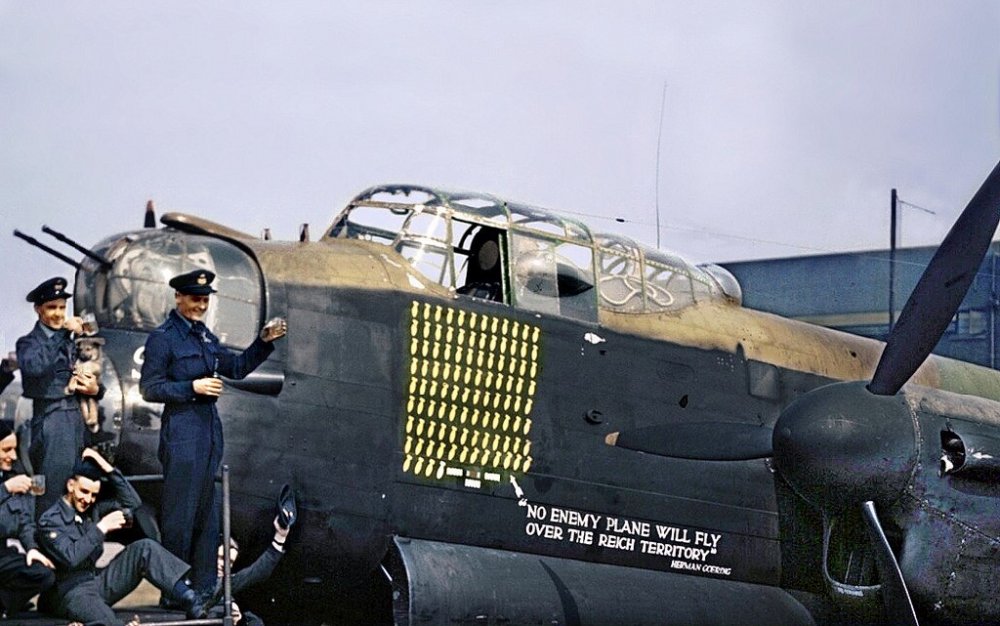
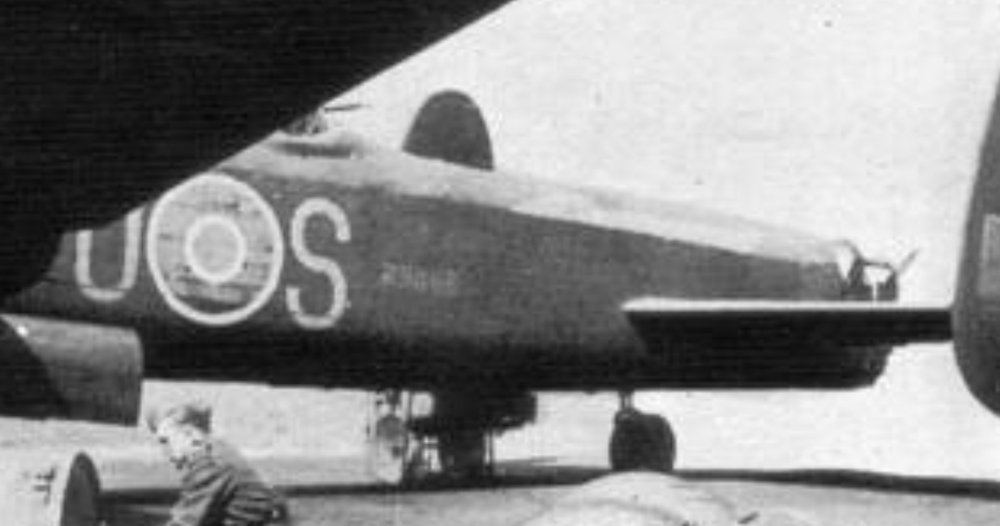
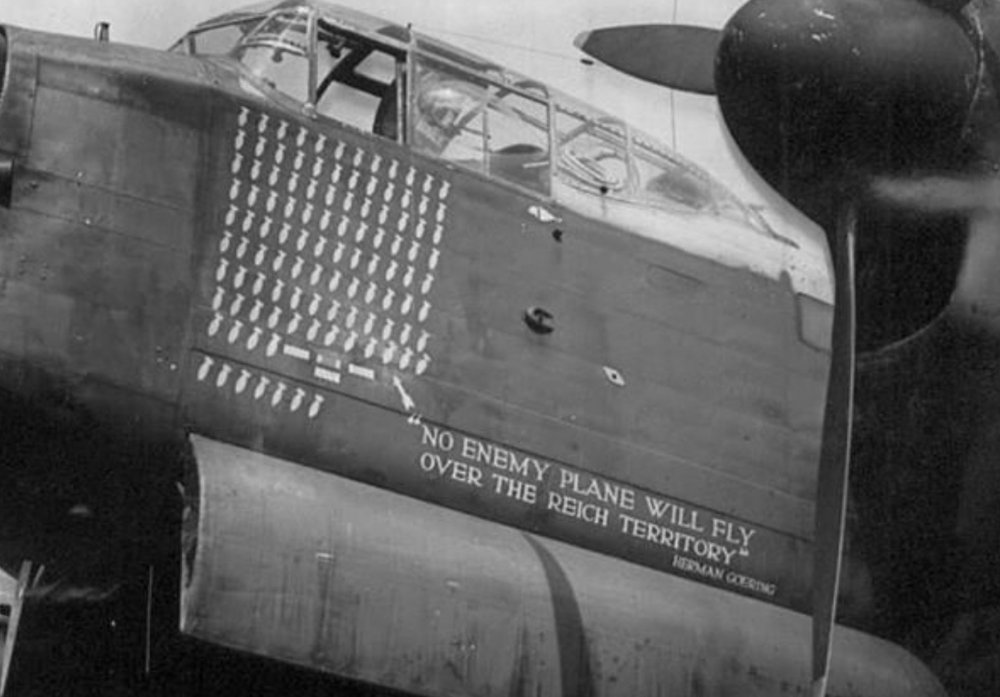
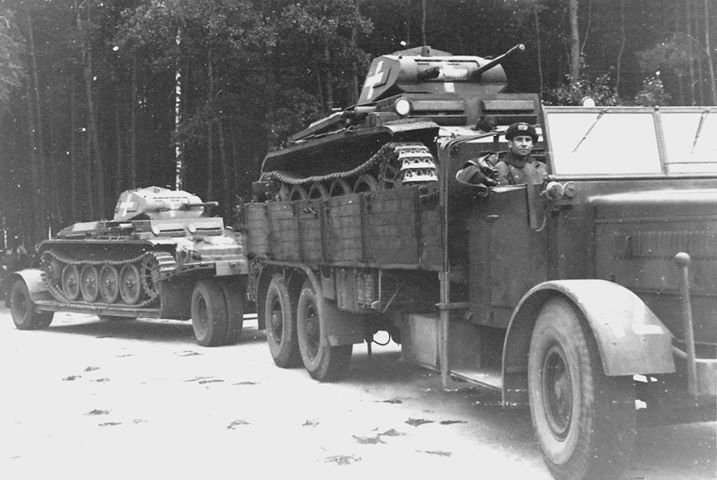

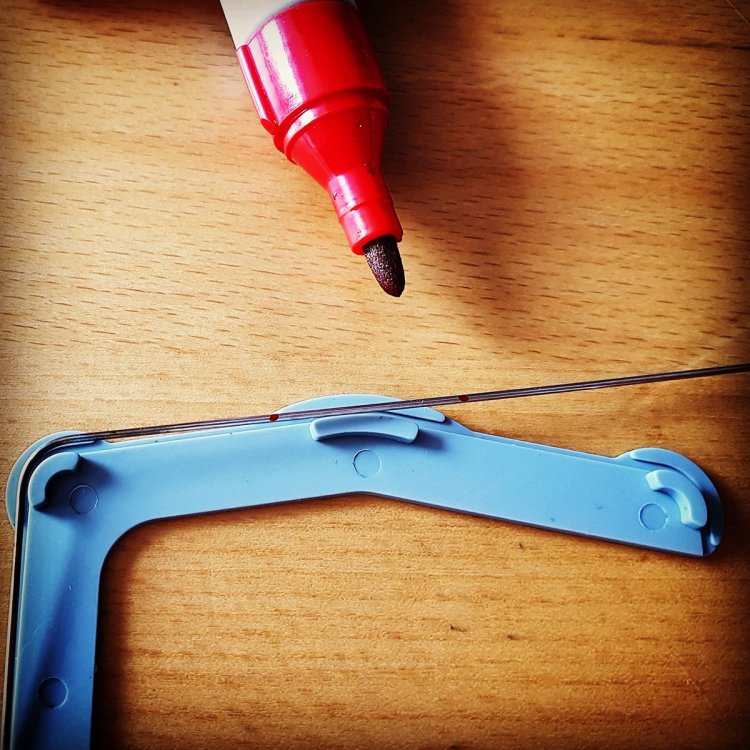
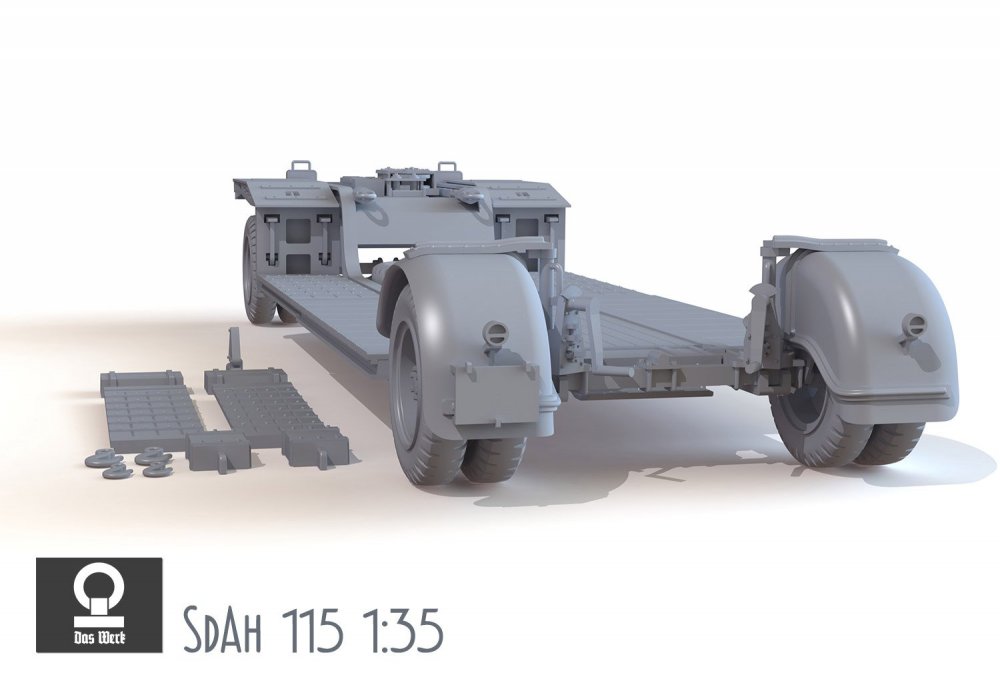
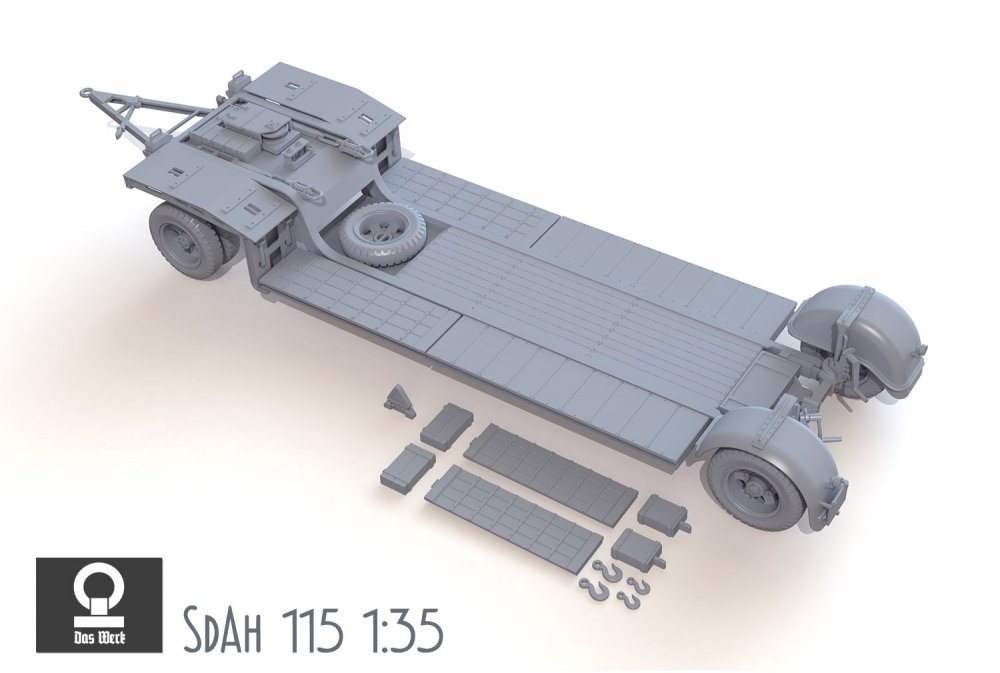
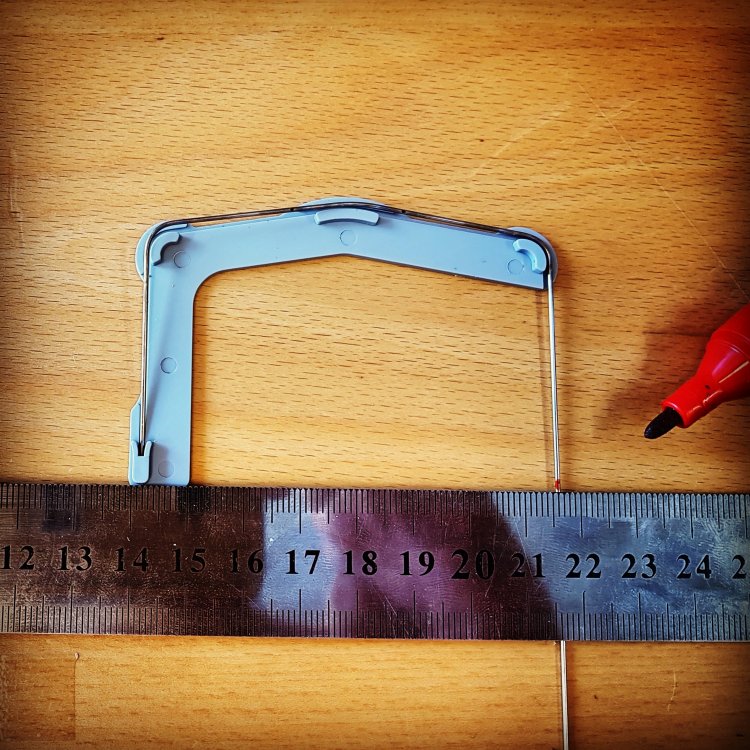
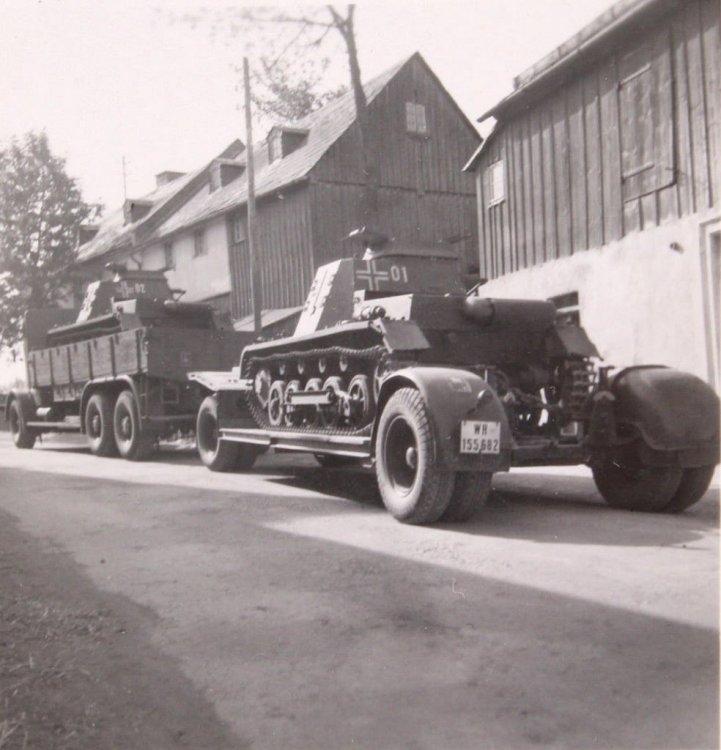
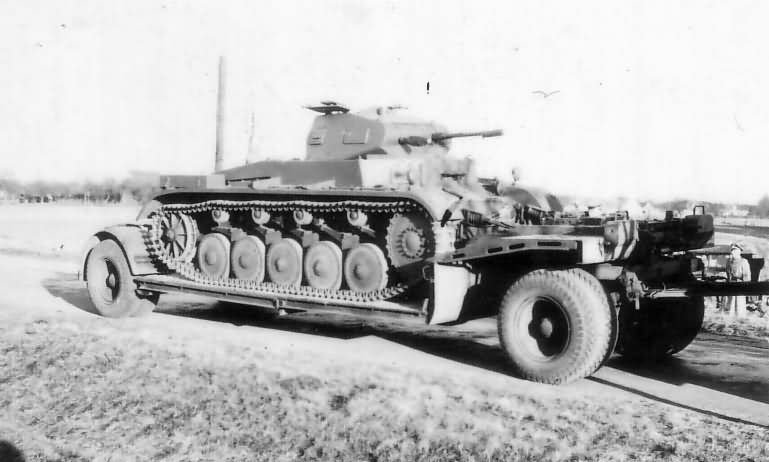
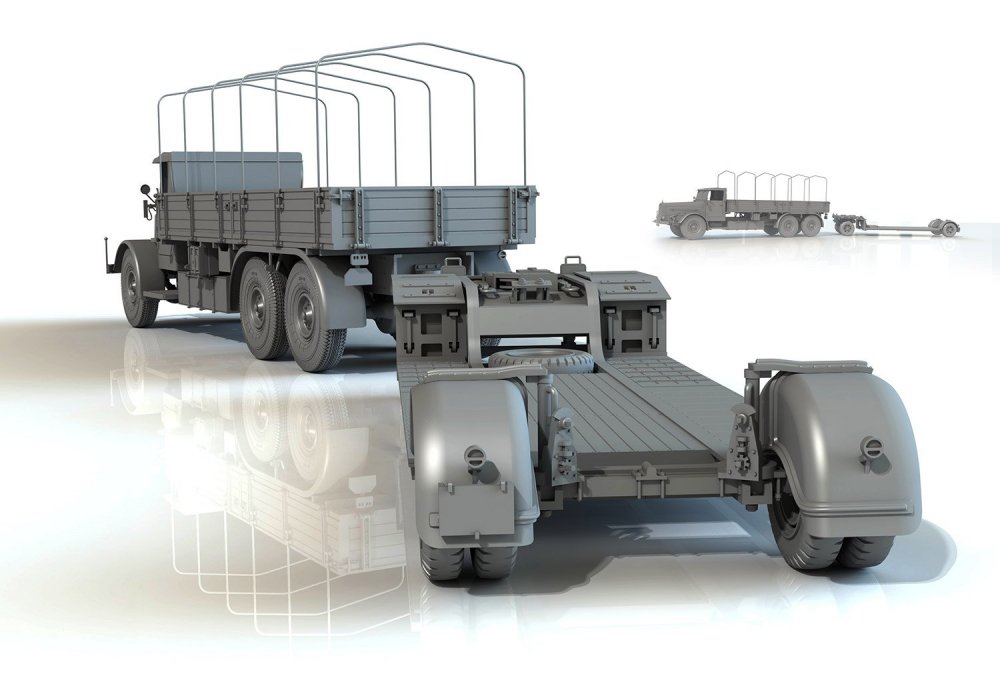
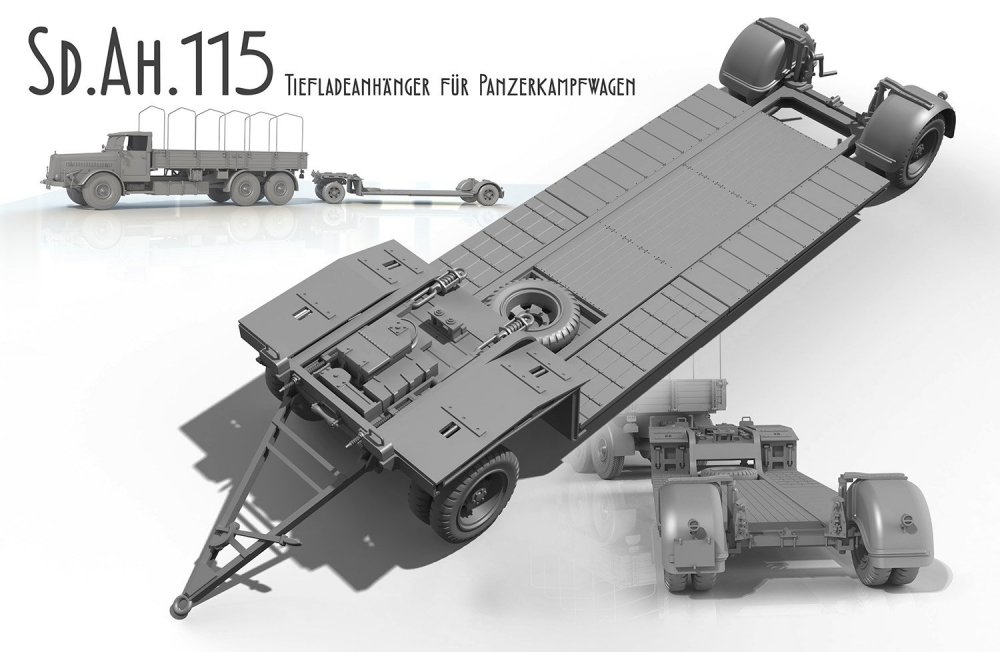
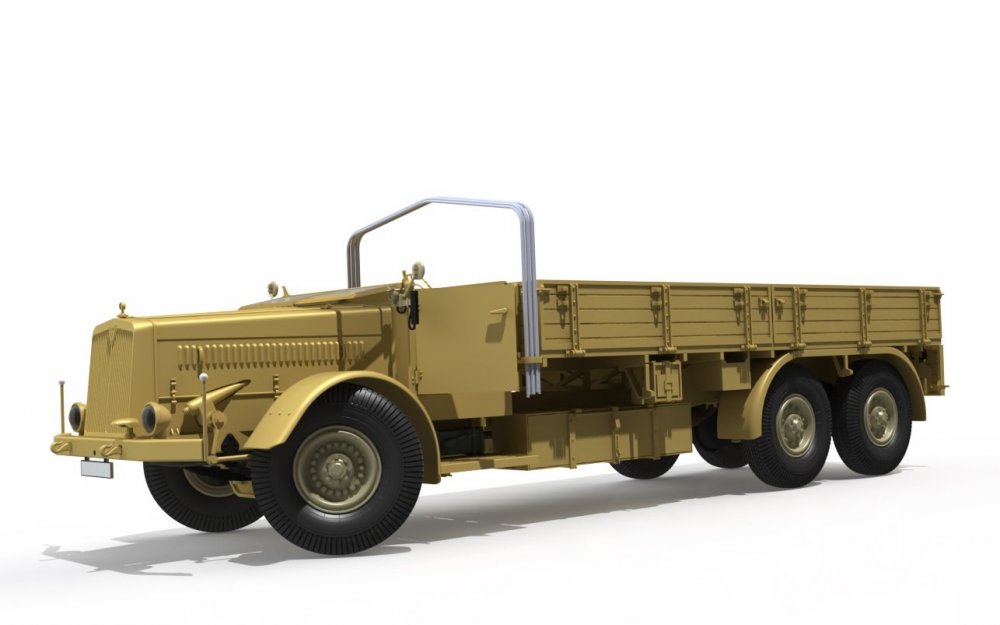
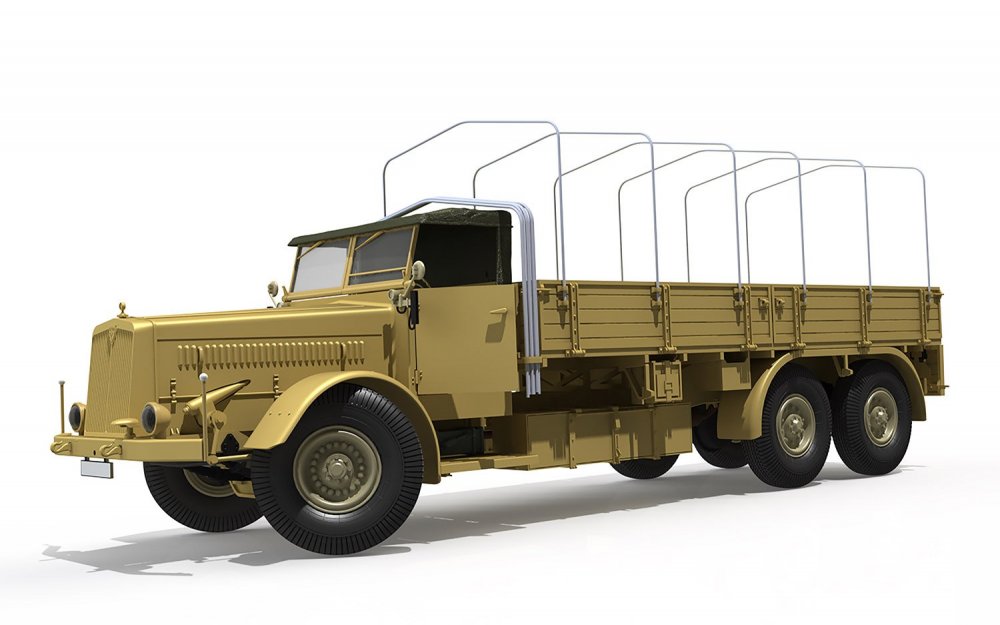
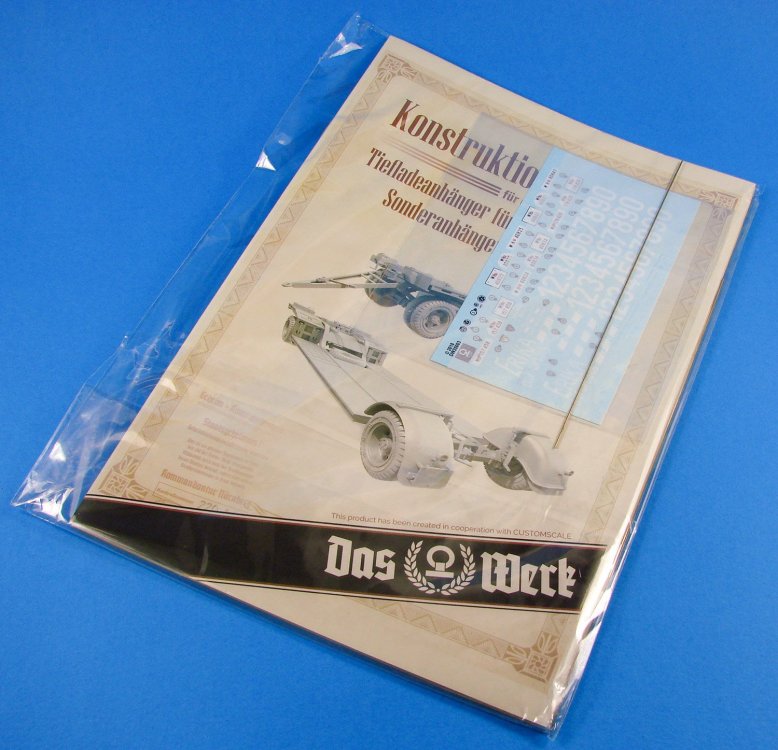

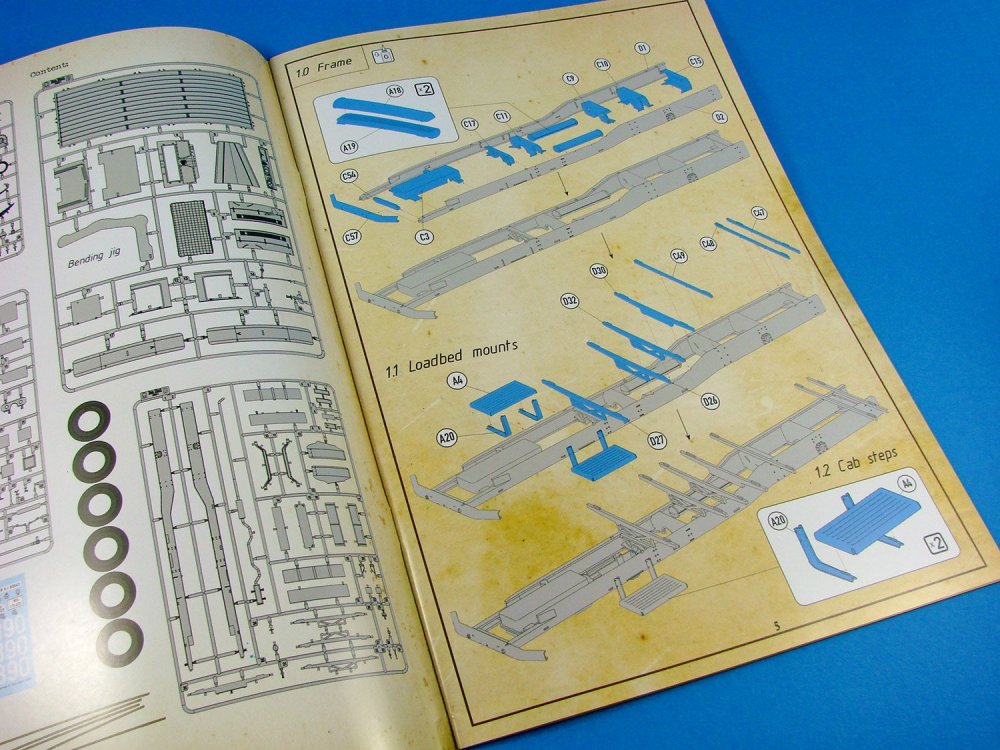
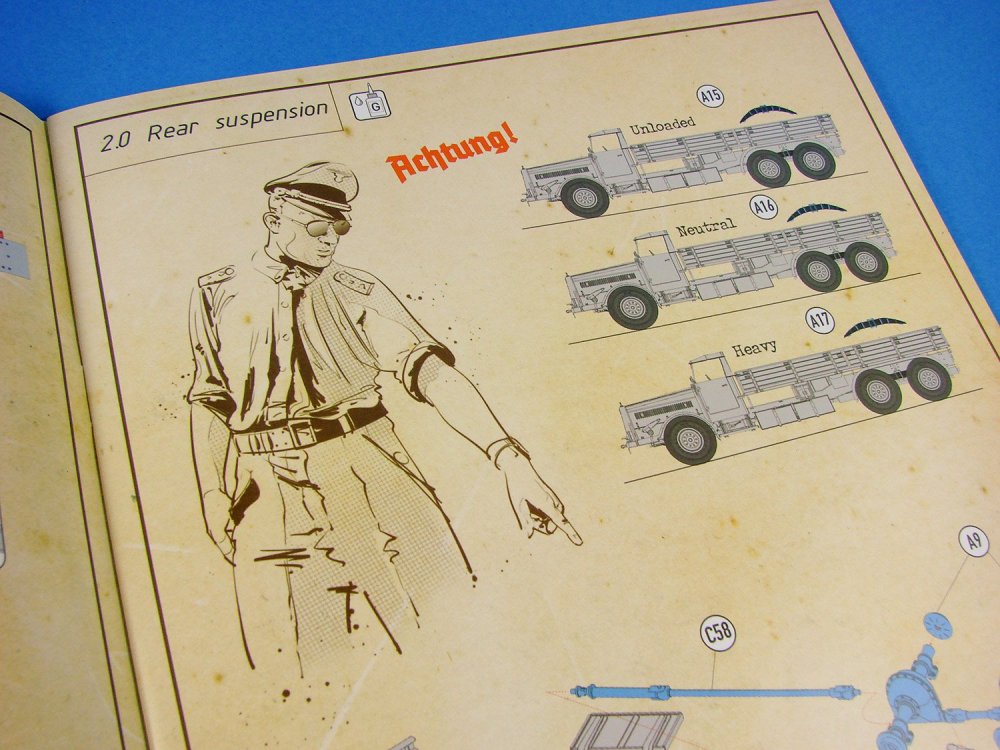
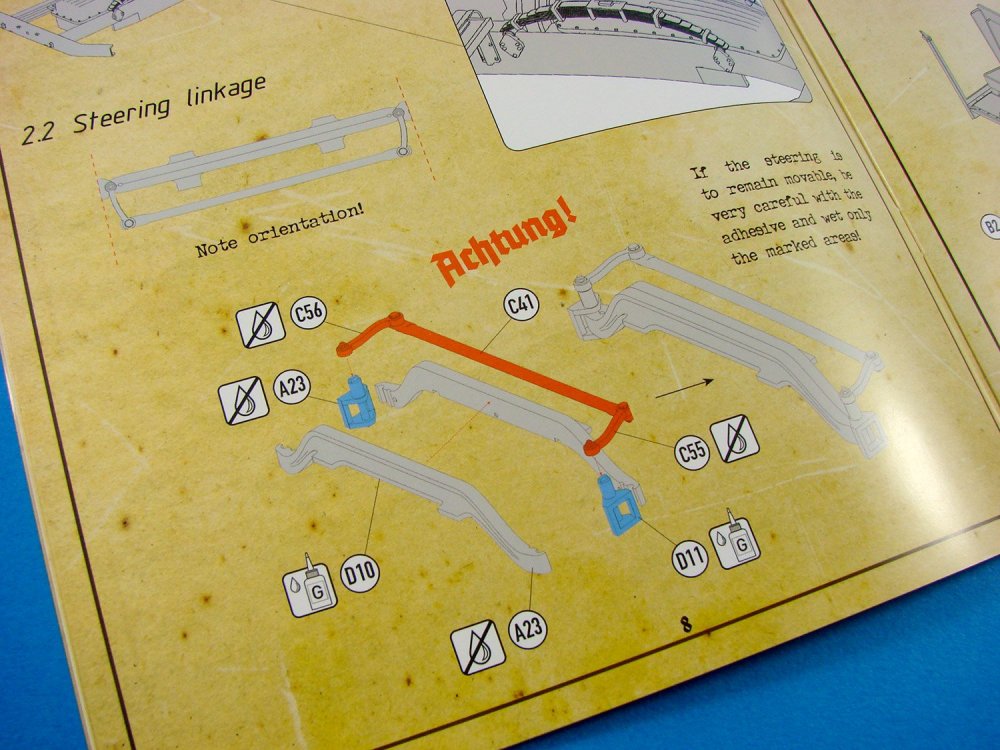
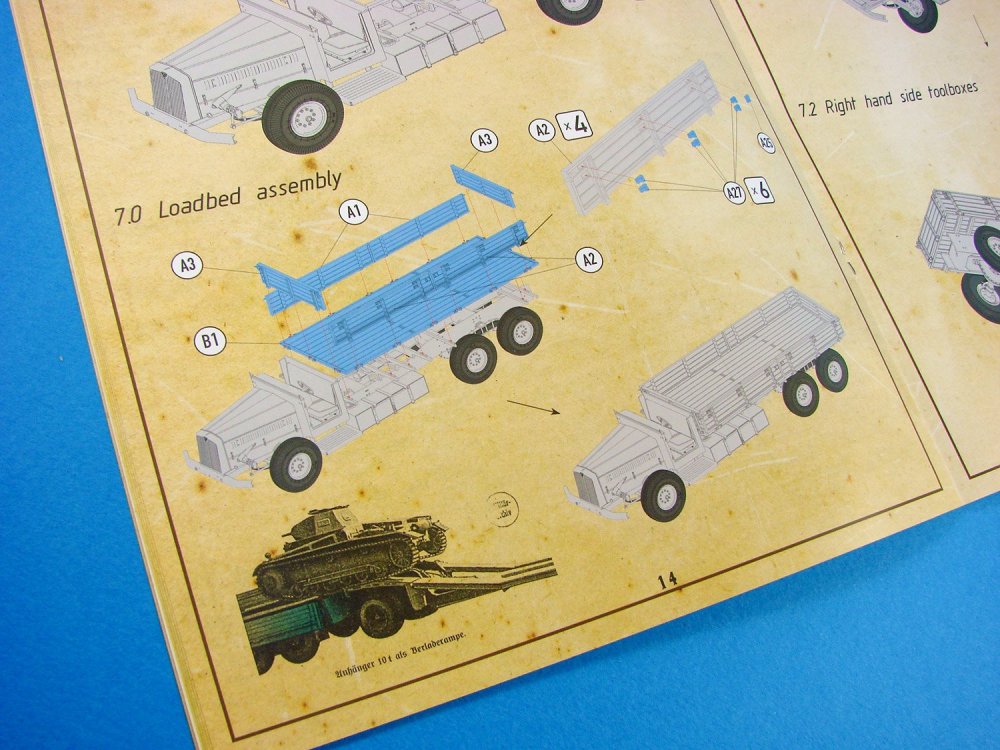
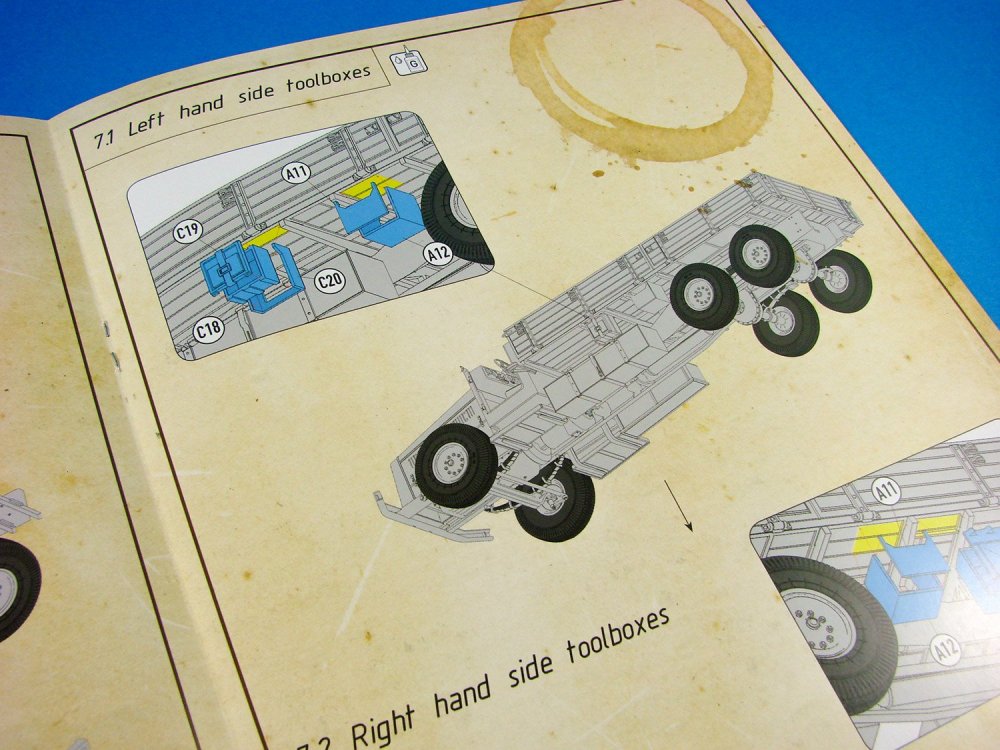
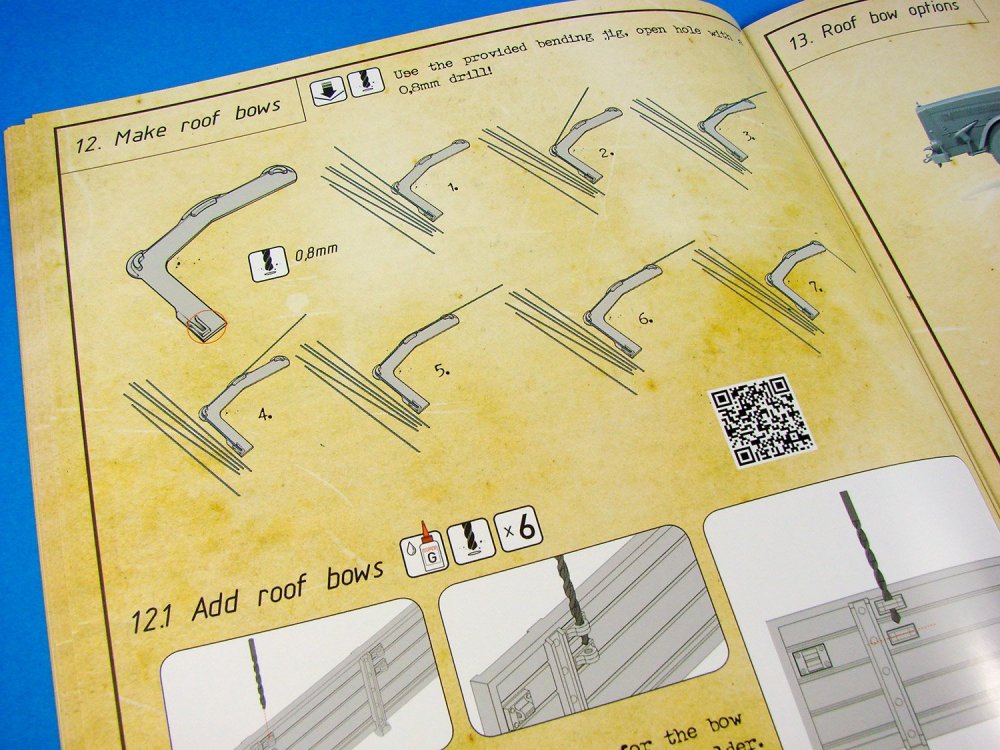
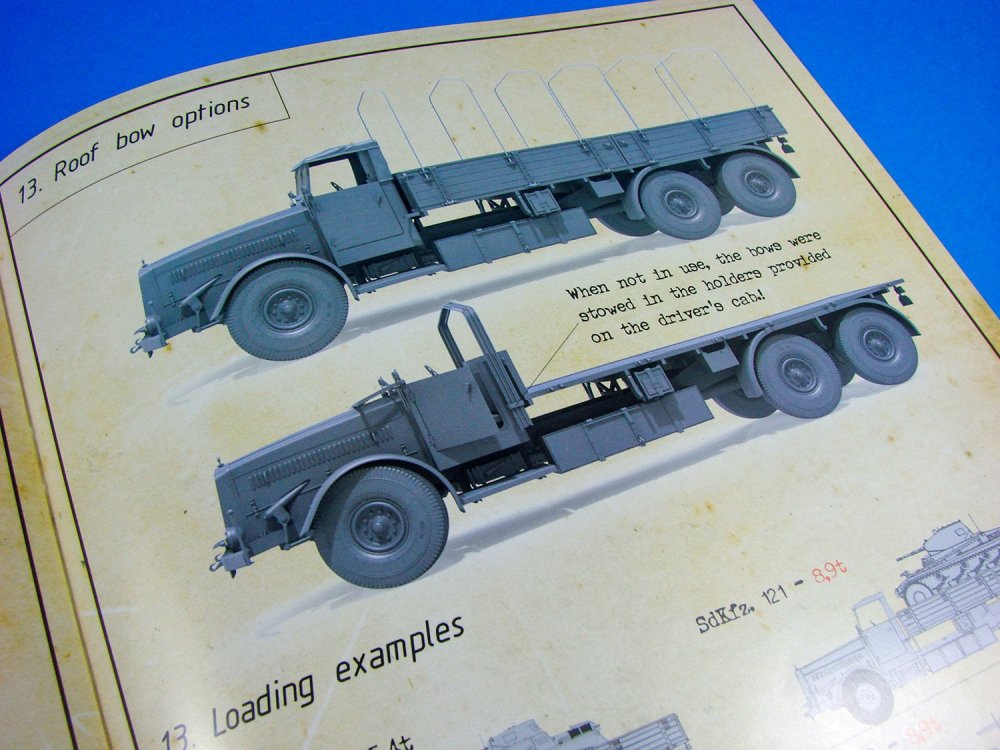
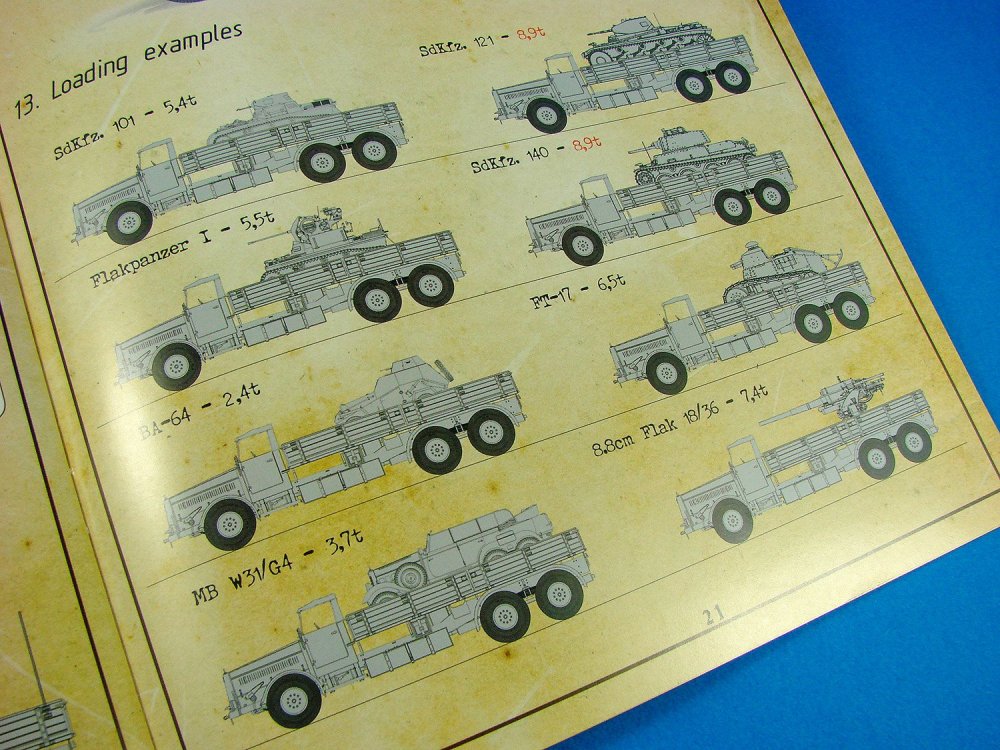
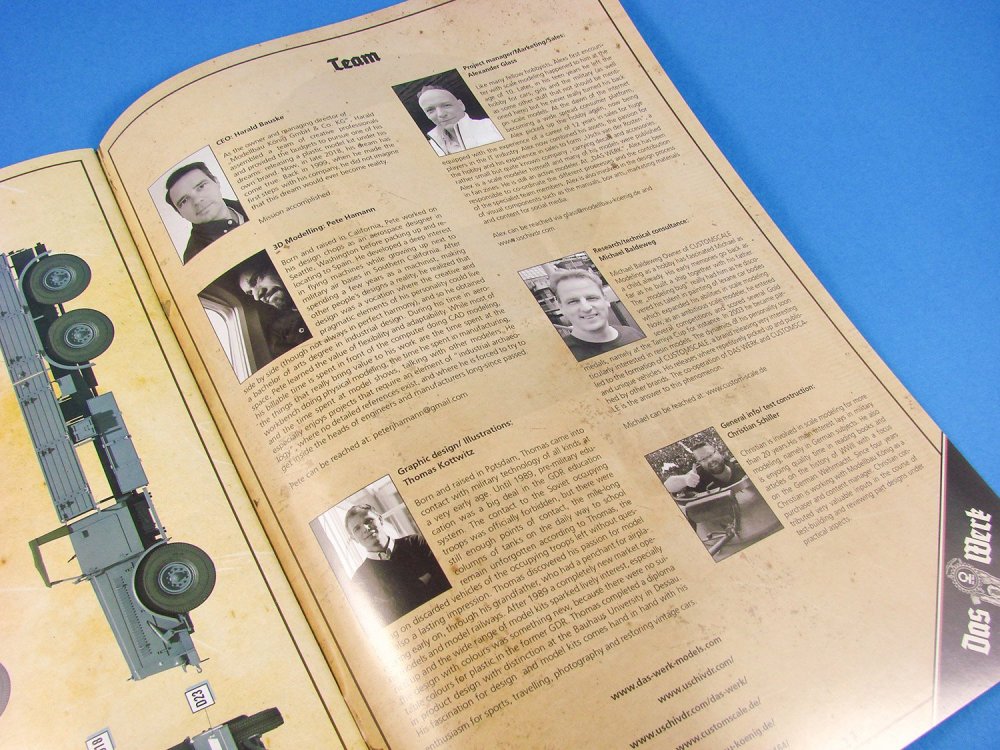
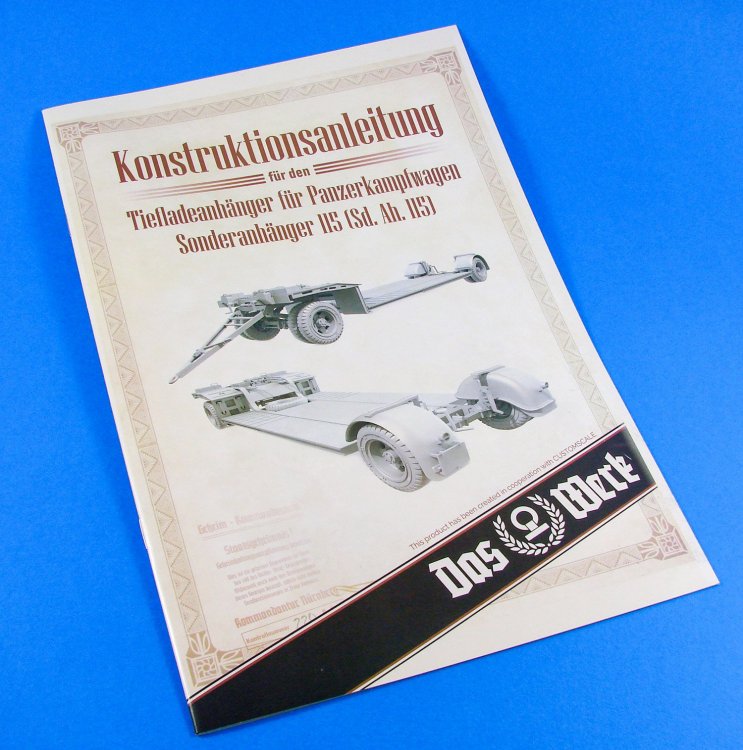
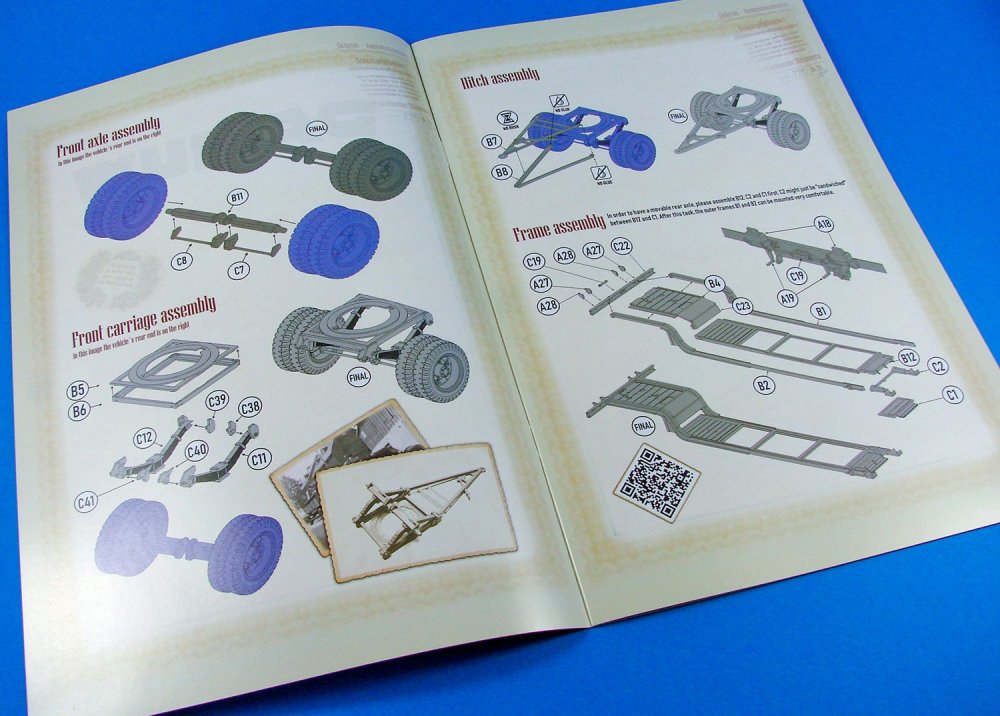
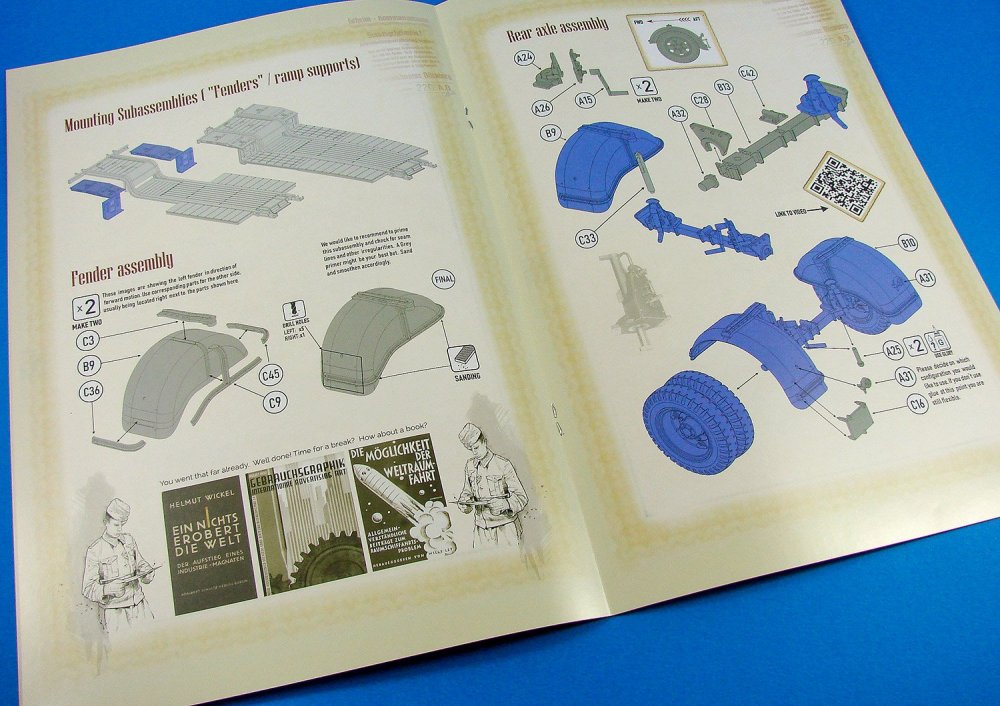
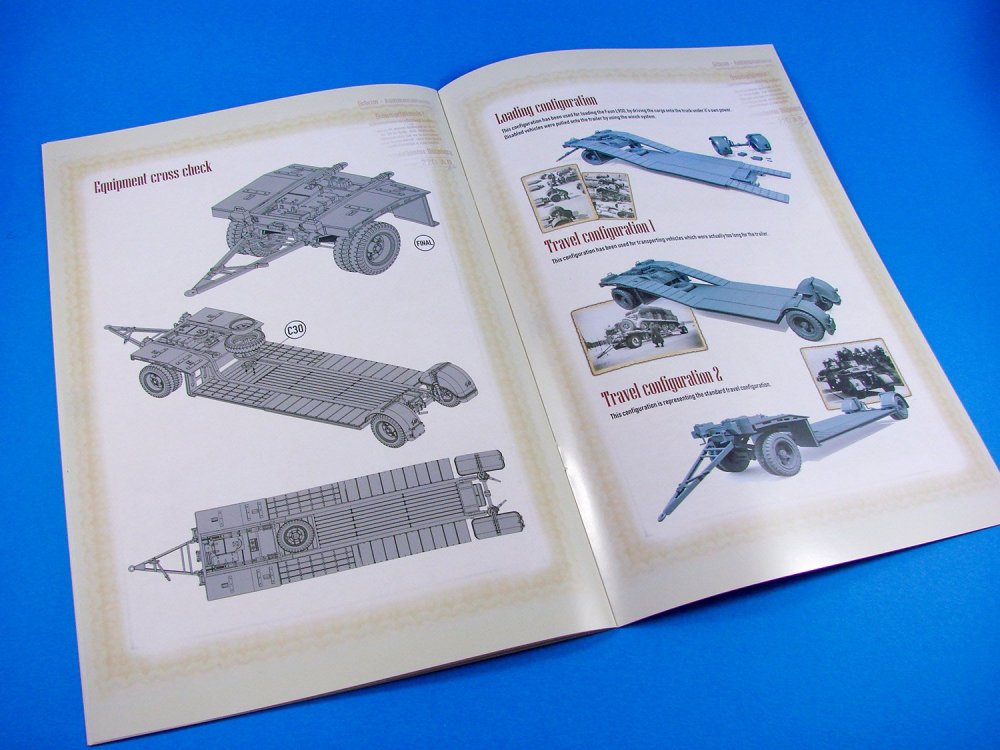
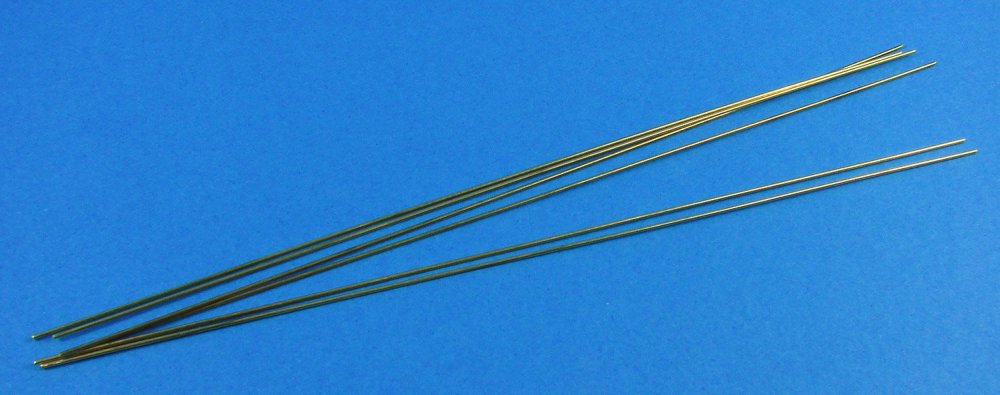
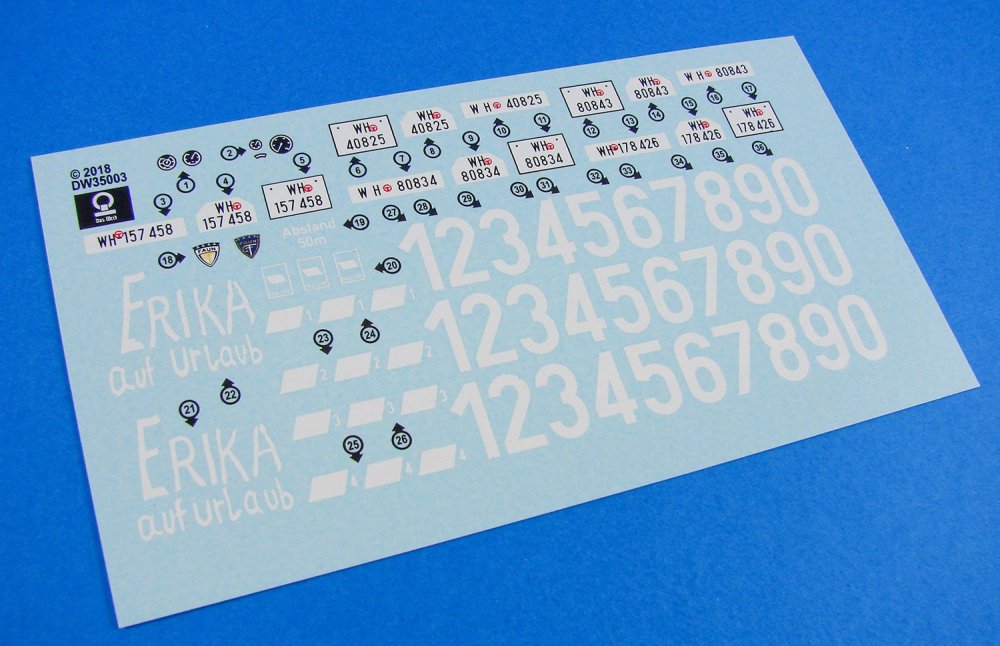
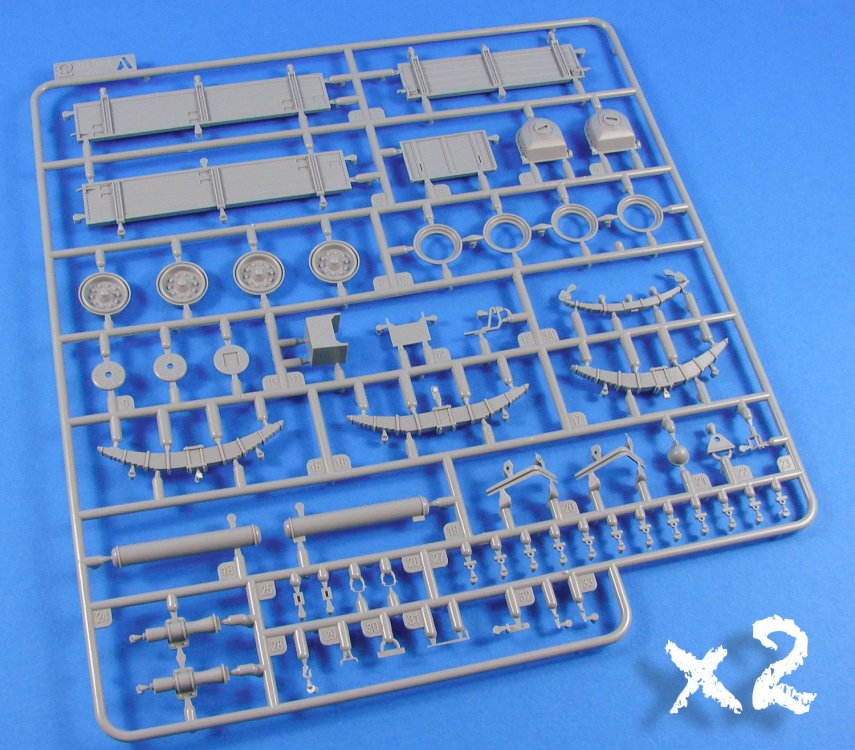
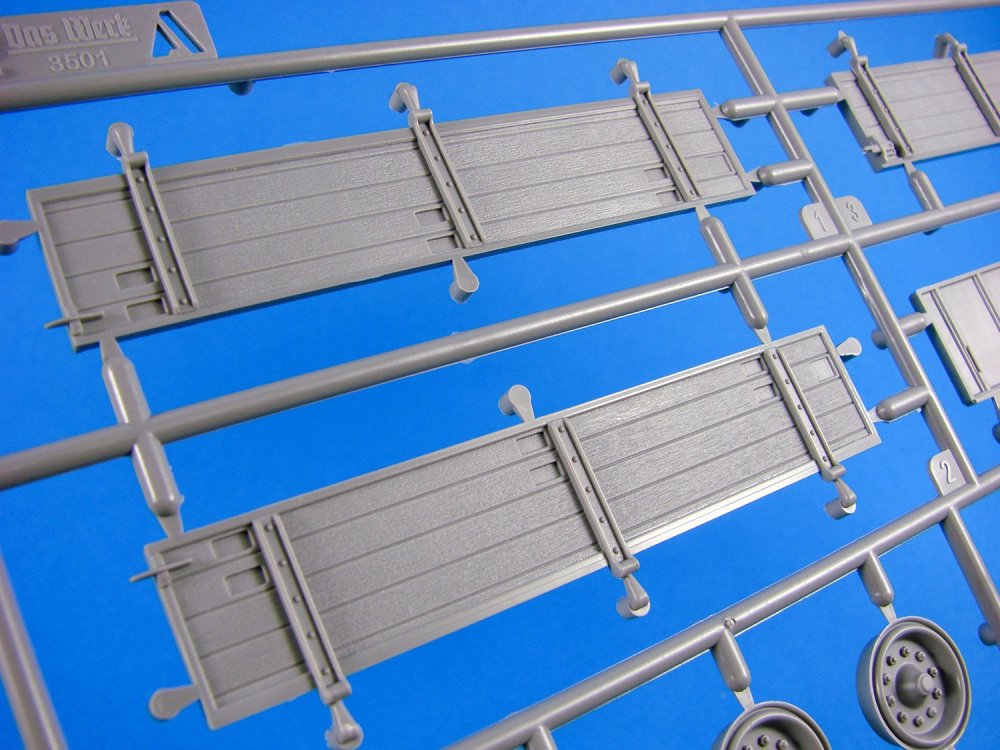
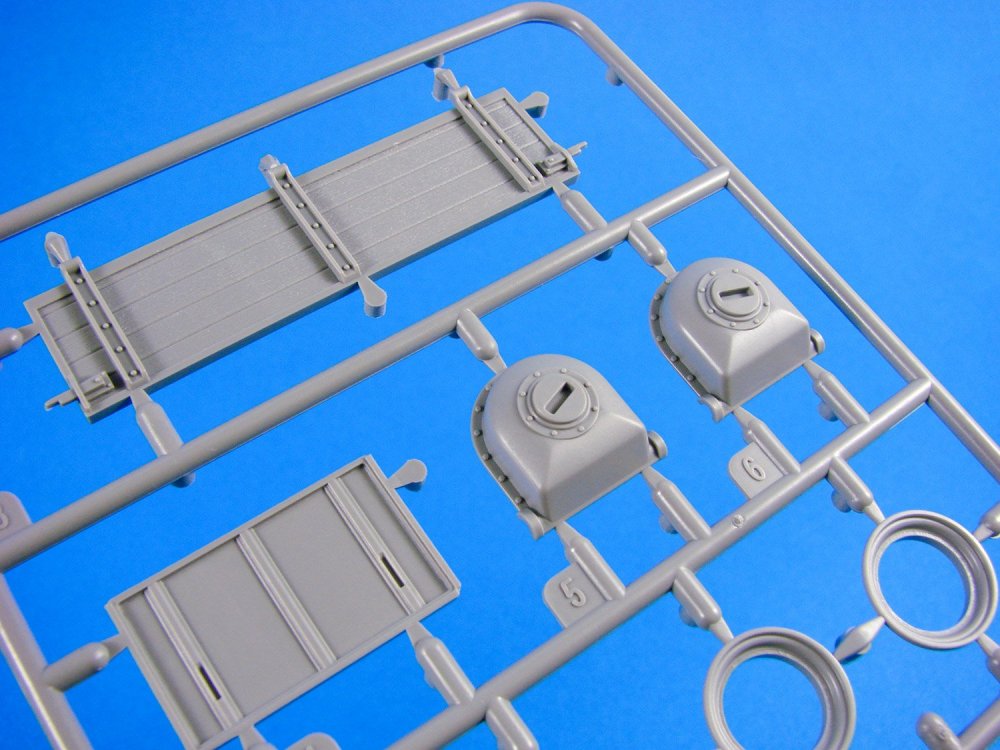

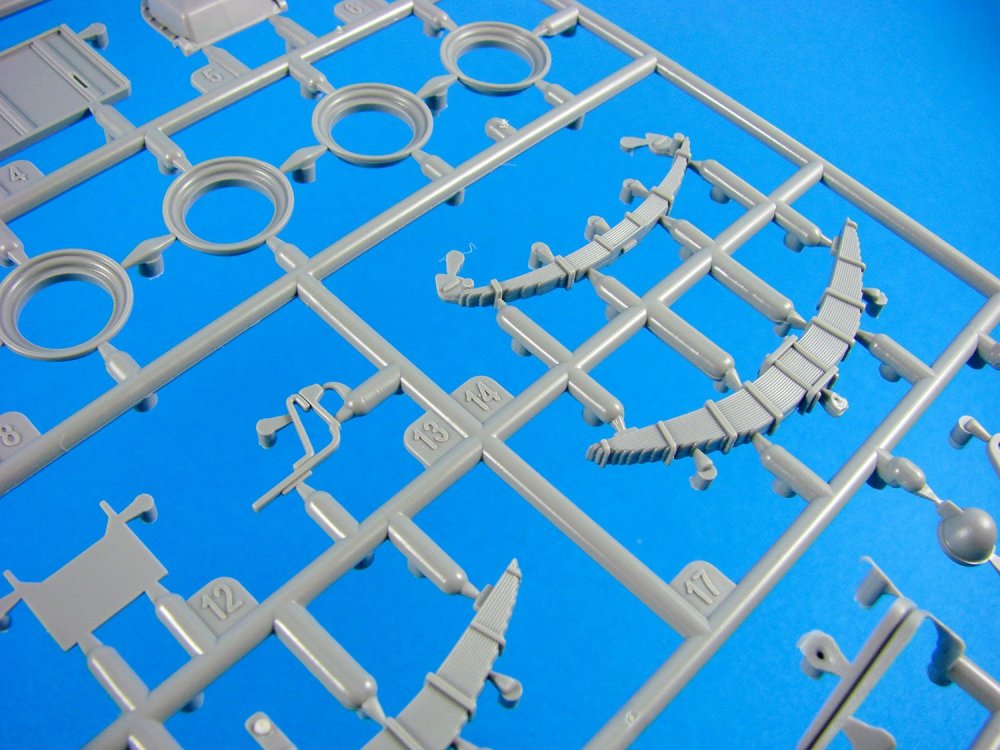
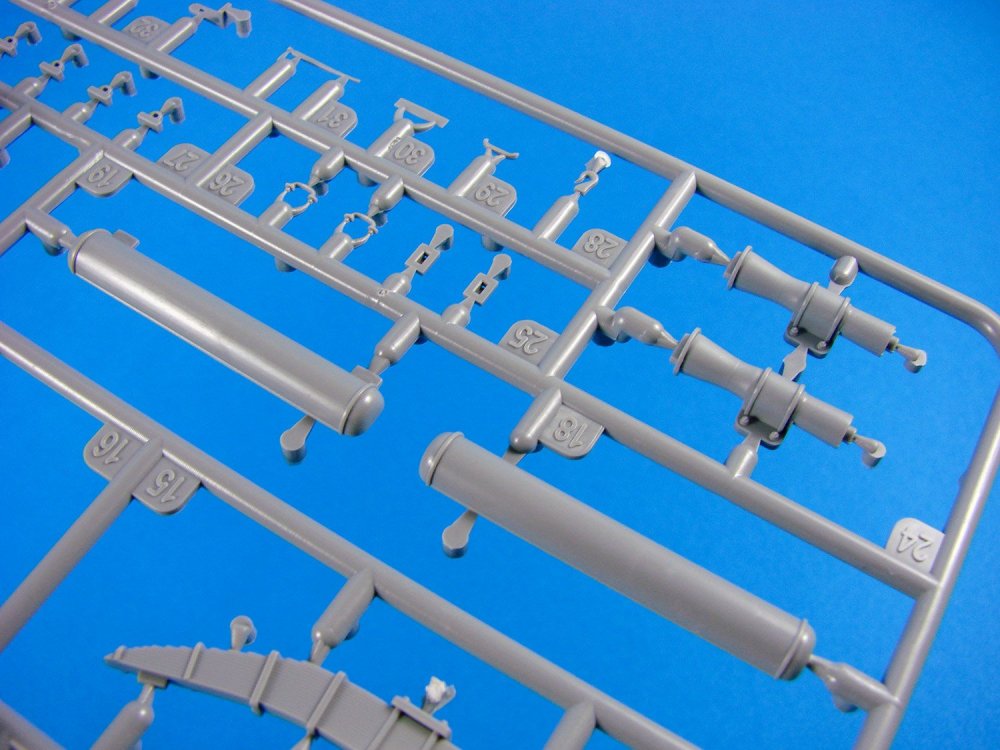
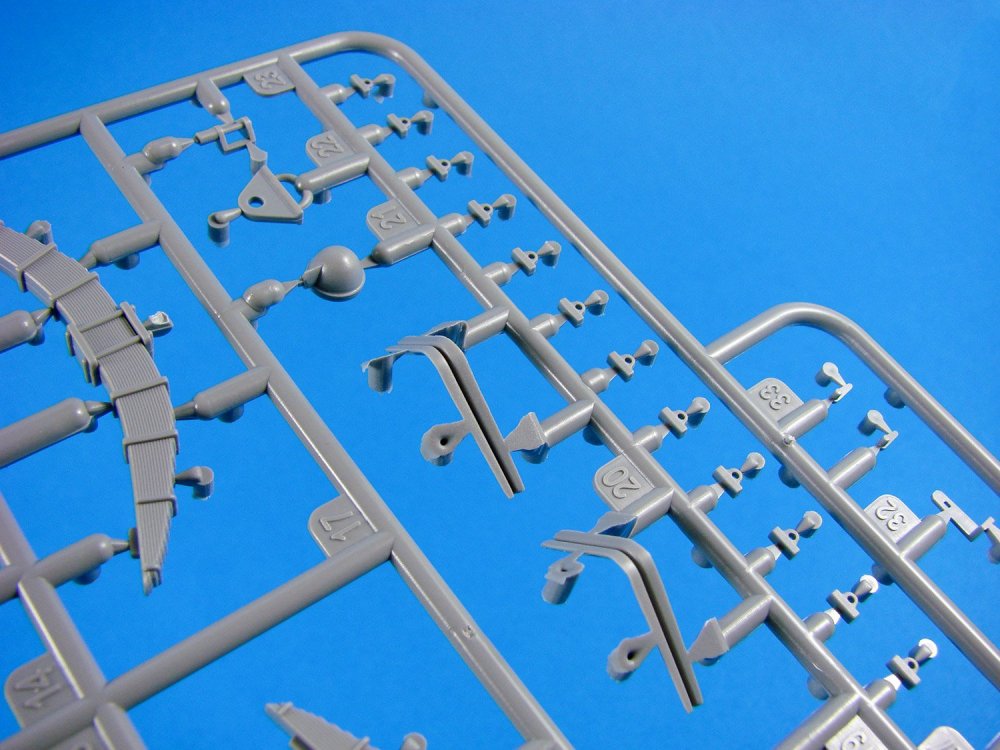
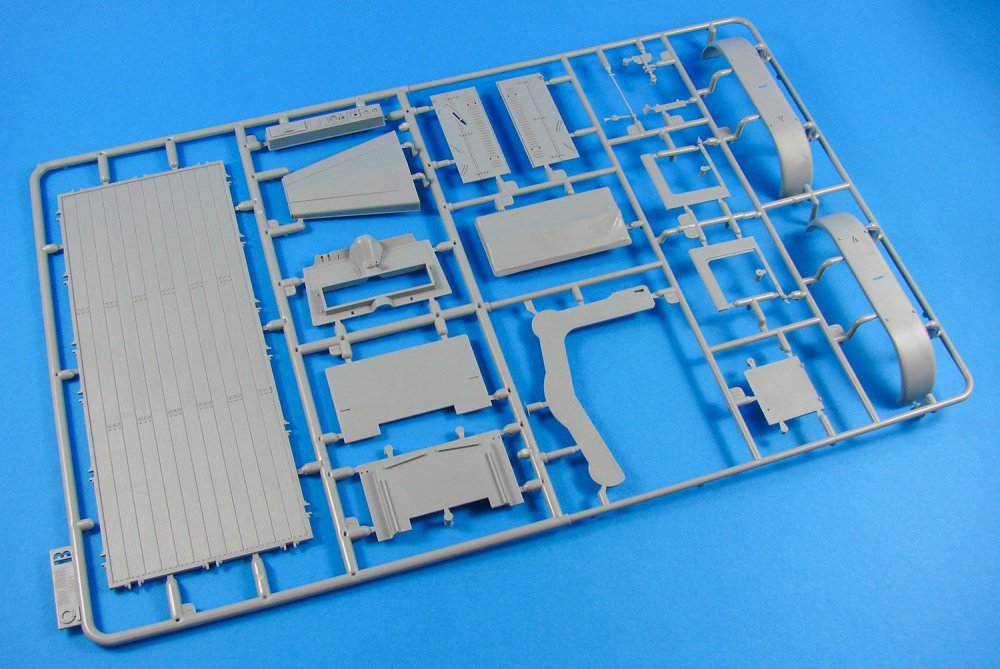
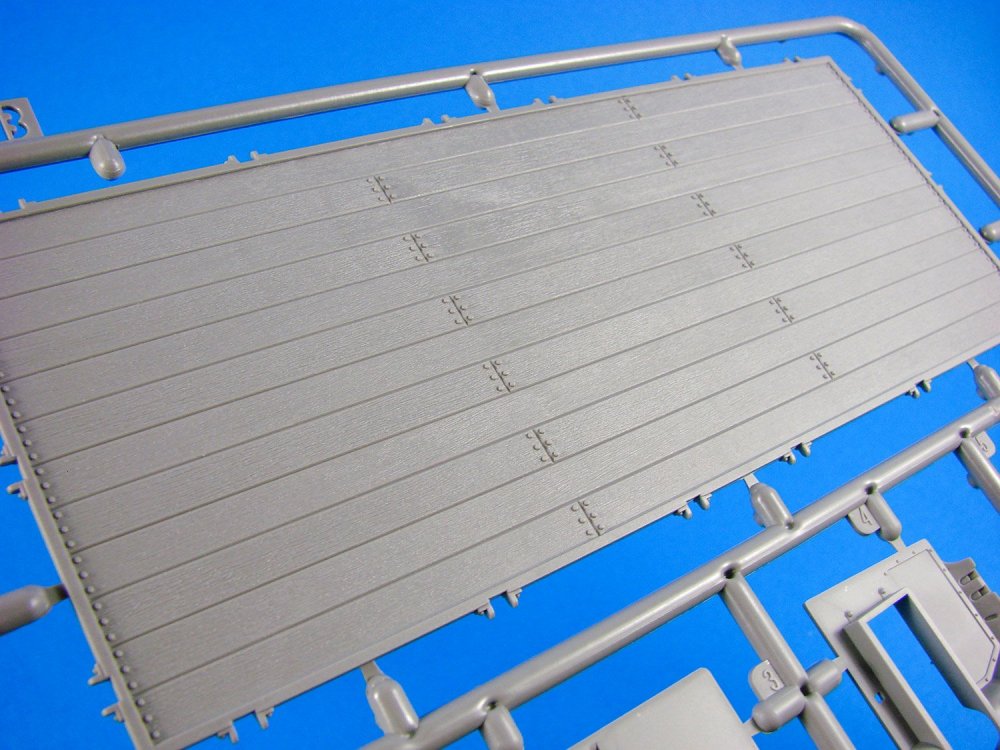
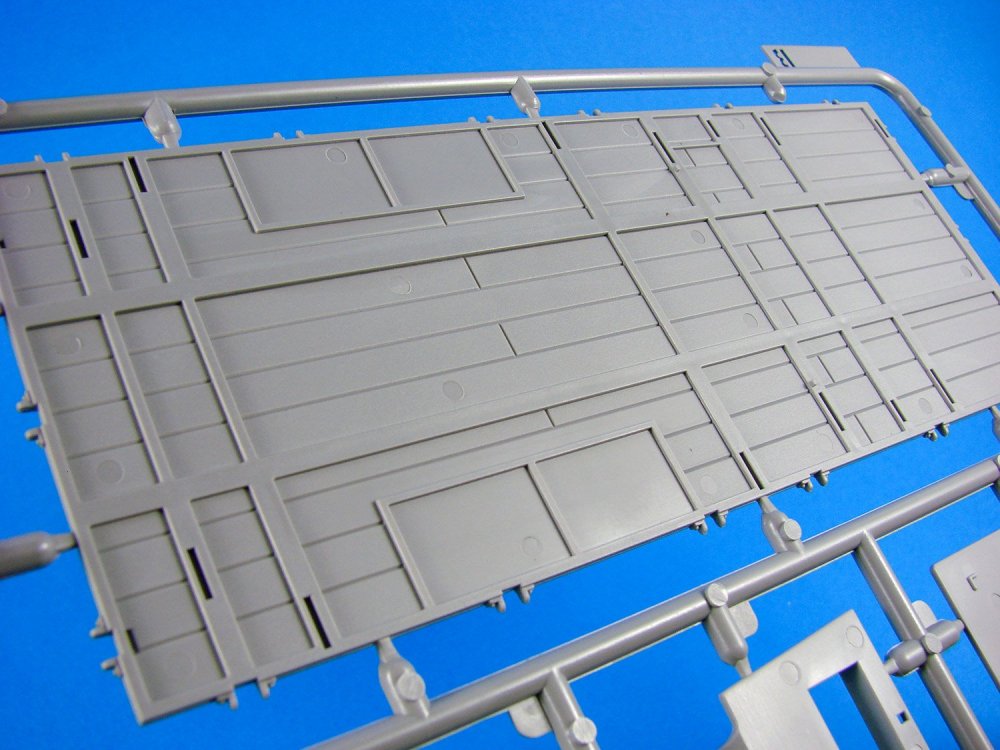
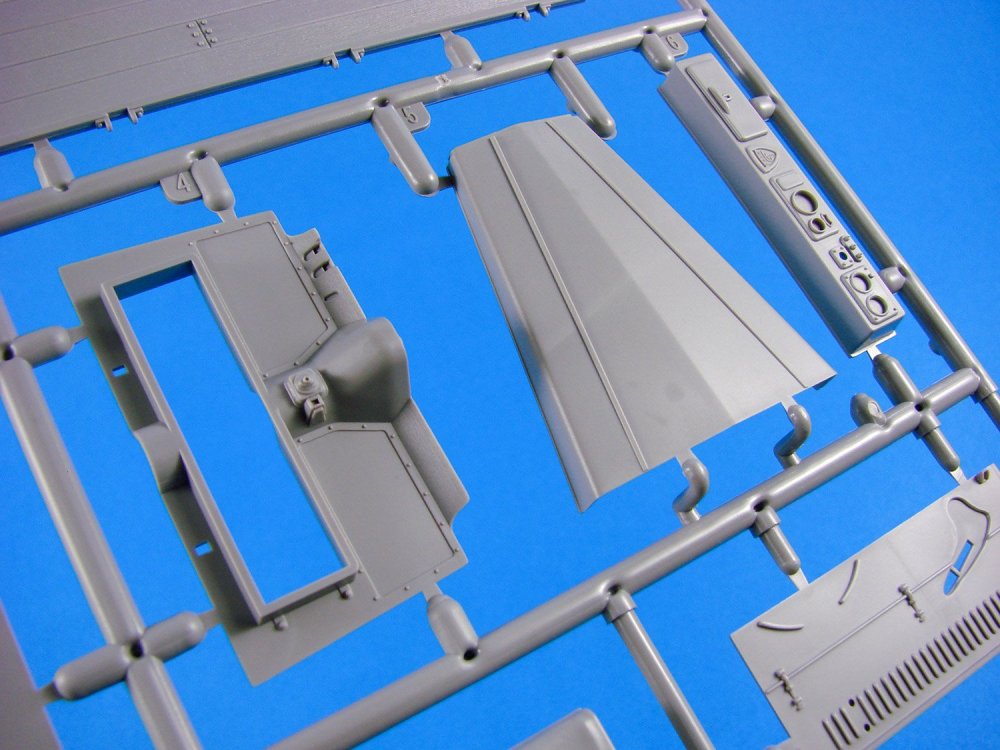

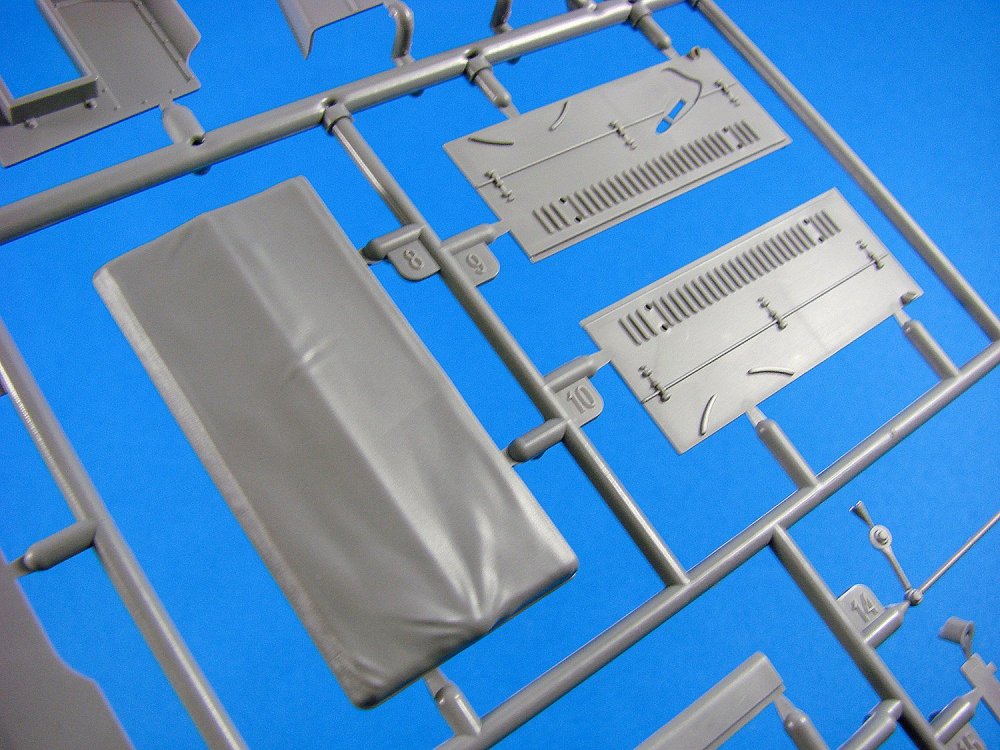
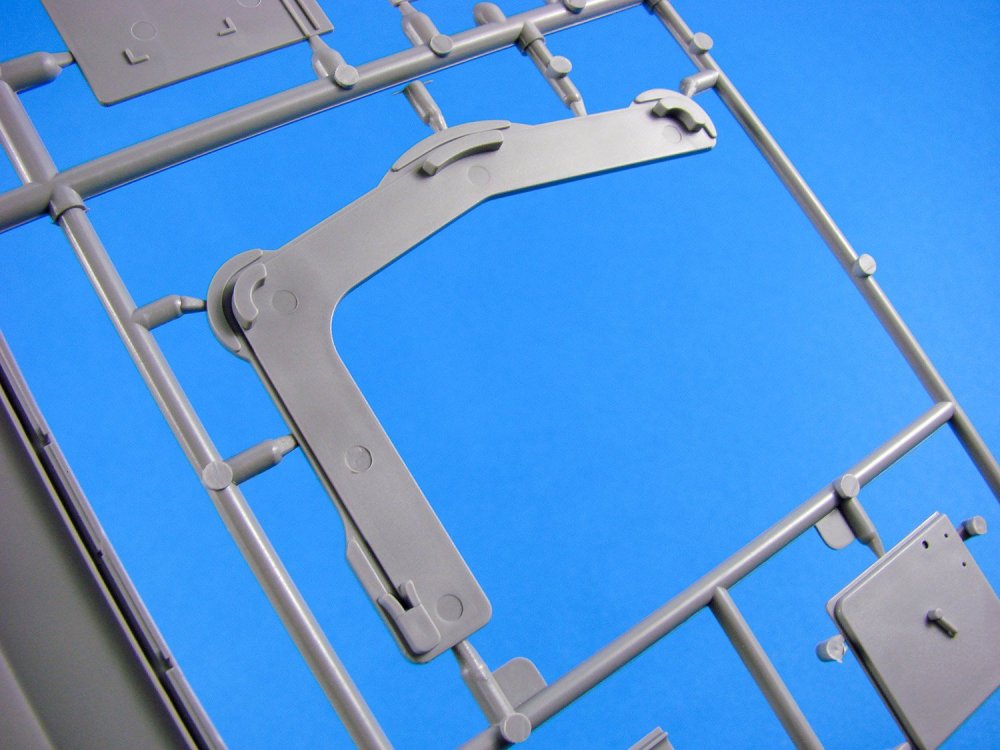
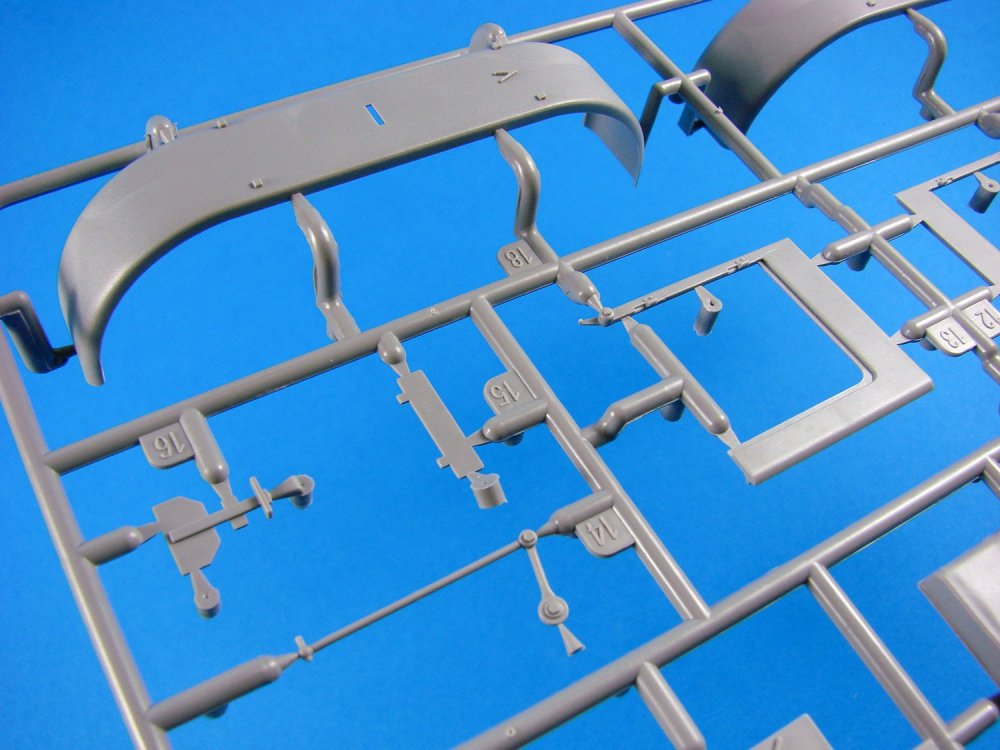
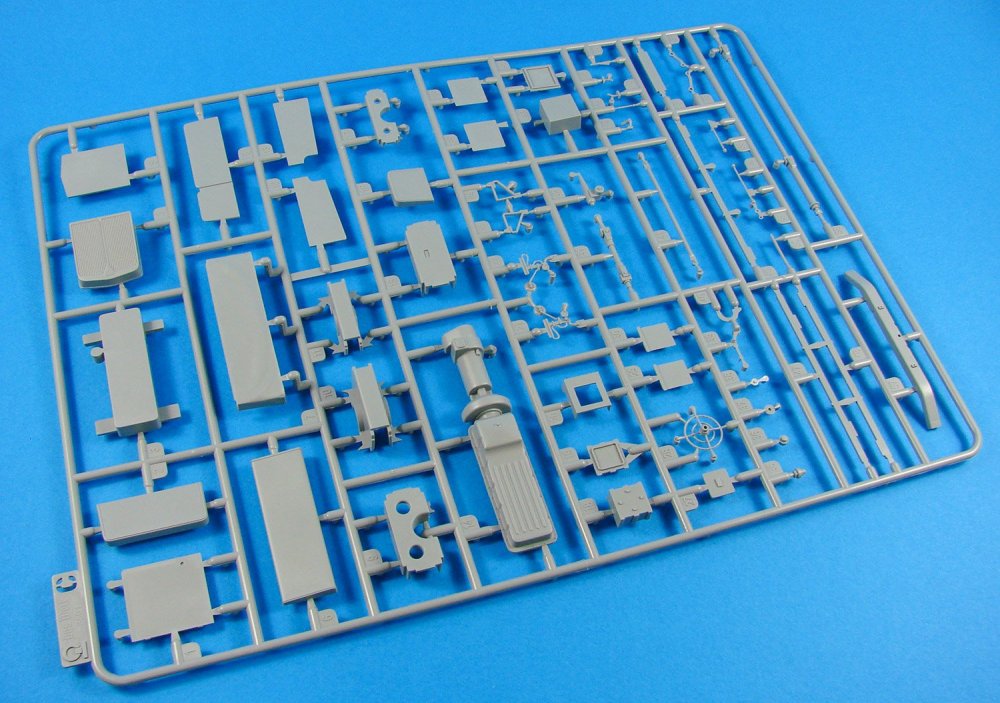
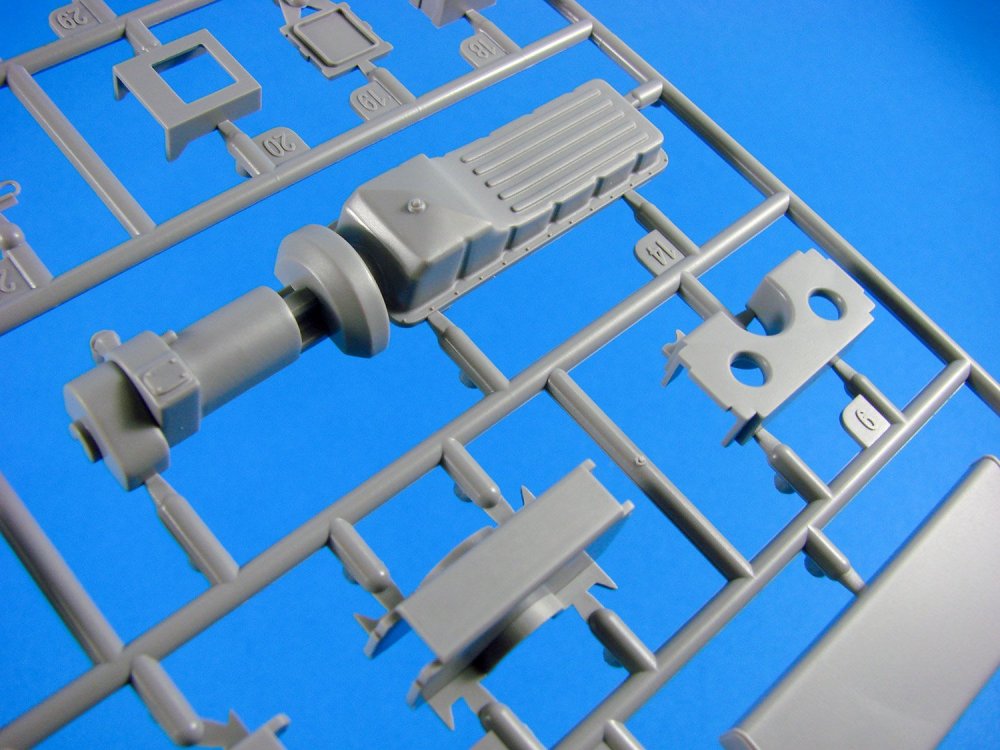
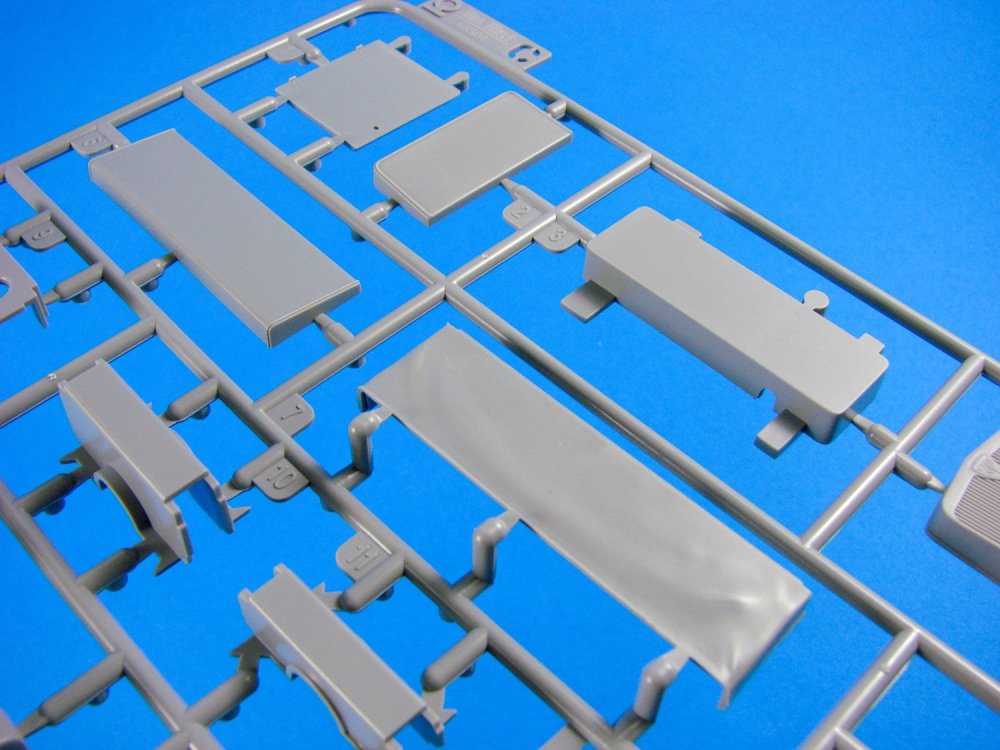
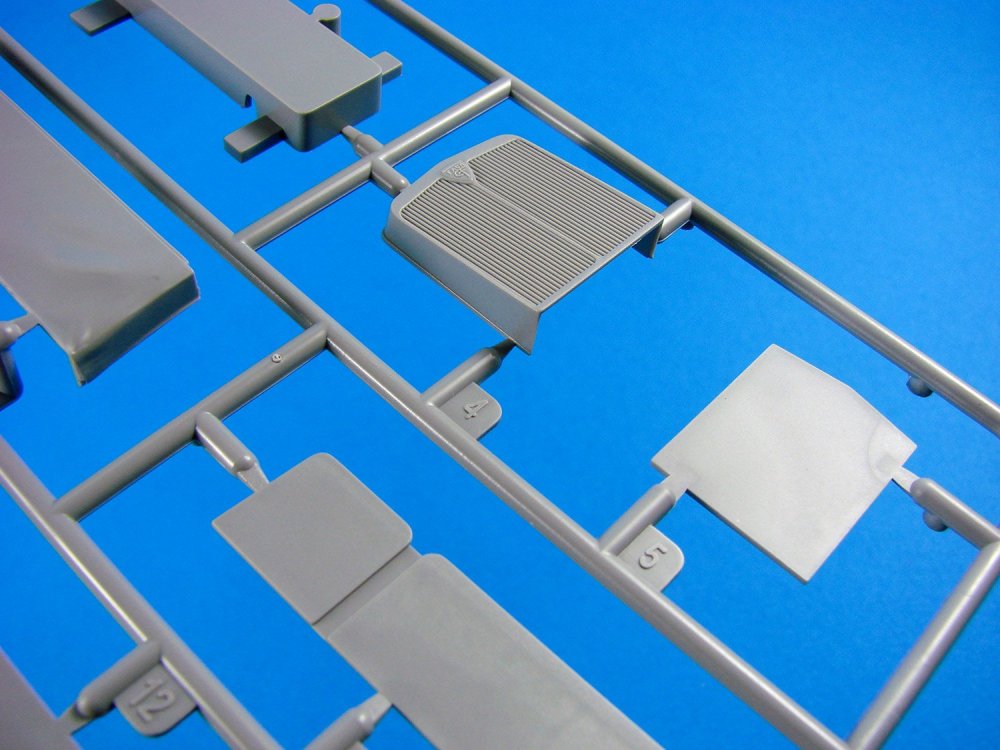

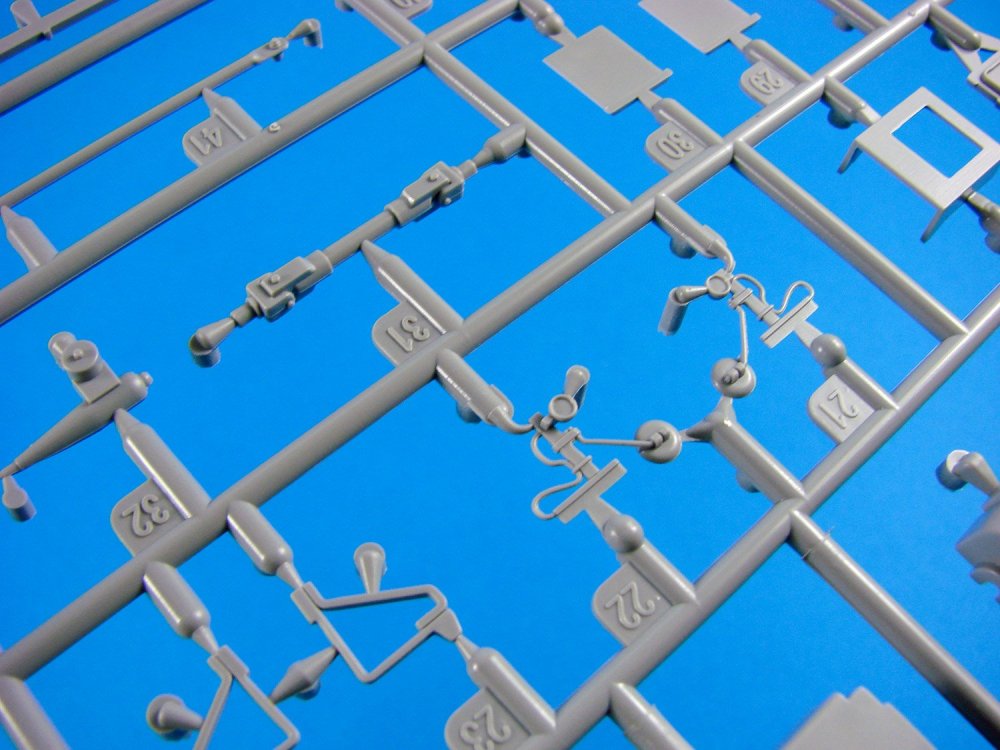

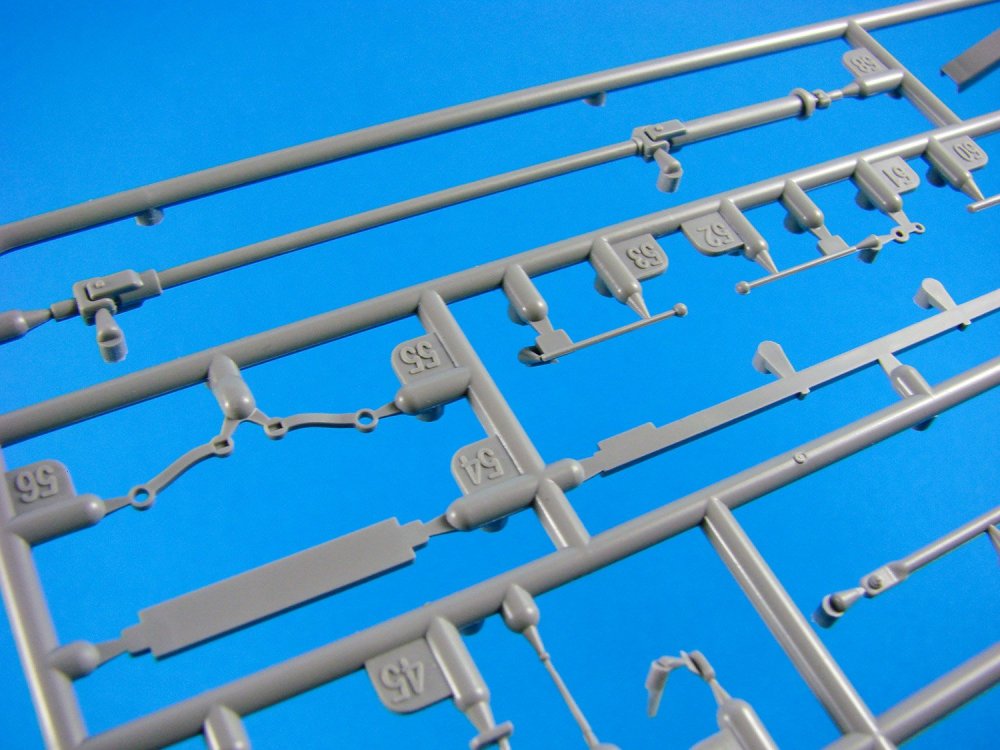
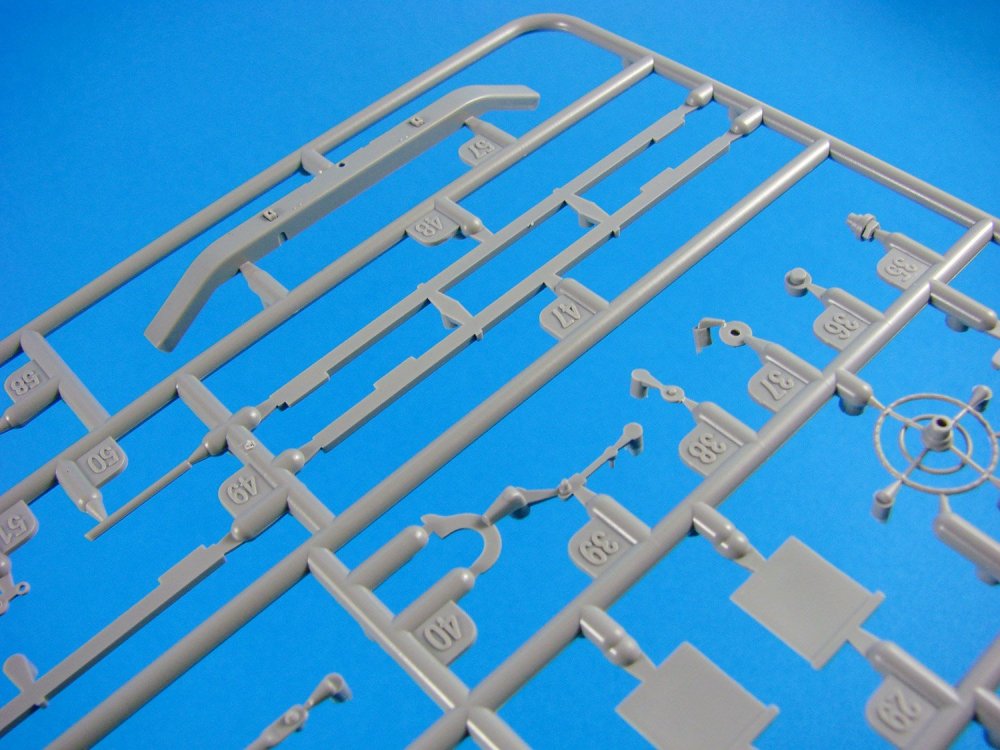
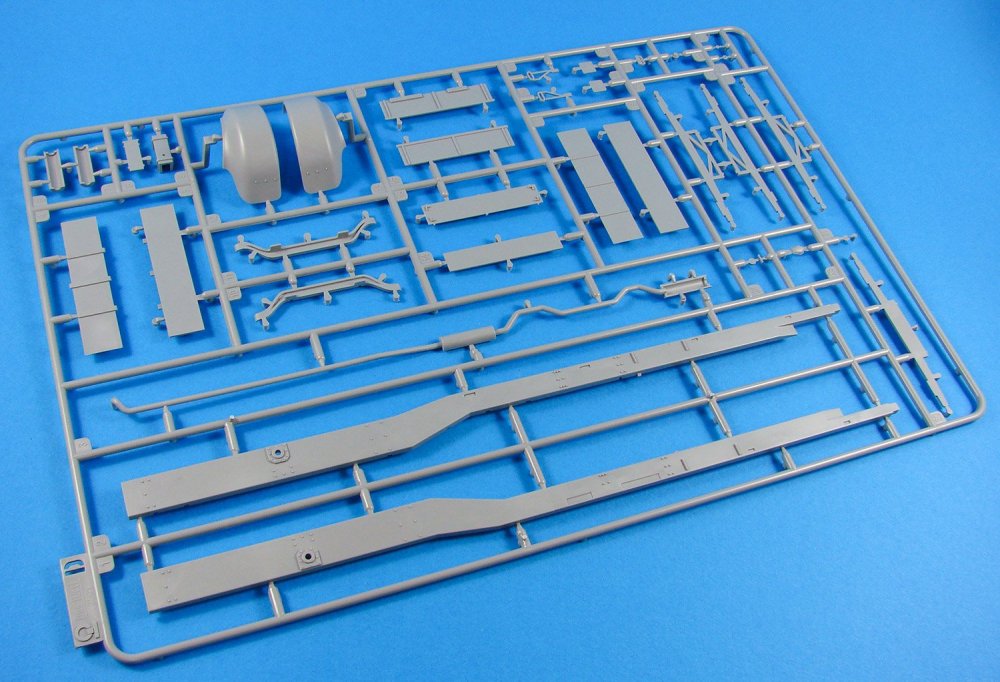
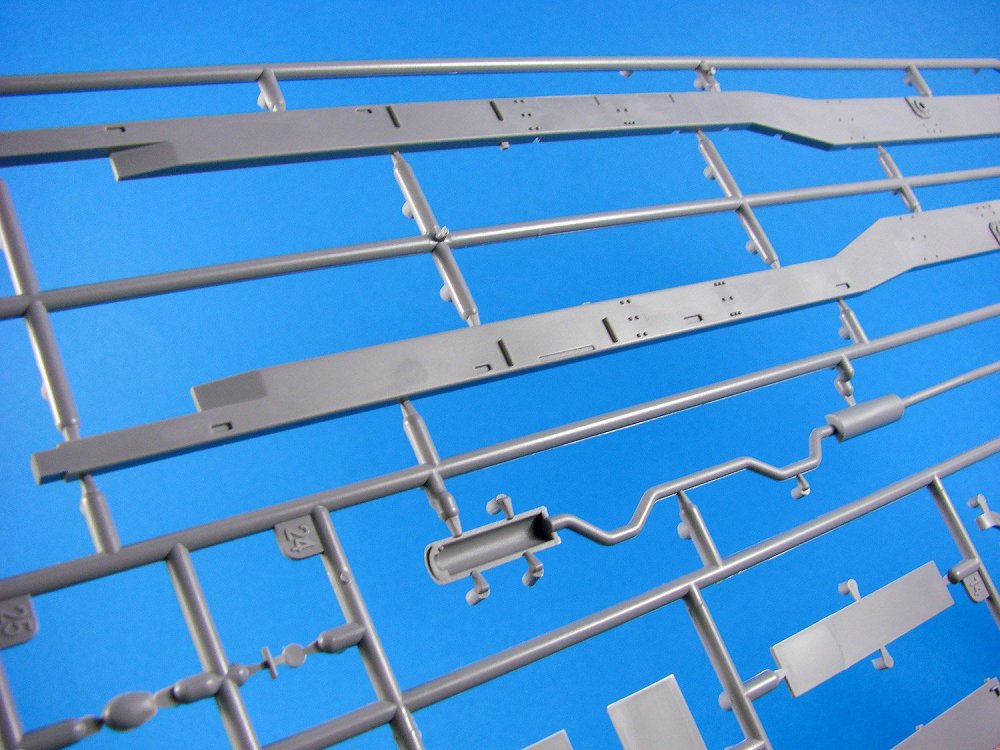
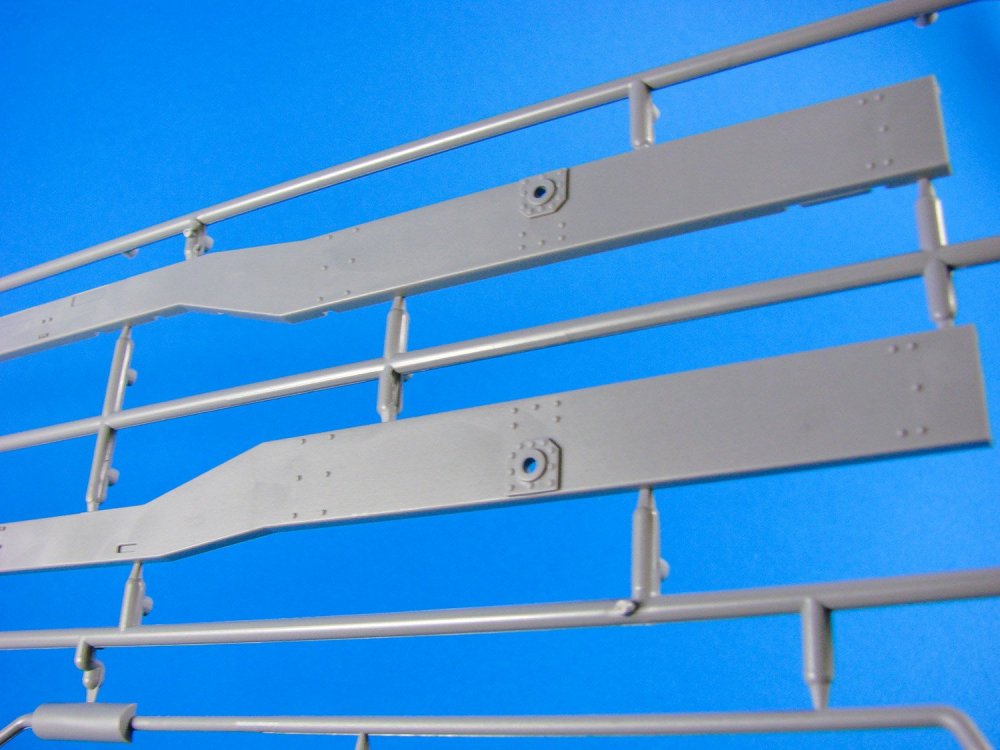
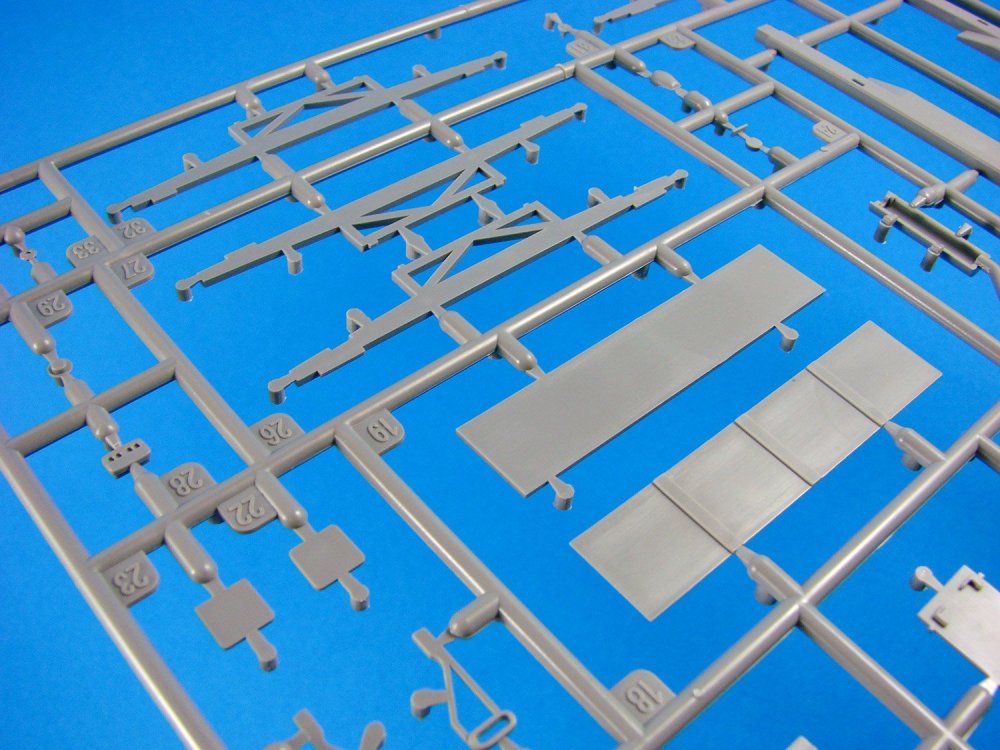
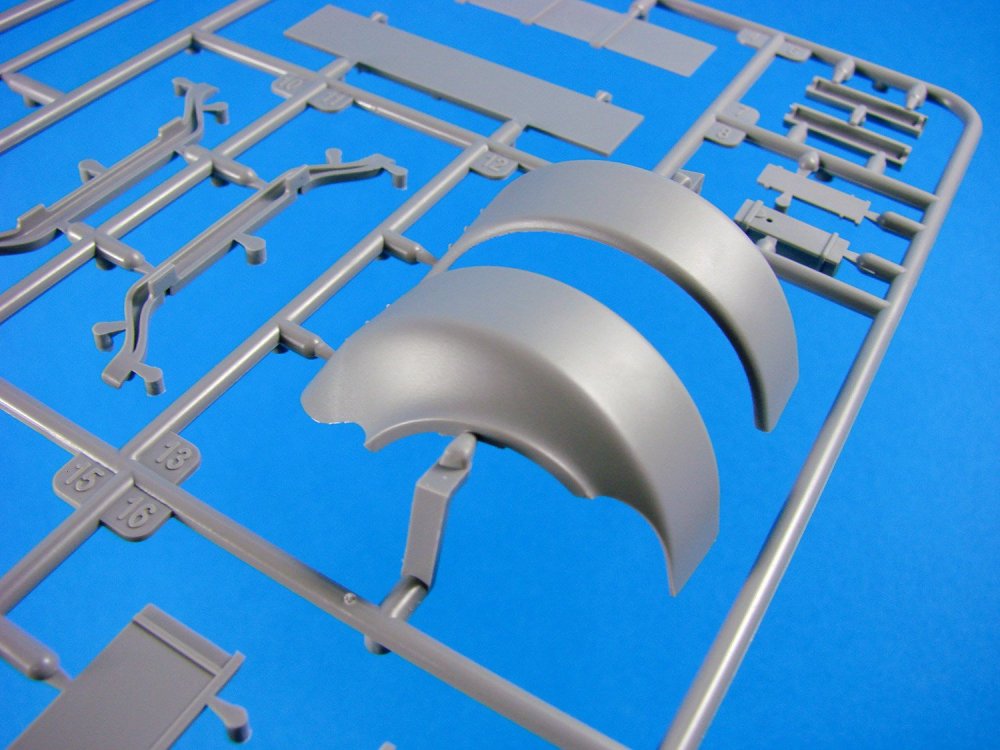
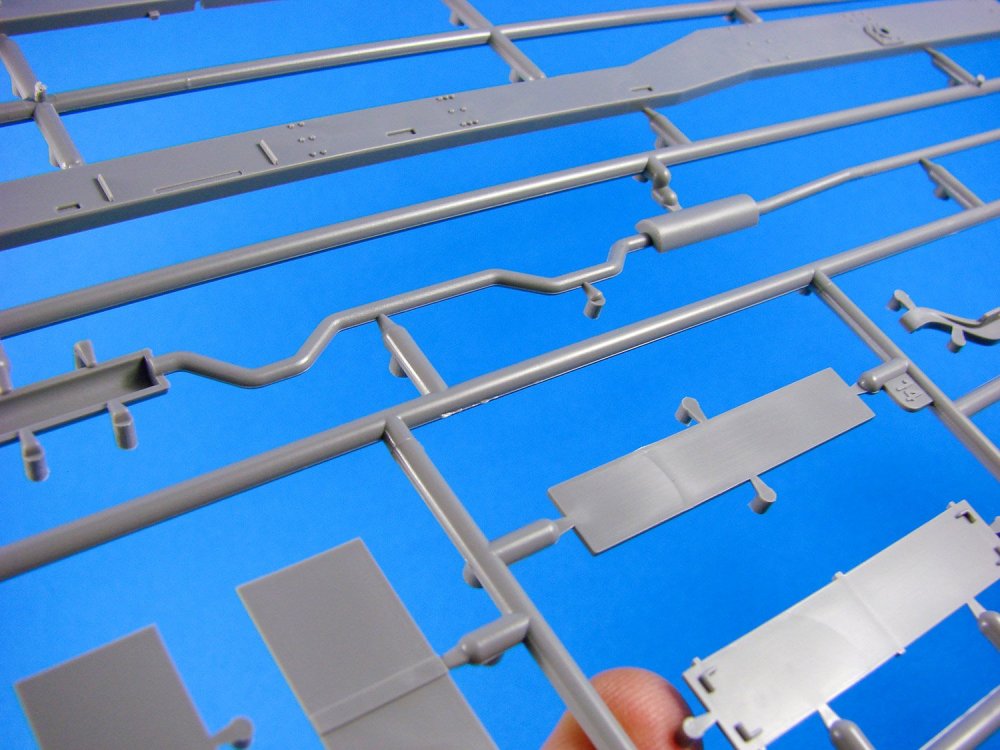
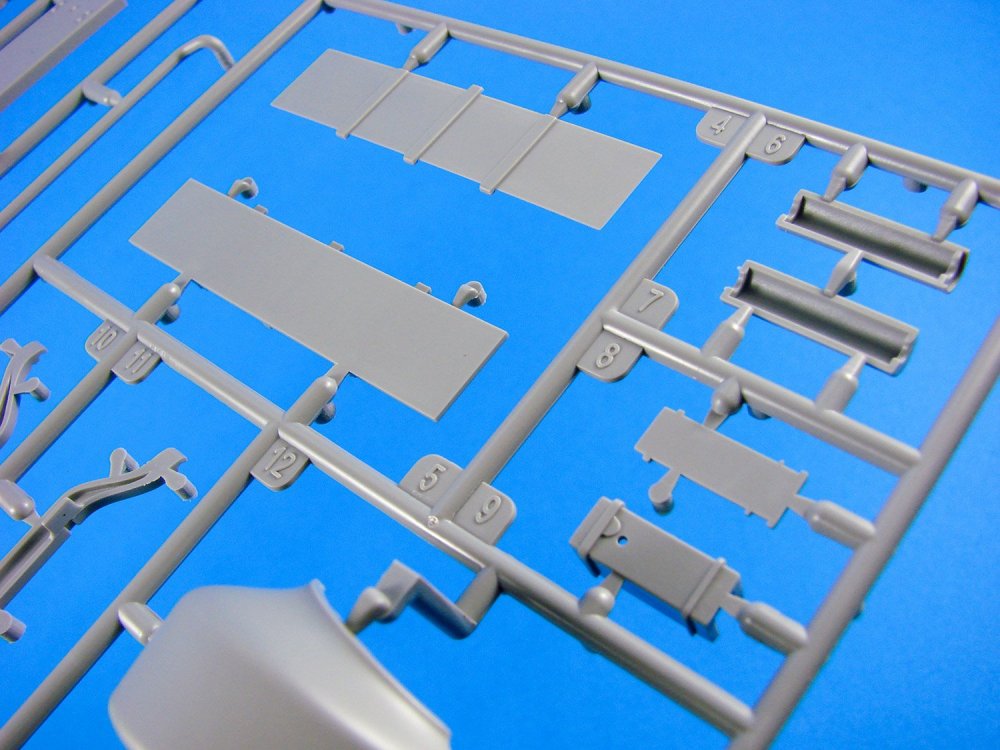
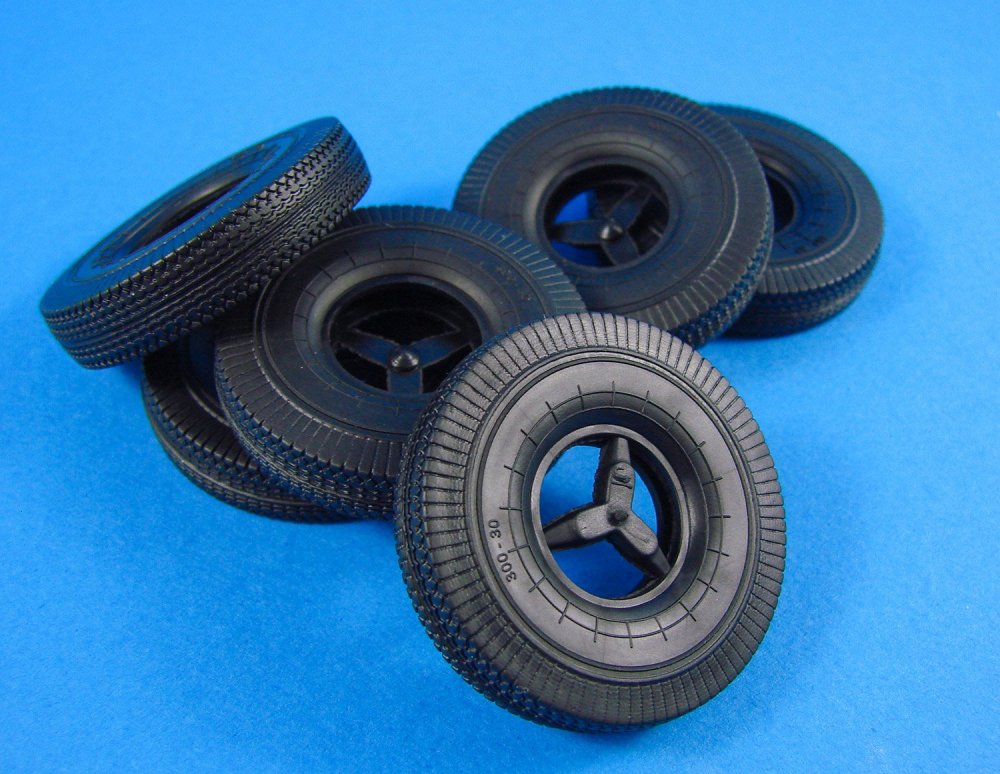
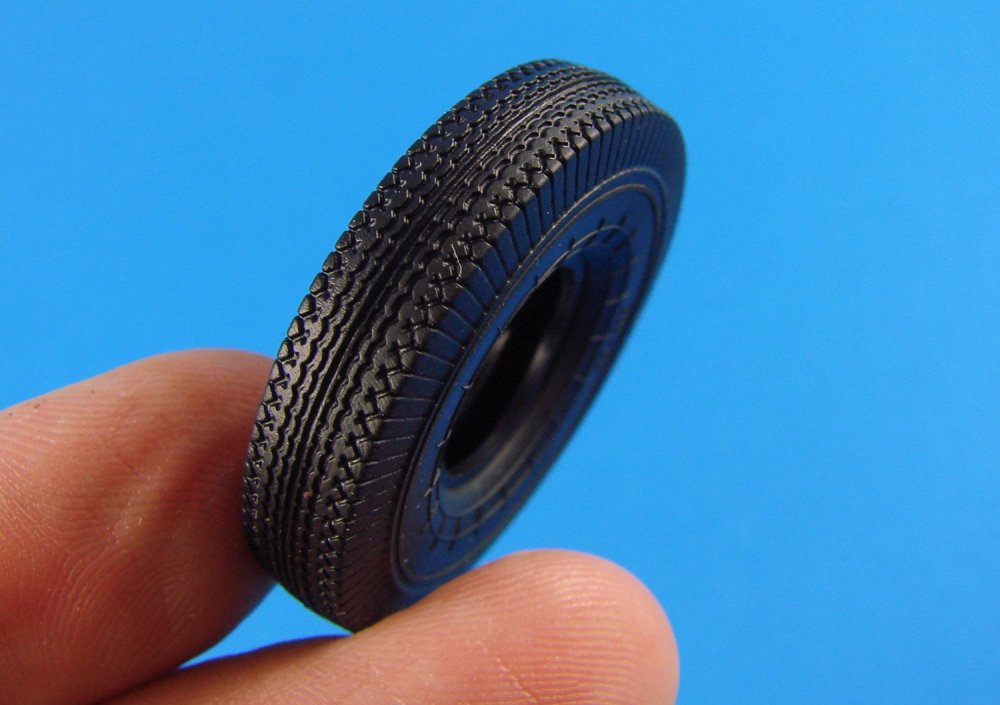
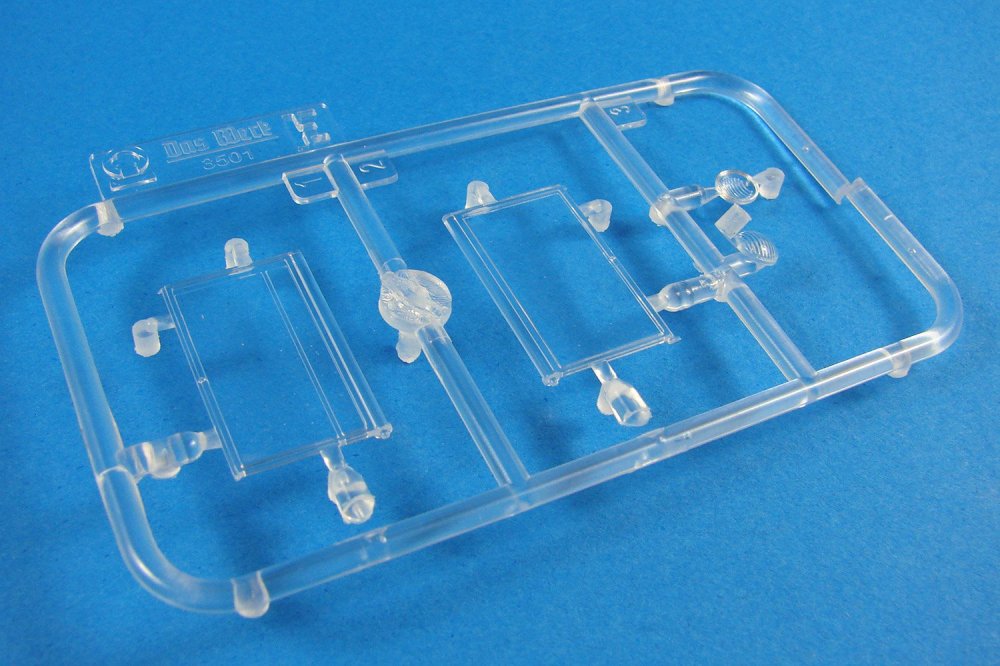
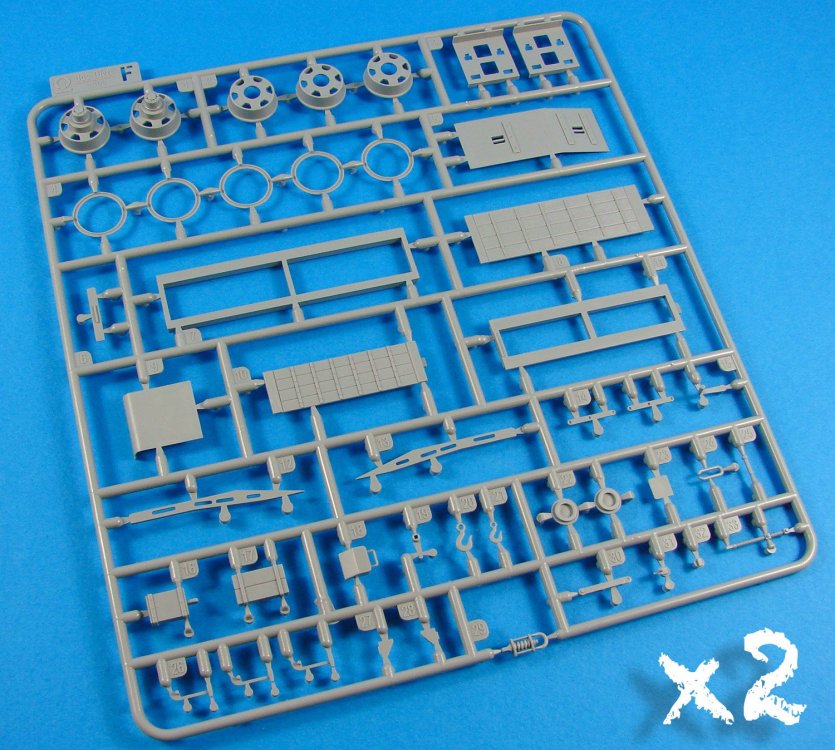
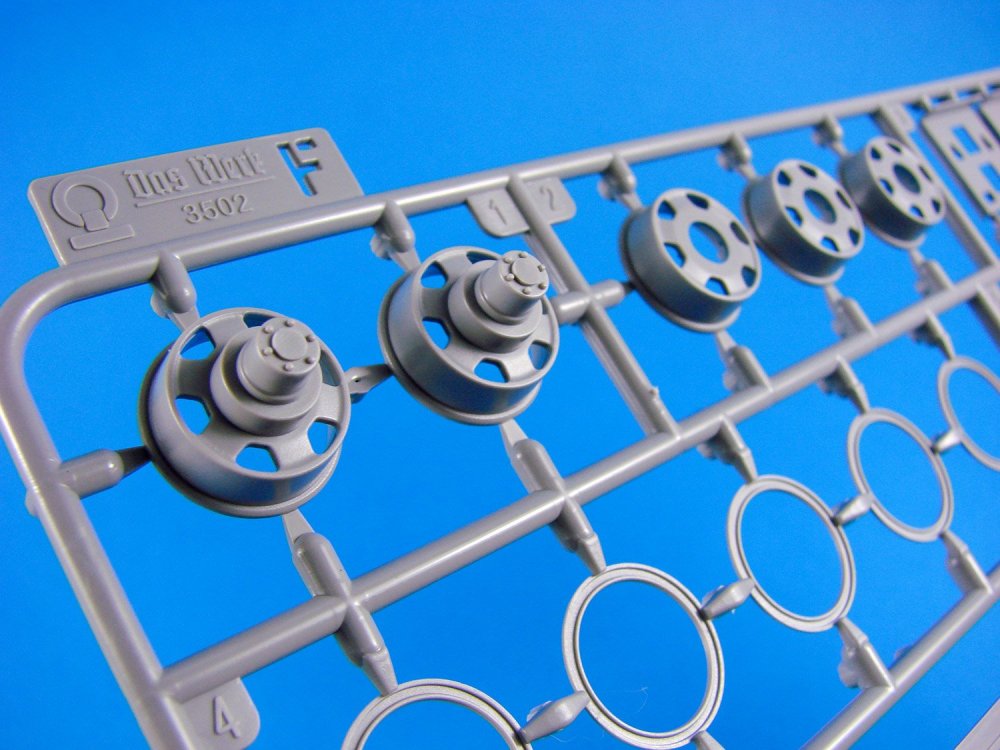
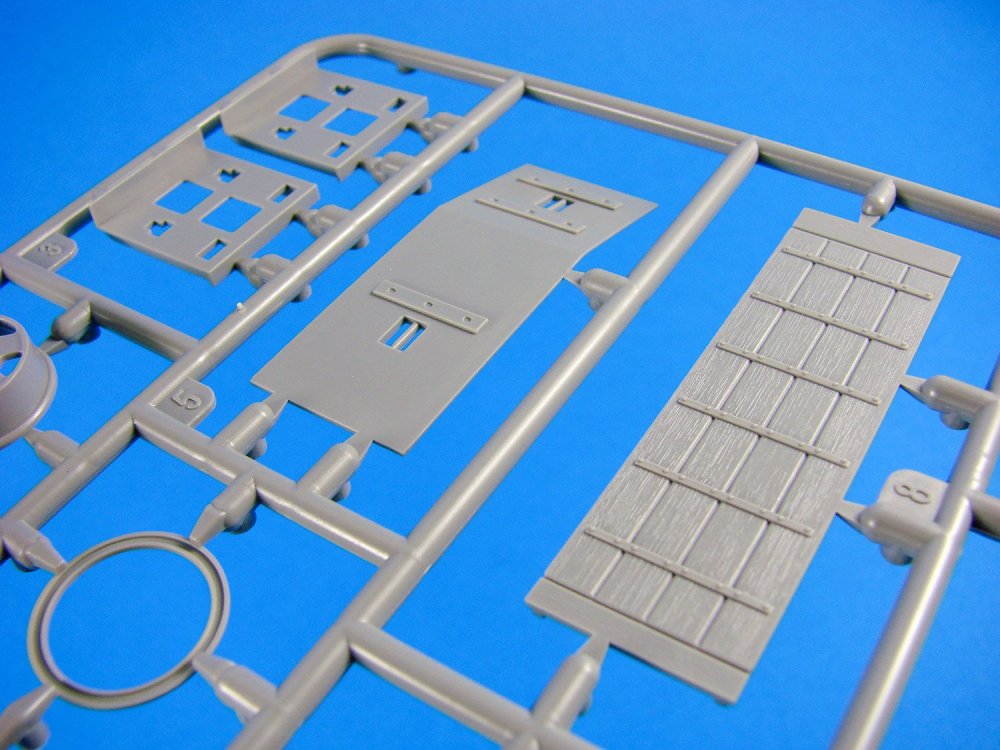
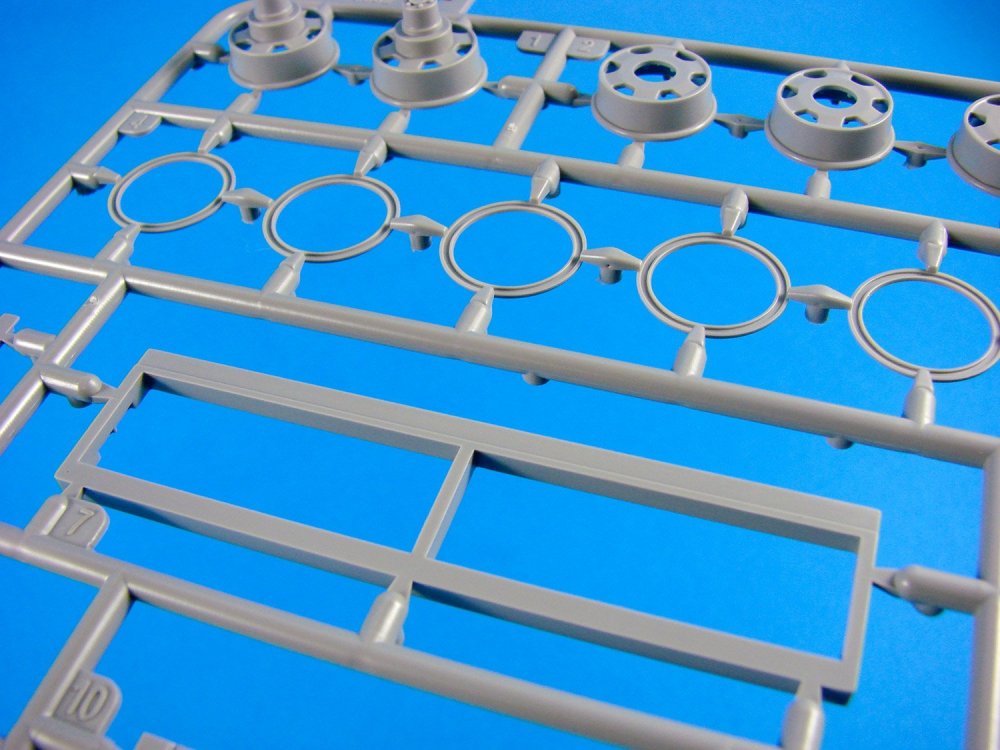
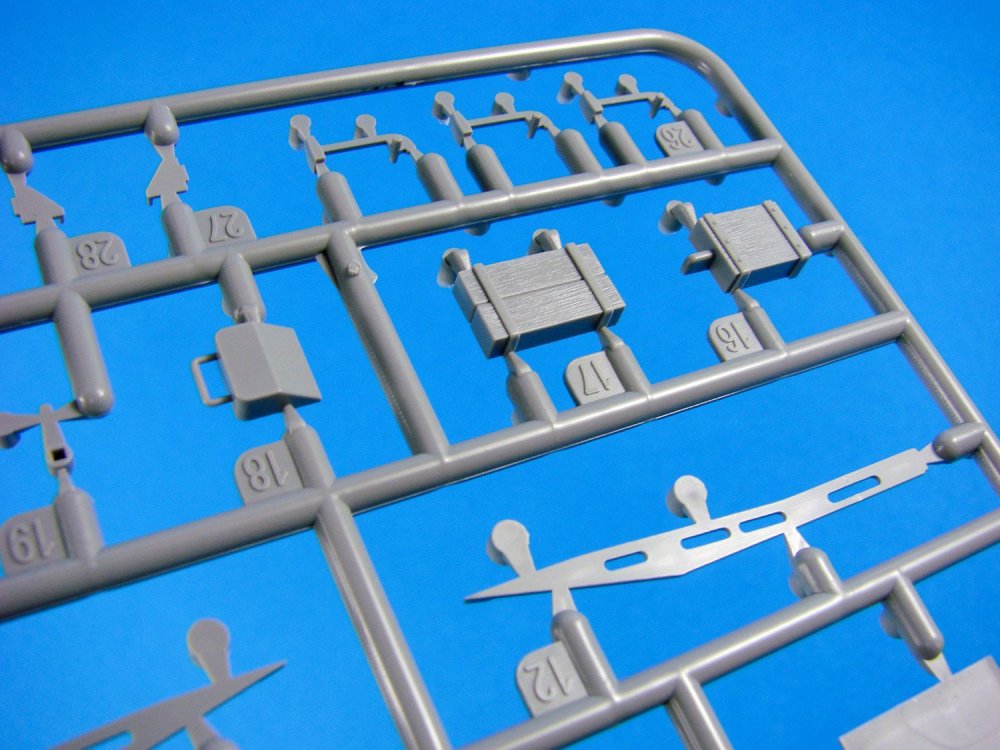


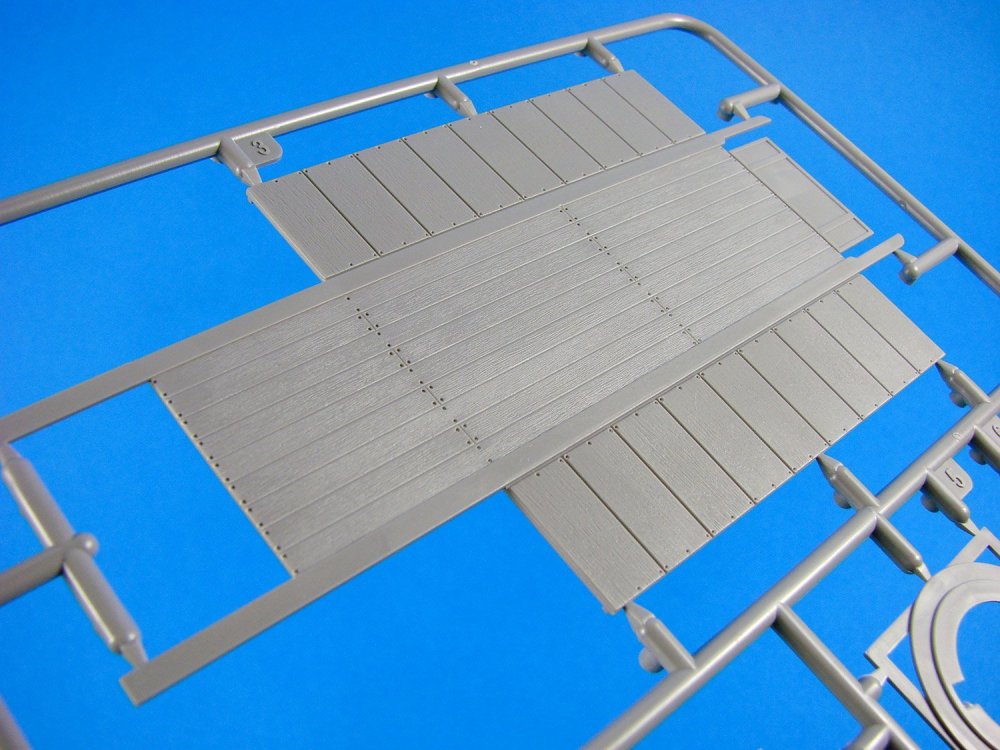
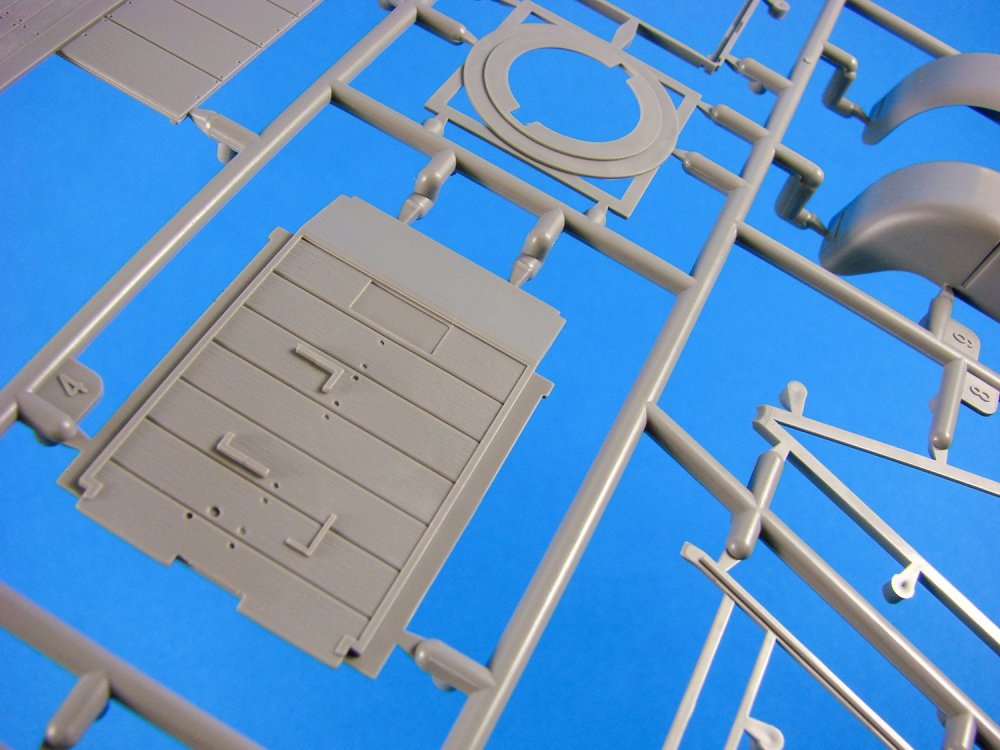
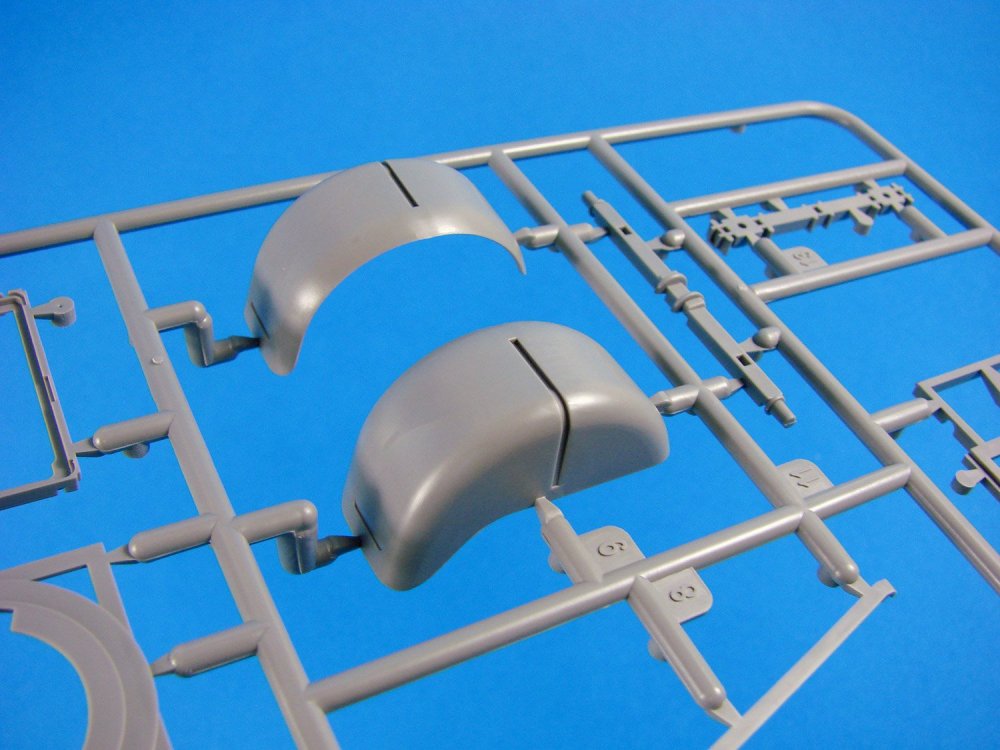
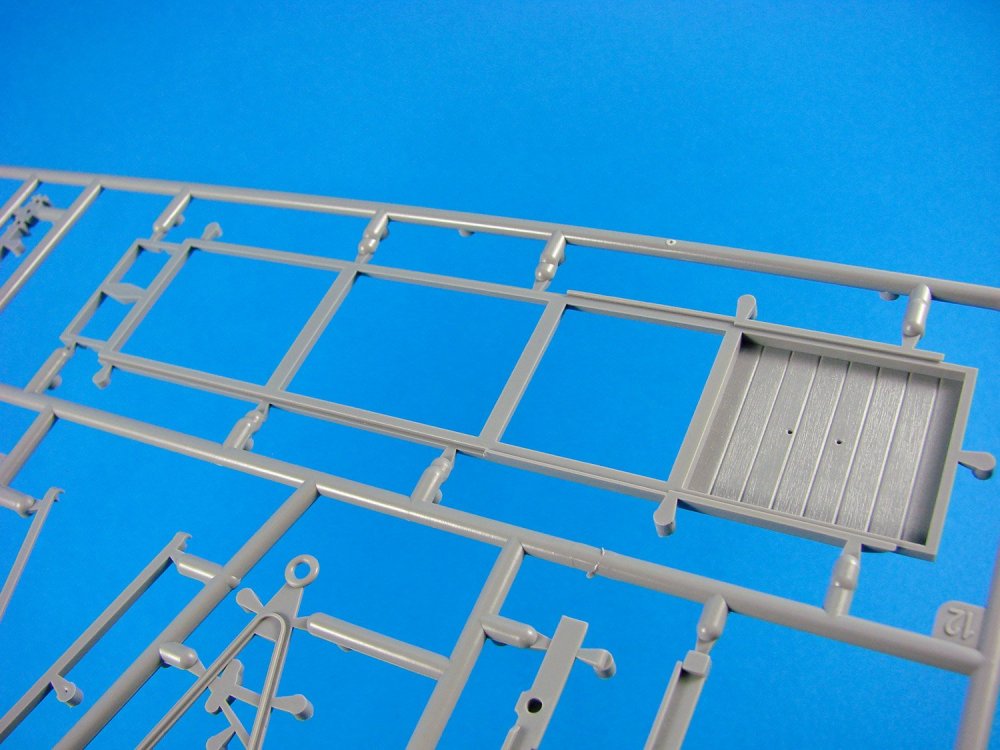
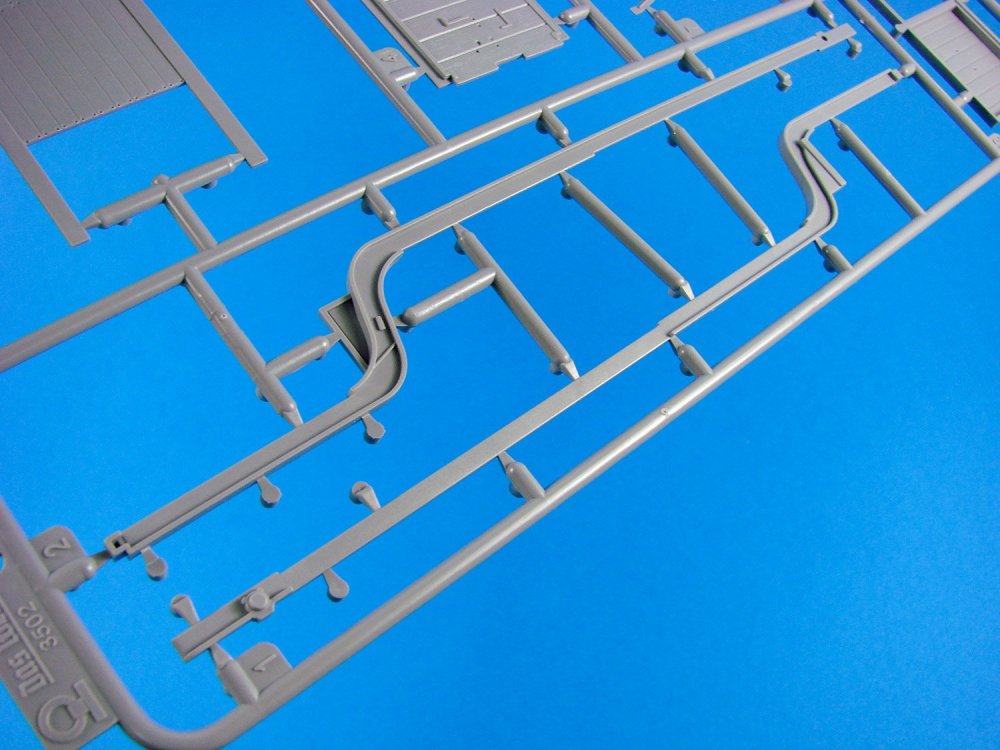
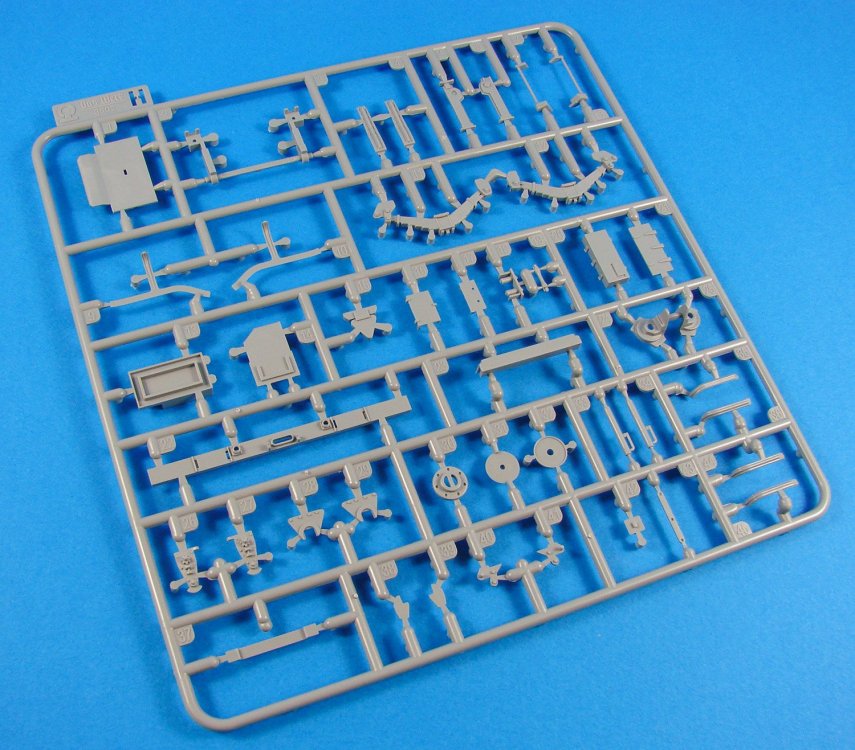
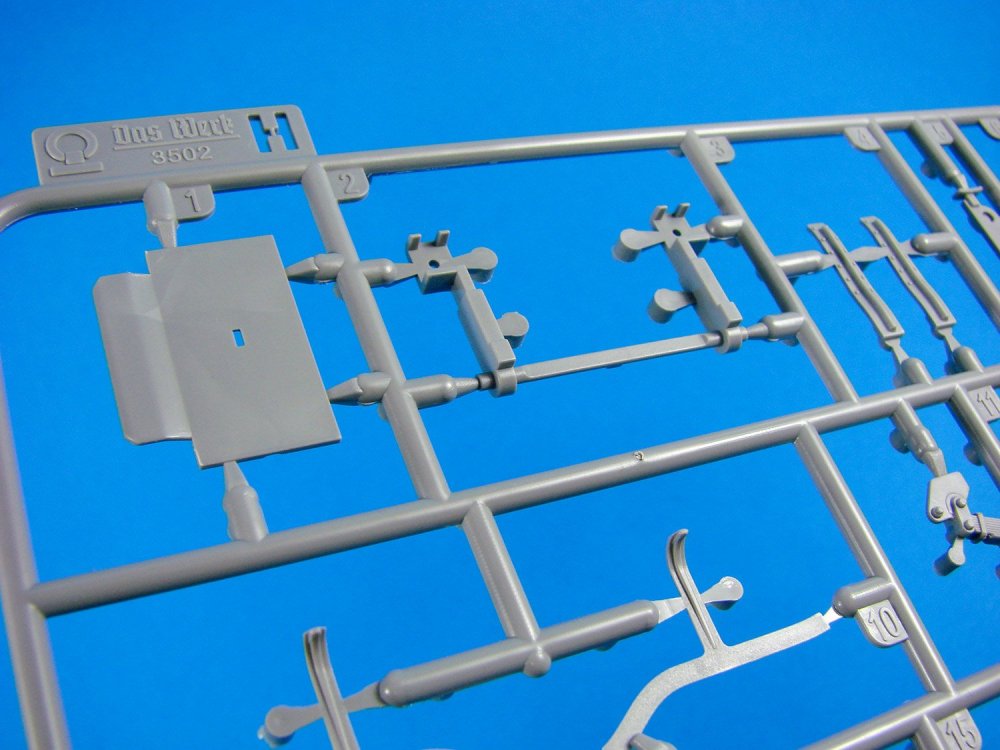
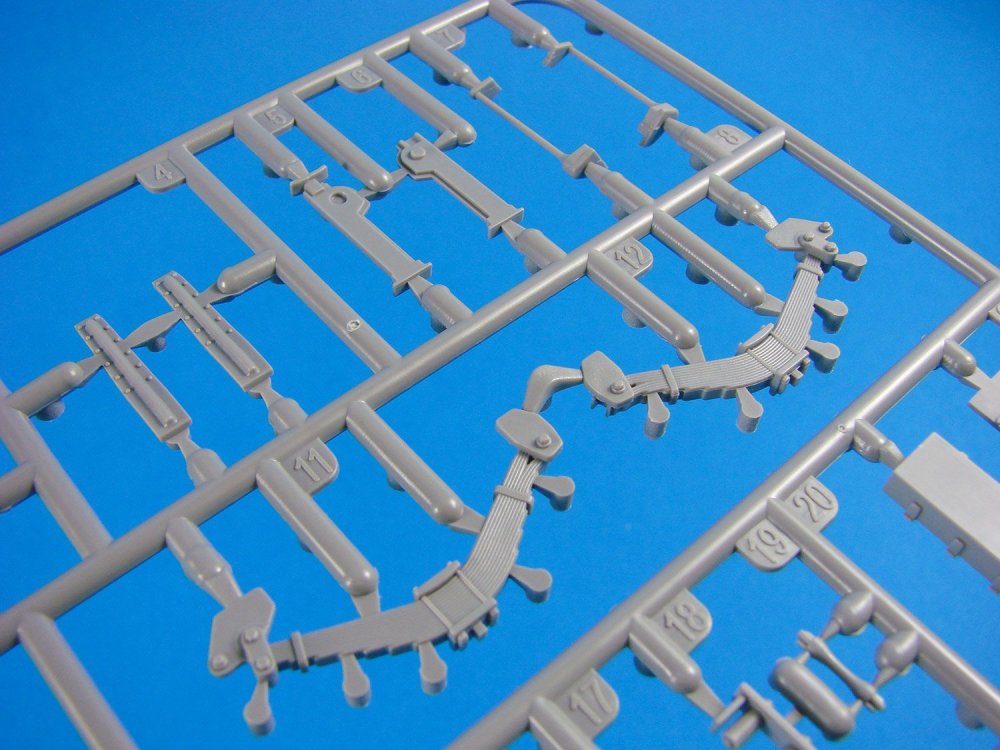
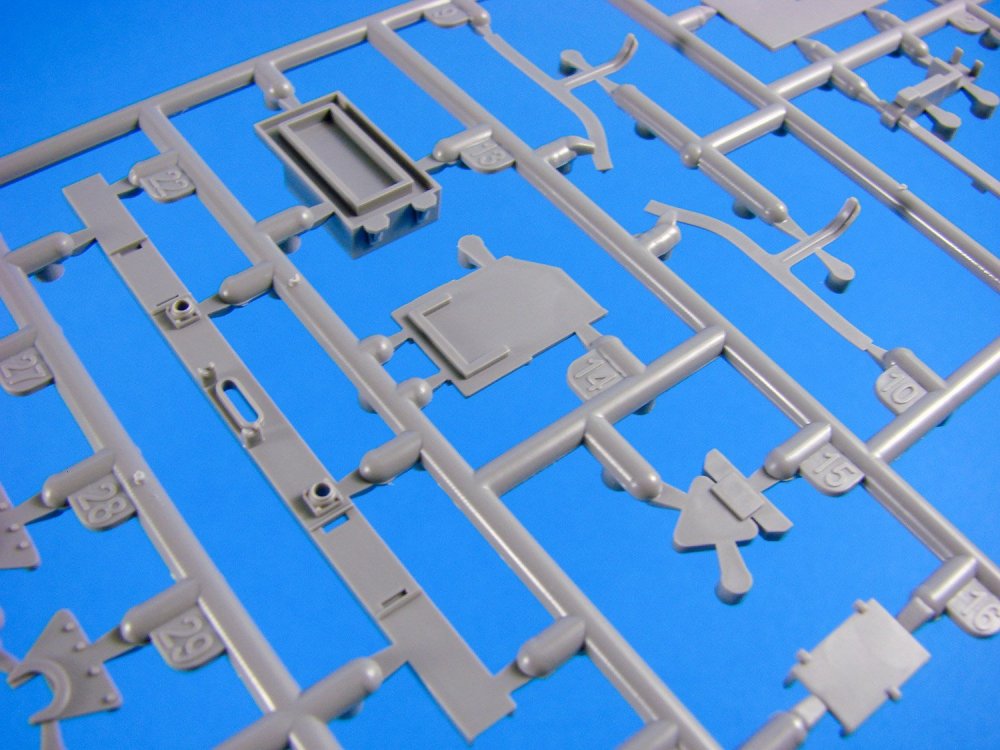
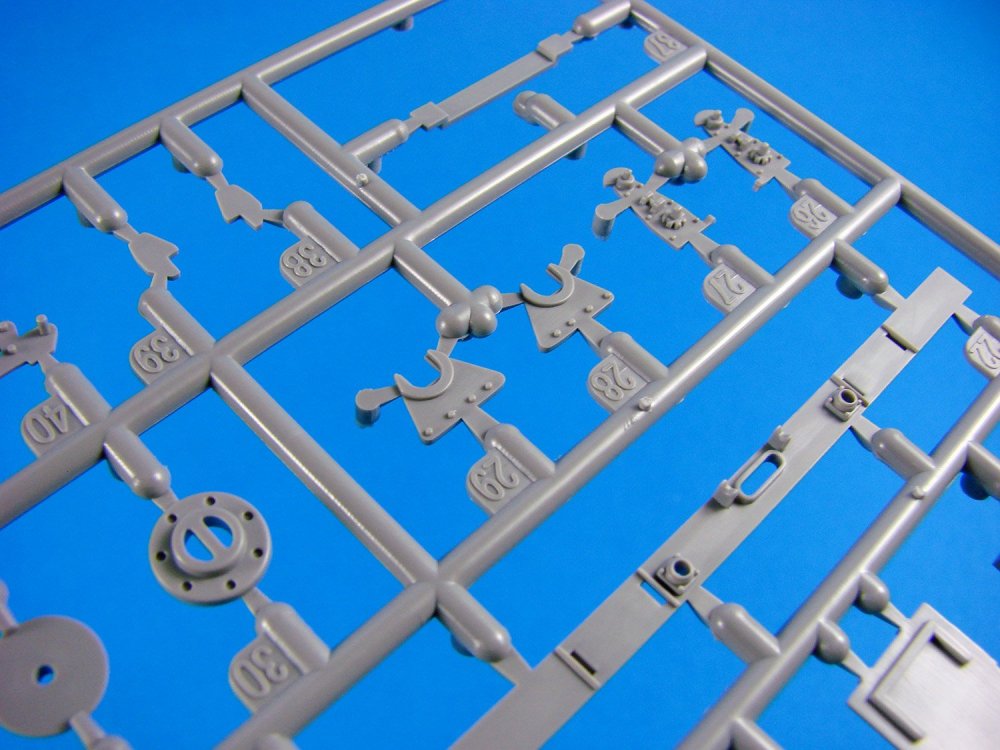
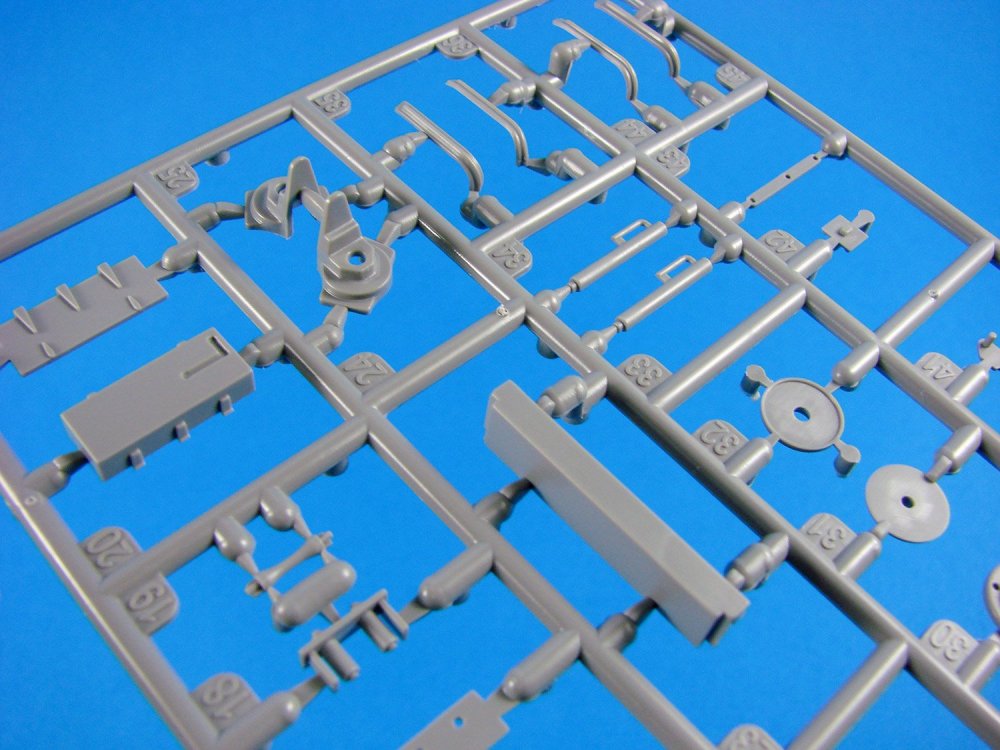
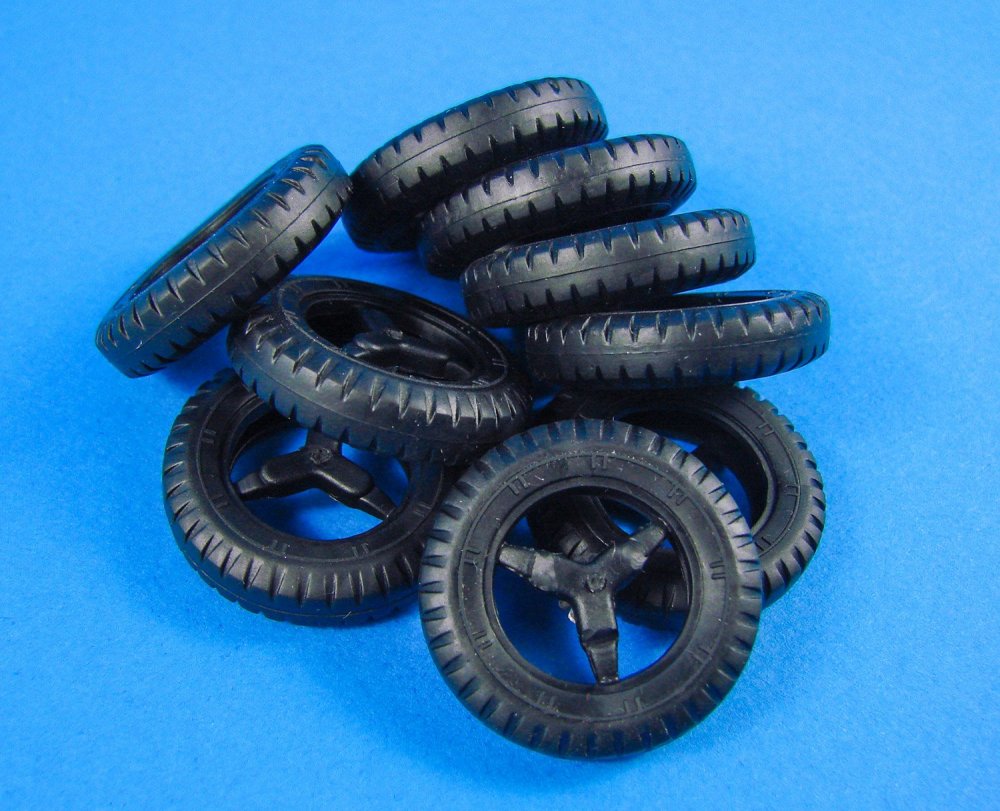
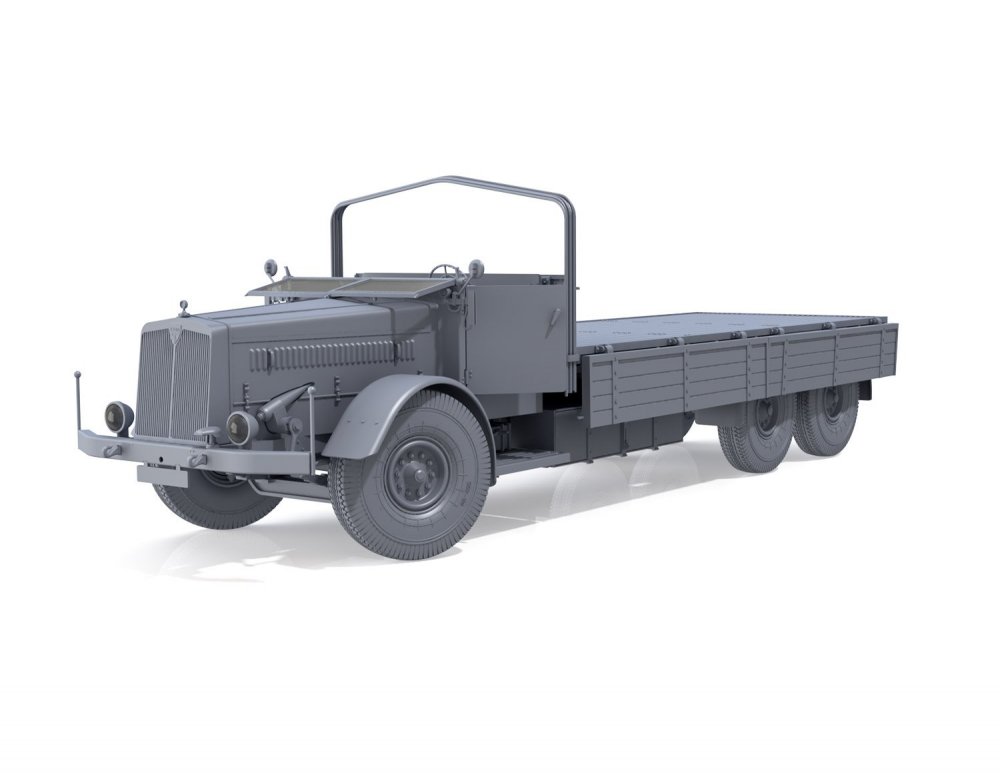
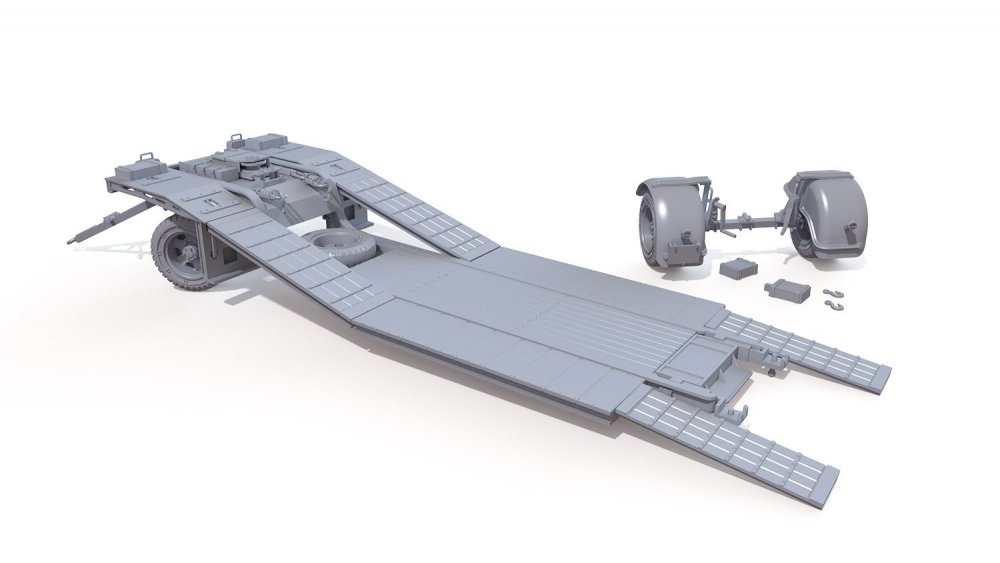
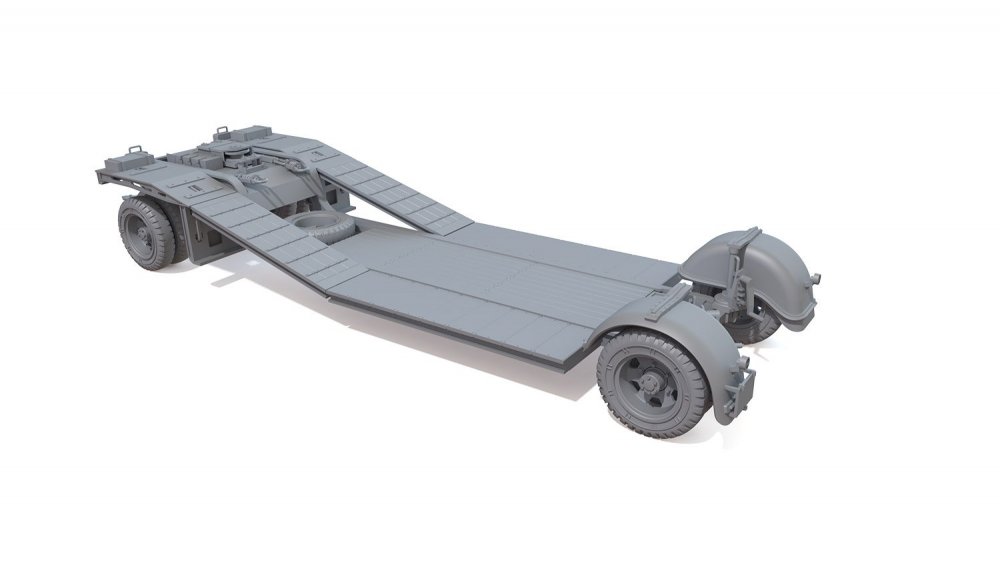
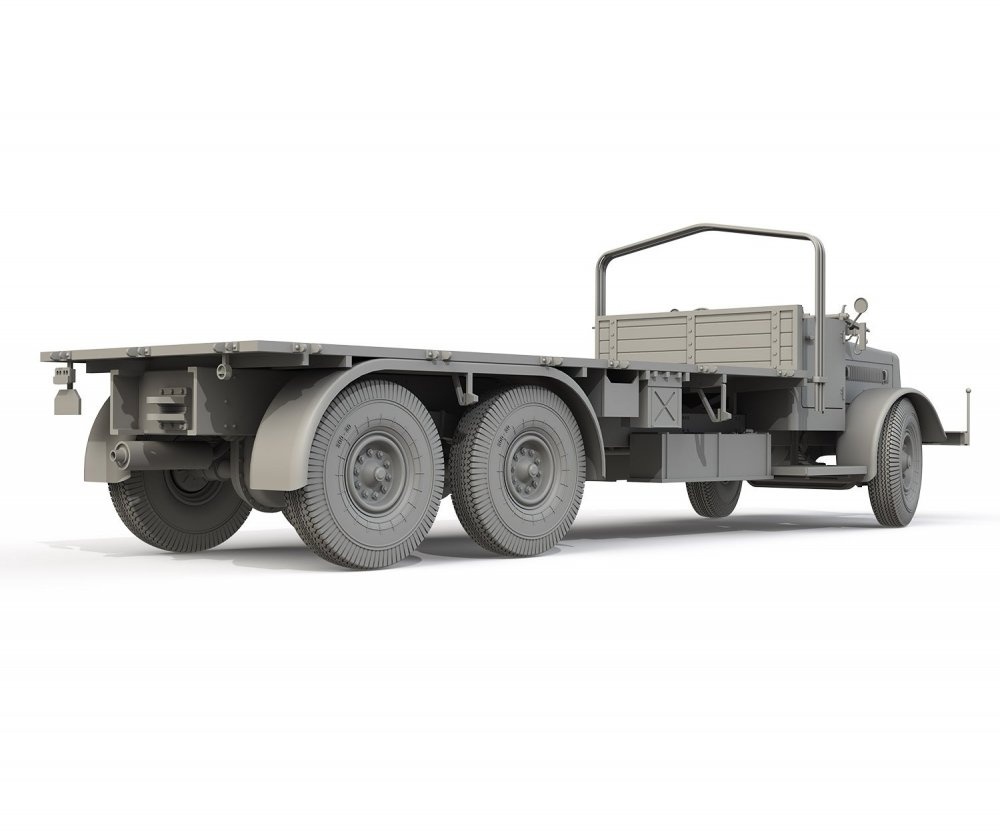
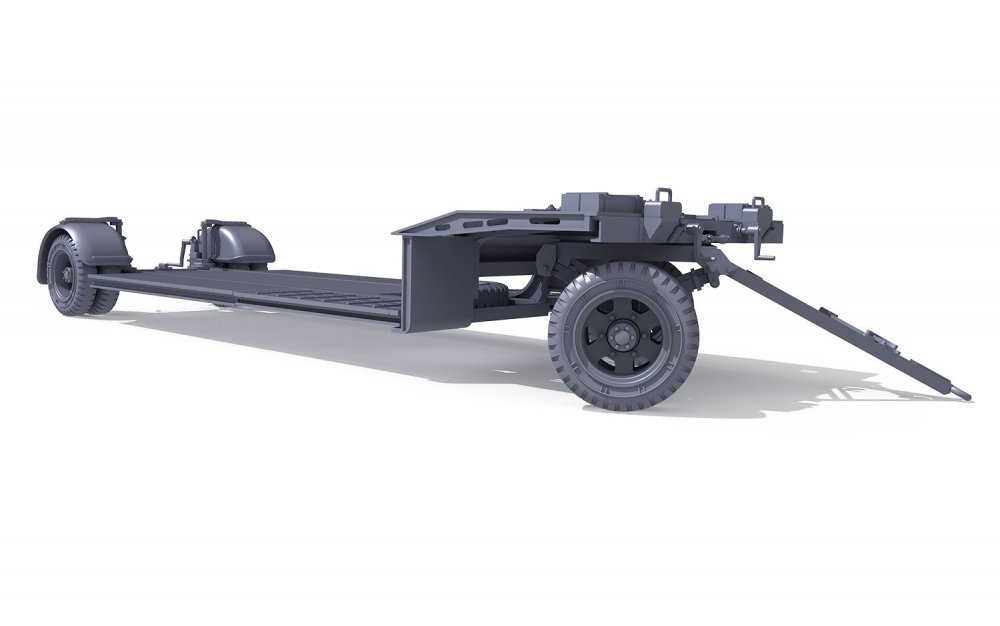
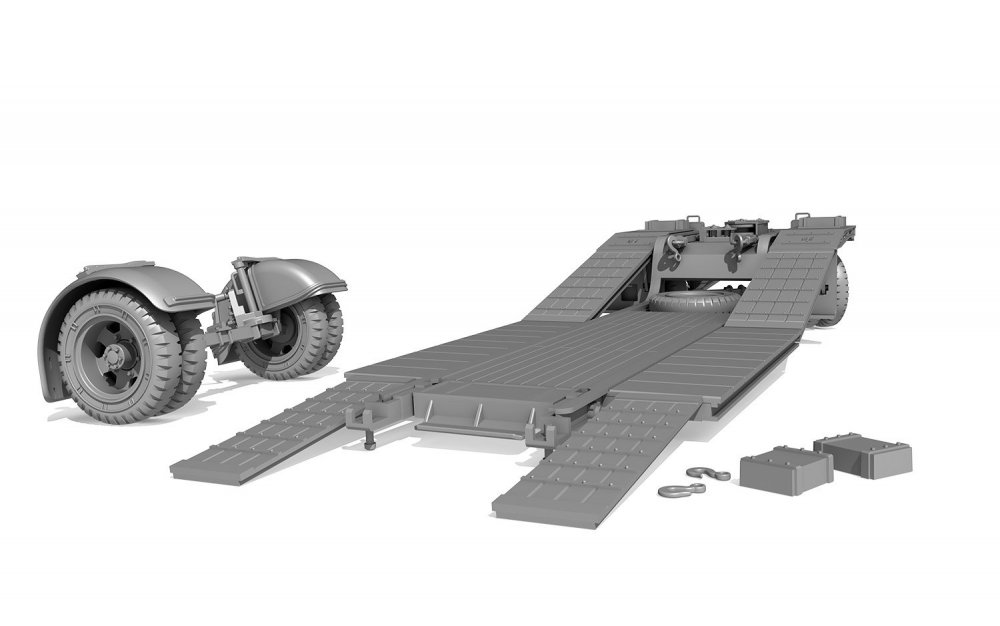

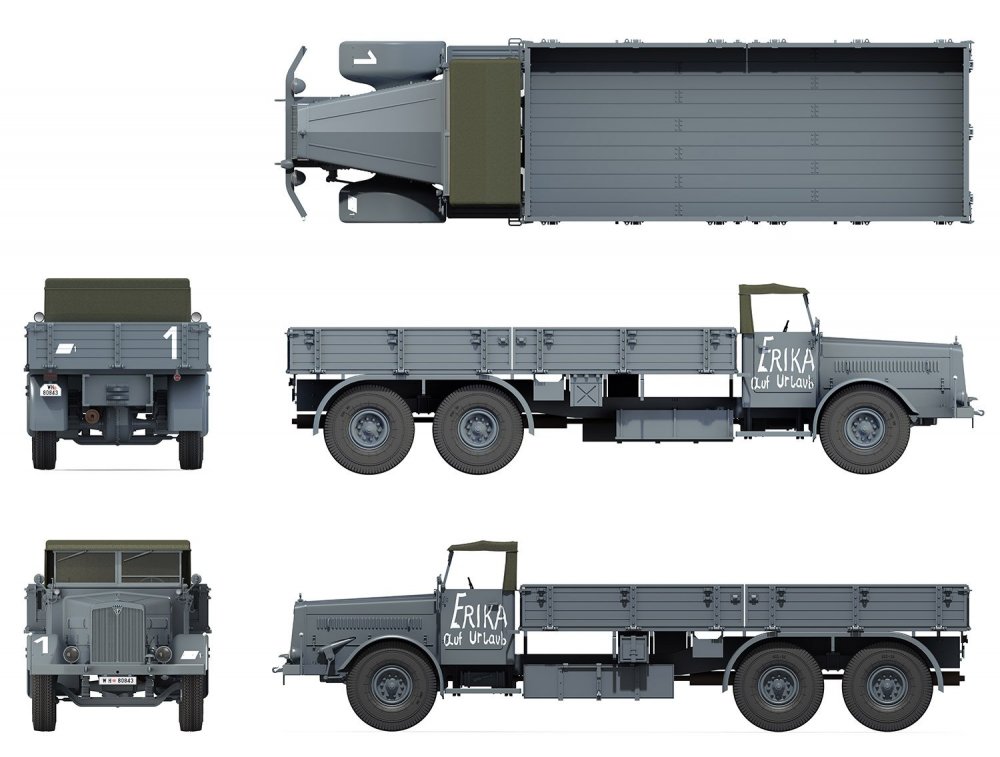
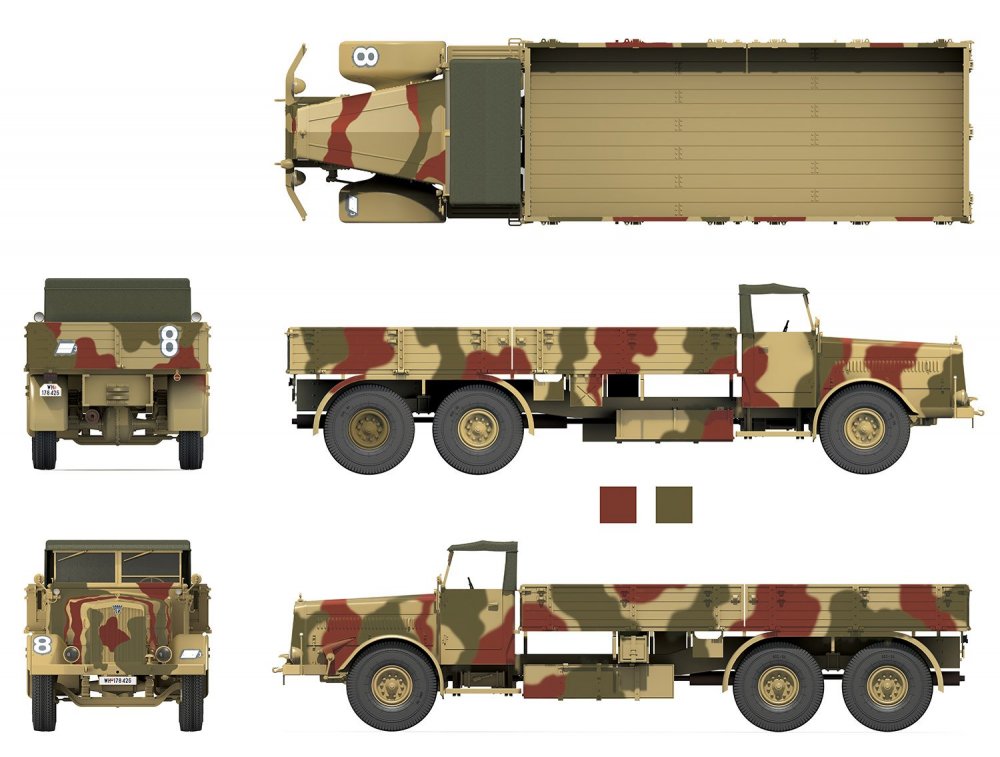
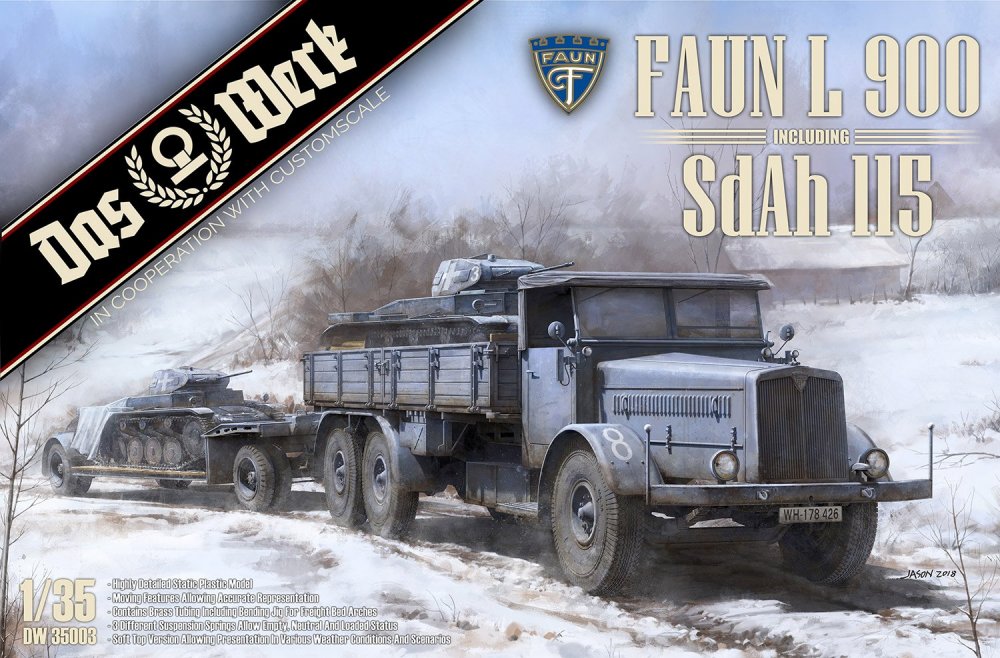

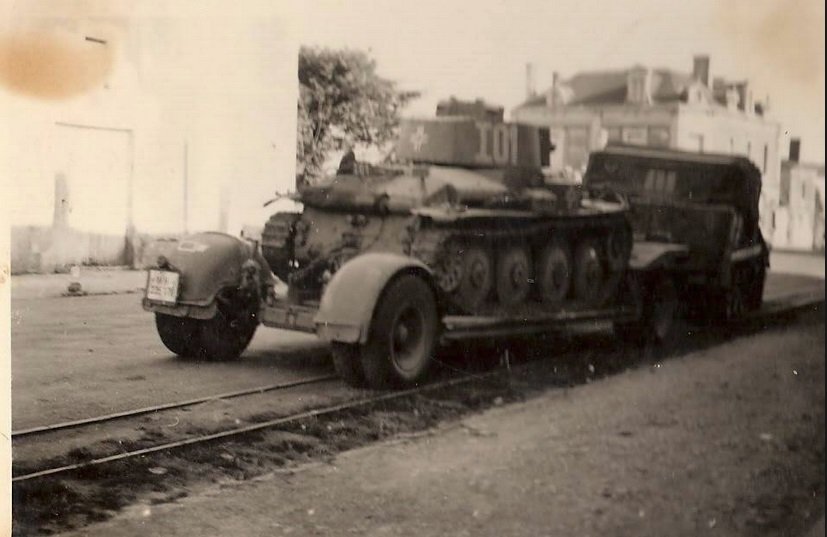
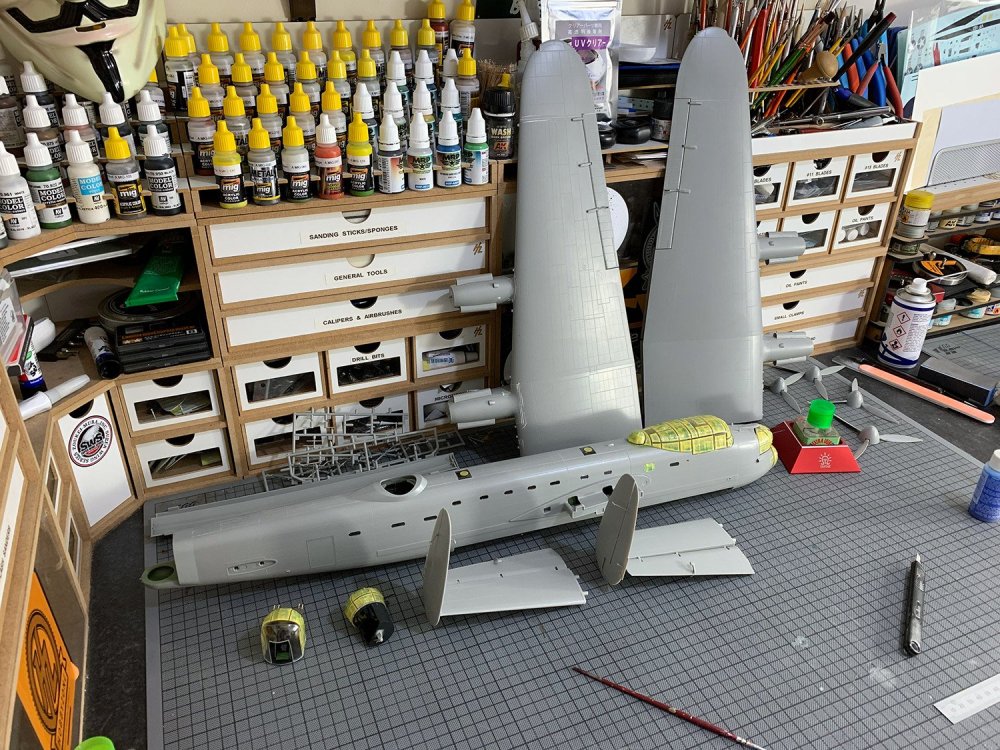
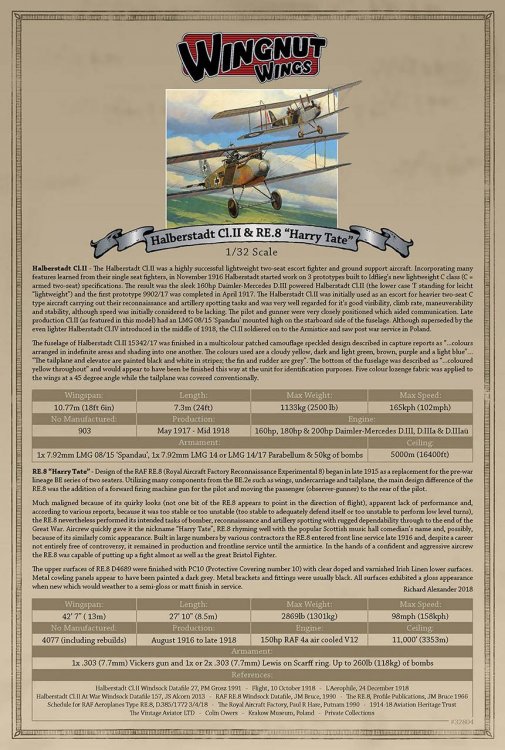
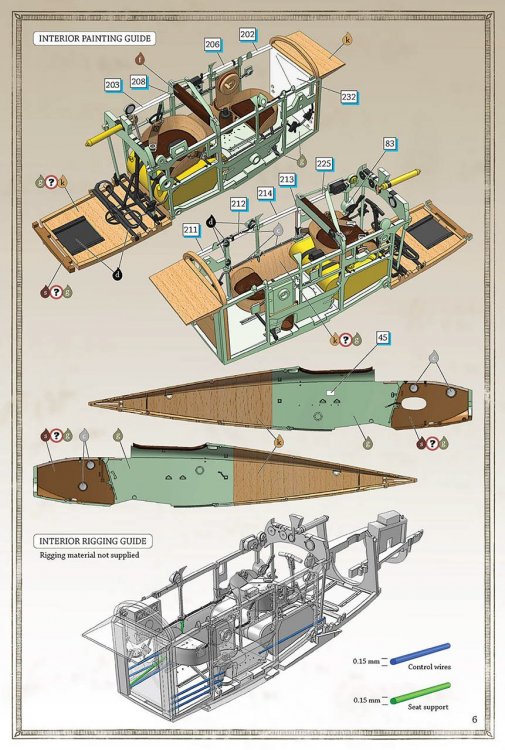
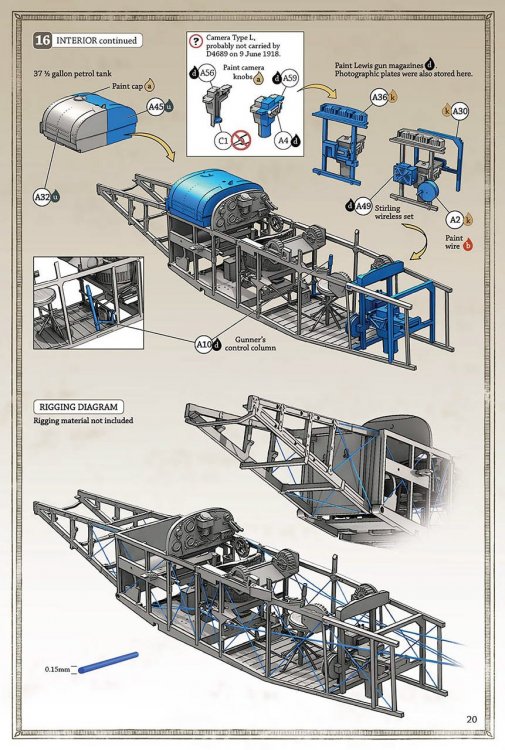
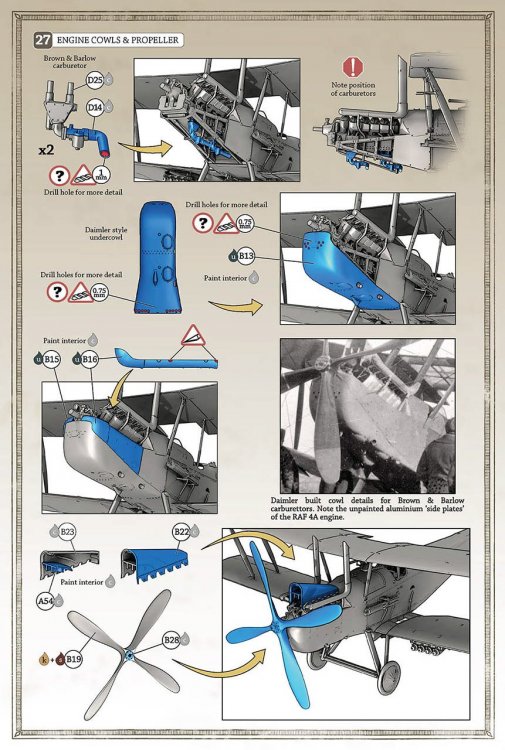
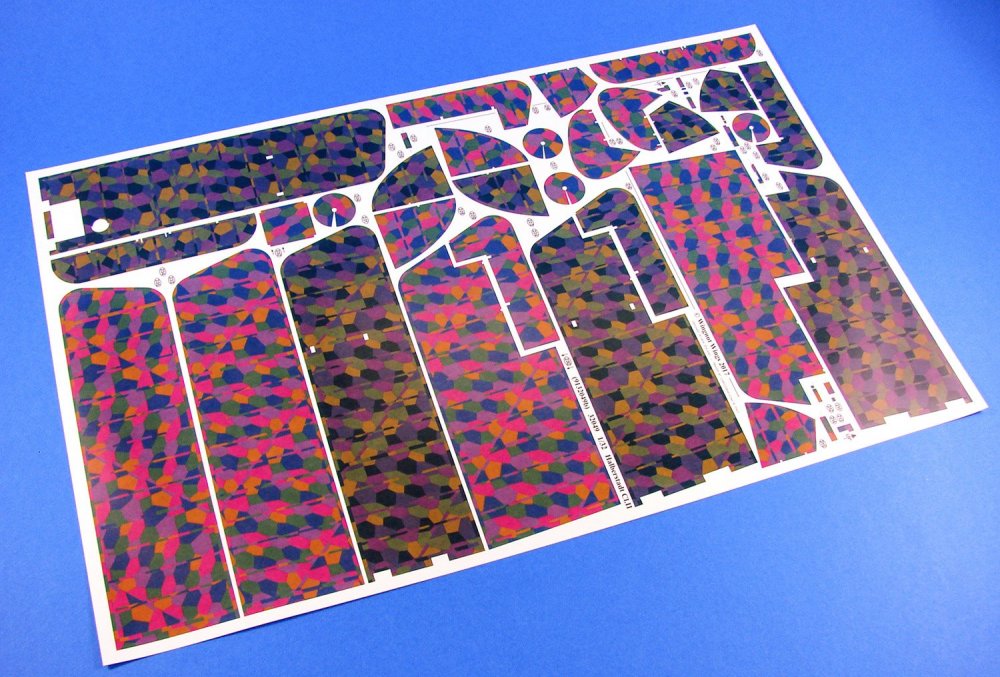
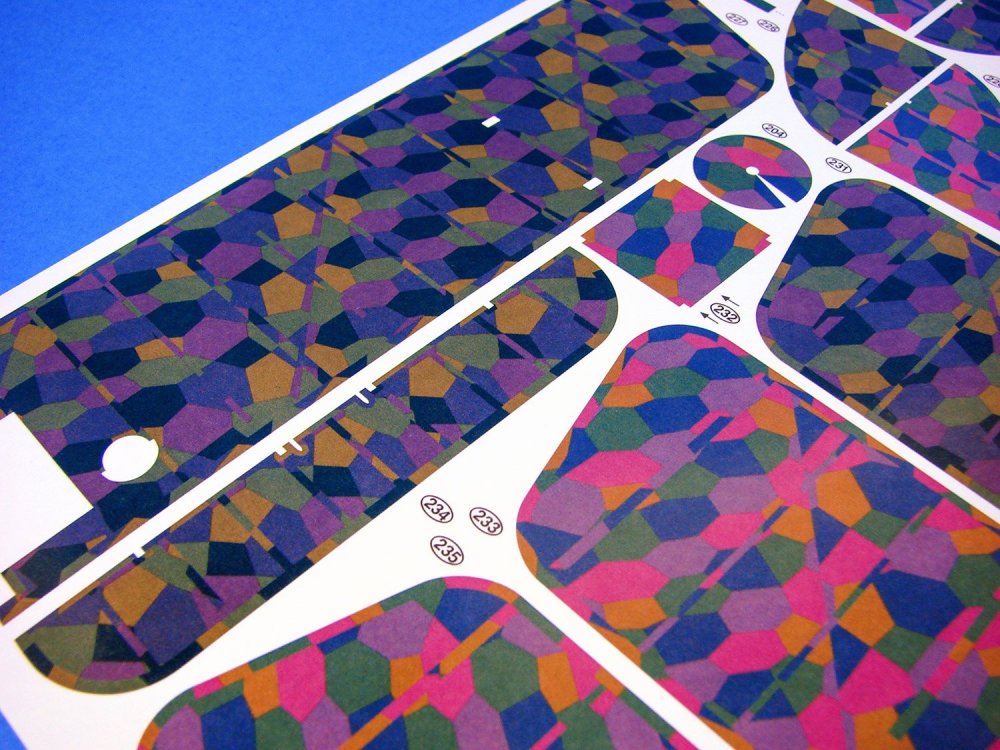
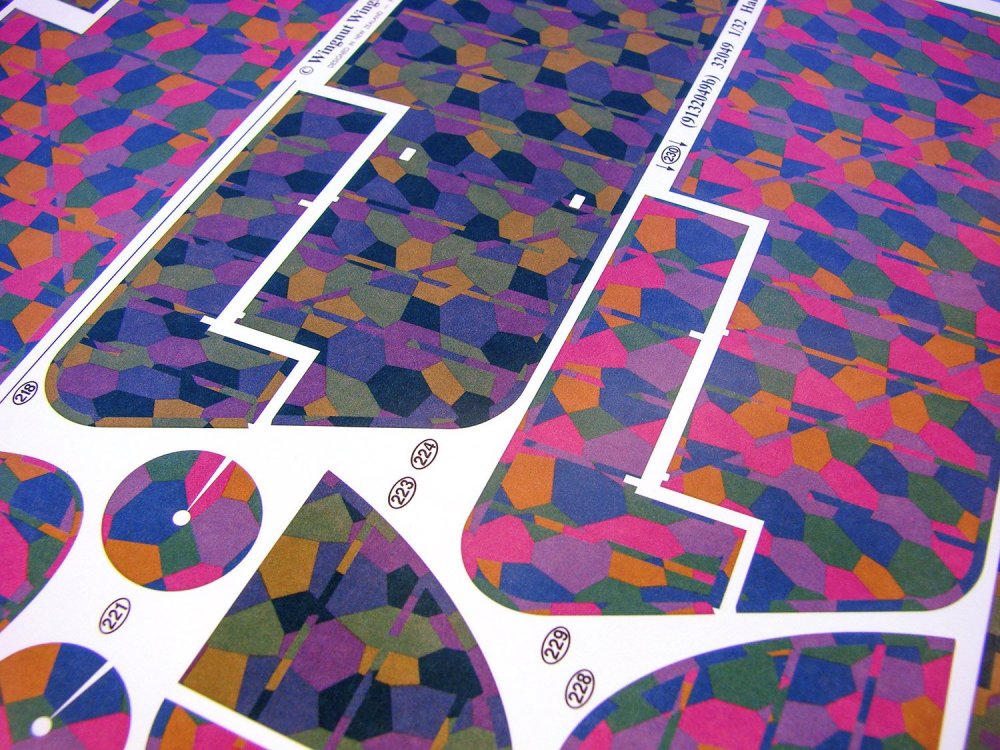
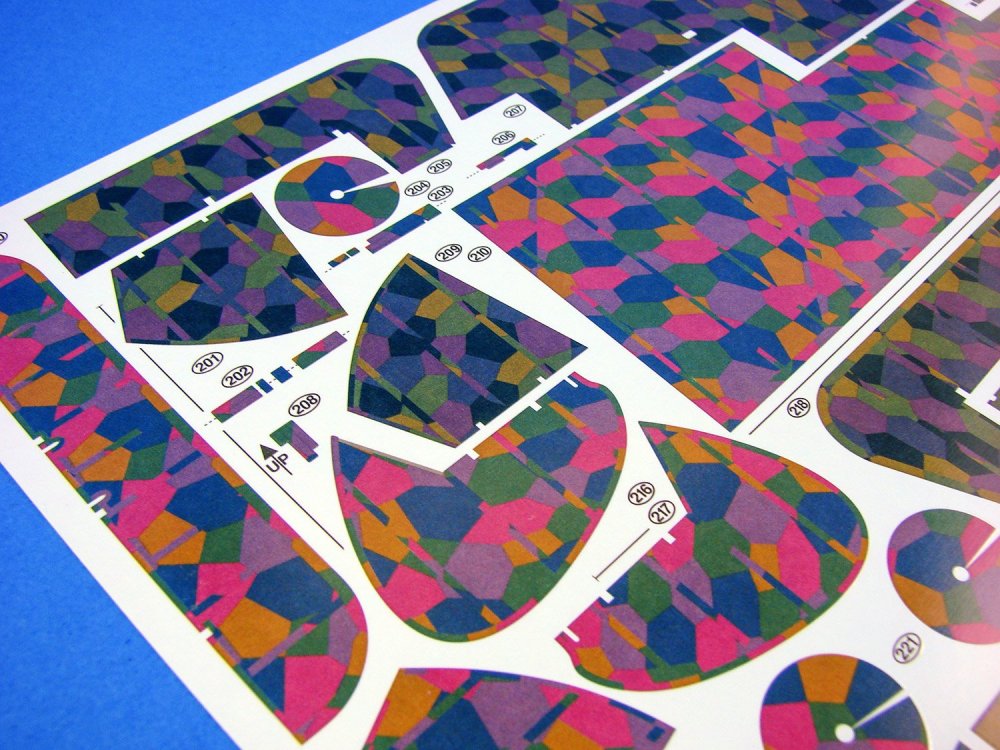
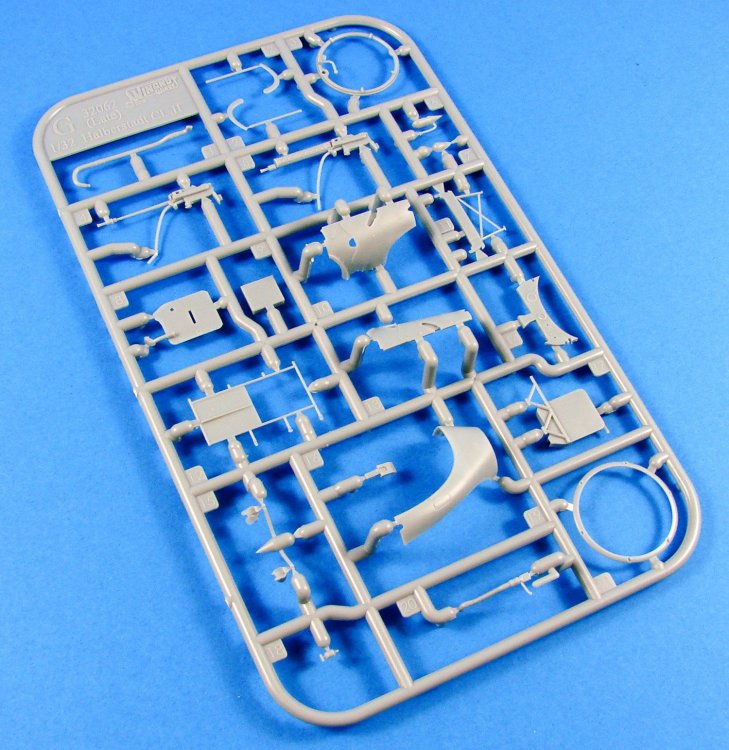
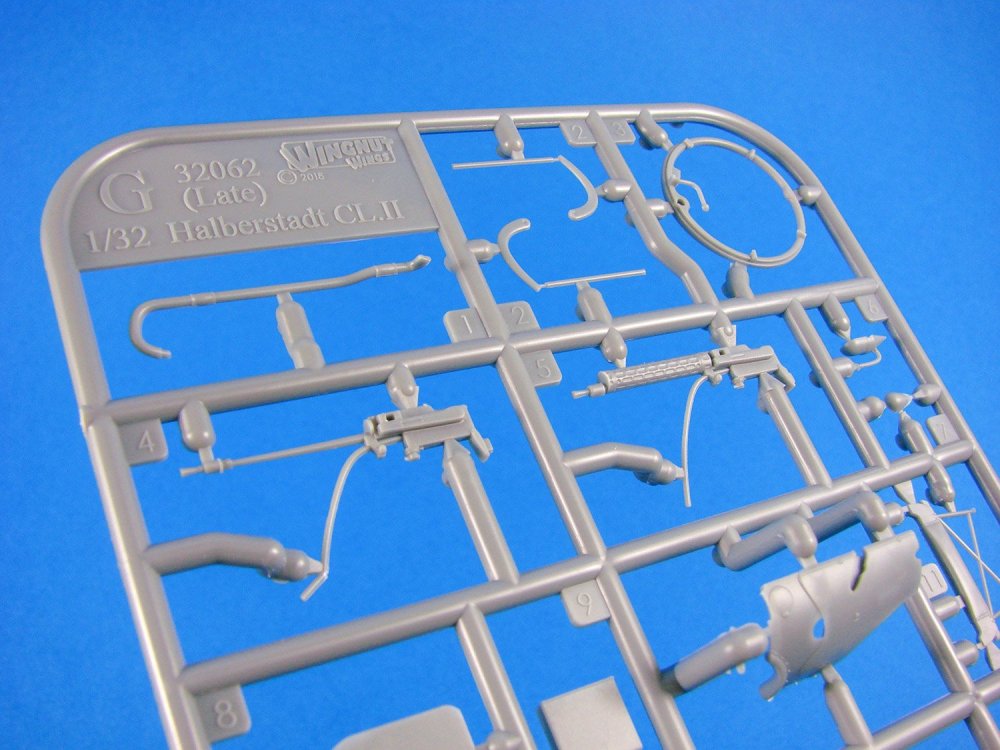
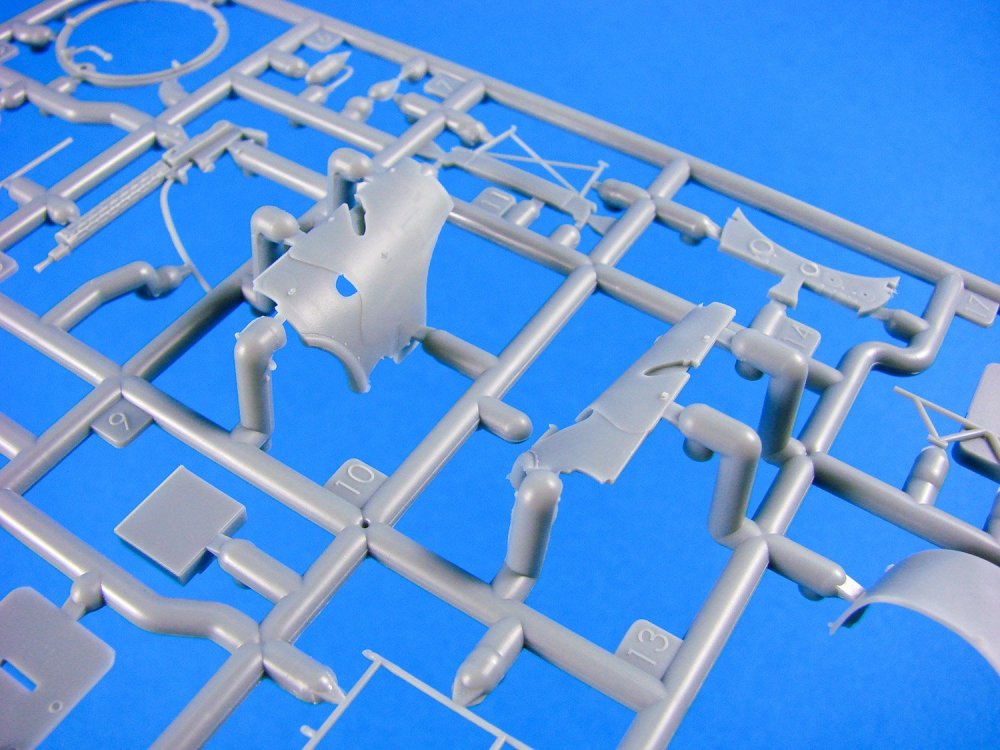
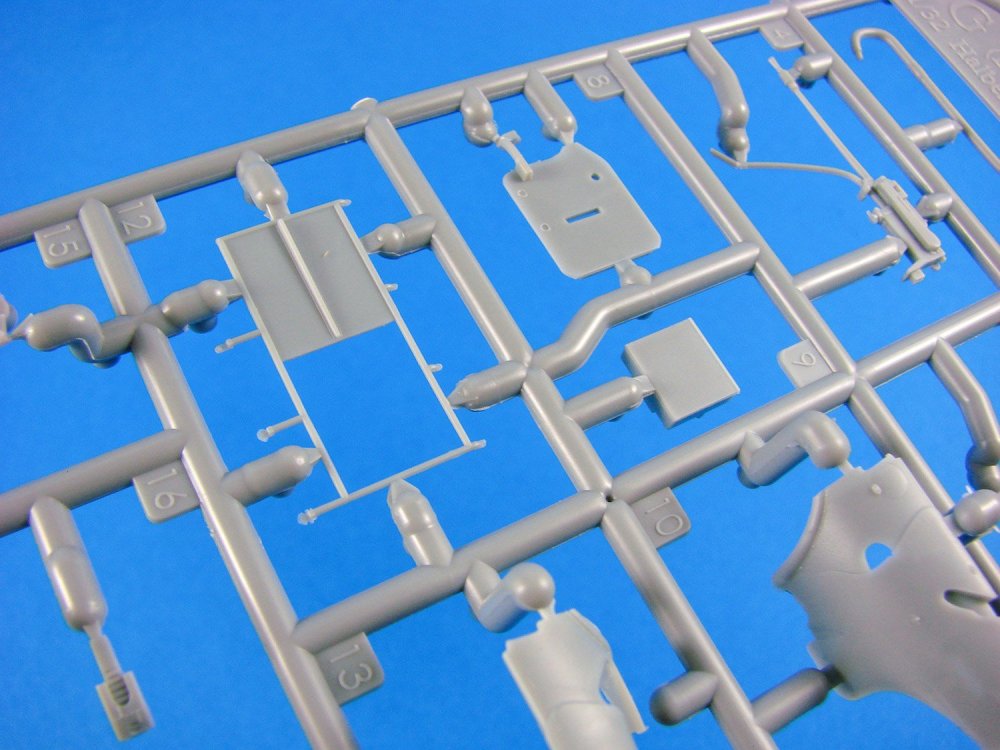
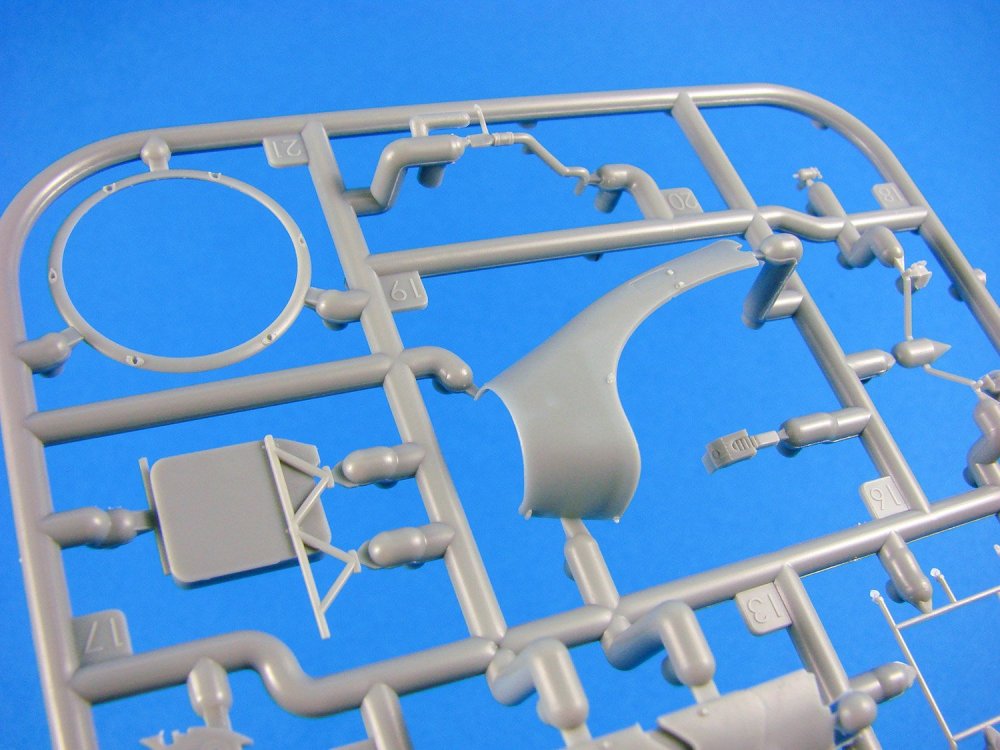
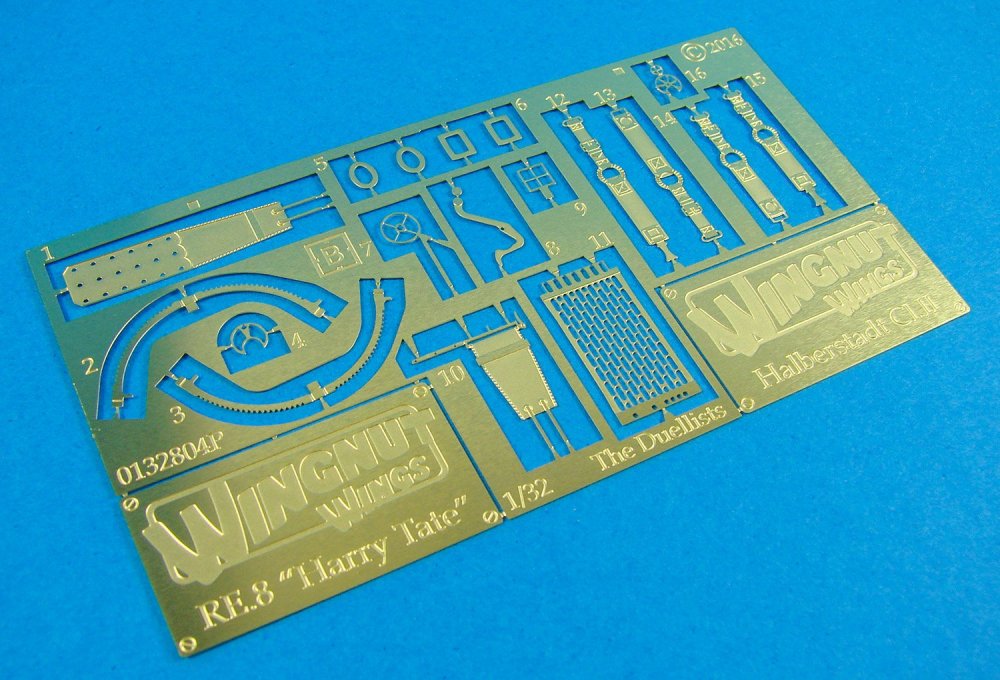
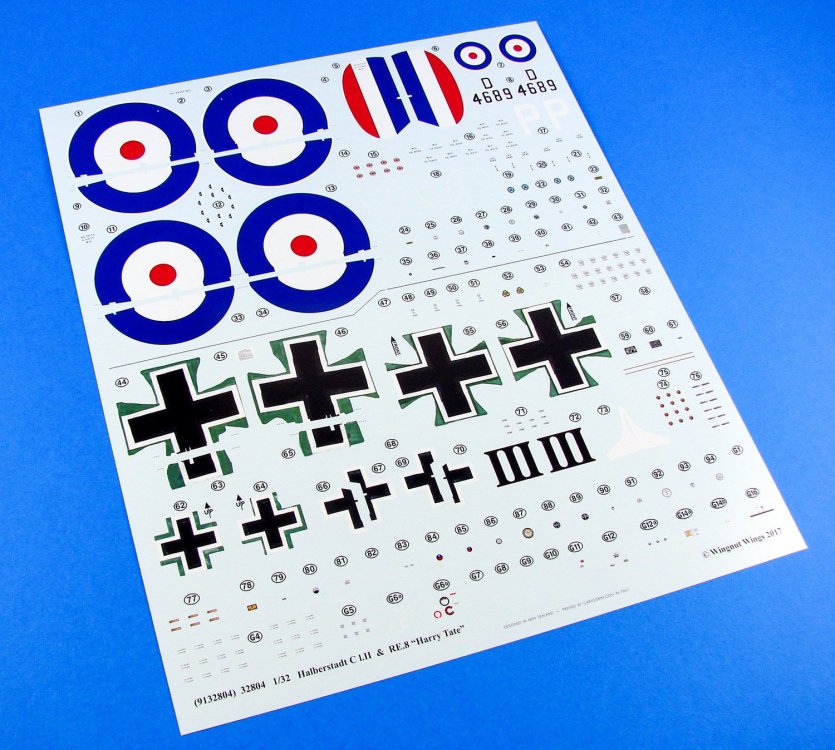
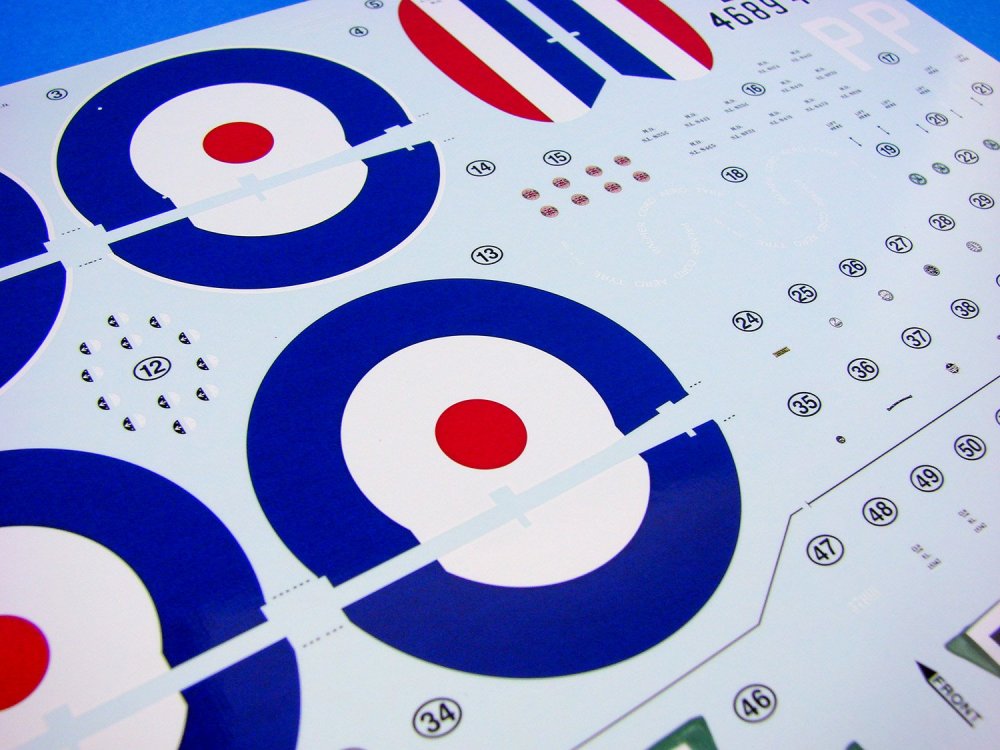
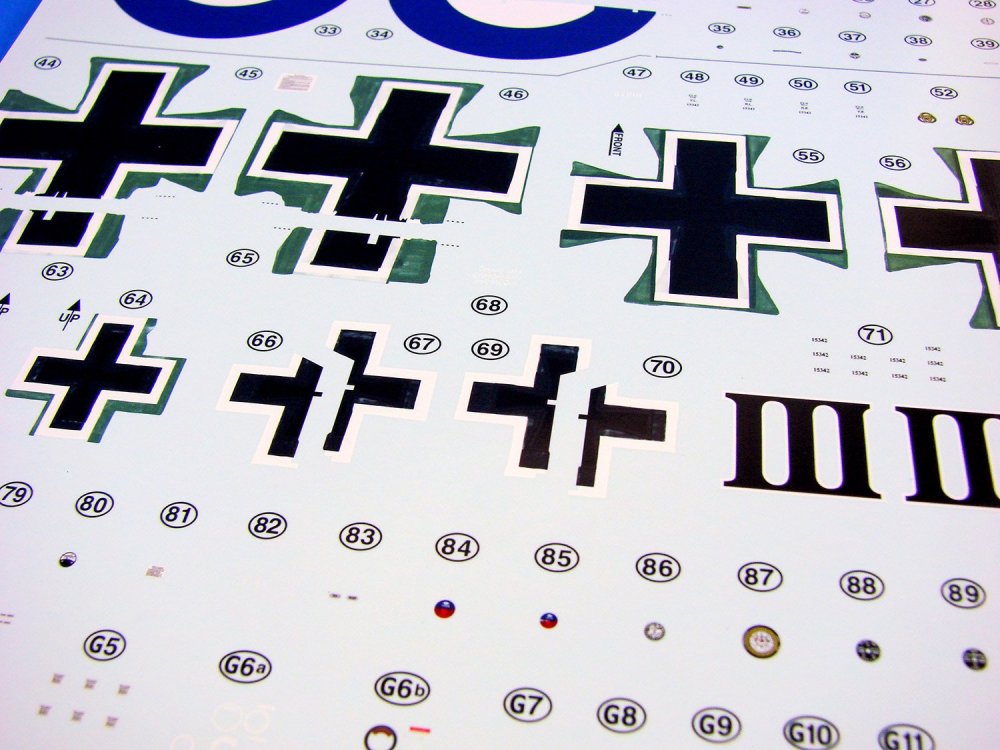
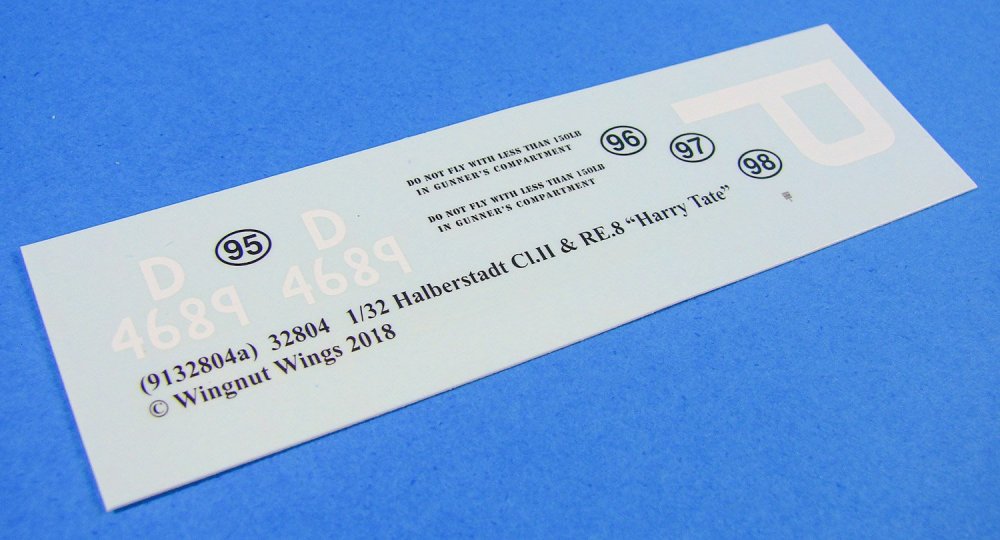
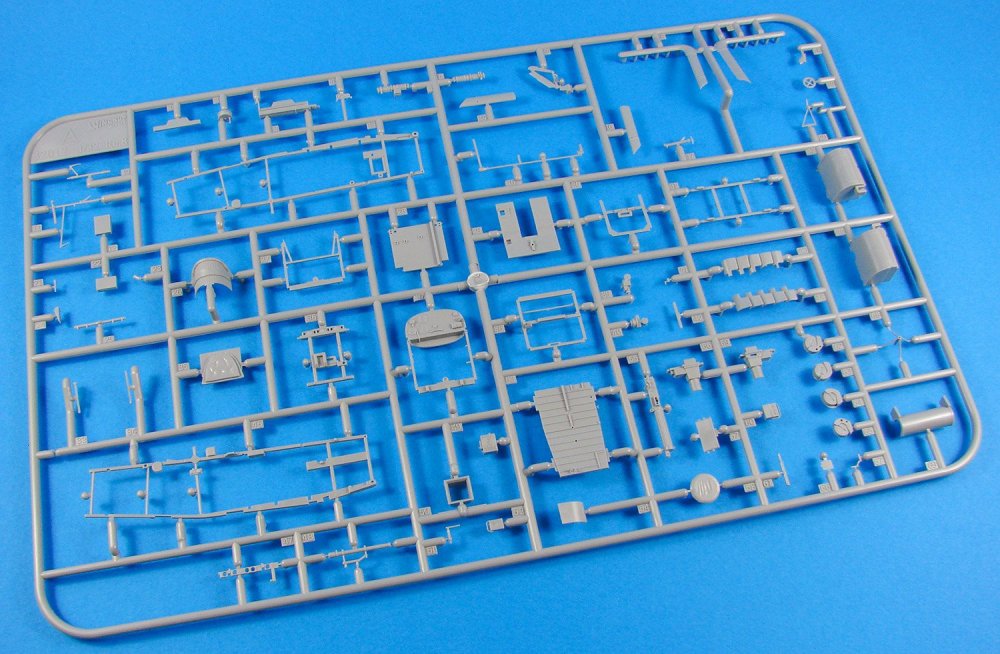
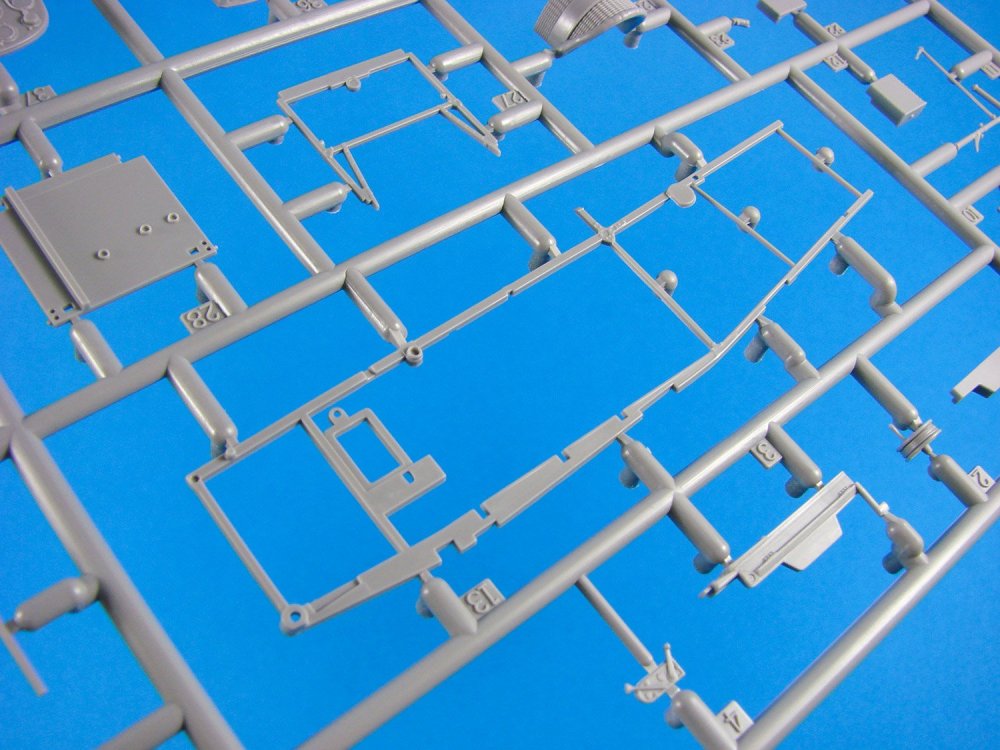
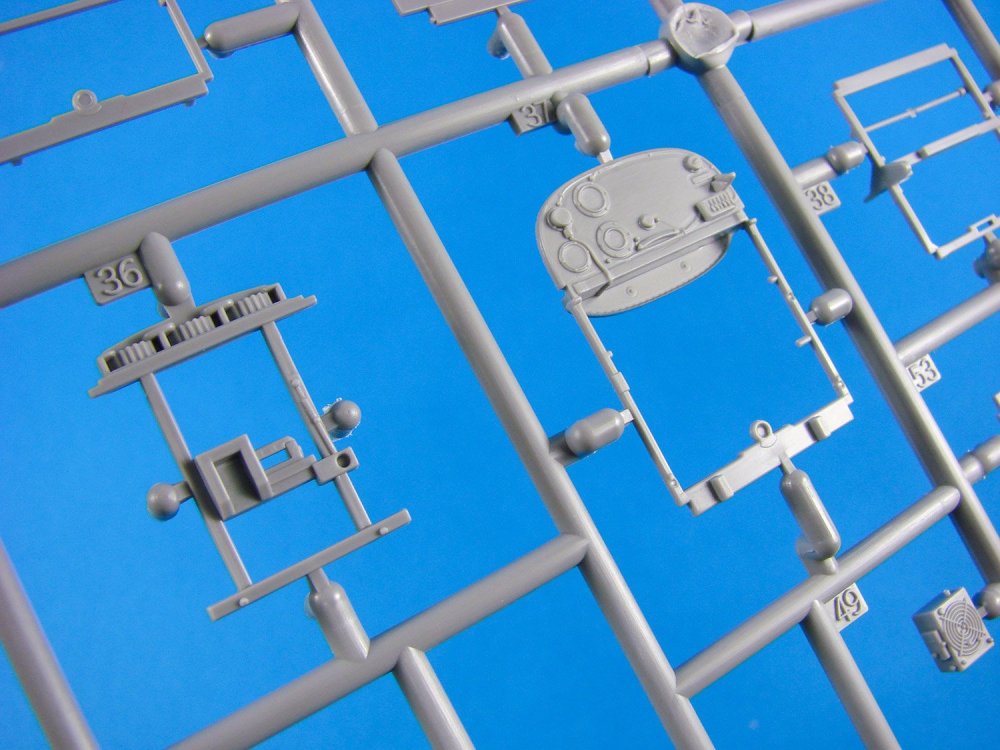
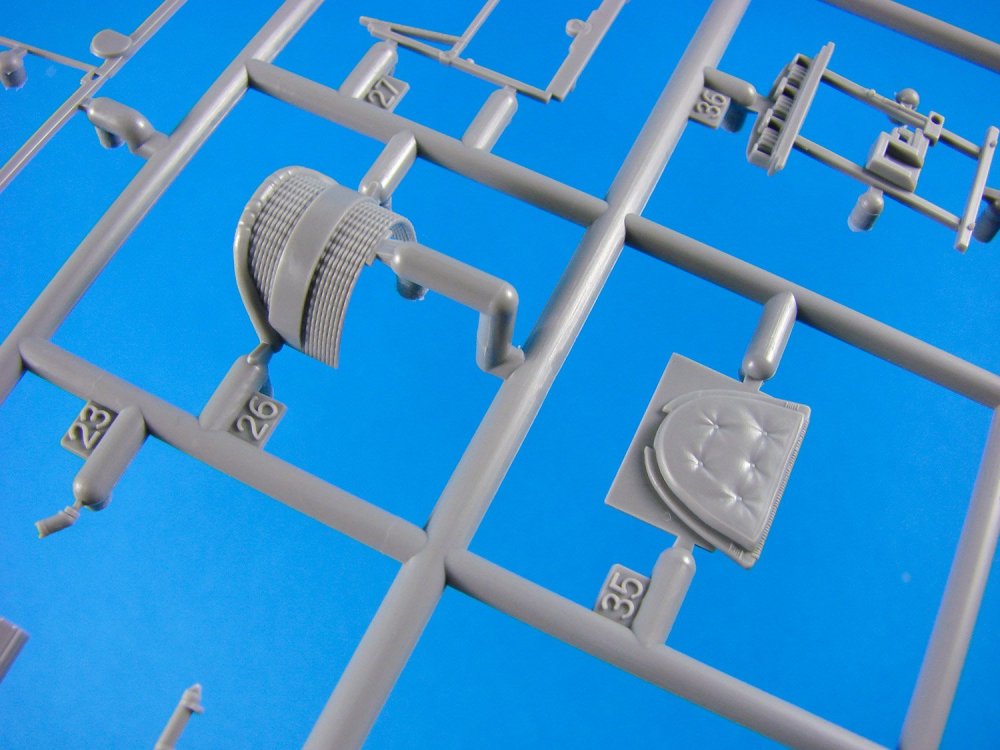
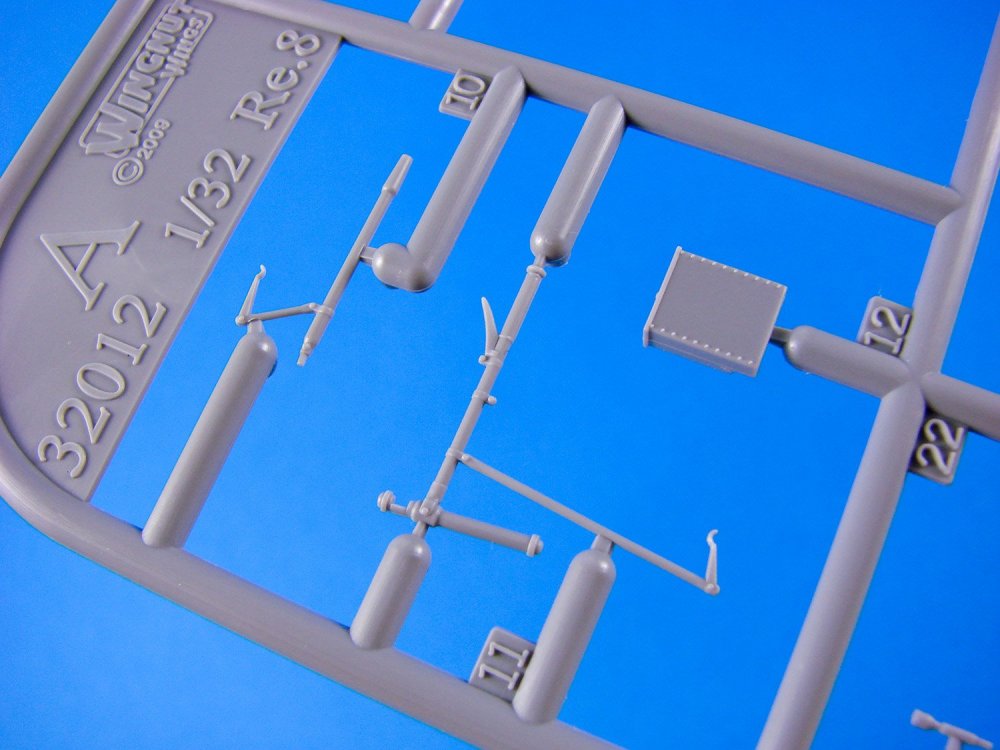
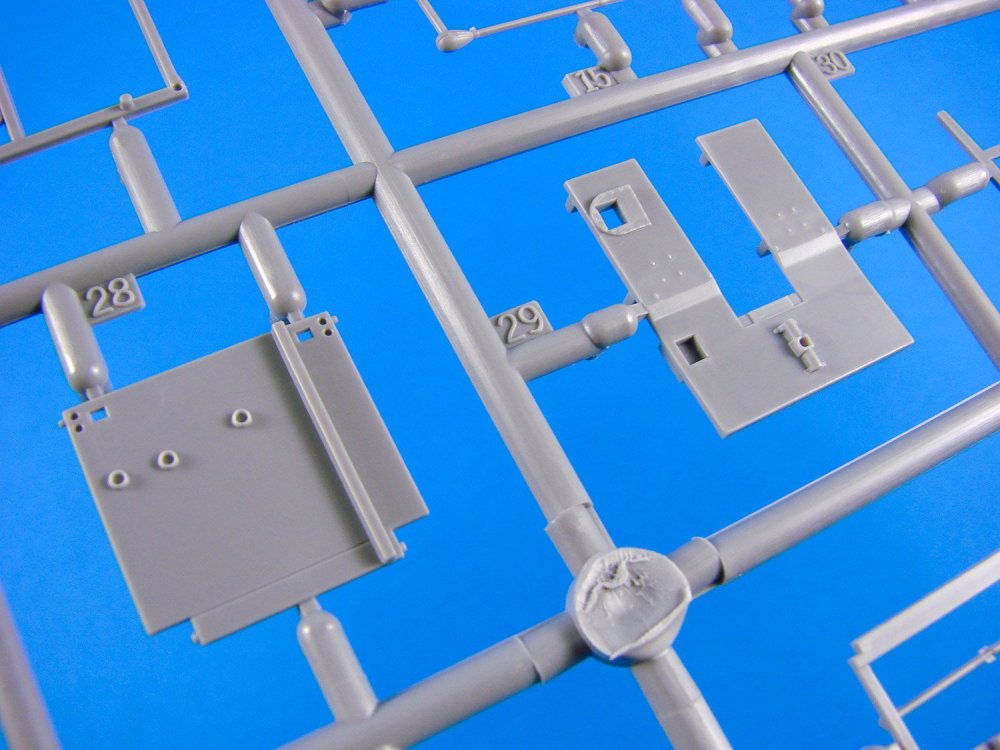

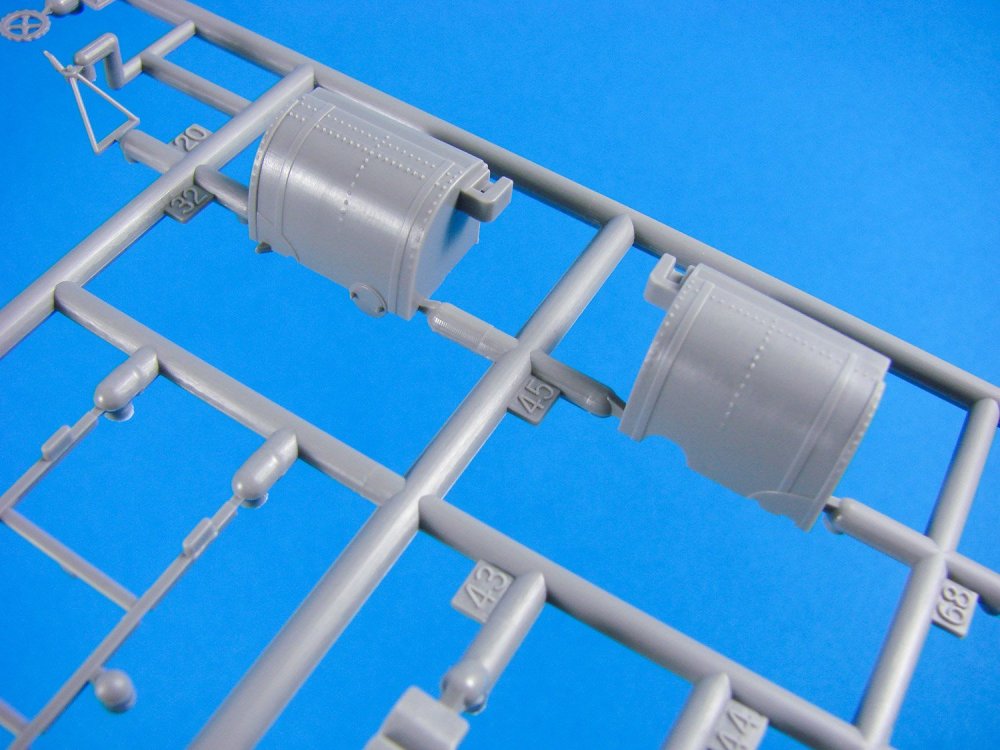
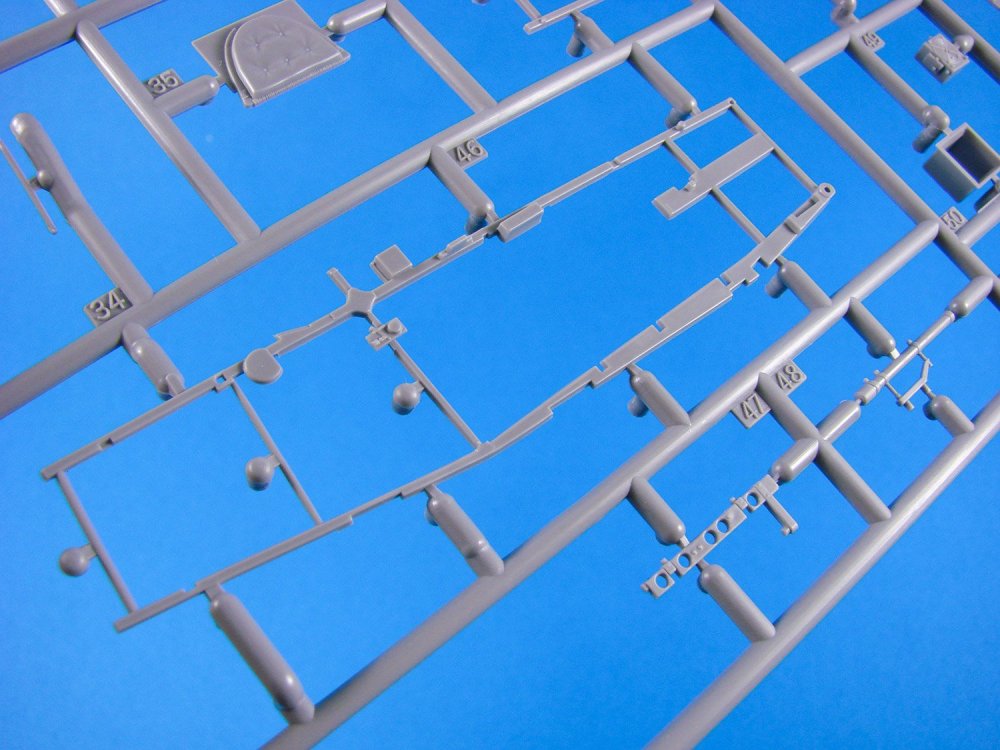
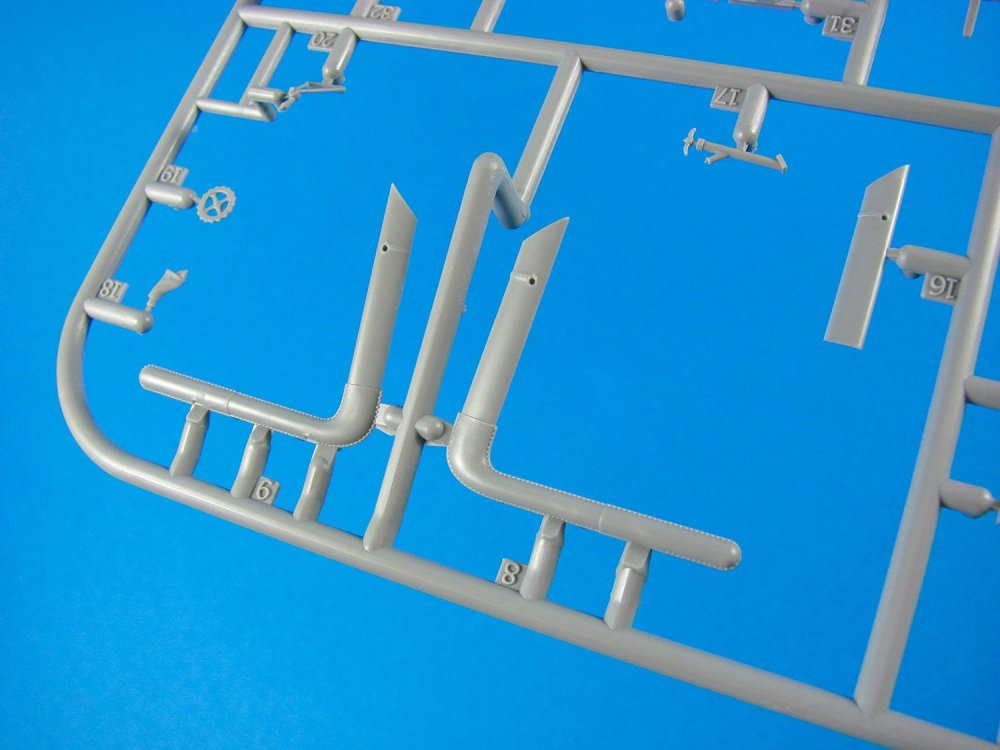


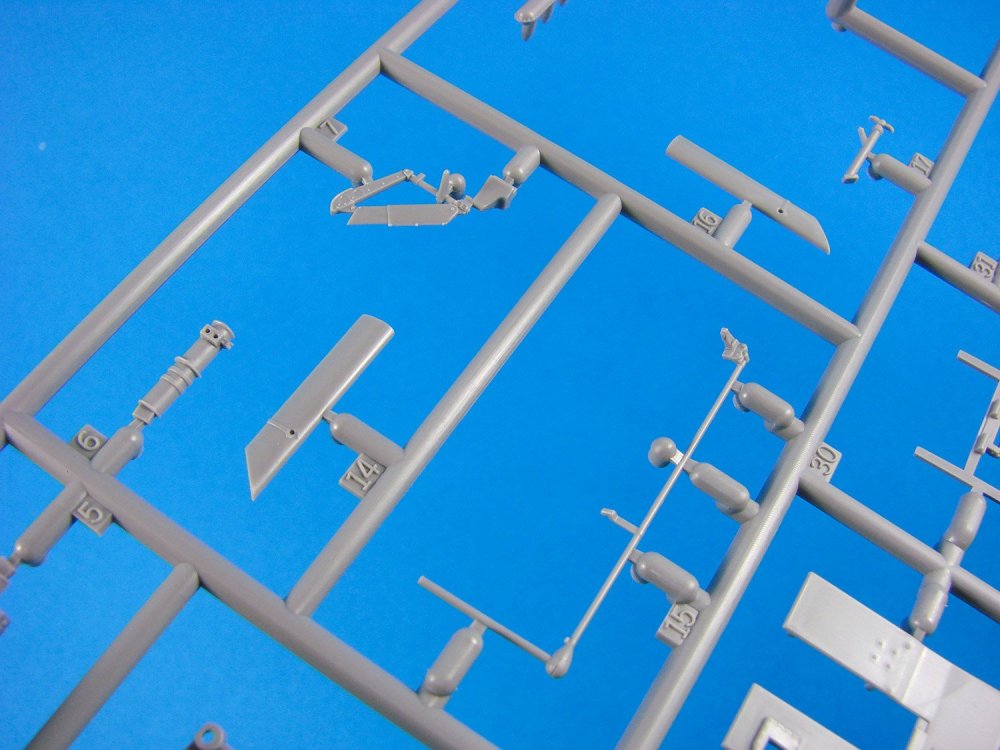
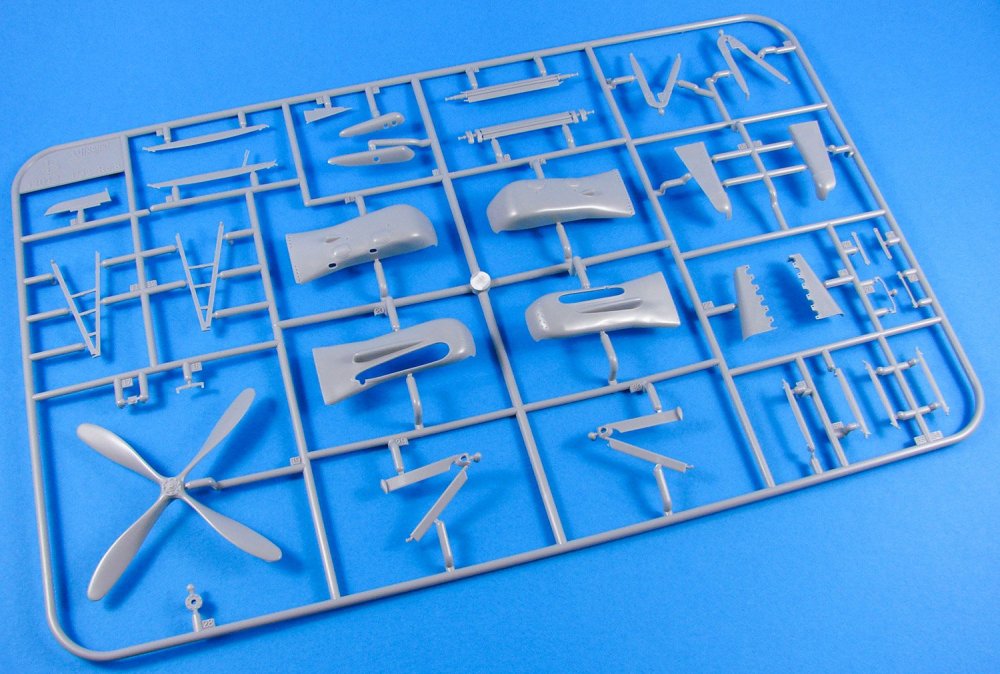

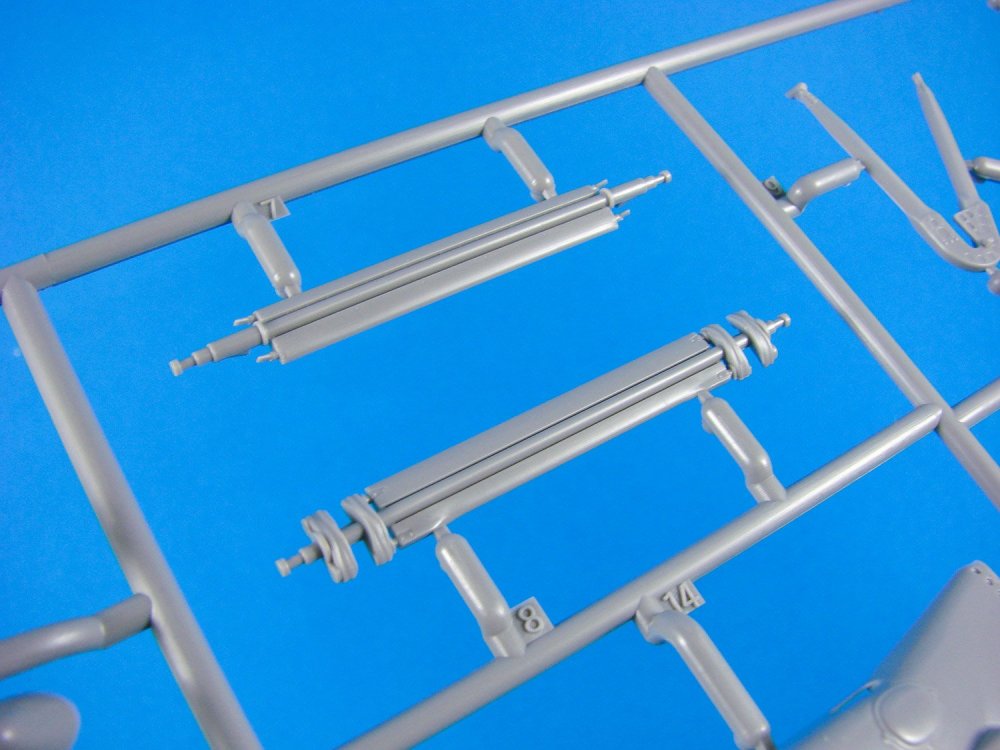
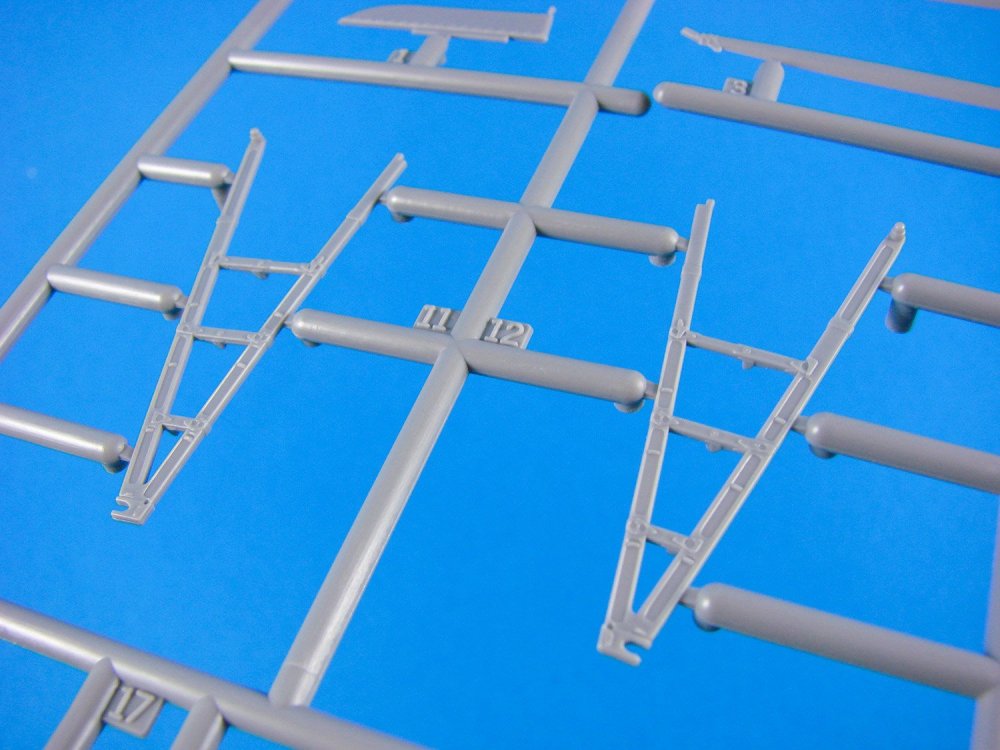
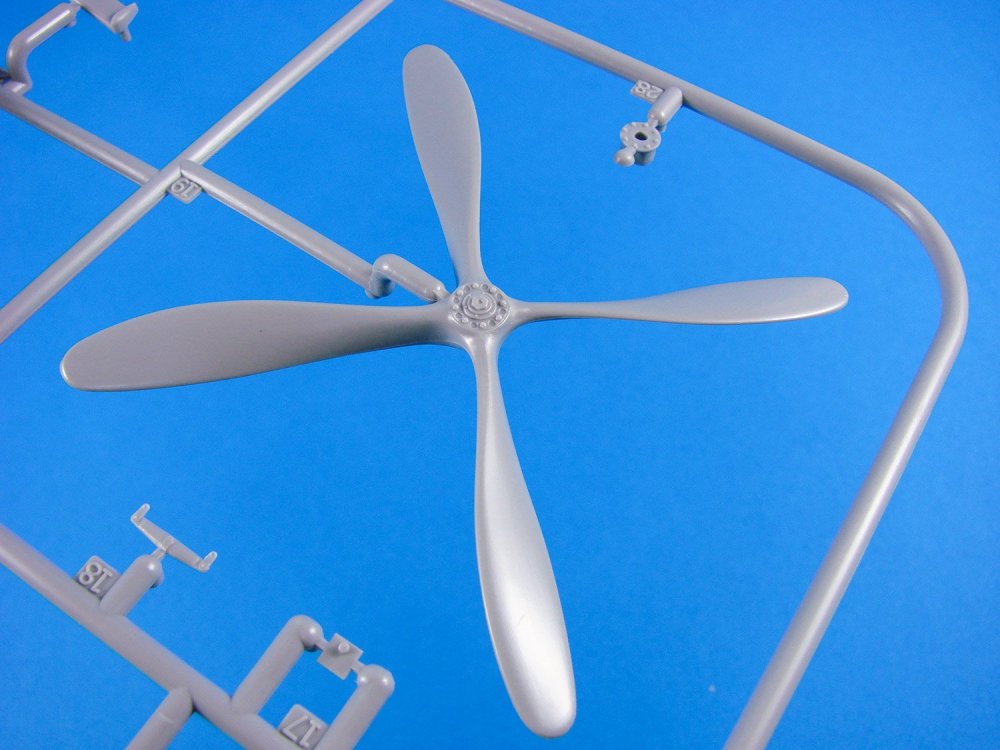
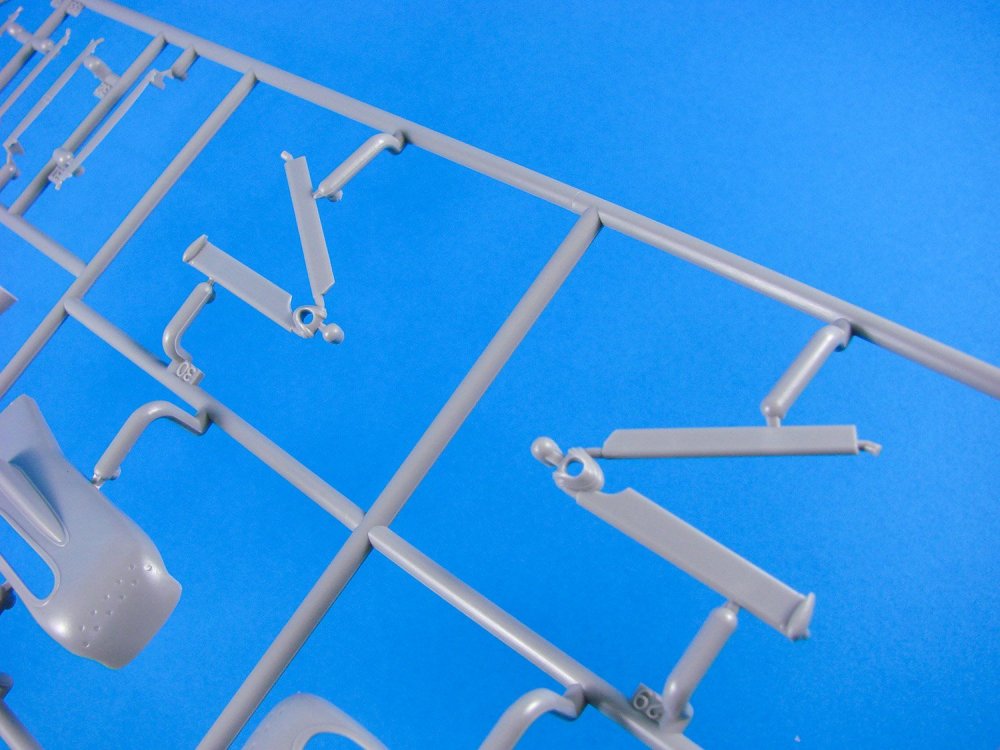
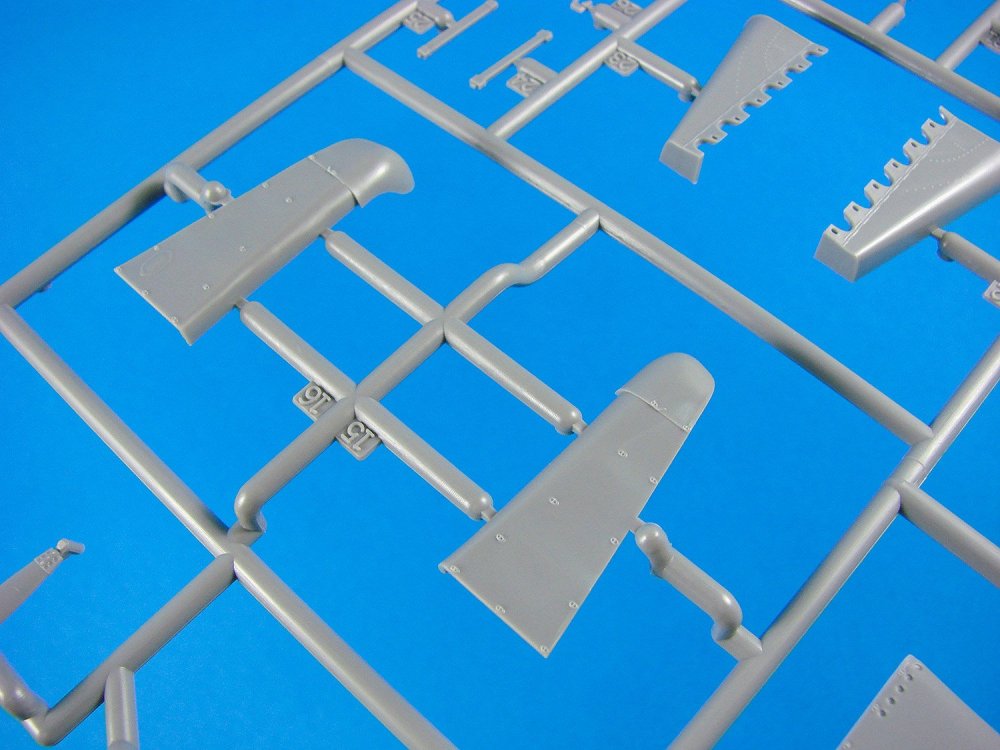

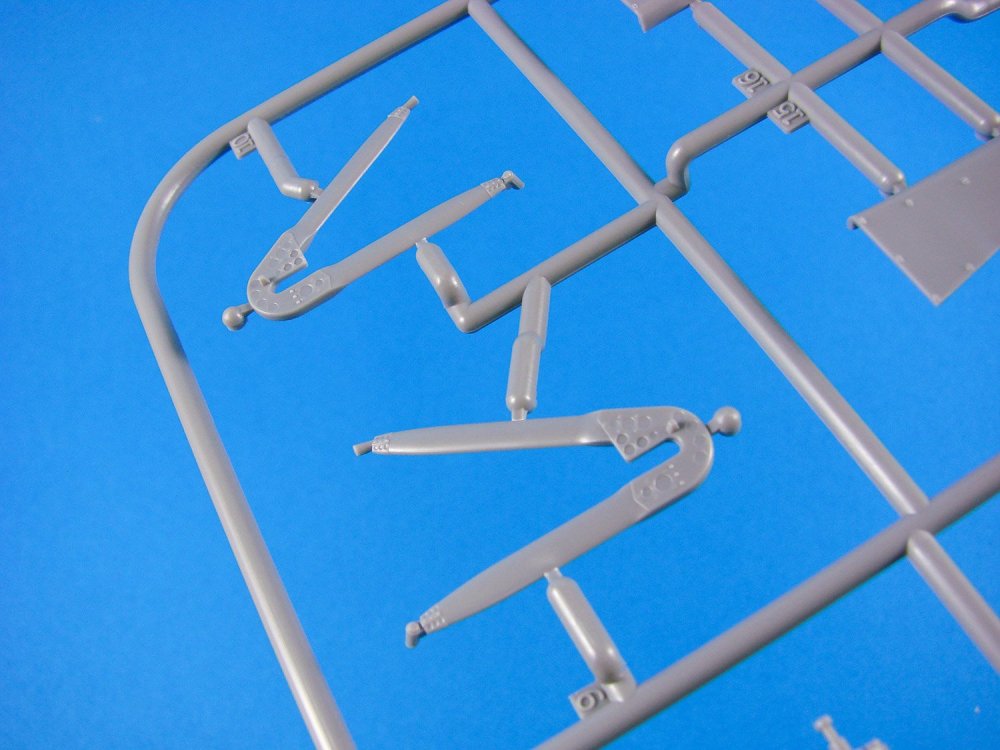
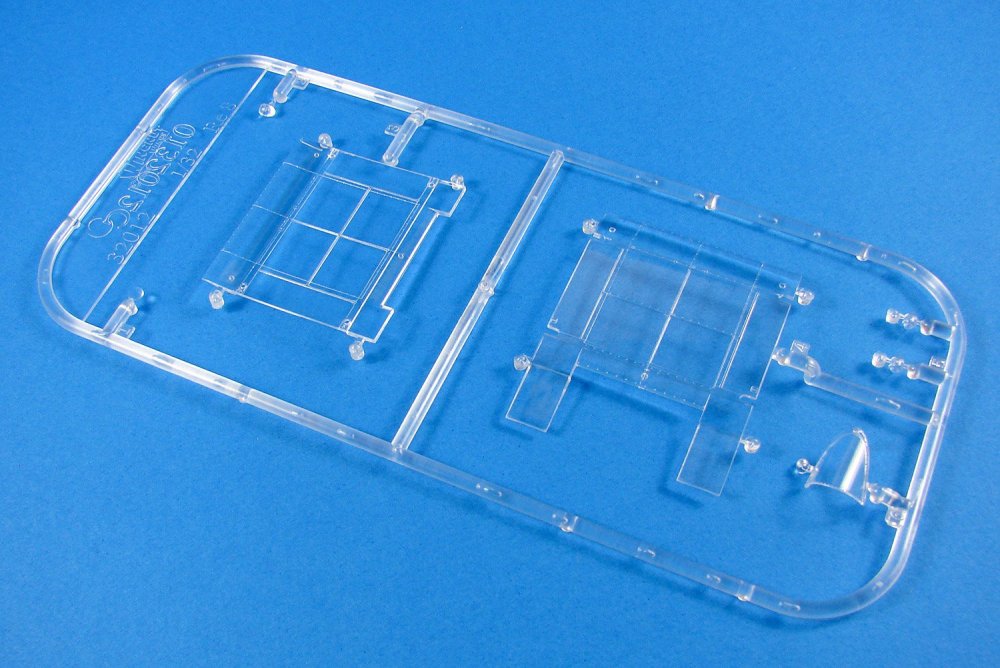
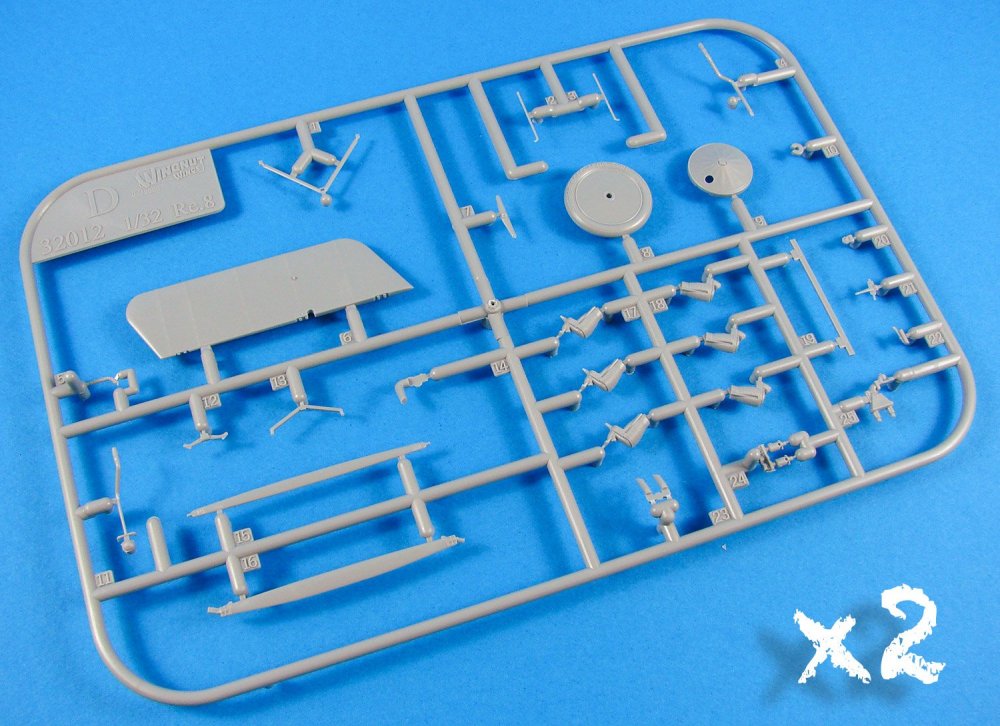

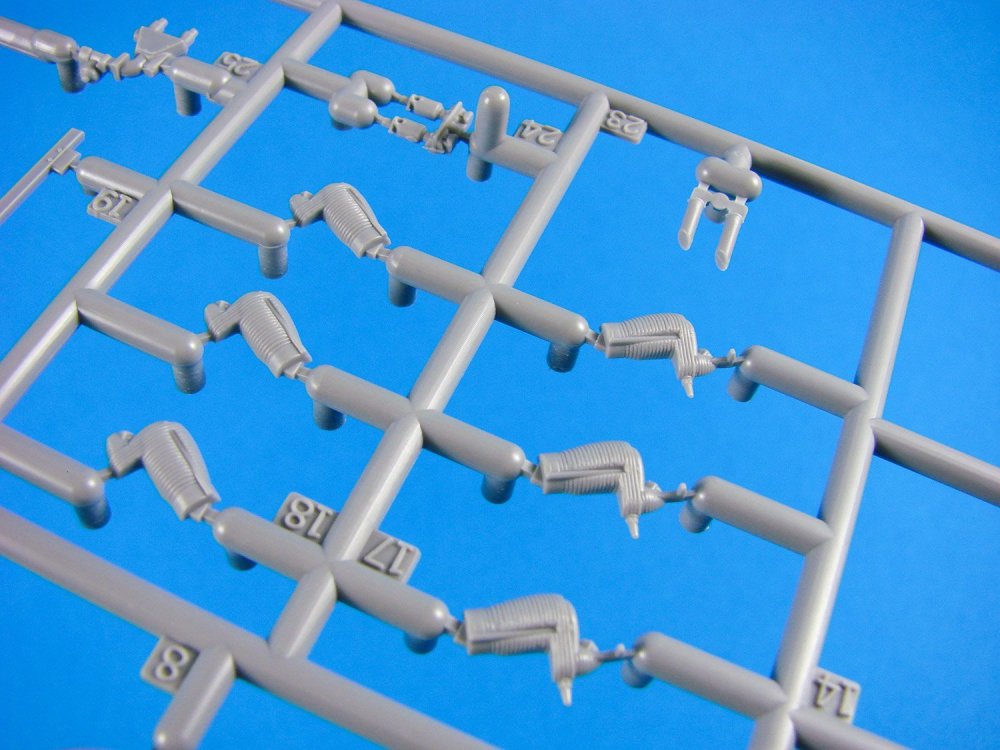
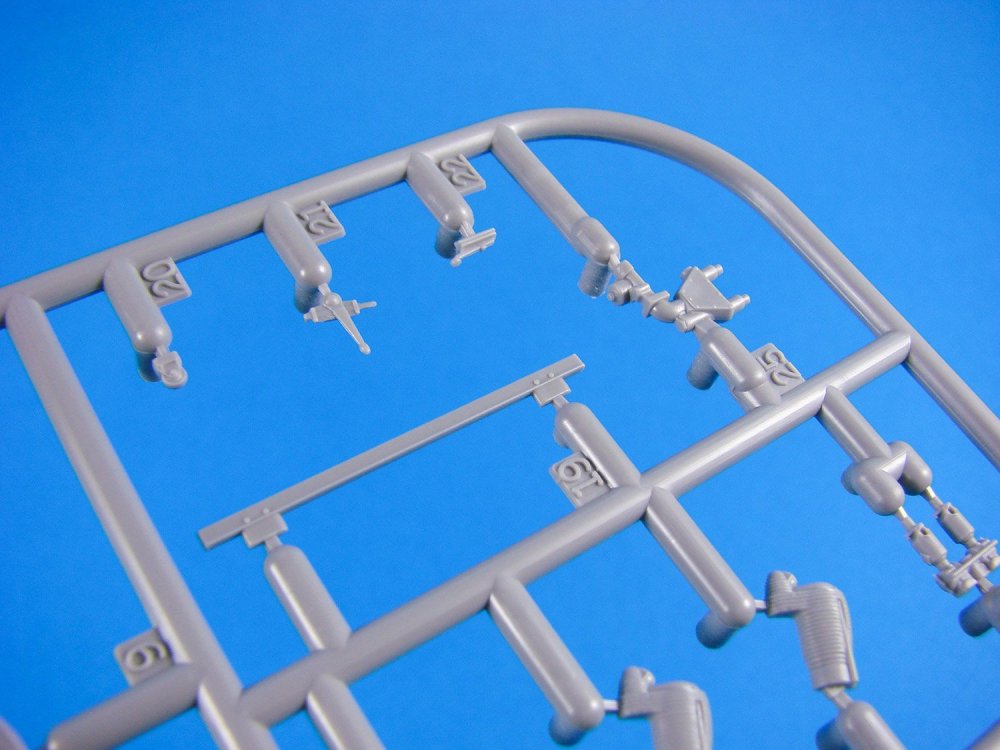

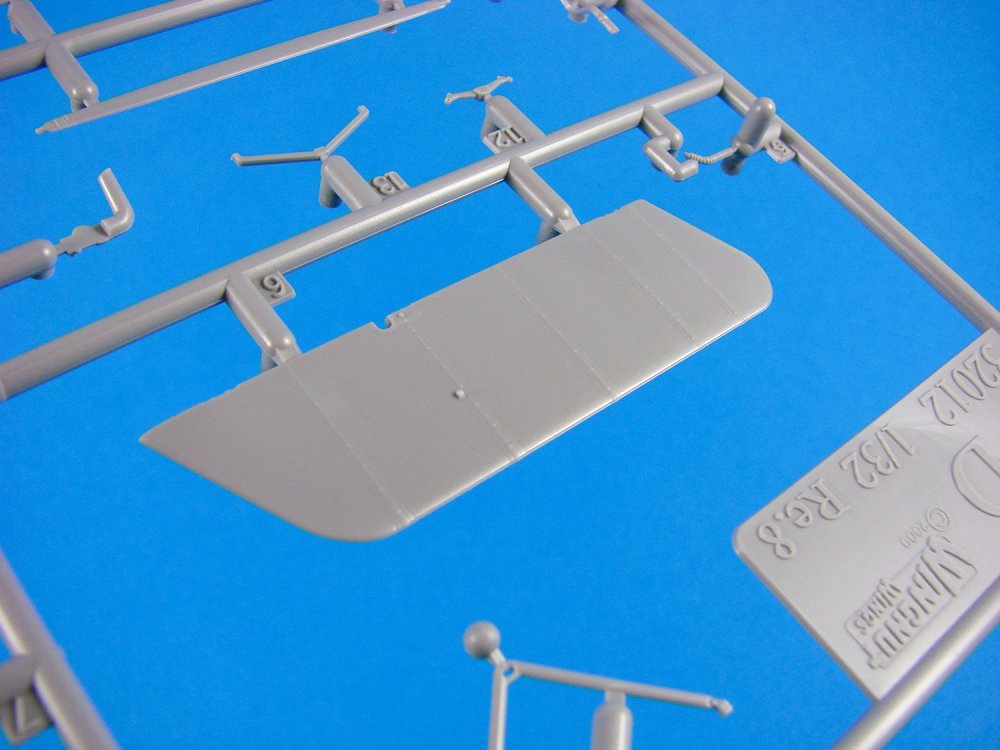
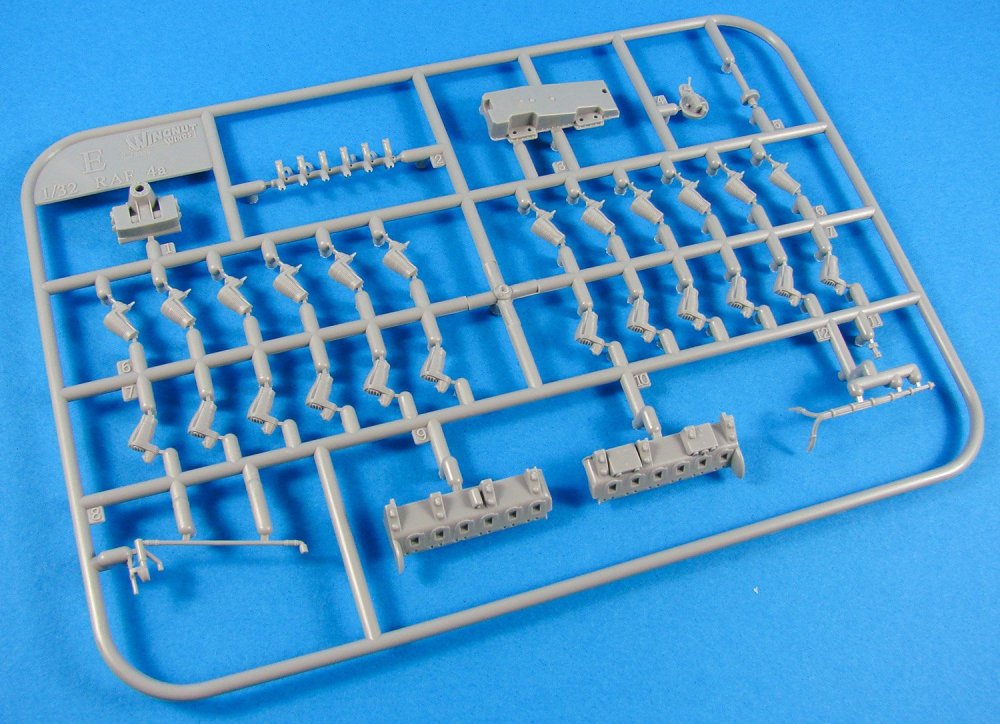
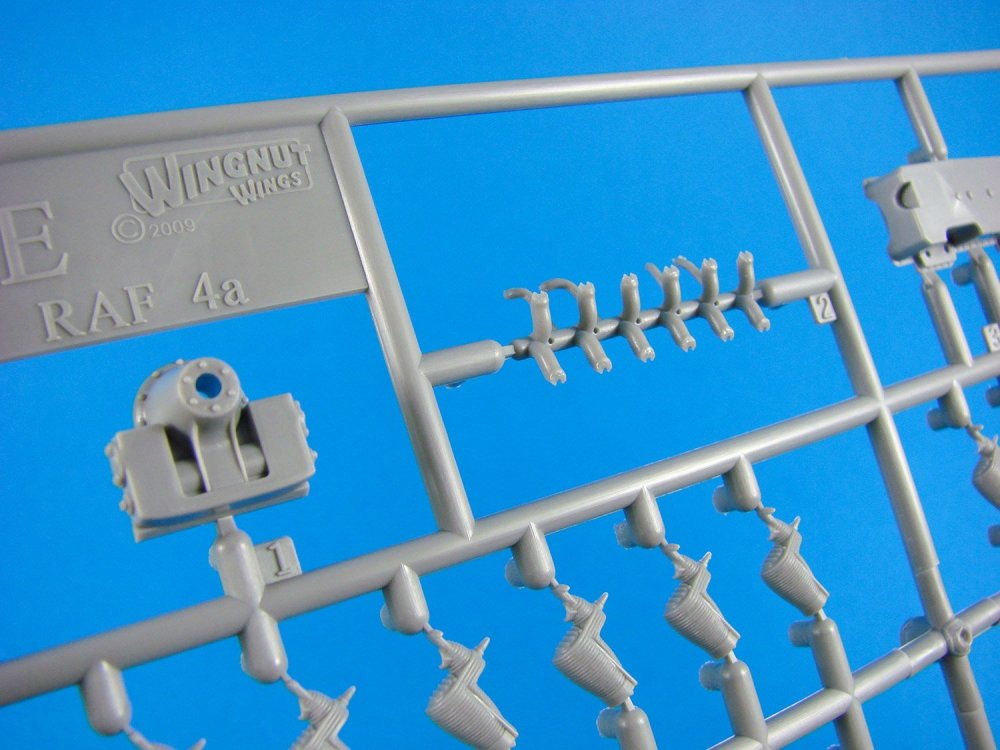

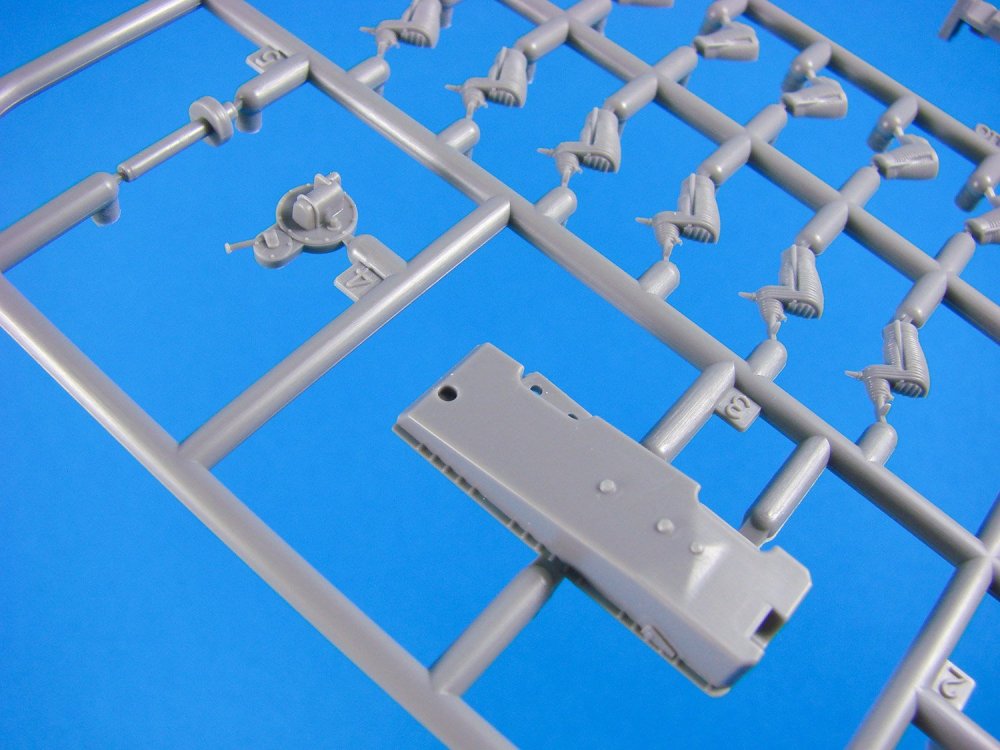
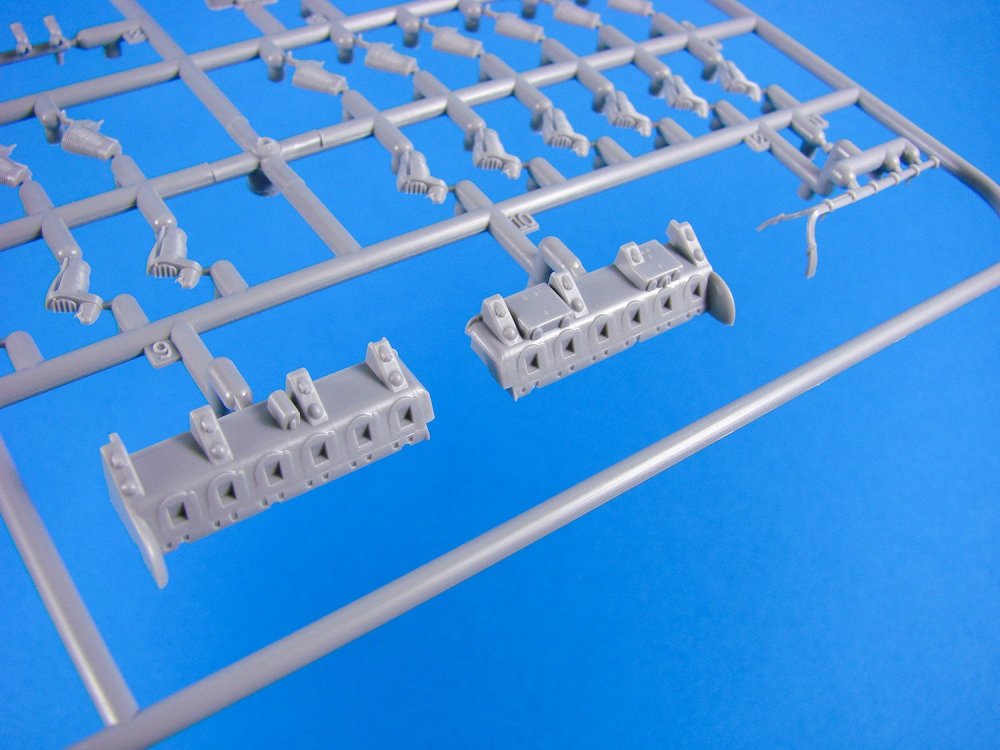
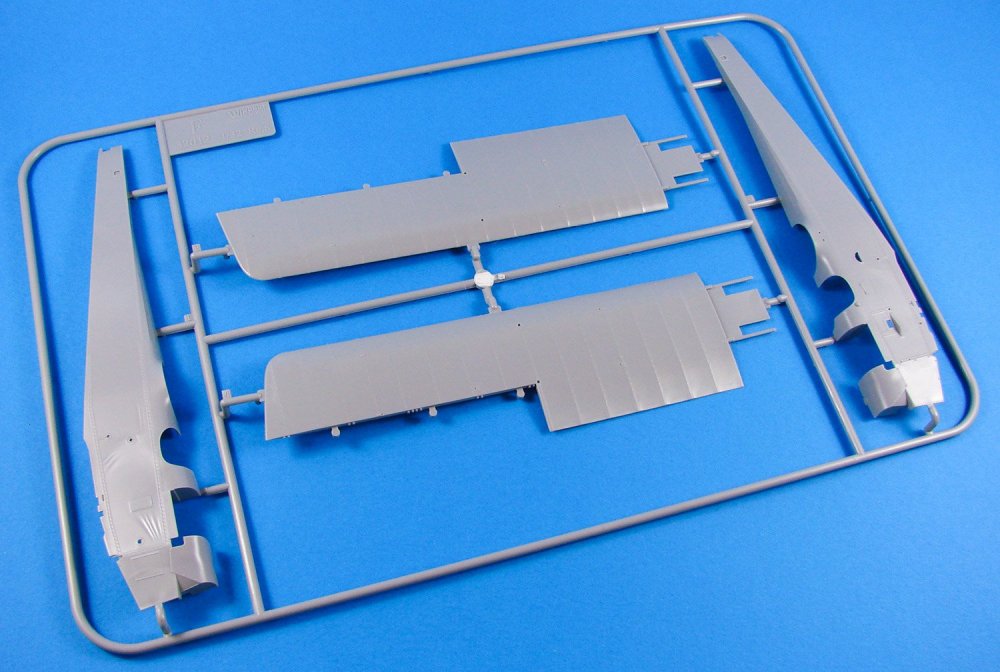
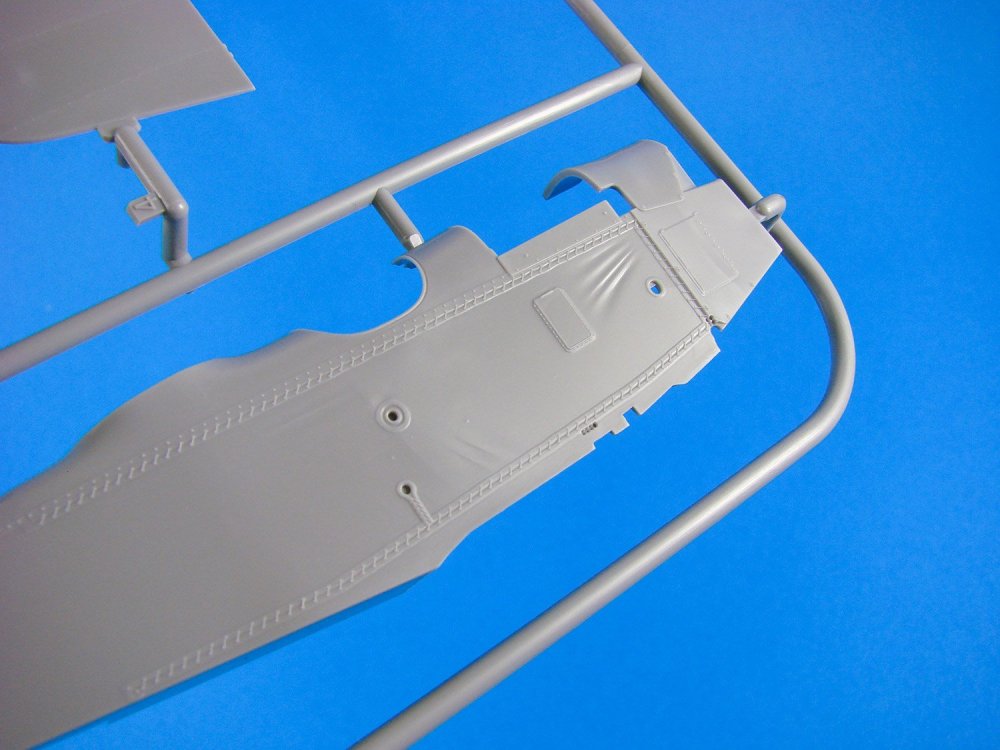
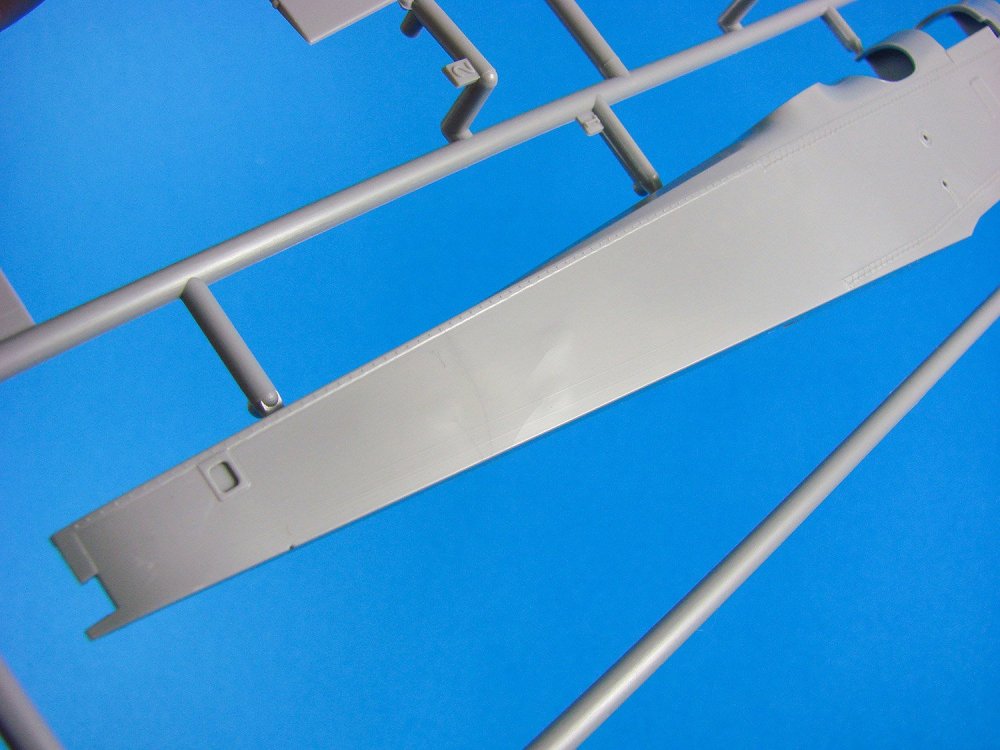
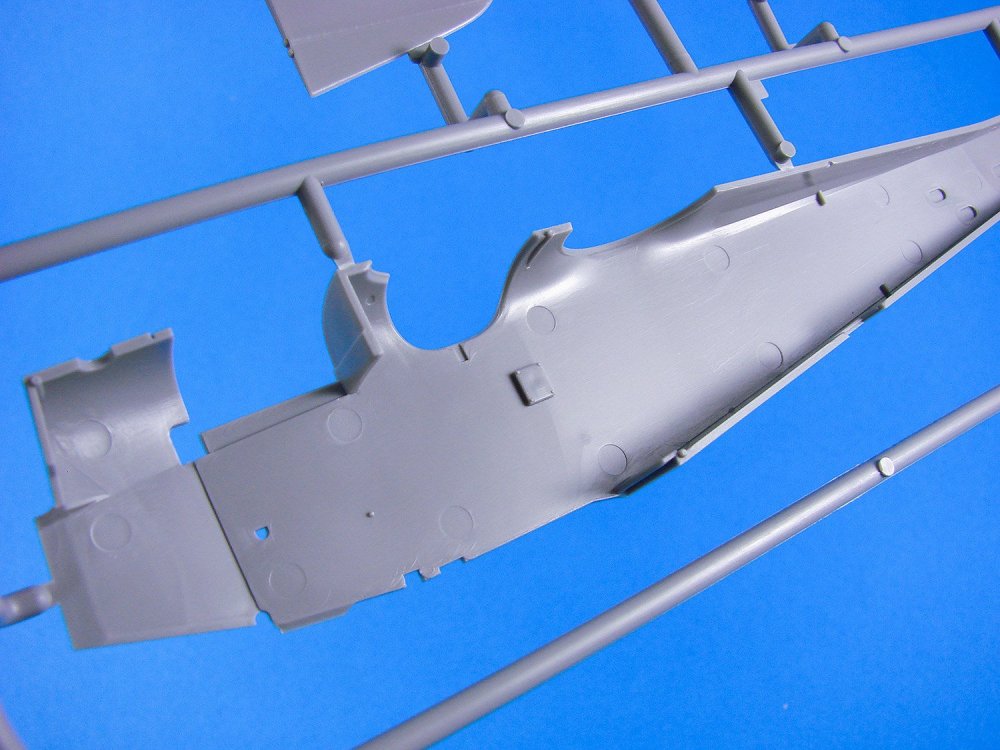
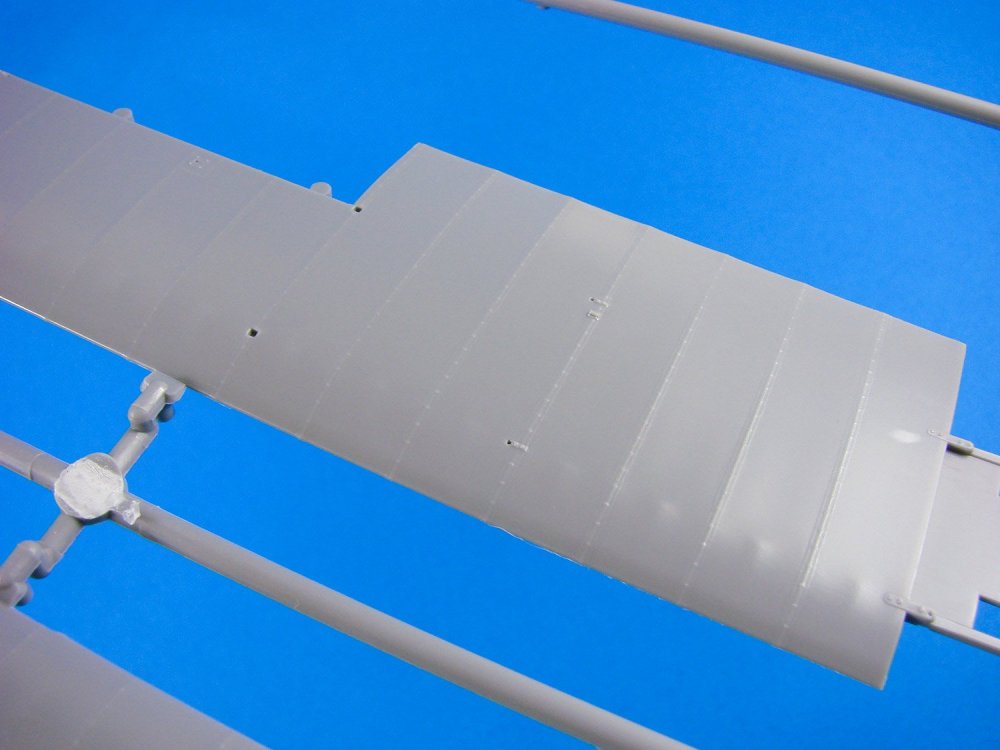
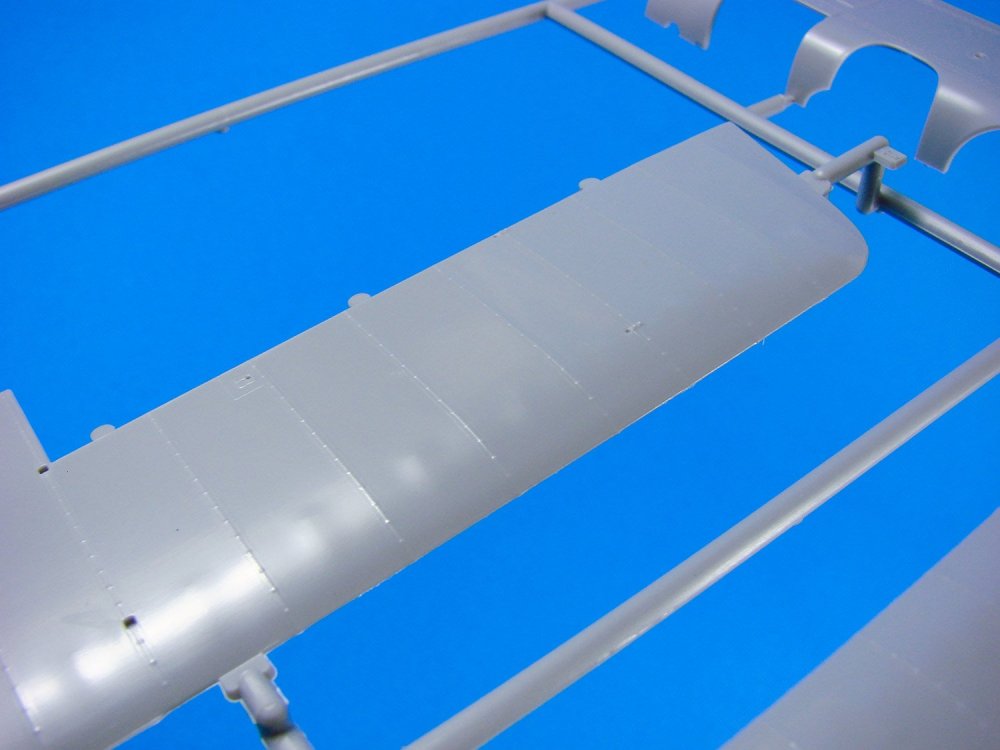
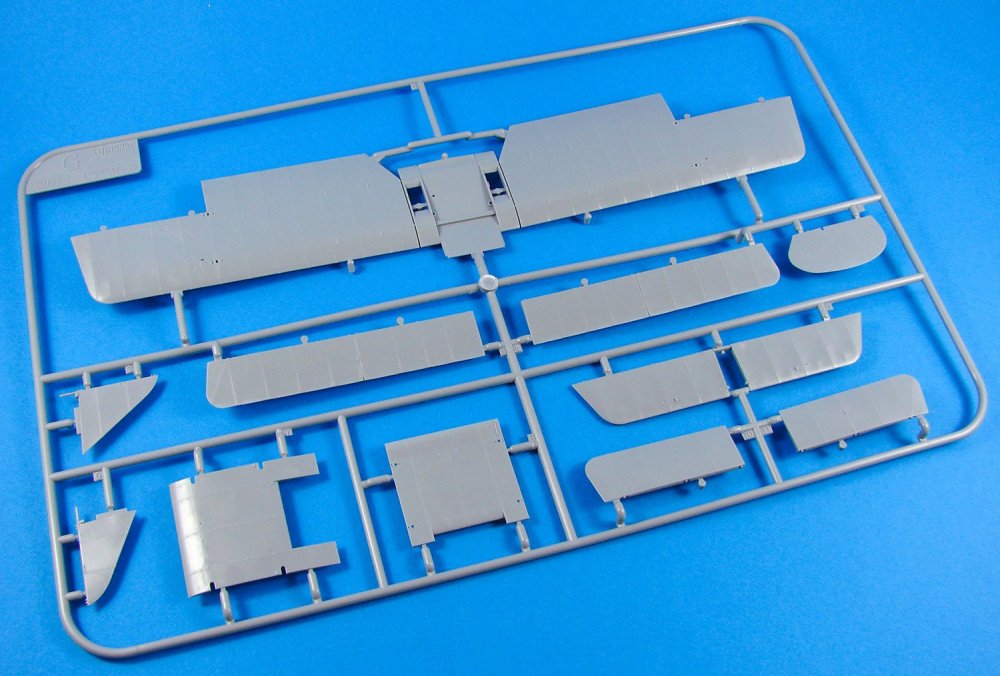
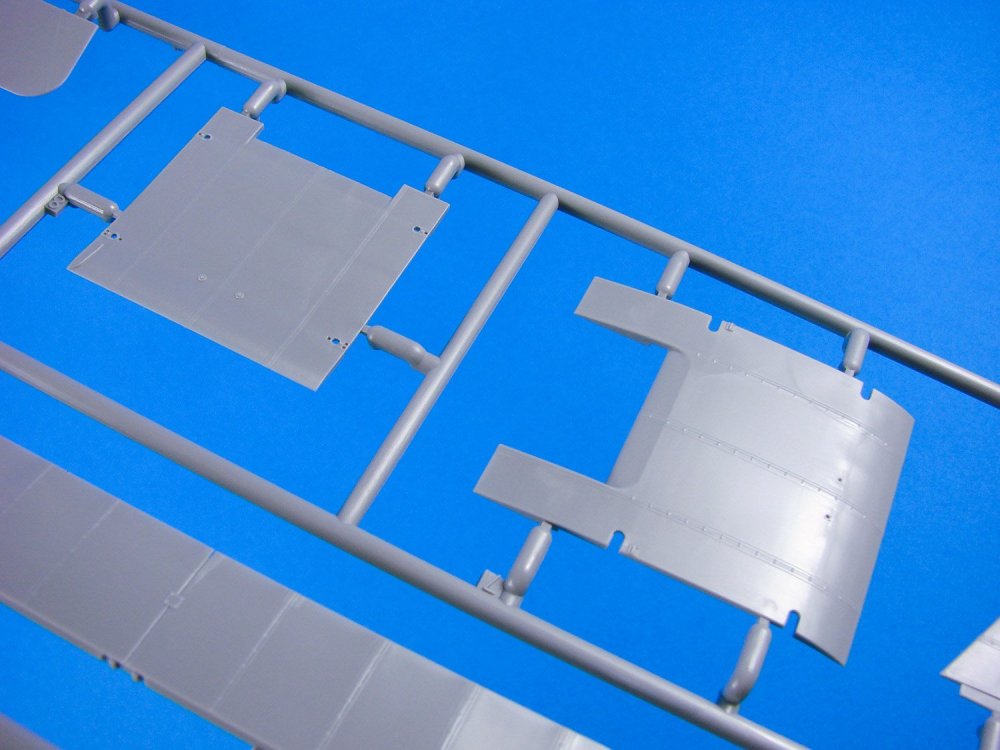
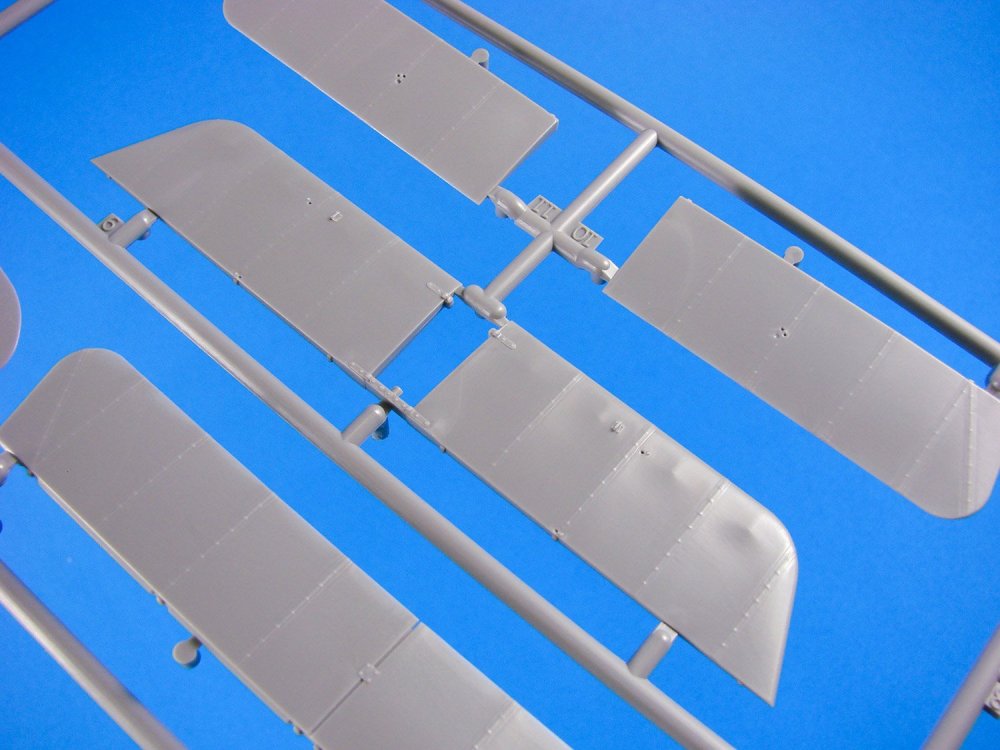
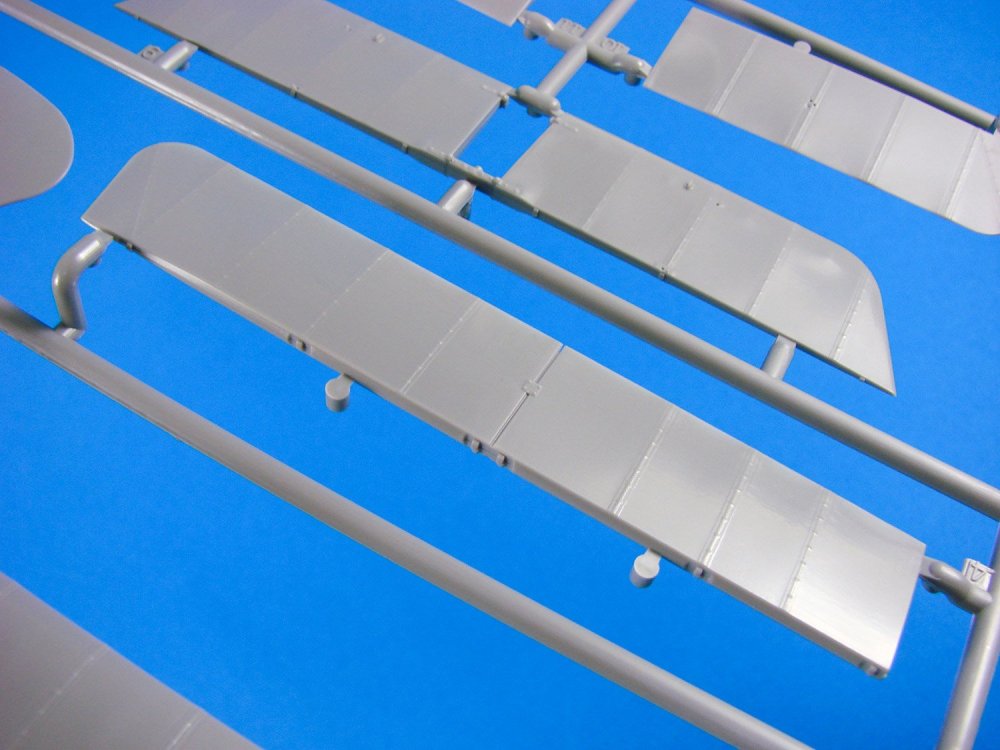
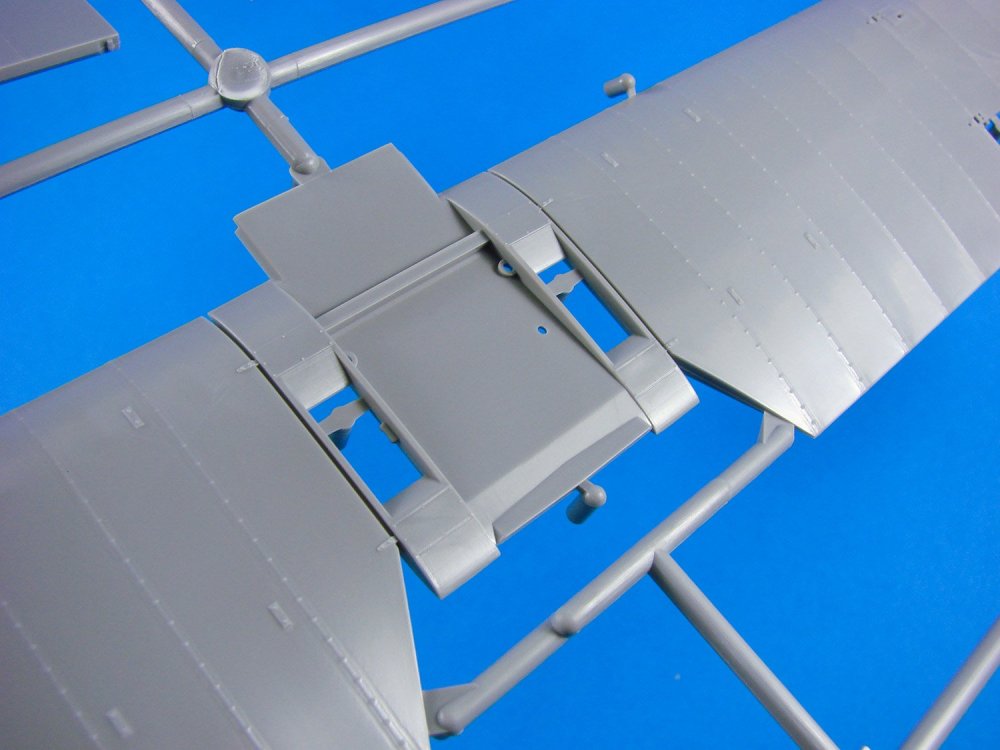
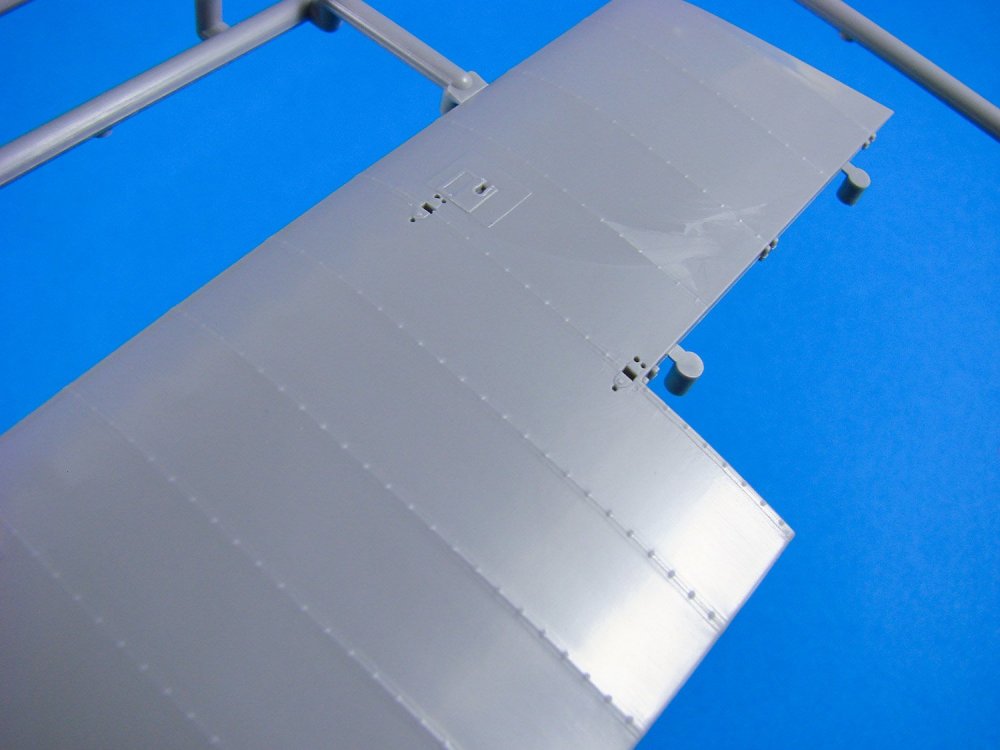
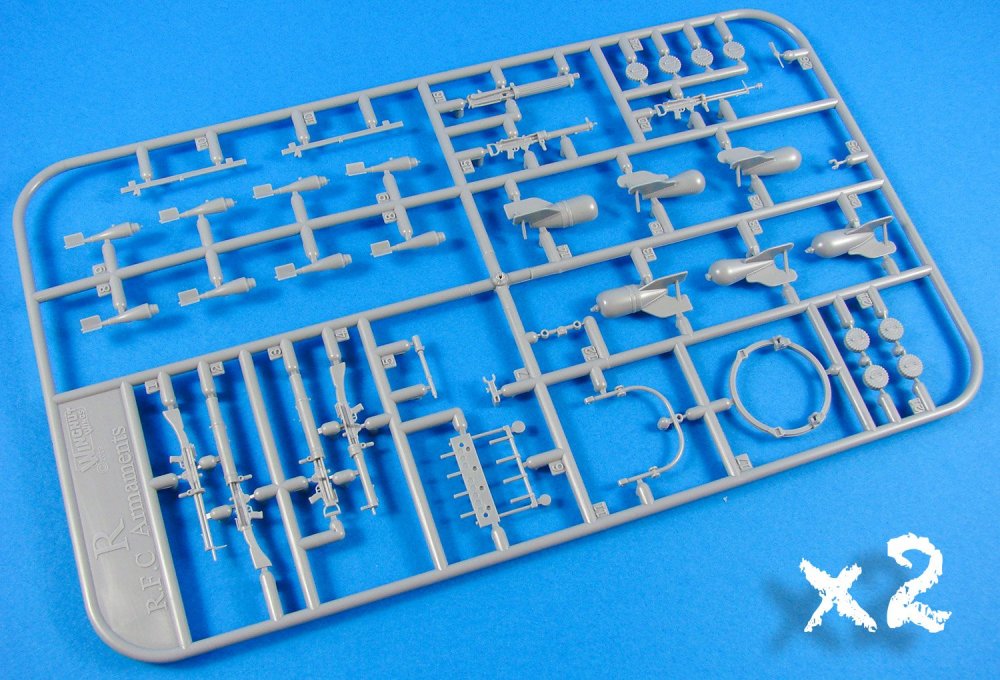
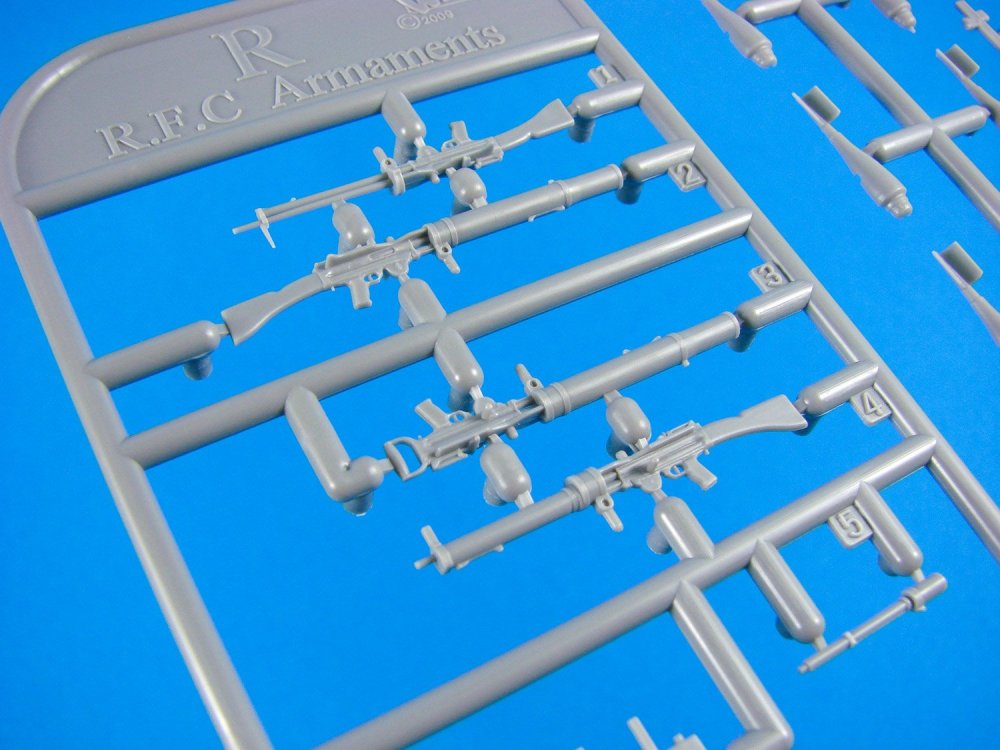
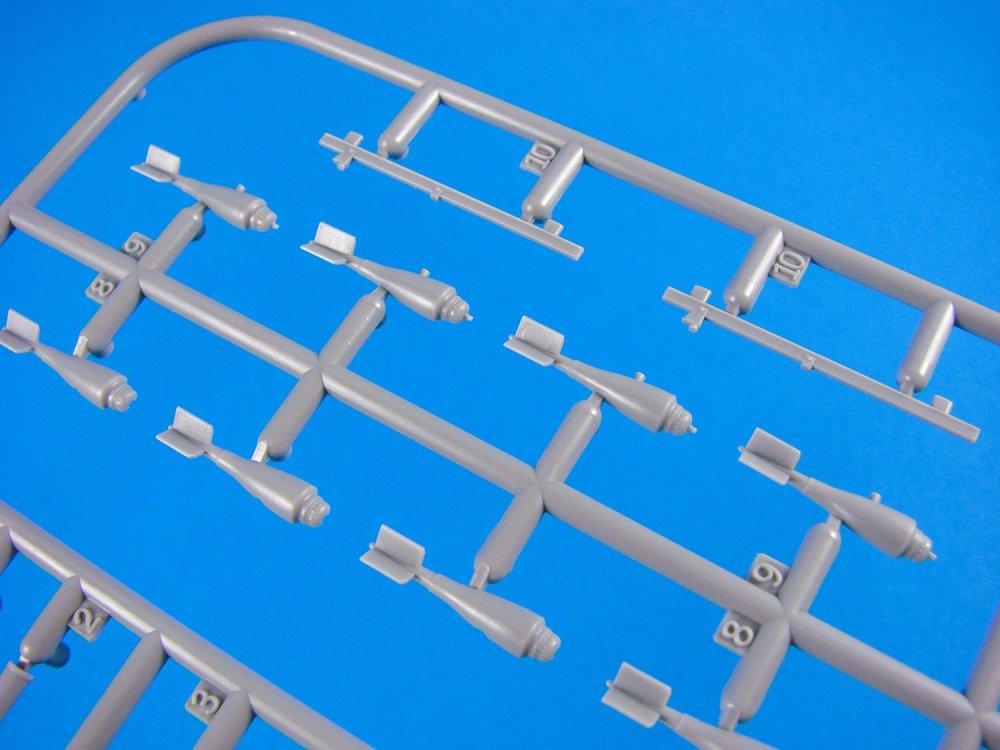
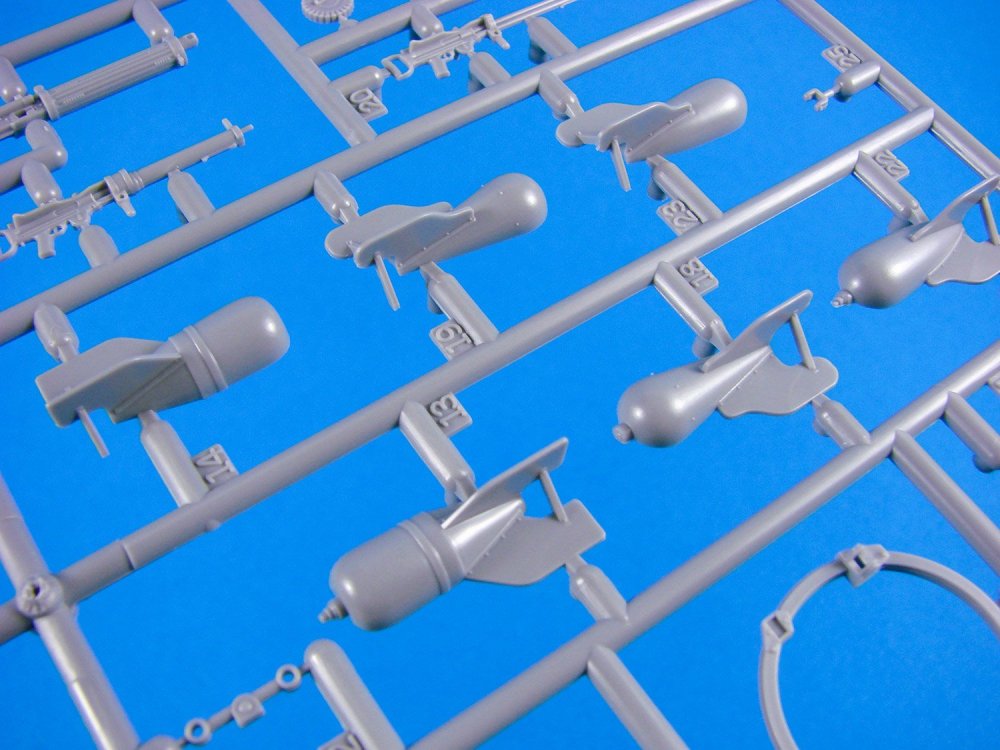
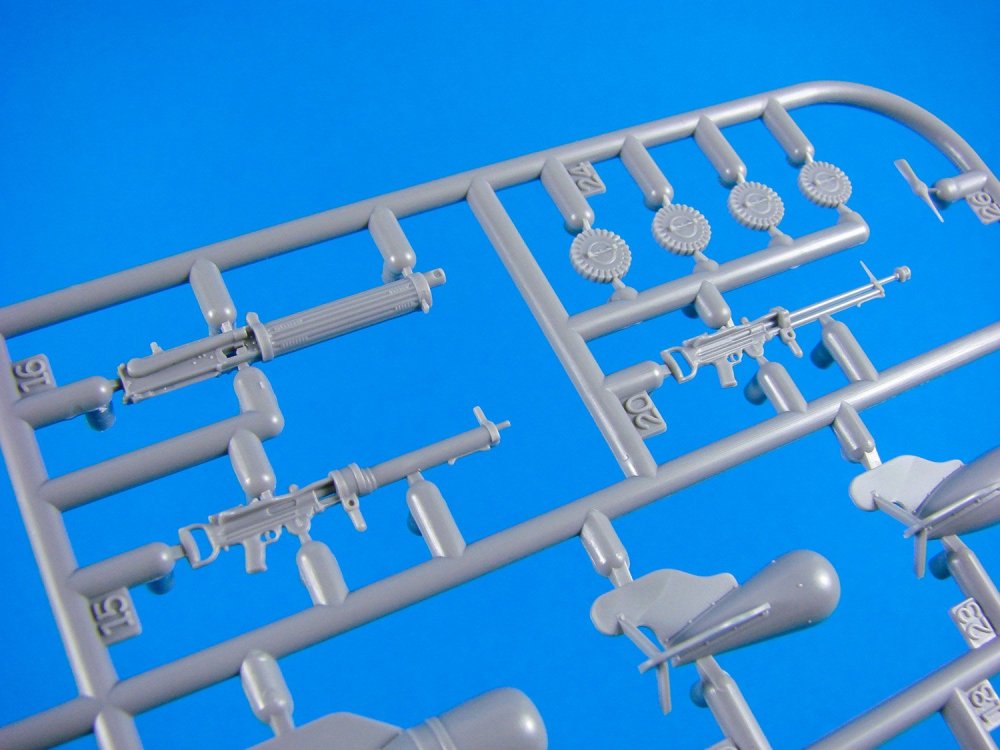
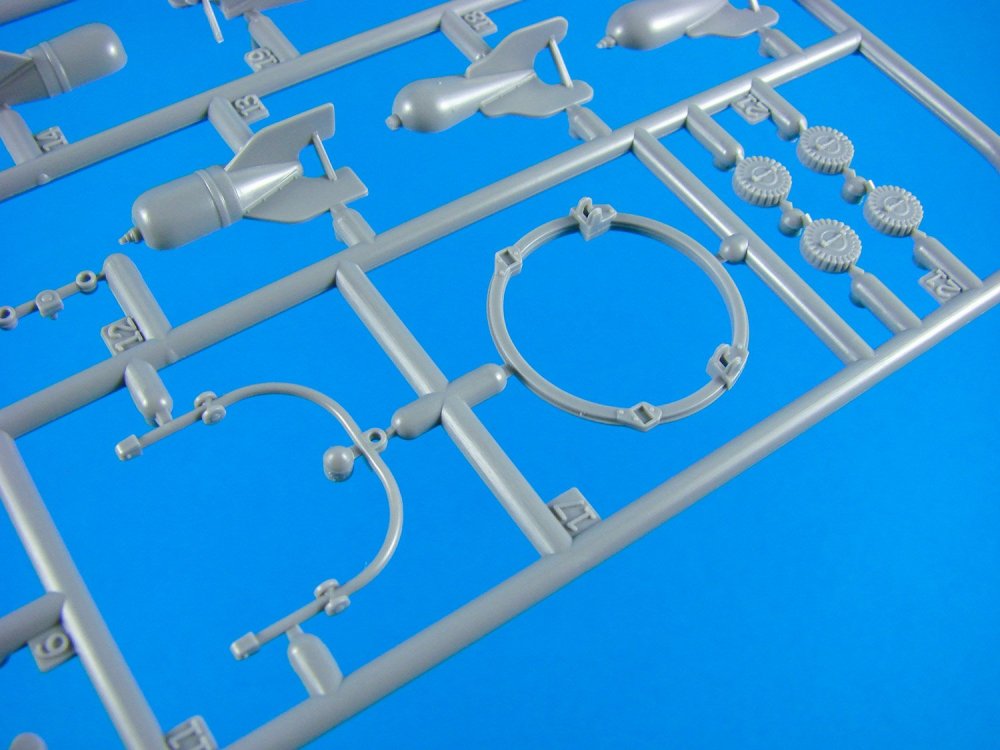
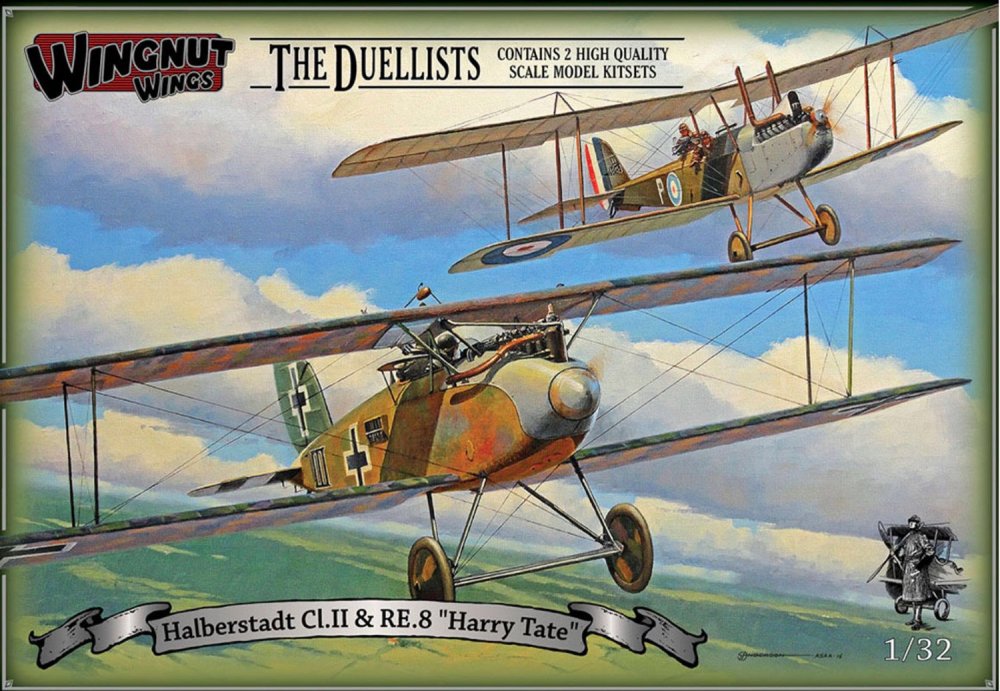
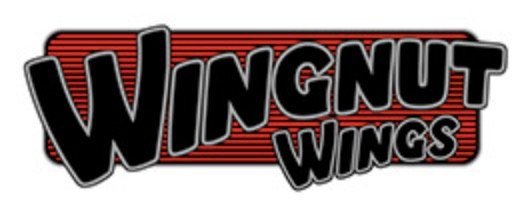
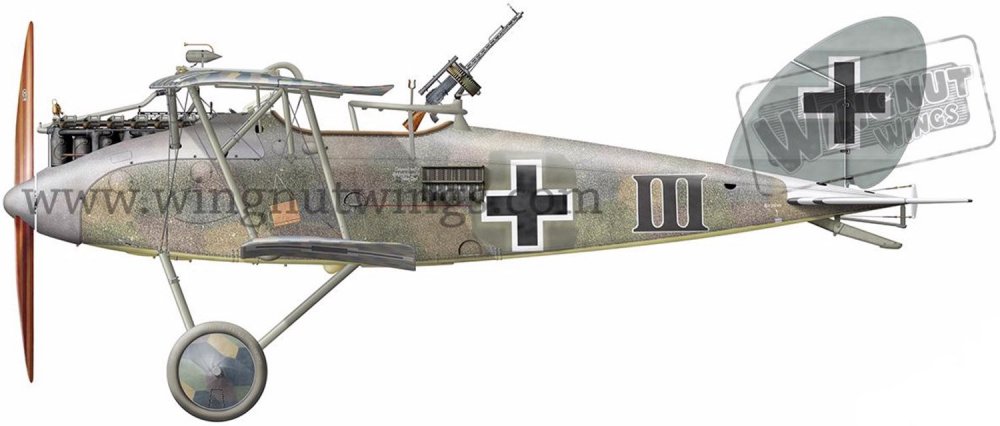
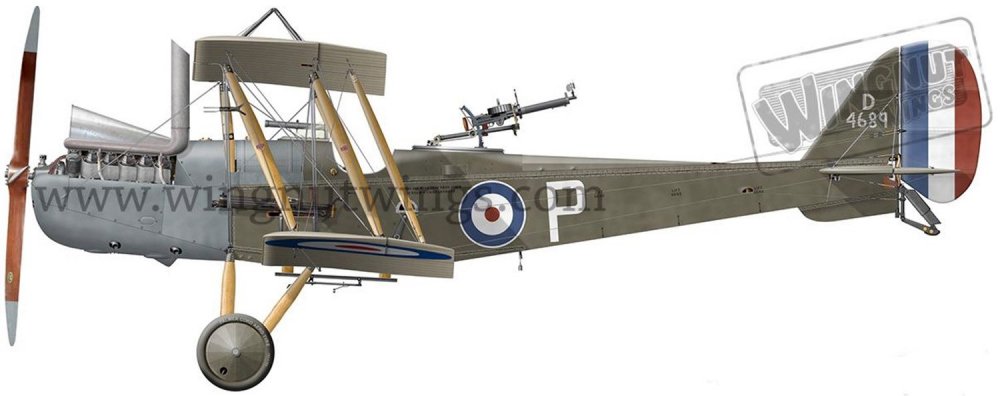
-Instructions-1.thumb.jpg.fa81acc010ffbd7e19baf5d6d33bdae8.jpg)
-Instructions-6.thumb.jpg.d088f28c6d476ef66dbf7aa2151af5ee.jpg)
-Instructions-8.thumb.jpg.438771c2bc3826fdb36e4cd73edc8112.jpg)
-Instructions-13.thumb.jpg.a069473ba2af2400de649661a1b28106.jpg)
-Instructions-17.thumb.jpg.35de46f34b65fc5572cf7cf00e86e057.jpg)
